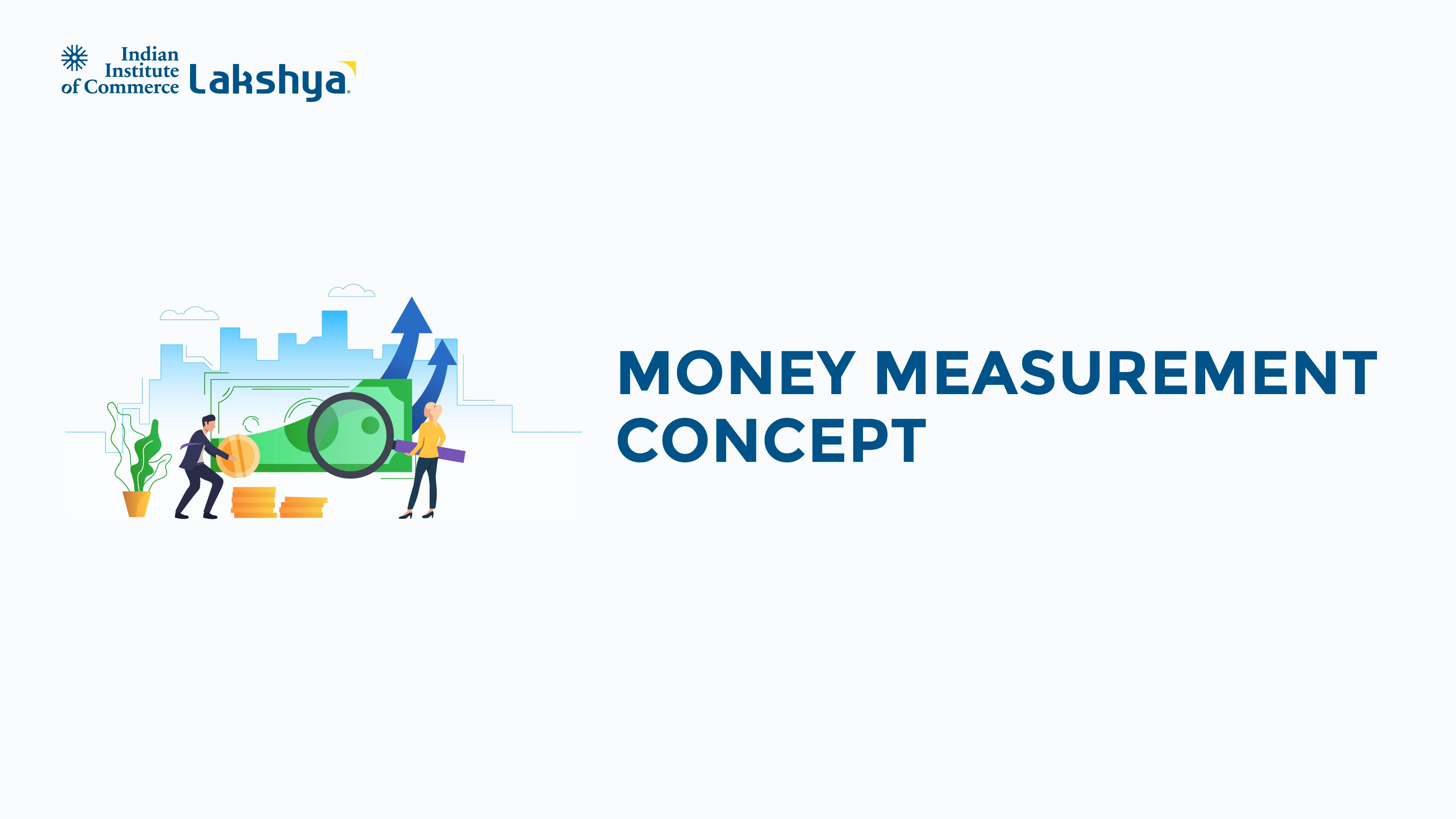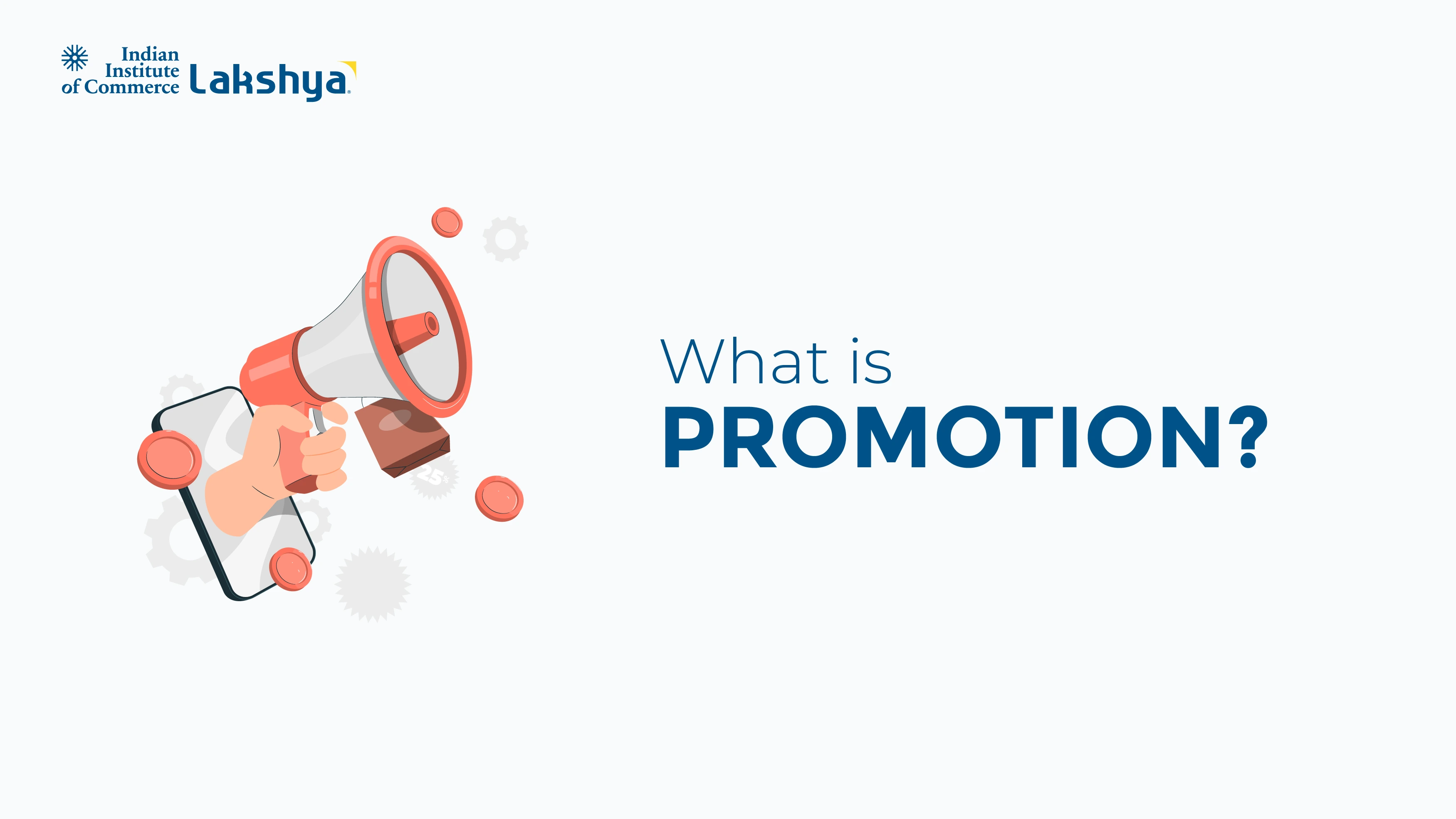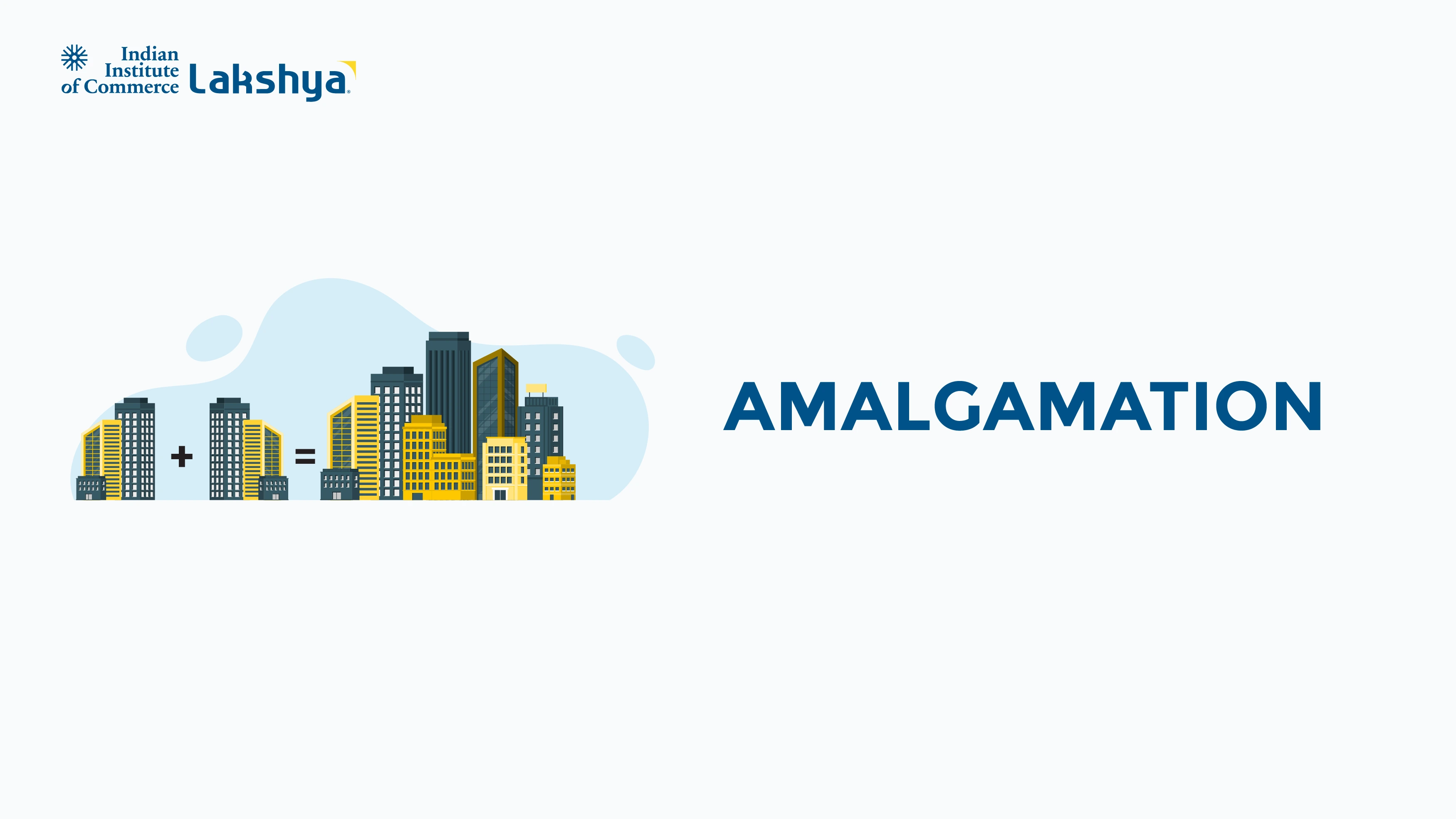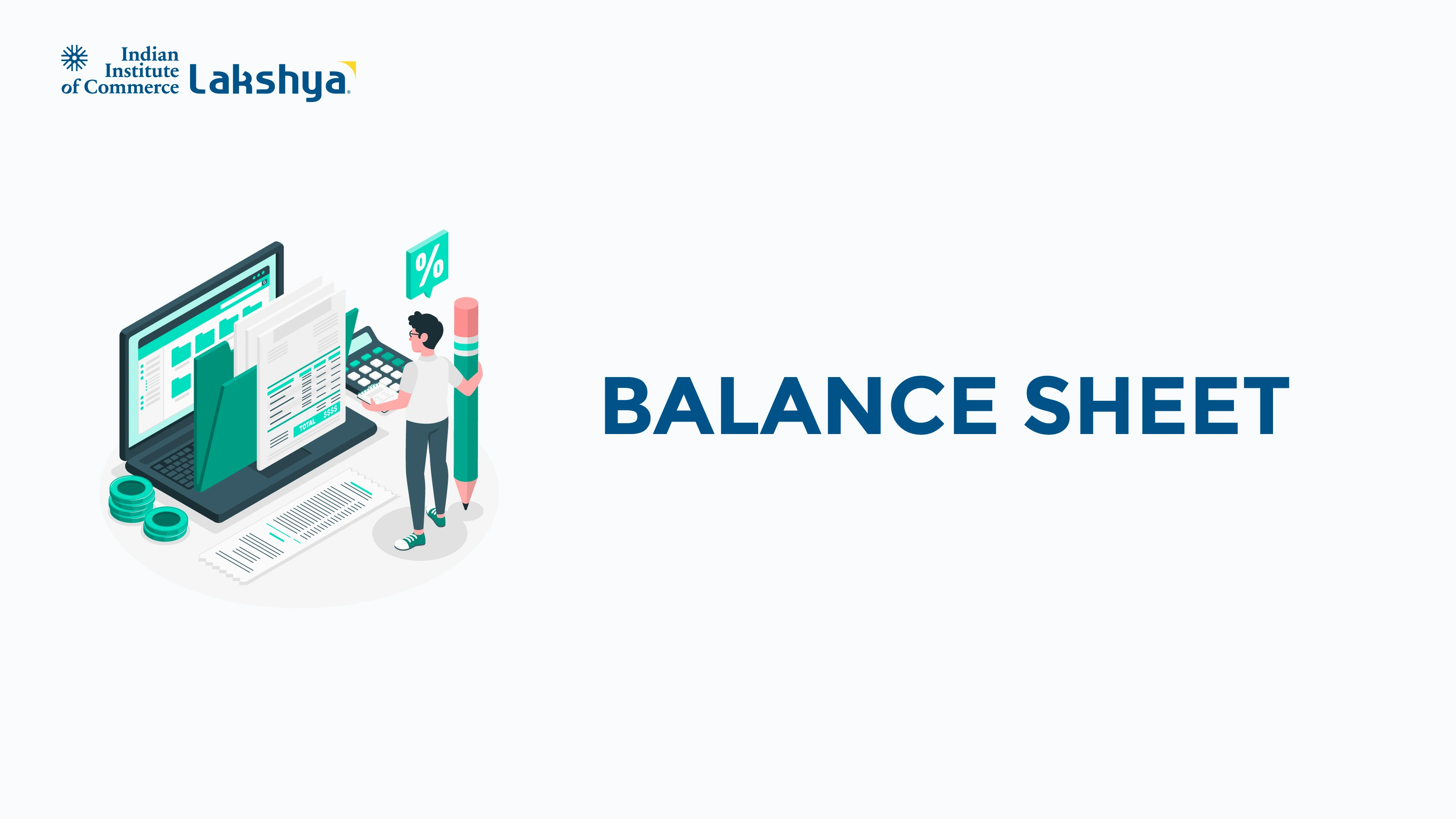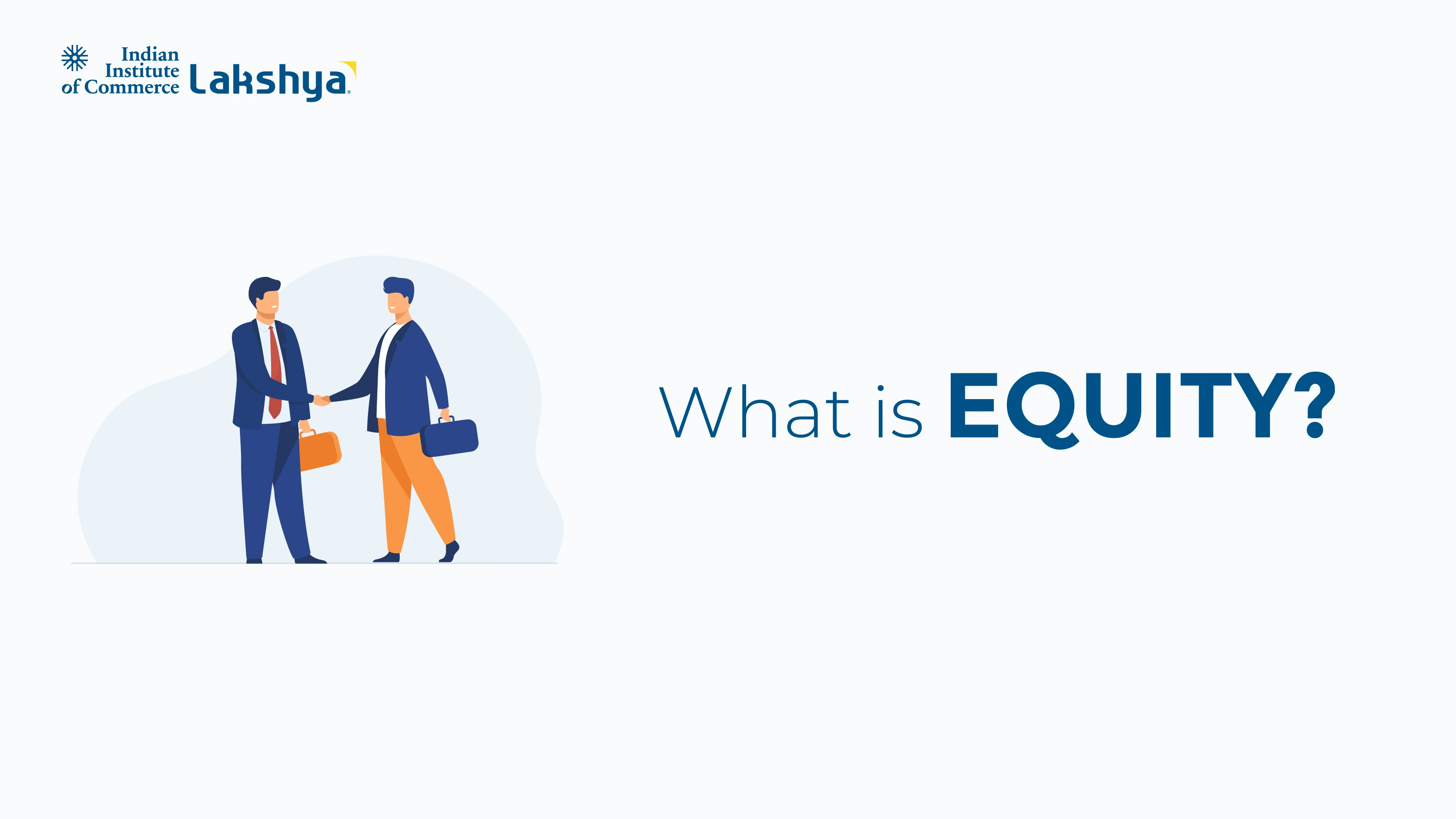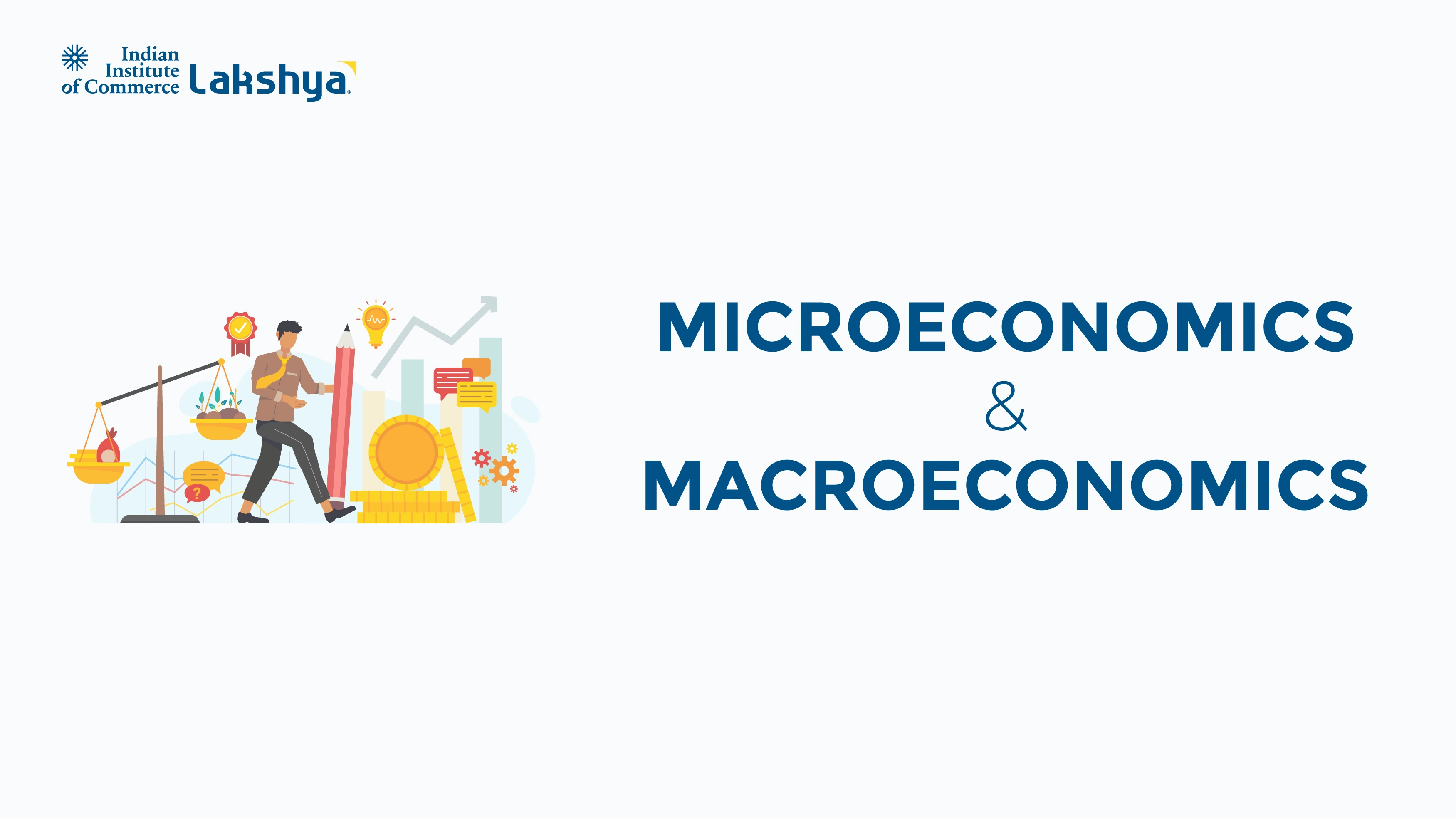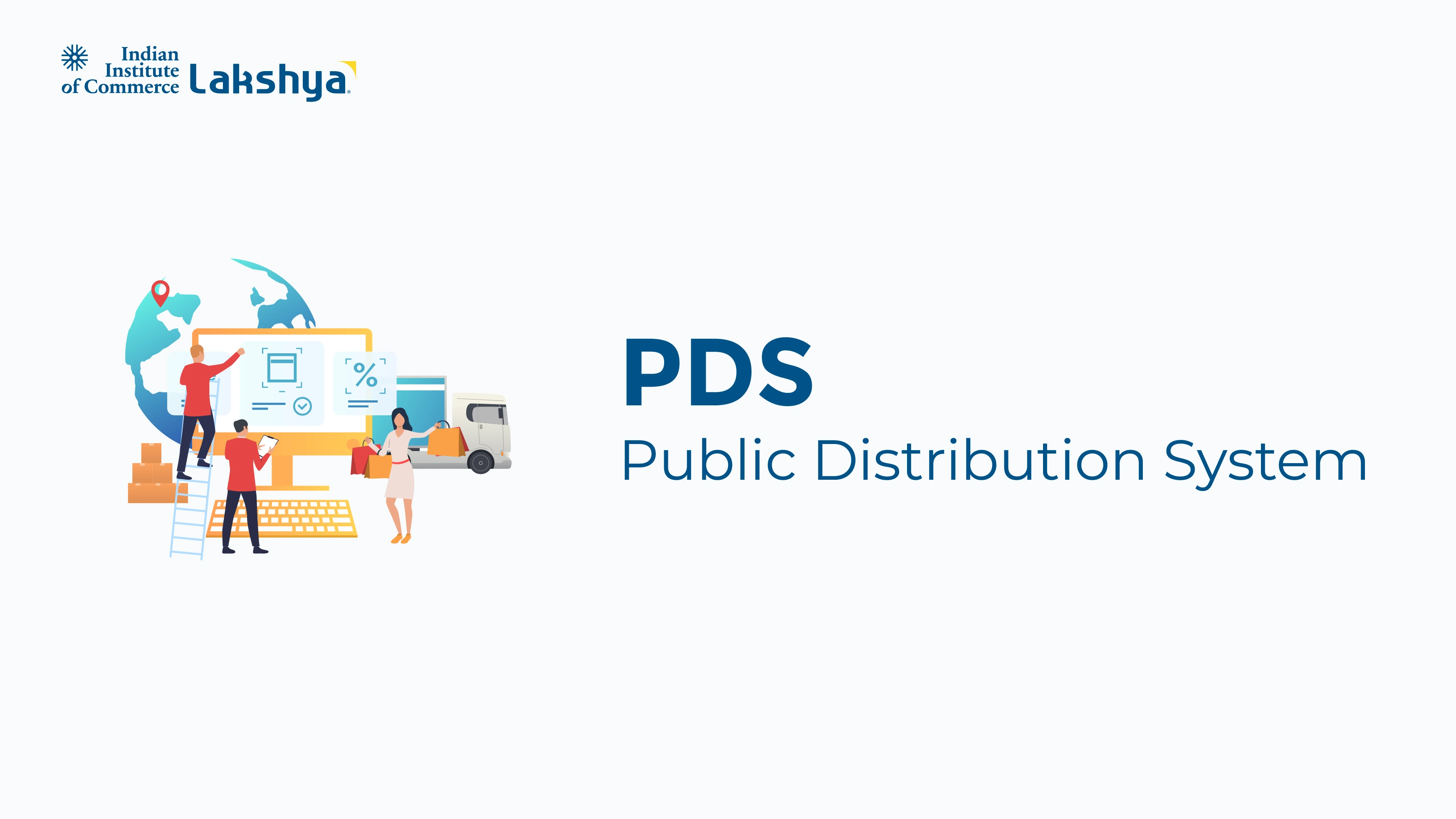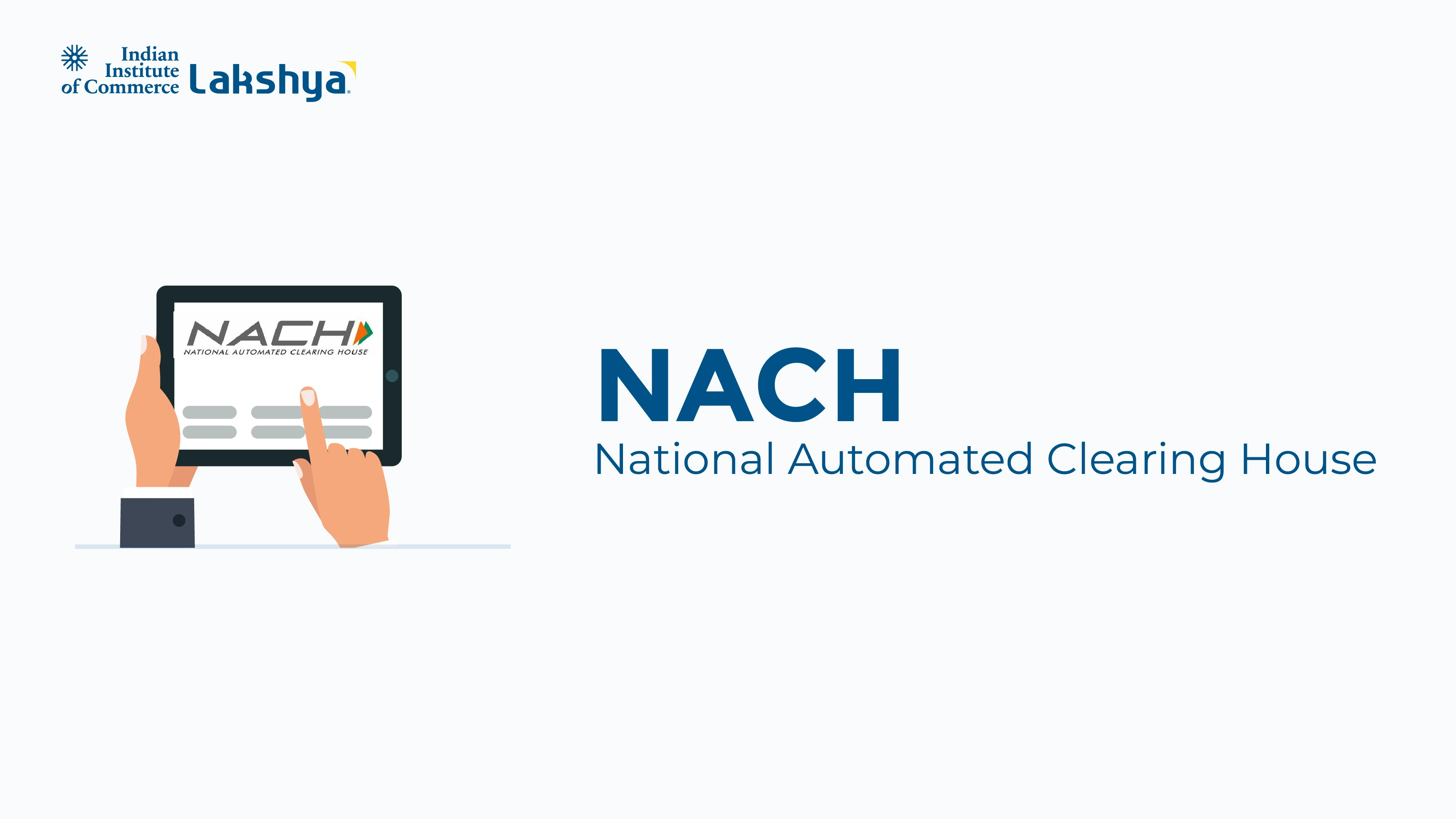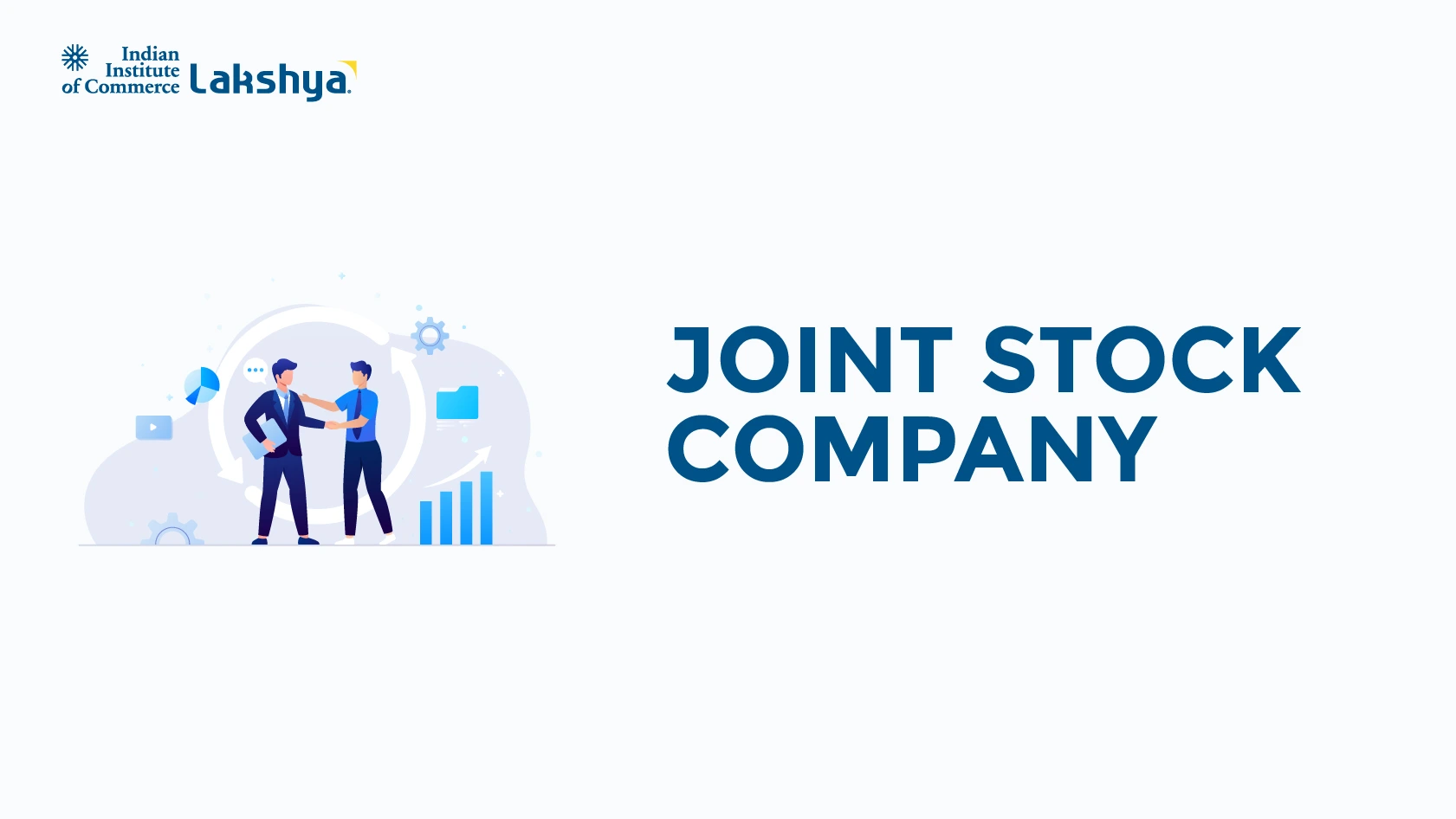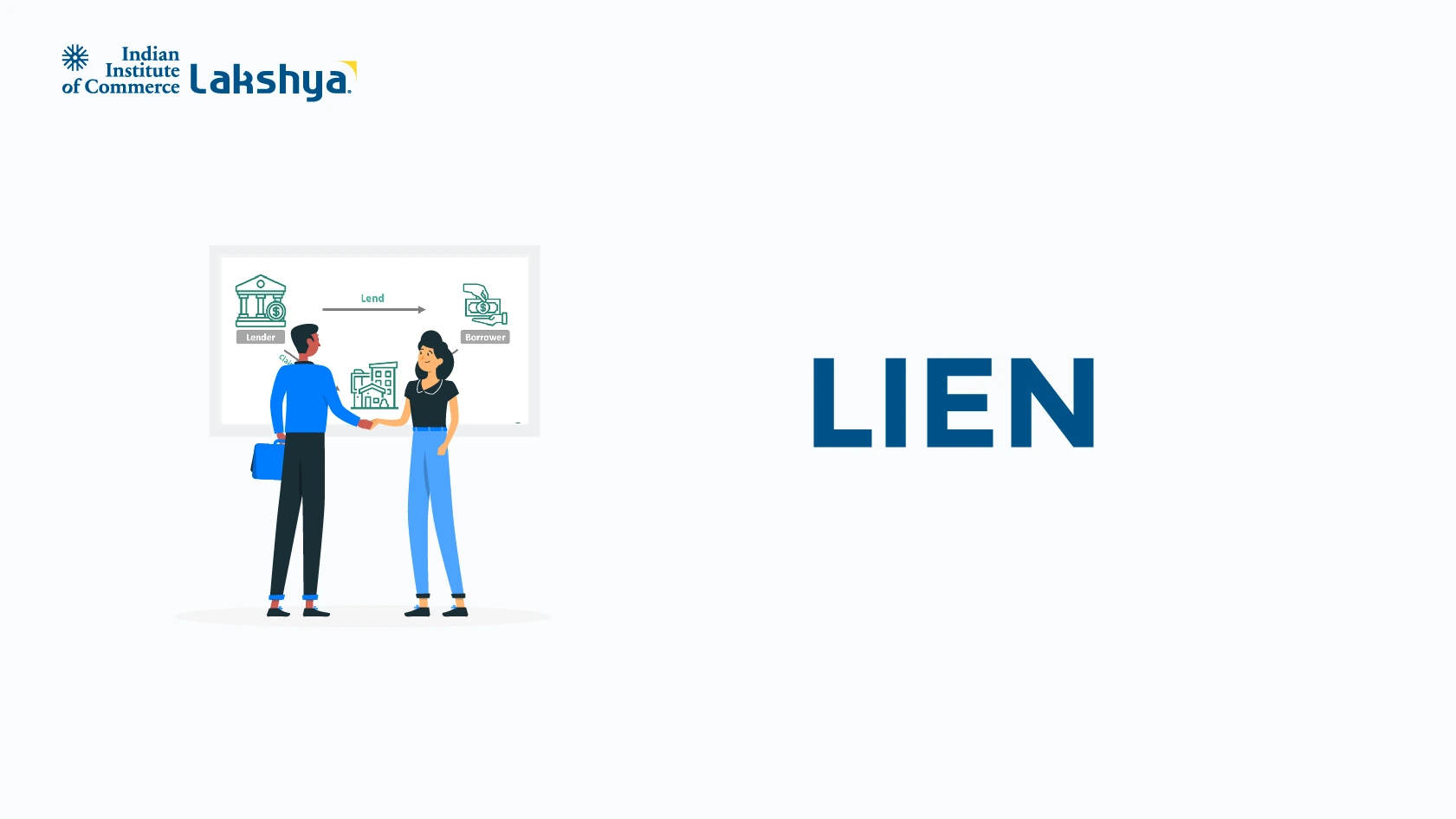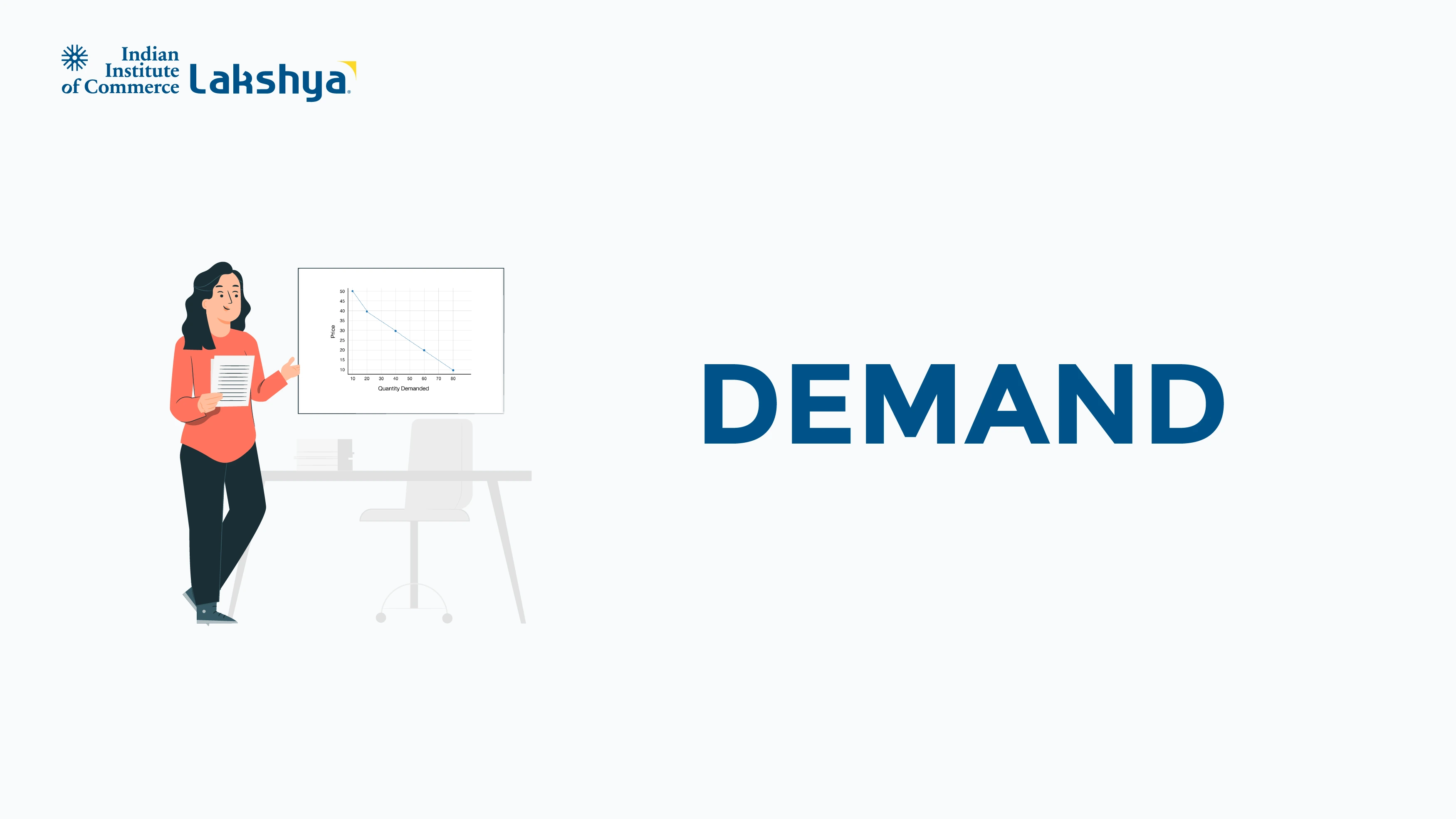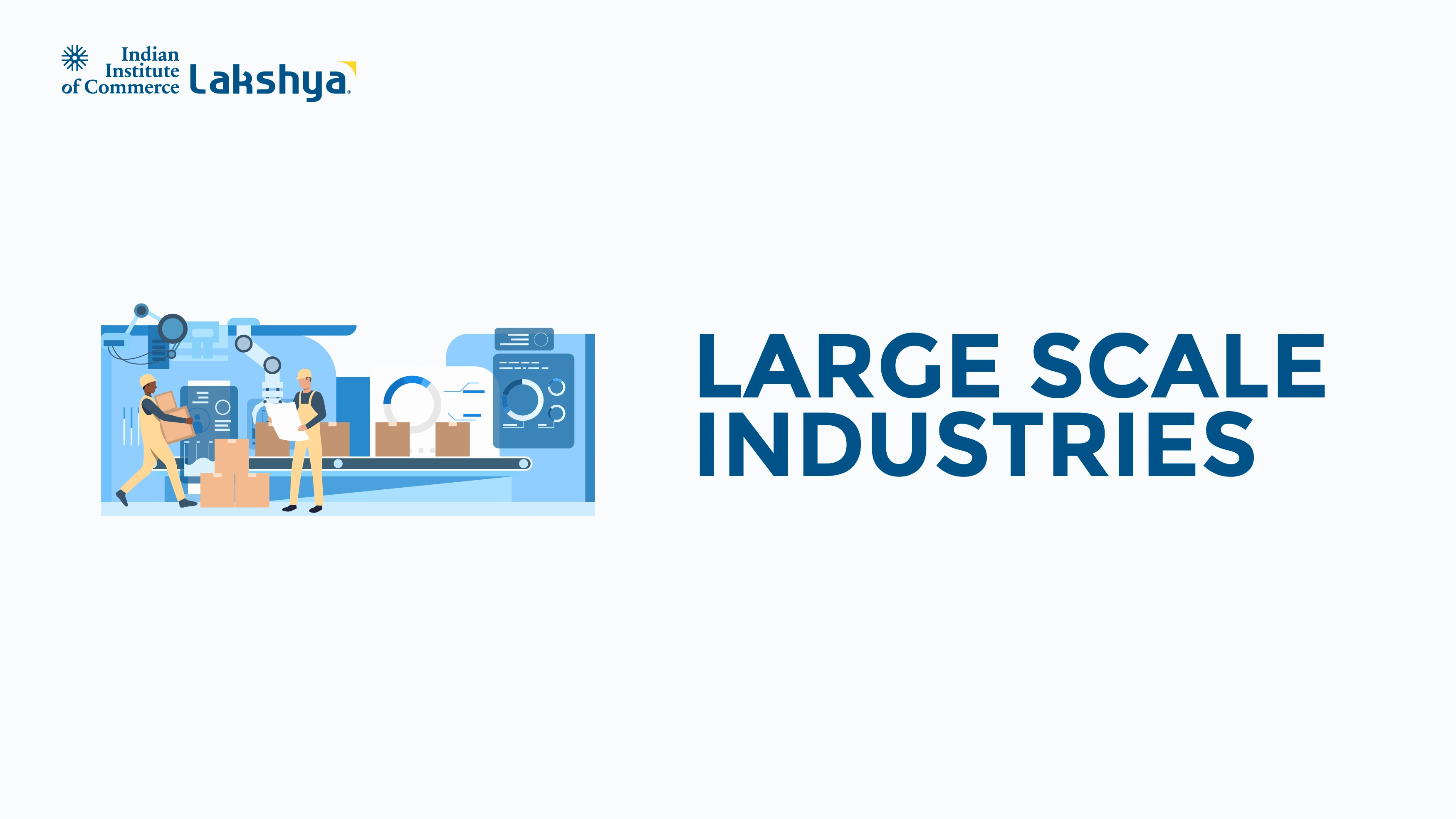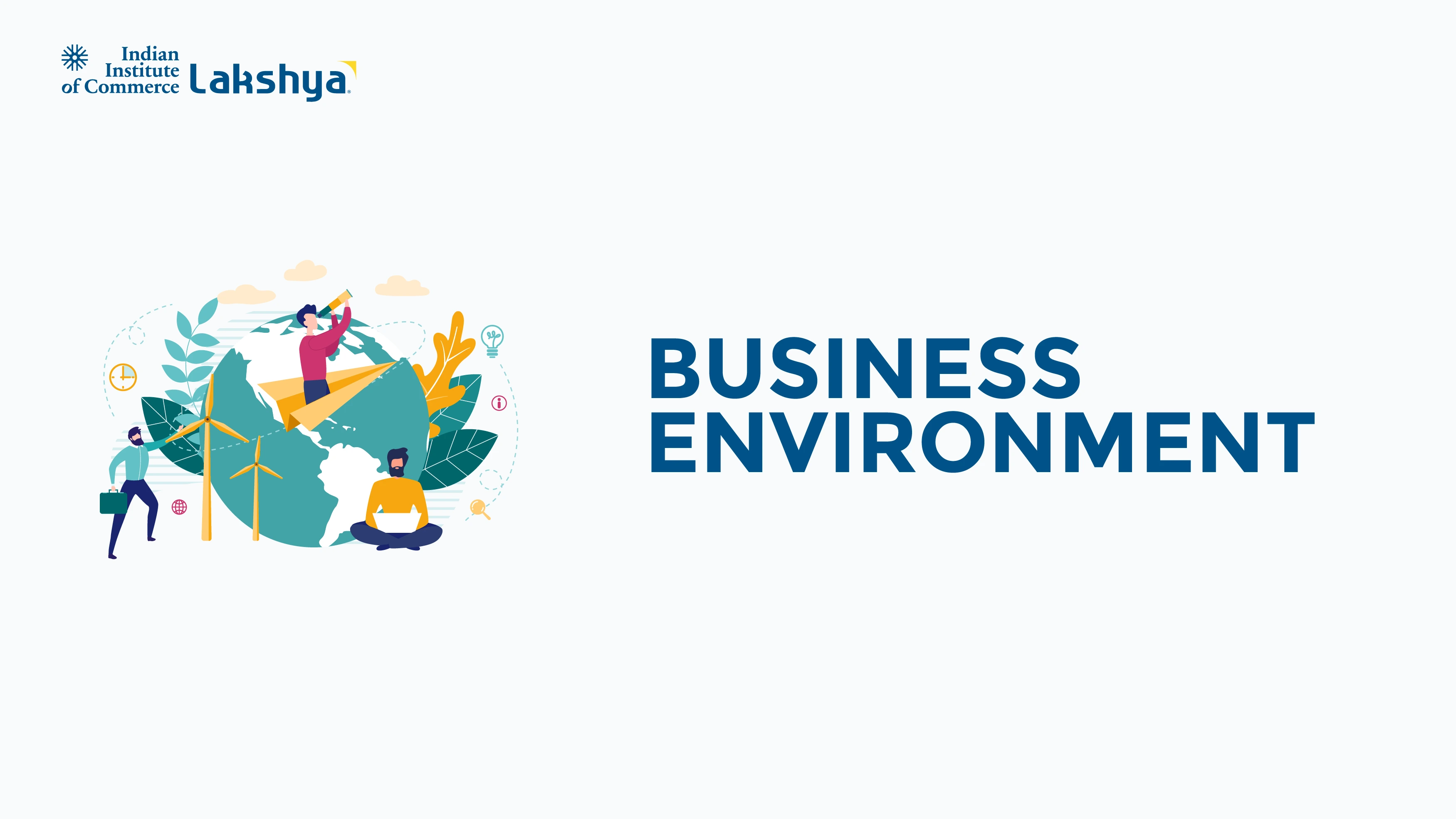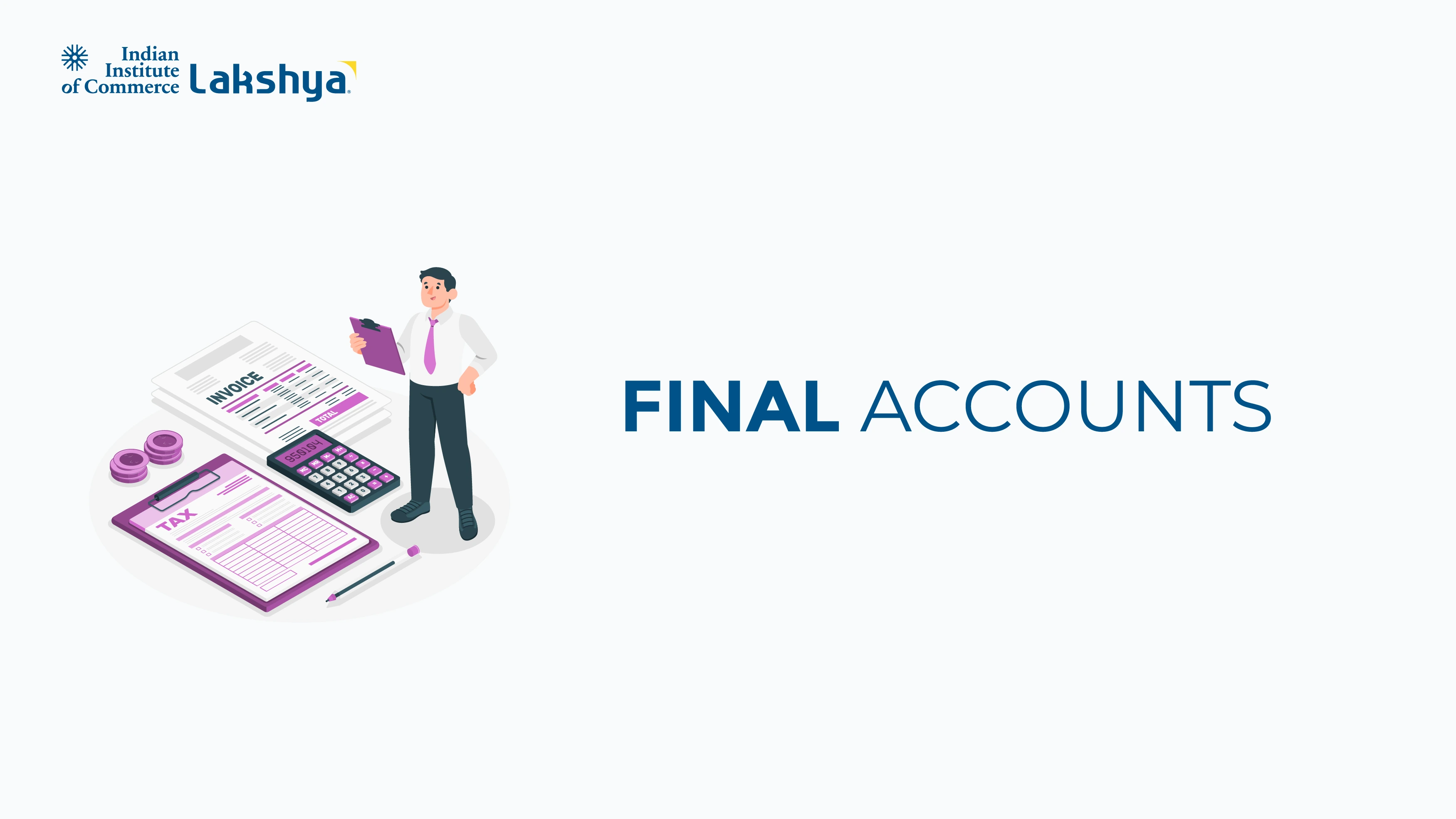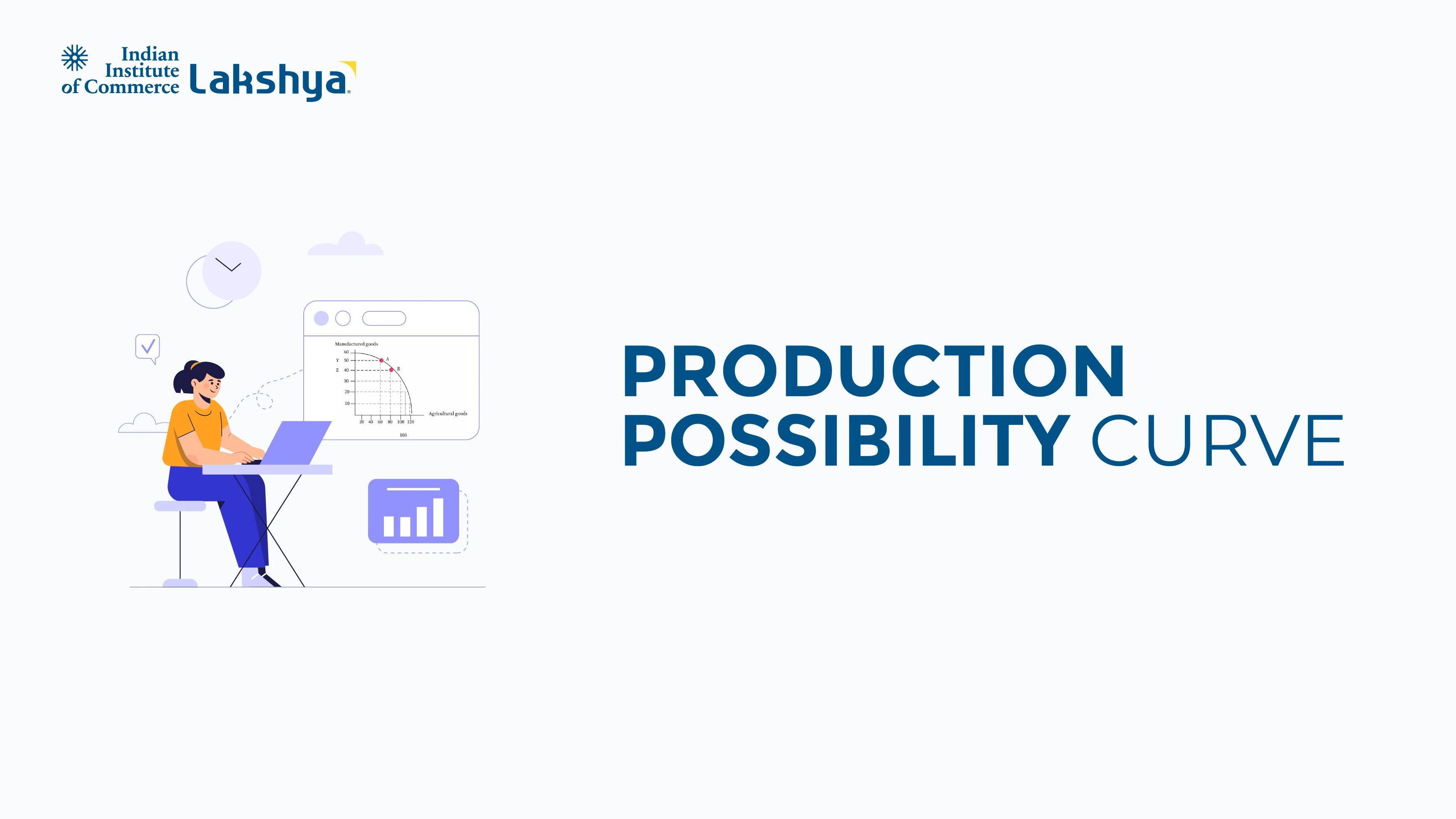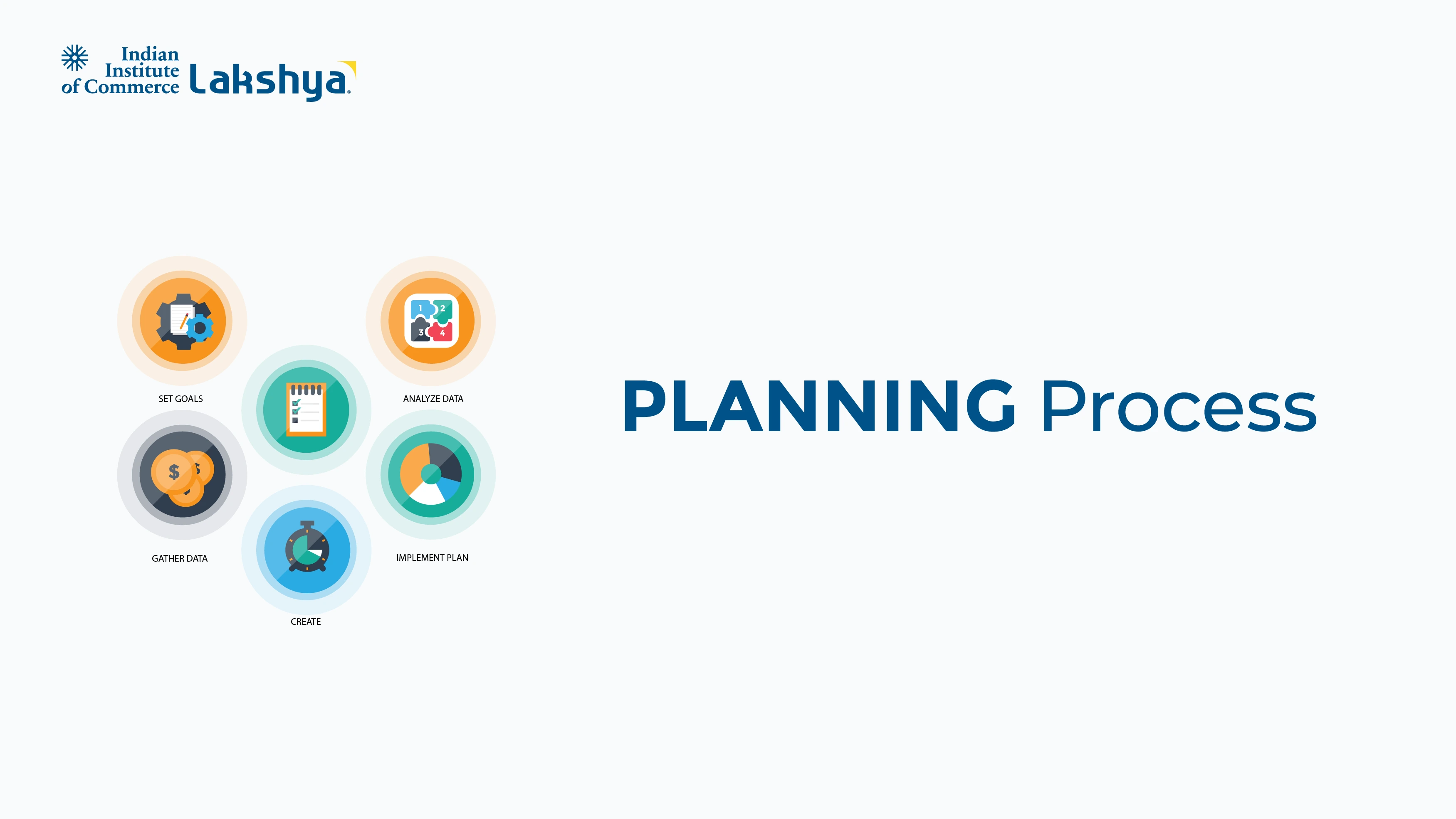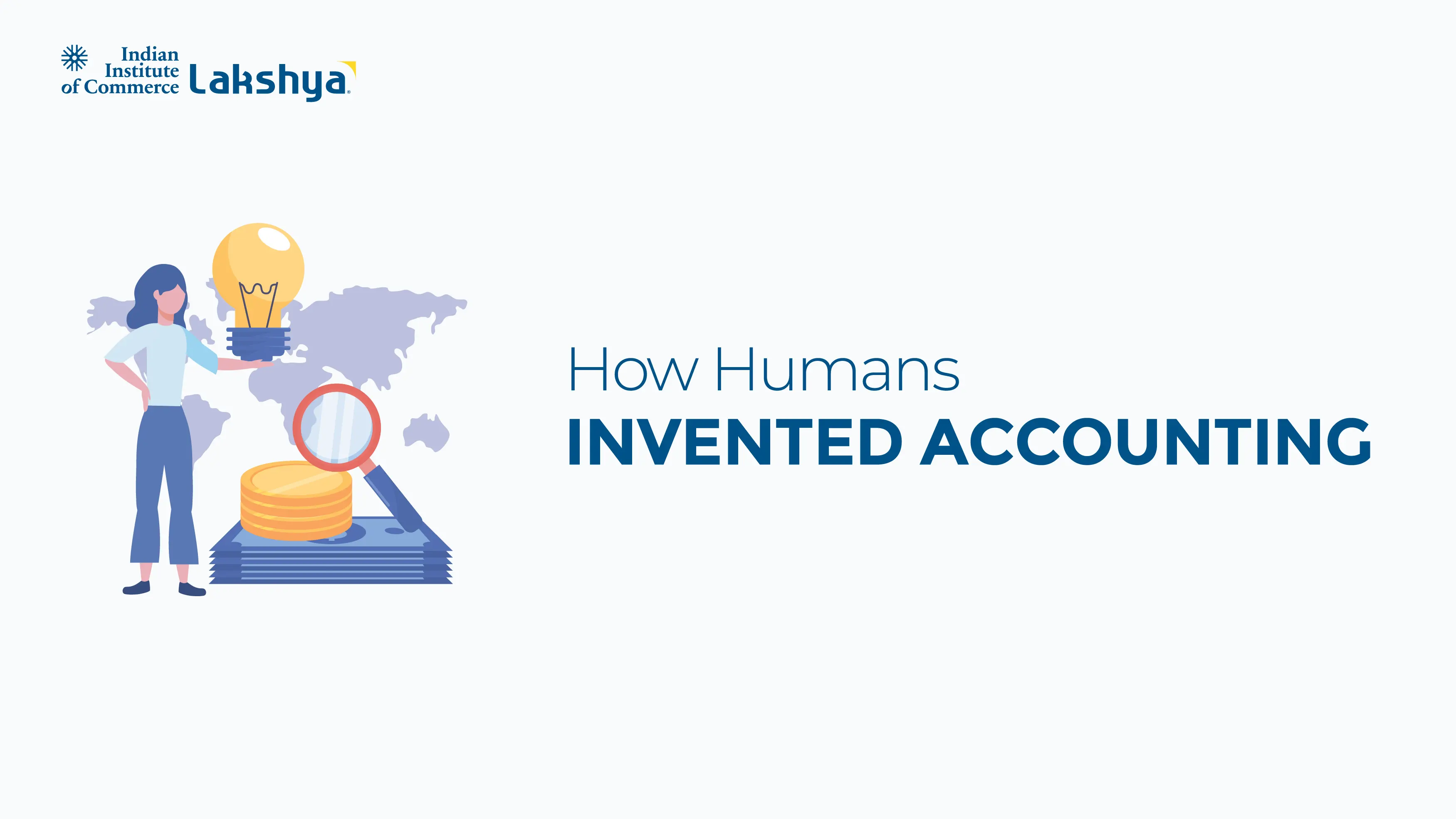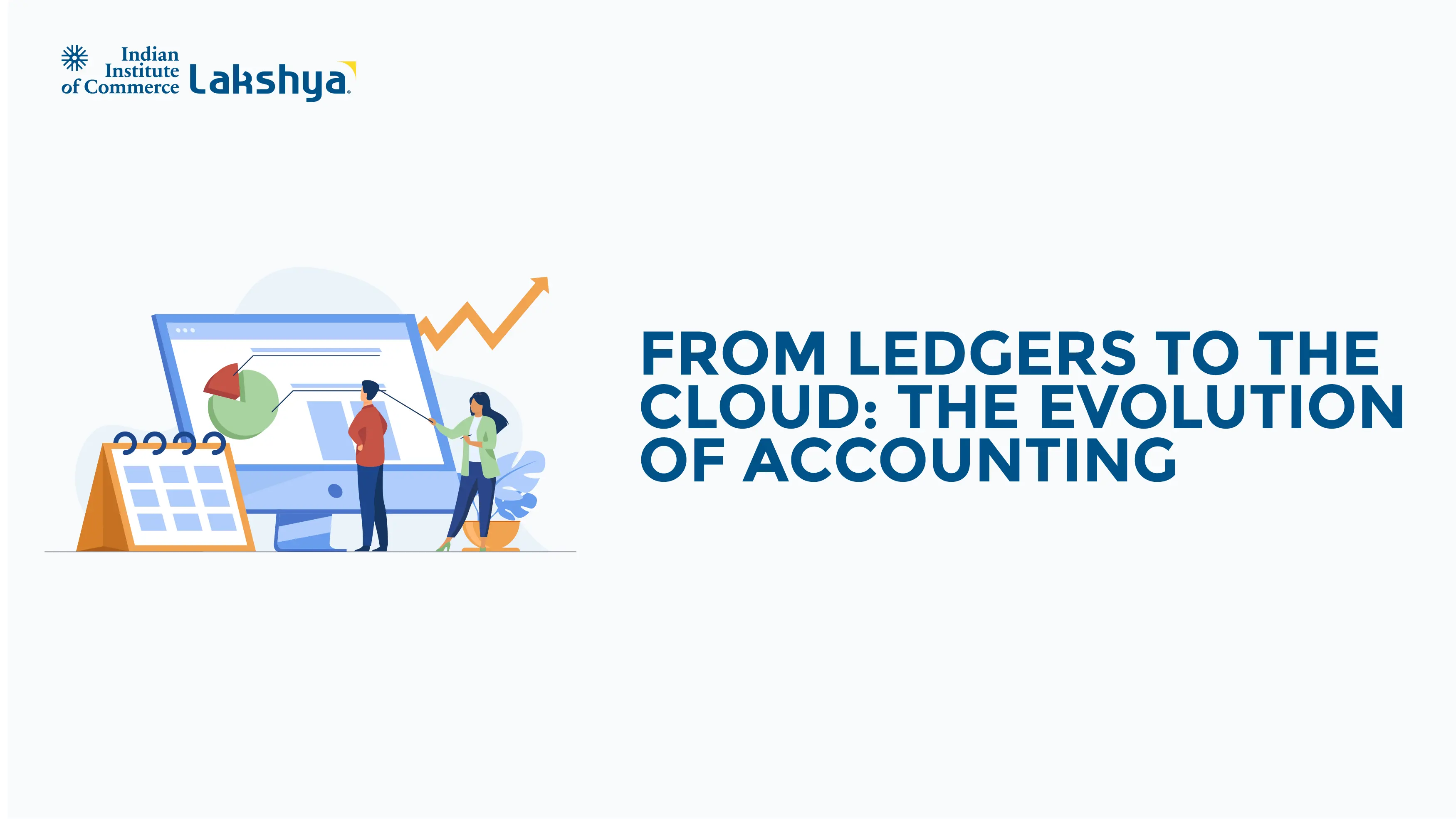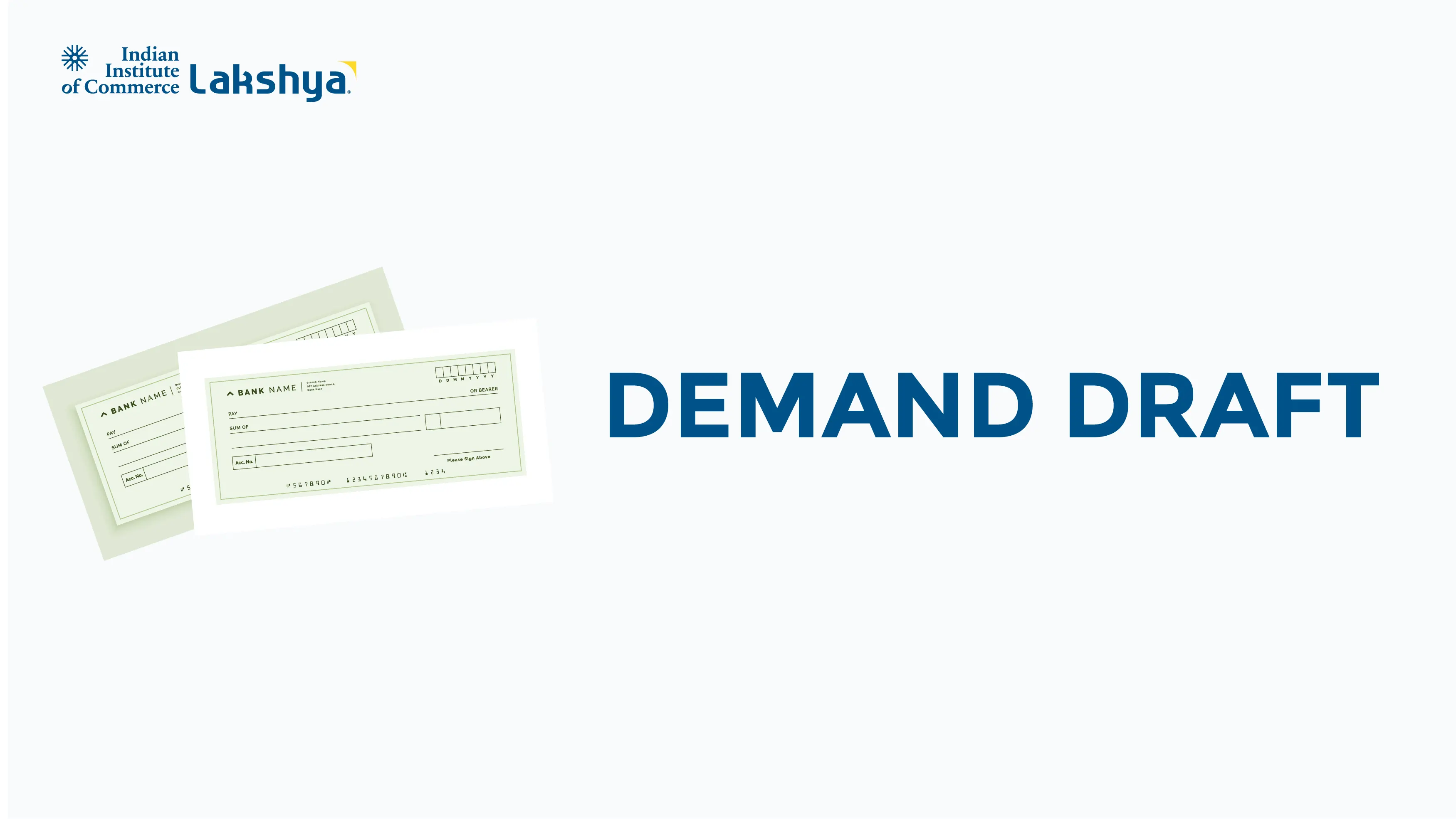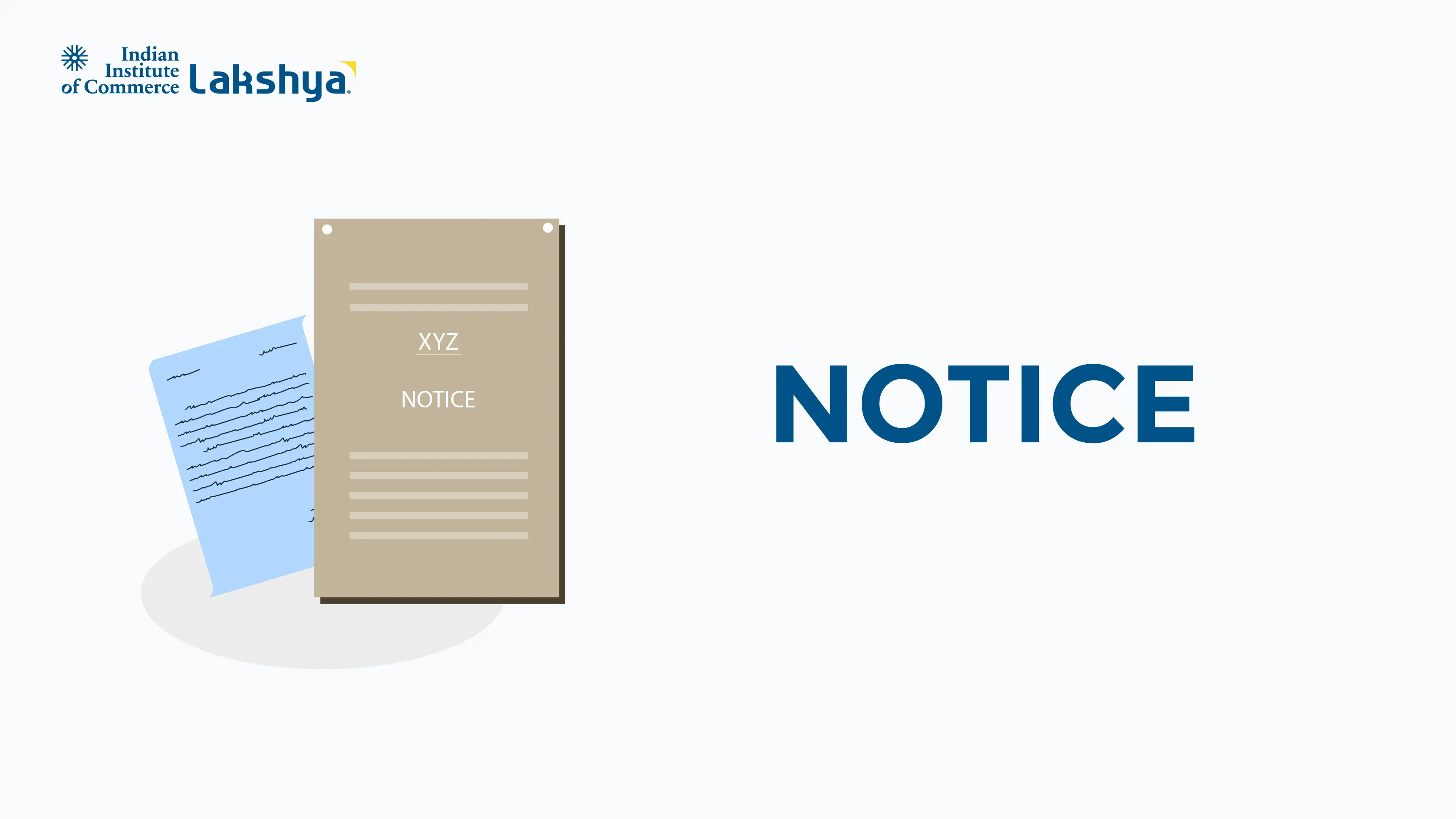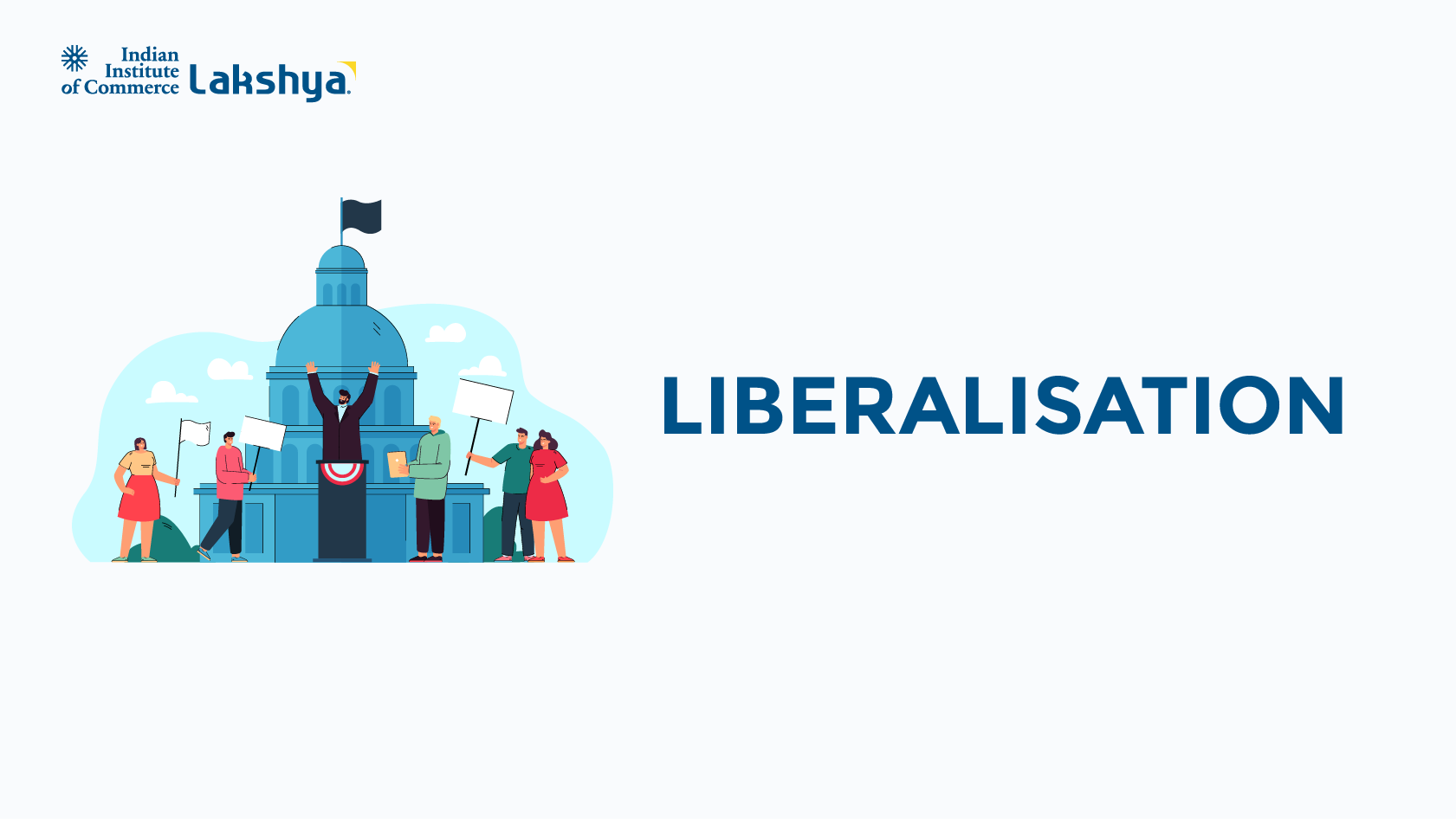Applied Economics
Last Updated On -04 Jun 2025

Though its theoretical foundation is based on models, assumptions, and logical reasoning, economics is a broad topic with many elements. In the actual world, nevertheless, theories by themselves do not guide decisions. Applied economics then helps in this regard. It is the field of economics that applies fundamental economic ideas to examine and resolve practical issues. Applied economics is the instrument that turns the abstract into practical results, from government policies to company strategy to urban planning to environmental regulations.
What is Applied Economics?
Applied economics is the useful application of quantitative approaches and economic theory to solve real problems in many spheres. It is the functional arm of economics, where theory finds expression in reality. Applied economics addresses particular issues, frequently with data, models, and simulations to support recommendations, while classical economics concentrates on knowing how economies run under ideal conditions.
This field transcends national income computations or broad supply-demand projections.
The applied economics focuses on following issues:
- How should a government build its tax system?
- What’s the economic impact of raising the minimum wage?
- How do energy prices affect manufacturing industries?
- Which pricing strategy maximizes a firm’s revenue?
Applied economists produce evidence-based solutions influencing both company strategy and economic policy by using statistical tools, econometrics, and forecasting techniques.
Branches and Fields of Application
Applied economics transcends one field of study. It is a multifarious field spanning several sectors, including social ones as well as businesses. Some main branches are:
Public Economics
This mostly addresses government policies and how they affect the state of the economy. Applied public economics helps governments build fair and efficient economic systems by evaluating tax systems, public spending, subsidies, and welfare programs.
Labor Economics
Labor economists look at how labor market policy, wages, and employment affect businesses as well as workers. Applied analysis in this discipline shapes labor union rules, helps establish minimum wage laws, and clarifies unemployment trends.
Health Economics
Examining the cost-benefit analysis of health interventions, resource allocation, and the economic efficiency of healthcare systems, this field of health economics It guides decisions on public health campaigns, insurance, and hospital financing, among other things.
Development Economic
Emphasizing bettering the financial situation of underdeveloped nations, this branch tracks advancement in infrastructure, income equality, education, and policy recommendations using targeted instruments to quantify poverty.
Managerial Economics in Business
Applied economics helps companies with pricing policies, investment planning, cost-benefit analysis, and knowledge of market competitiveness. It turns theoretical models into practical insights, improving profitability.
Key Methods Used in Applied Economics
Deeply ingrained in quantitative and empirical methods that let economists test theories, assess policies, and project economic results is applied economics, that is, applied economics is solution-driven, unlike essentially theoretical branches, so it depends much on organized approaches to assist decision-making.
We list the most important instruments and methods in economics, providing thorough justifications for their purposes and importance.
1. Econometrics: Applied Analysis's Foundation
In applied economics, econometrics is maybe the most useful instrument. It uses statistical techniques to measure economic links and evaluate theoretical models by means of actual data. Econometric models enable one variable's influence on another, that is, how income levels affect consumer spending or how interest rates affect investment.
The following are some of the econometric models that are applied:
- Linear Regression Models: Models of linear regression help one grasp direct links.
- Time Series Models: Forecasting using time series models, similar to those used for predicting GDP or inflation, is exemplified by this approach.
- Panel Data Model: Models of panel data combining cross-sectional and time-series information
-
By adding scientific rigor to policymaking and corporate planning, econometrics ensures data-driven, measurable conclusions, thereby elevating analysis to a new level.
2. Cost-benefit Analysis (CBA)
Comparatively evaluating the estimated expenses with the predicted benefits of a project or policy helps one assess its feasibility in terms of decision-making.
- Public Sector Use: Governments decide on infrastructure projects, including building roads, airports, or health facilities, using CBA.
- Private Sector Use: Companies employ CBA to evaluate the return on investment (ROI) resulting from introducing a new product or joining a new market.
- CBA is a complete instrument for assessing long-term results since it entails monetizing social and environmental effects in addition to direct expenses and returns.
3. Economic Forecasting and Simulation Models
Virtual versions of economic systems able to replicate real-world events are known as simulation models. These models help forecast the future effects of variations in factors such as consumer behavior, import tariffs, or tax rates.
- Models of computable general equilibrium (CGE) to grasp macroeconomic policy effects
- Monte Carlo Simulations for Evaluation of Risk and Uncertainty
- Models of input-output analysis to investigate the interactions among sectors of economy in India
- Conversely, forecasting uses trend analysis and historical data to project future economic situations such as business cycles, inflation patterns, or unemployment rates. For central banks, investors, and companies making strategic decisions specifically, this is quite useful.
Surveys Case Studies & Field Experiments in Applied Economics
Primary data collection via surveys and field experiments is yet another fundamental instrument in applied economics. These approaches provide ground-level understanding of responses to policies or products, behavior, and preferences.
- Survey: Data about income, spending patterns, employment, or social behavior is gathered by means of surveys. Foundation data sources include large-scale government polls such as the NSSO in India or CPS in the United States.
- Field Experiment: Often employed in behavioral economics and development, field experiments examine how individuals react to programs including financial education, cash transfers, or subsidies.
- Case Studies: Especially helpful in business and urban economics, case studies provide rich qualitative insights.
- These instruments enable evidence-based policy formulation, in which real-world conditions evaluate program efficacy prior to program scale-back.
Mathematical Modeling and Optimization Methods in Applied Economics
Particularly in resource allocation, production optimization, and strategic planning, mathematical modeling forms the core of applied economics. Economists apply:
- Linear programming for maximizing resources
- Game theory: Strategic decision-making in markets
- Dynamic models examining intertemporal decisions include retirement savings or investment planning.
- These instruments are especially useful in industrial economics, transportation planning, environmental policy, and finance, where optimizing efficiency is absolutely vital.
Machine Learning and Big Data Analytics
Applied economics is using big data and machine learning approaches more and more to find trends that conventional methods can overlook as digital data explode. These days, economists collaborate on massive unstructured datasets, including digital transaction logs and satellite images in agricultural economics
- Digital transaction logs
- Agricultural economics' satellite pictures
- Social media perspective on consumer behavior
- Mobile data is used to track economic activity and migration patterns.
-
Particularly in predictive modeling and real-time analysis, machine learning techniques, including decision trees, random forests, and neural networks, are now a toolkit available to applied economists.
Key Importance of Applied Economics
Applied economics is a necessary field that turns economic theory into actual application. Applied economics is the motor propelling economic ideas into action in public welfare, commercial development, and national policy formulation, as well as in other areas. For professionals as well as students, it provides not just a demanding academic route but also a broad spectrum of job options across industries. Applied economics stands out as a potent, goal-oriented section of the economic sciences in a society more and more dependent on data and results.
Applied economics has enormous importance since it can translate theoretical ideas into useful actions. It creates a vital link between knowledge abstractly and practical judgment.
- Applied economics guides the establishment of monetary policies, trade agreements, inflation control tools, and budgetary policies.
- Businesses depend on practical economic research for consumer behavior forecasts, market development, and product pricing.
- Applied research helps infrastructure, education, and healthcare policies to be developed, thereby improving living conditions.
Furthermore, the need for applied economics in providing data-driven, inclusive, and sustainable solutions becomes more important as global issues including income inequality, climate change, and technological disruption get more complex.
Learn More
Are you constantly worrying about what to study in commerce to get ahead? We are here with the Commerce Articles to help you out!
Frequently Asked Questions (FAQs)
Is applied economics distinct from theoretical economics?
True. While practical economics uses those models to tackle particular, real-world problems utilizing data and actual evidence, theoretical economics emphasizes building models and frameworks.
For a job in applied economics, what aptitudes are absolutely necessary?
Among the key abilities are statistical analysis, econometrics, data interpretation, critical thinking, and economic modeling. Additionally helpful is knowledge of instruments such as R, Python, or STATA.
Can students studying applied economics pursue business?
True. At the postgraduate level or via specialized certificates, commerce students—especially those with interests in policy, analytics, or consulting—can pursue applied economics.
How may applied economics support government policy?
It offers evidence-based analysis that guides governments in developing better tax systems, controlling subsidies, industry regulation, and program evaluation, so improving policymaking's efficiency and responsibility.






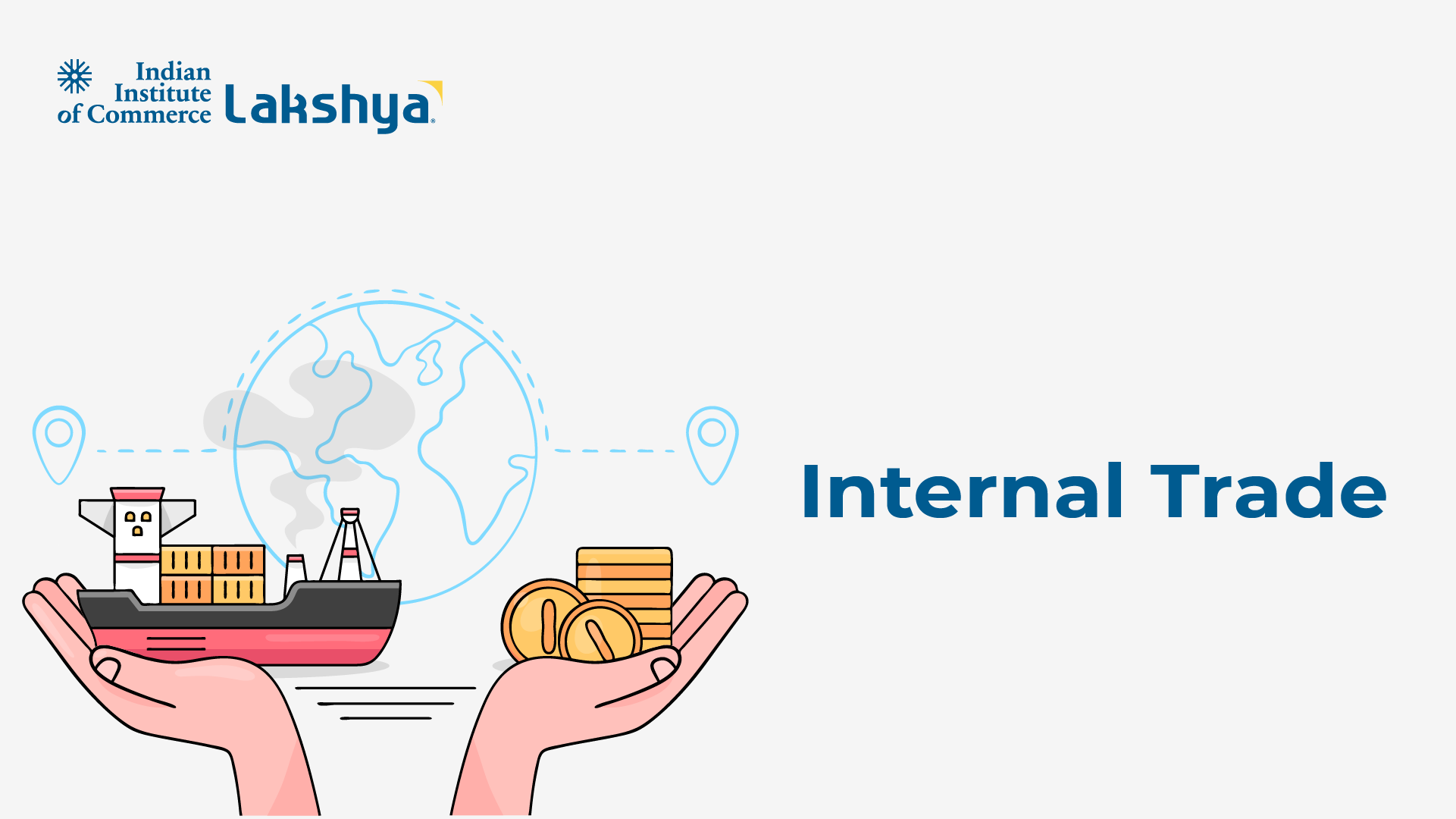
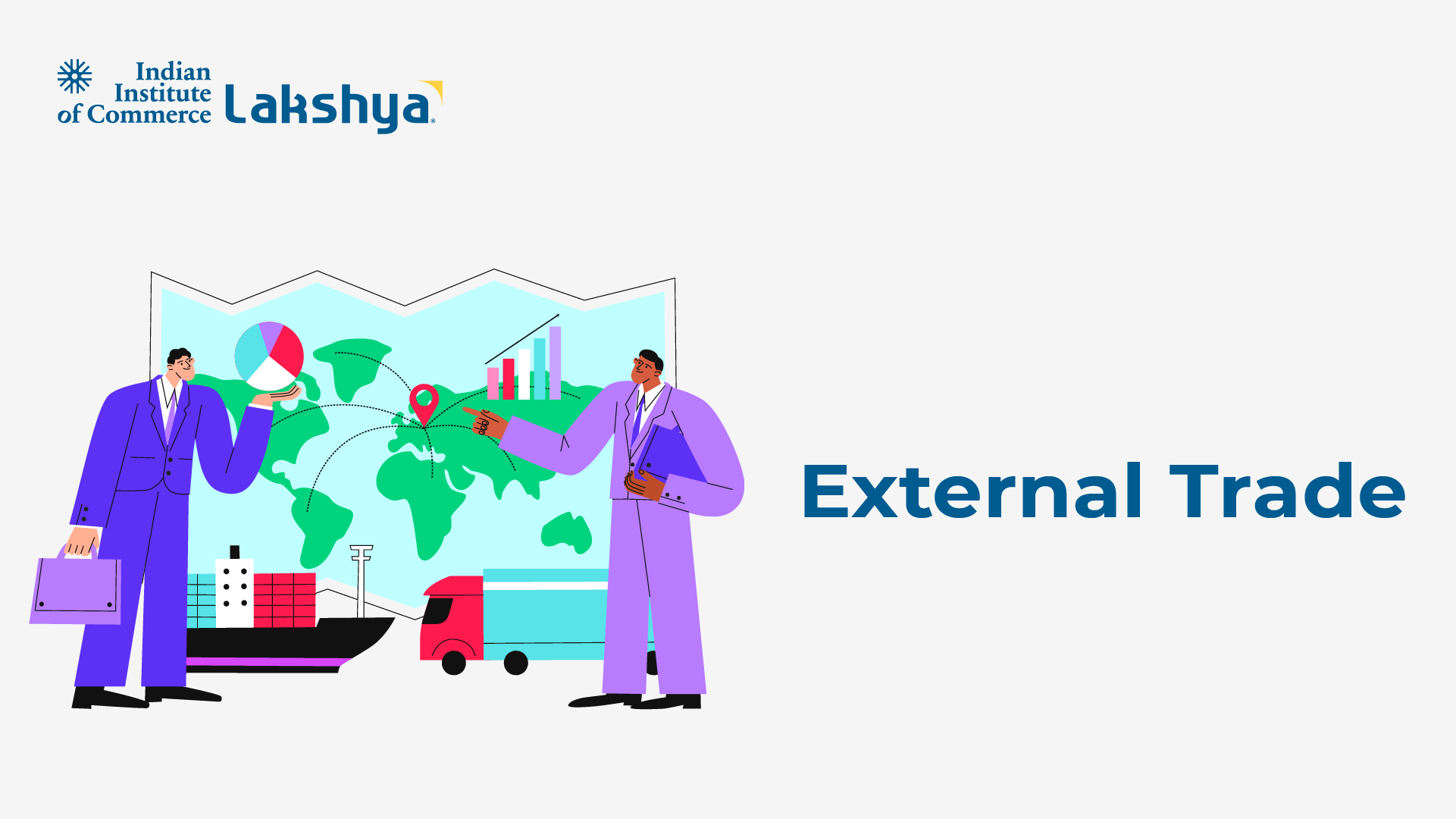
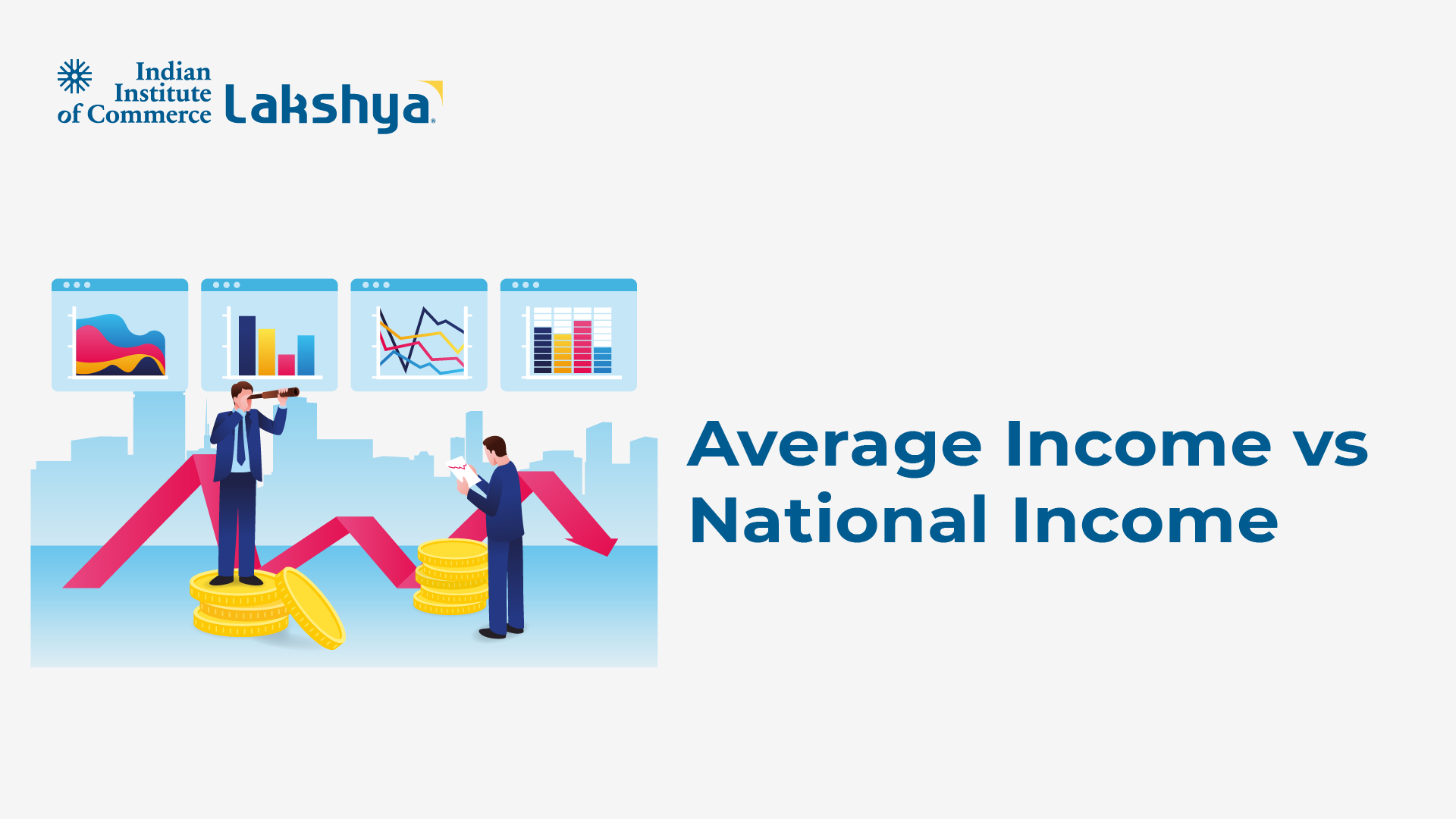
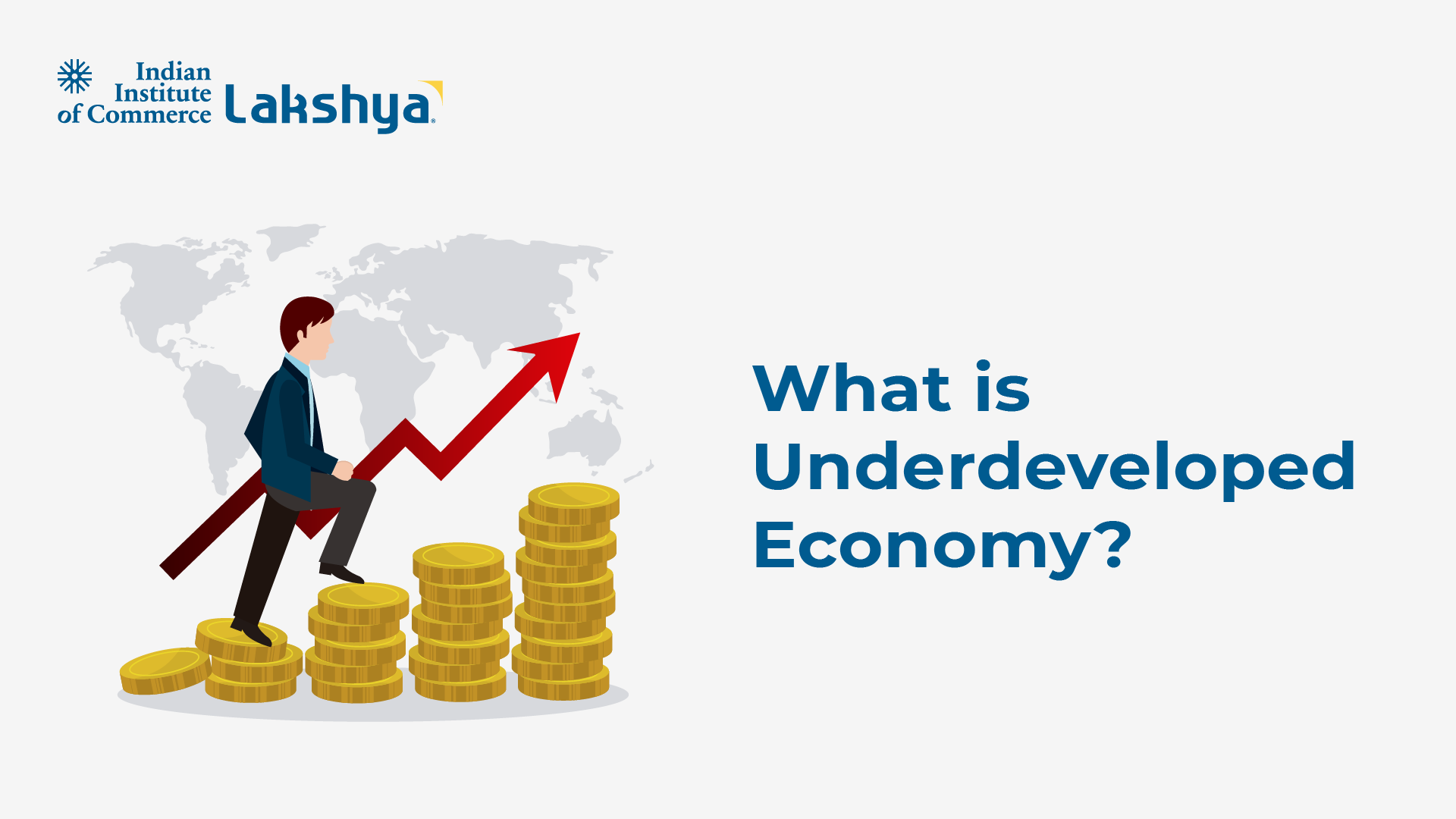
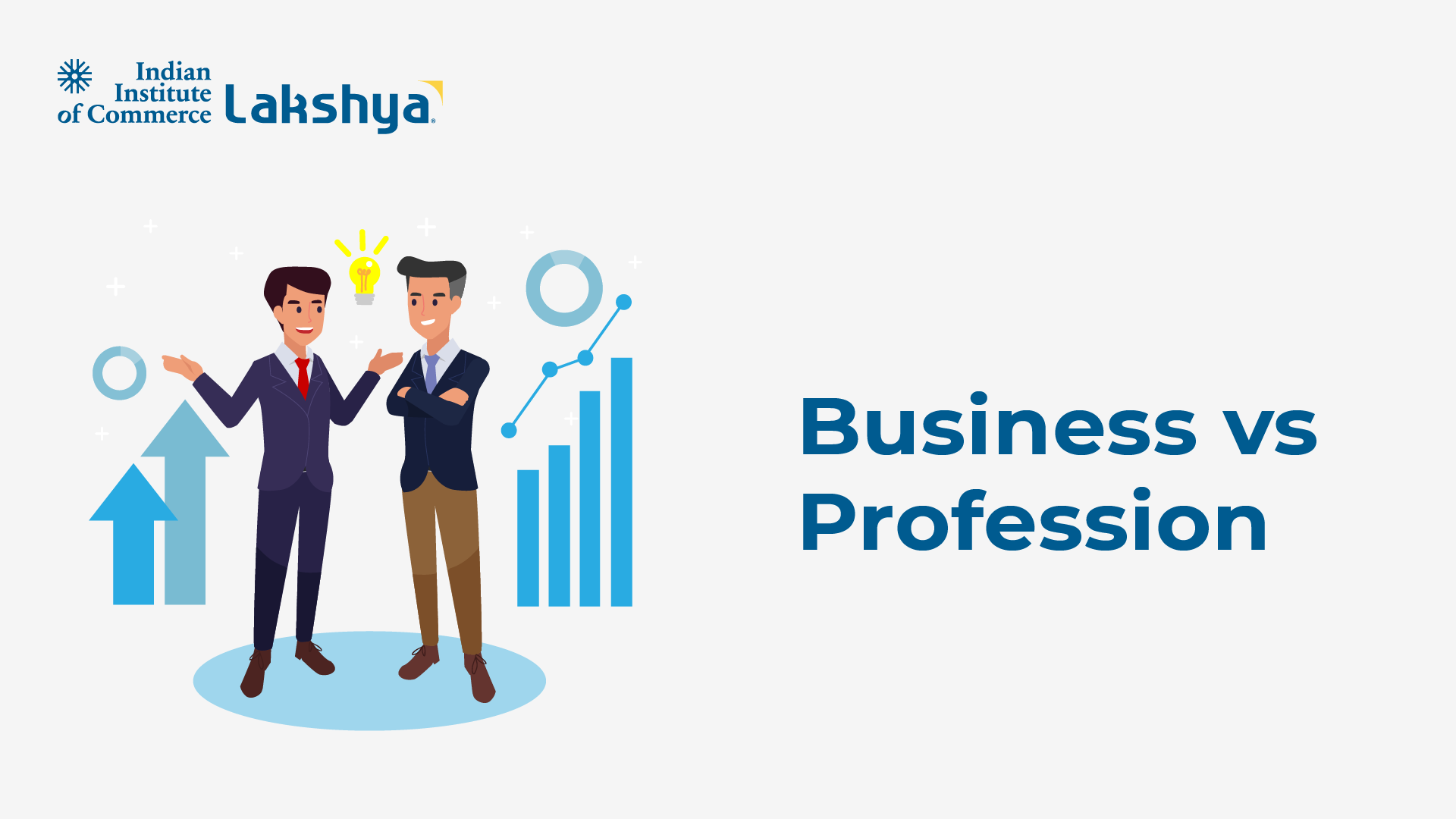
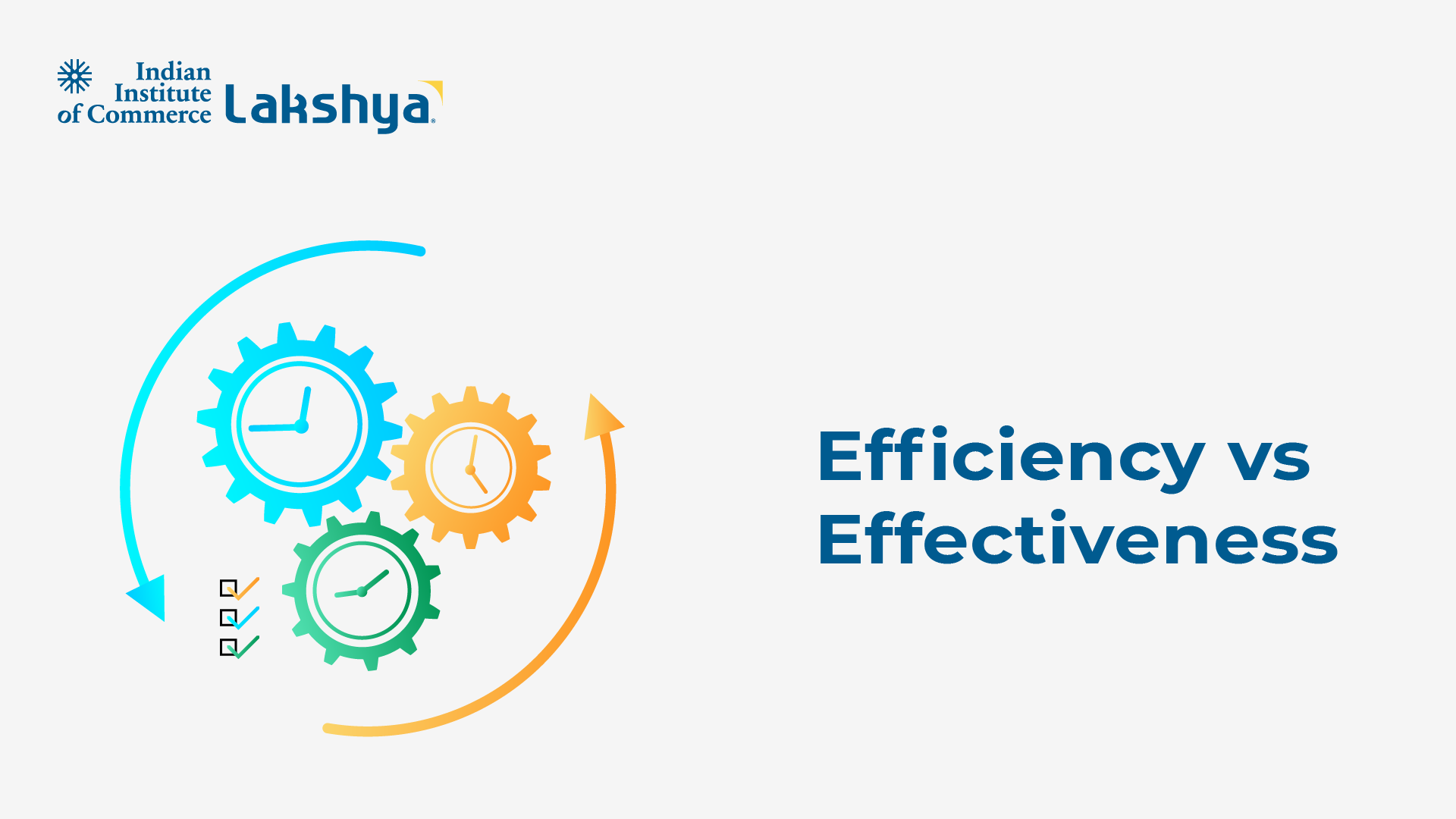
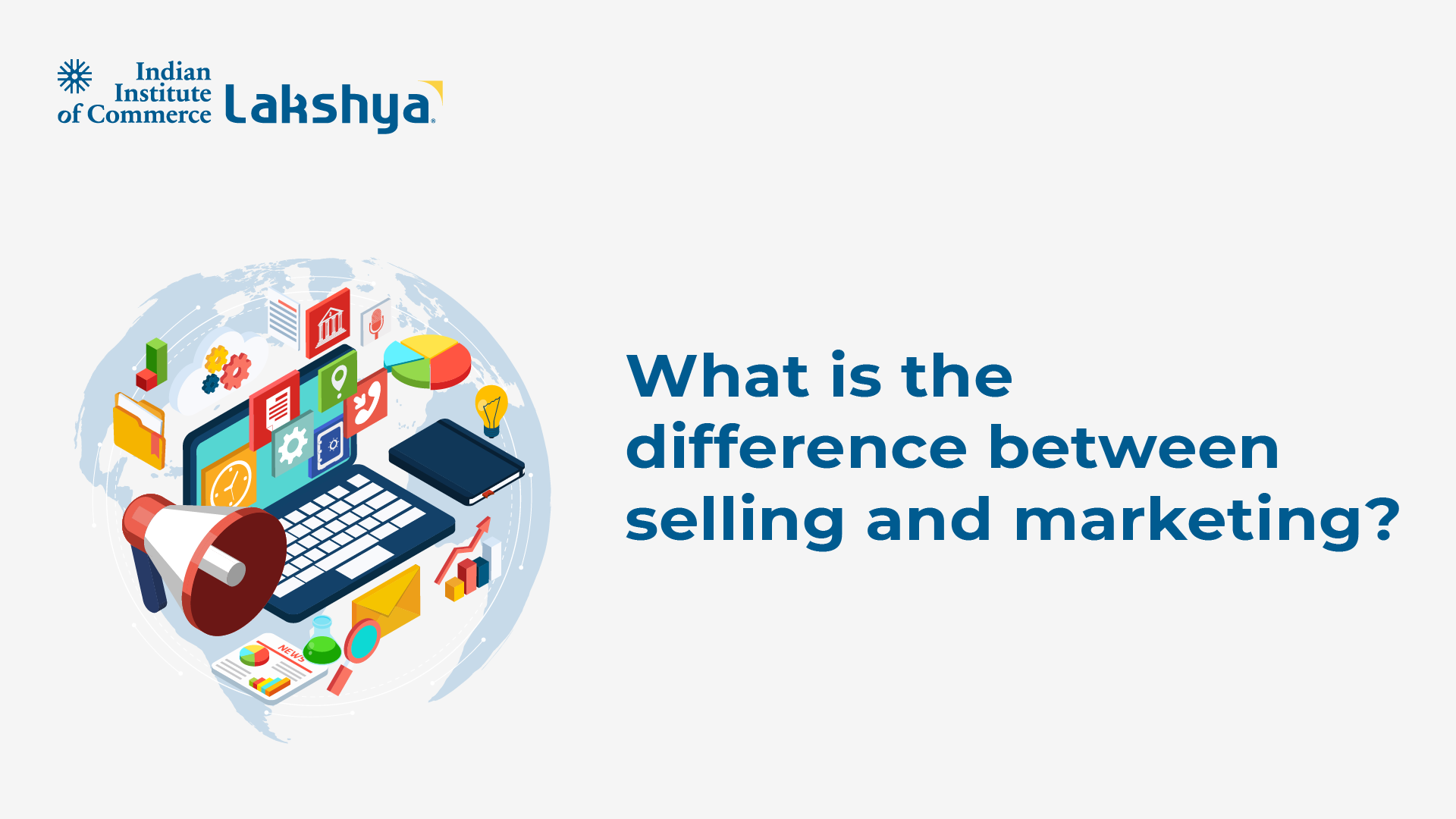
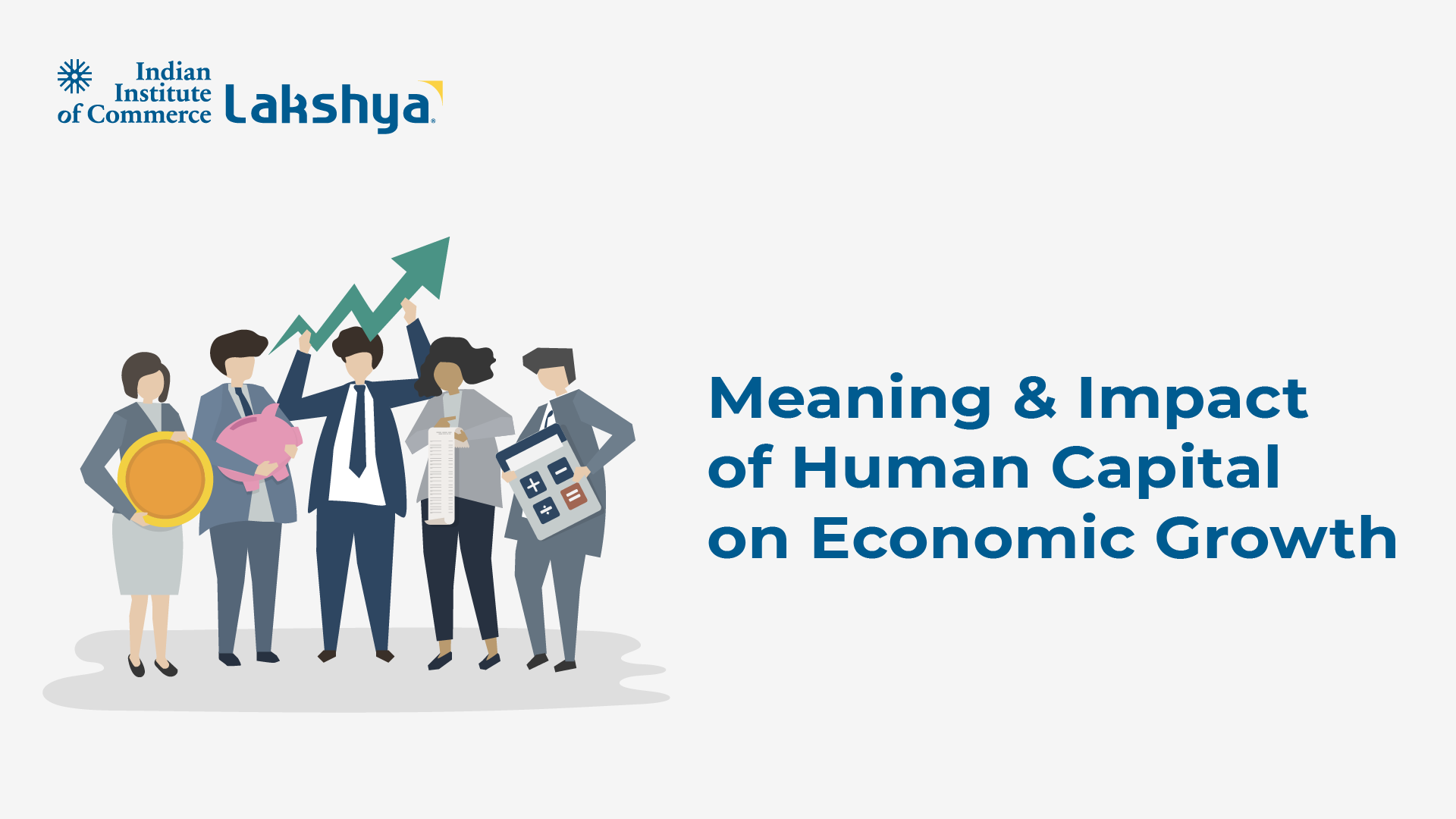
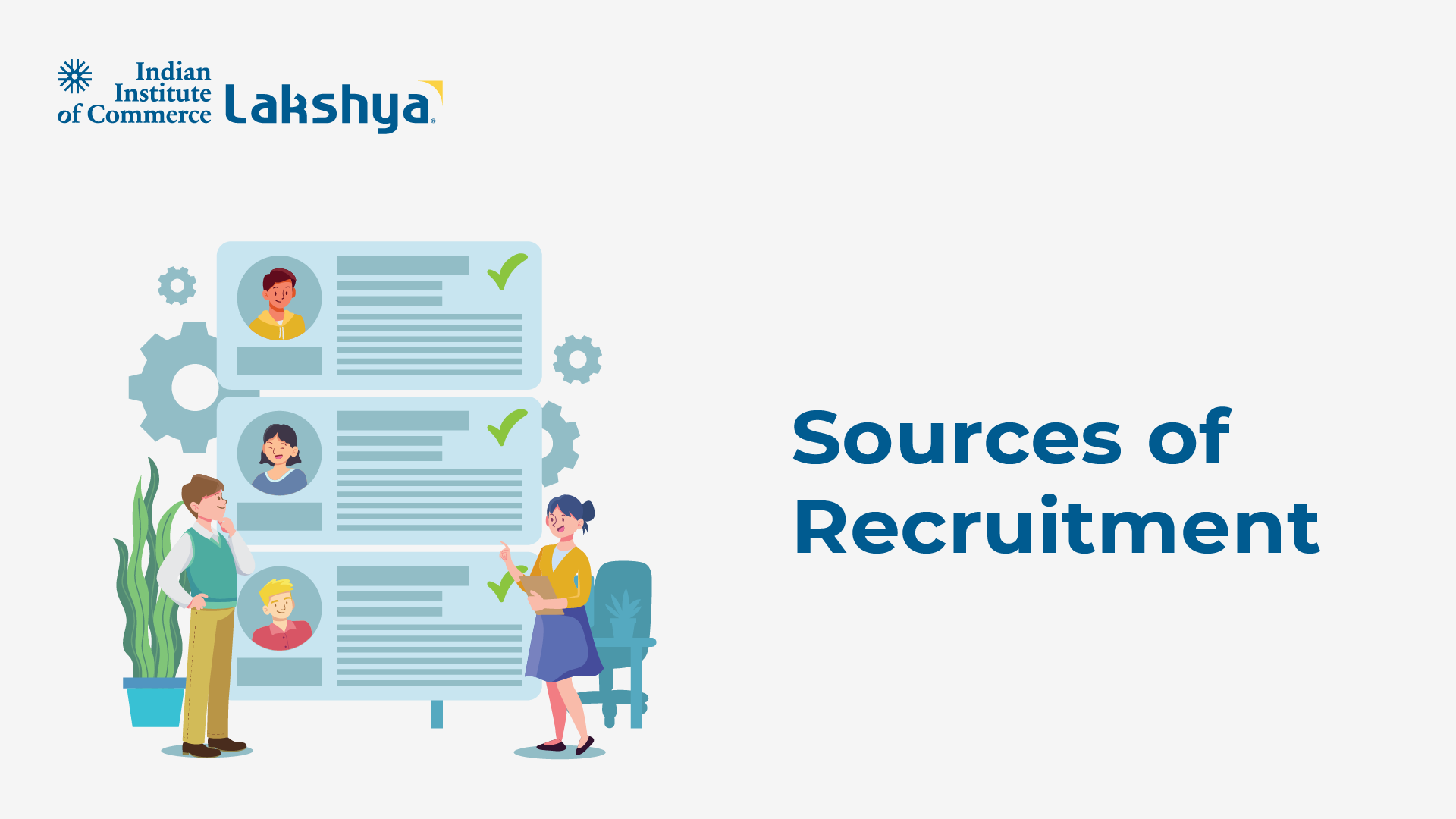
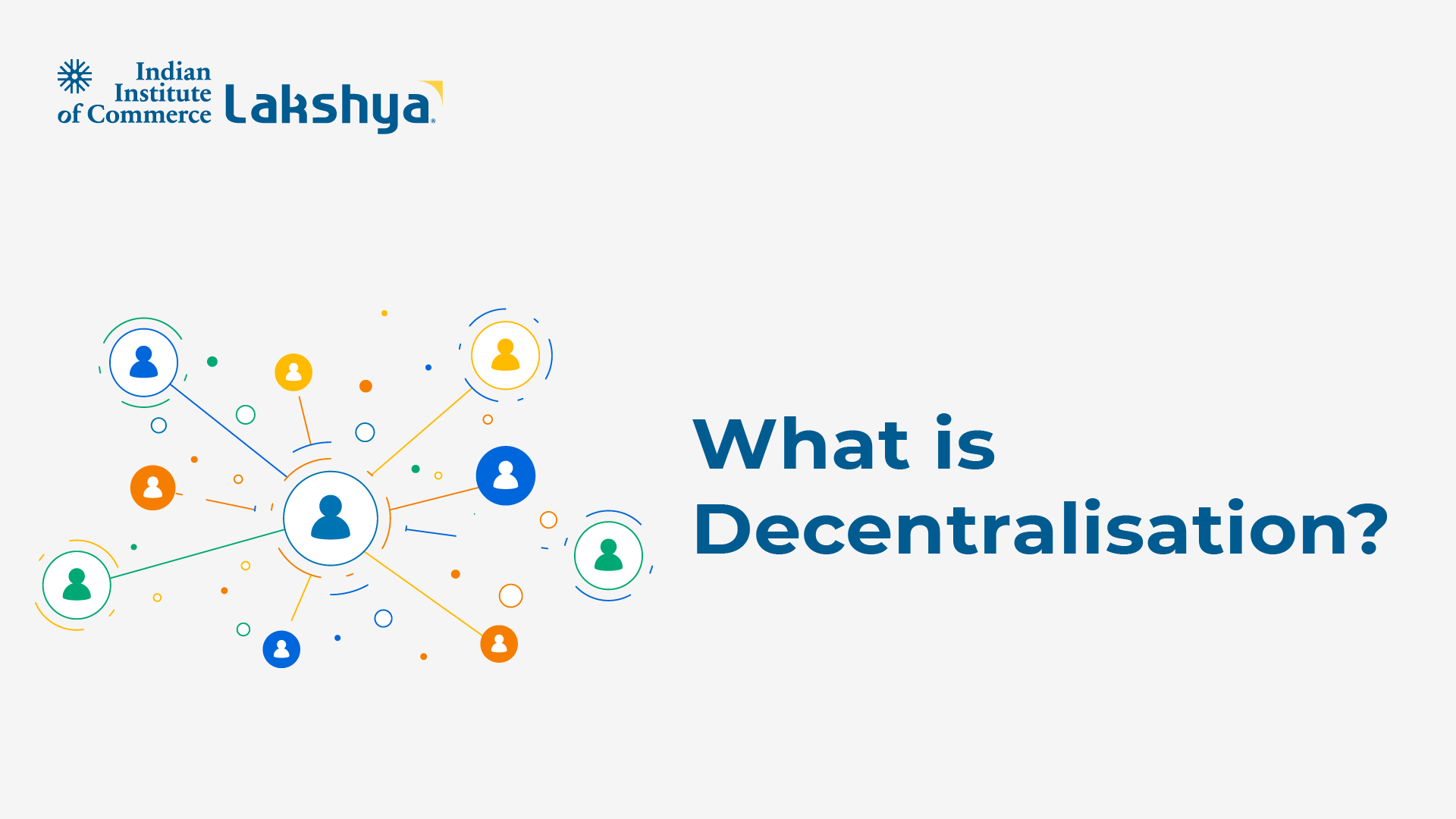
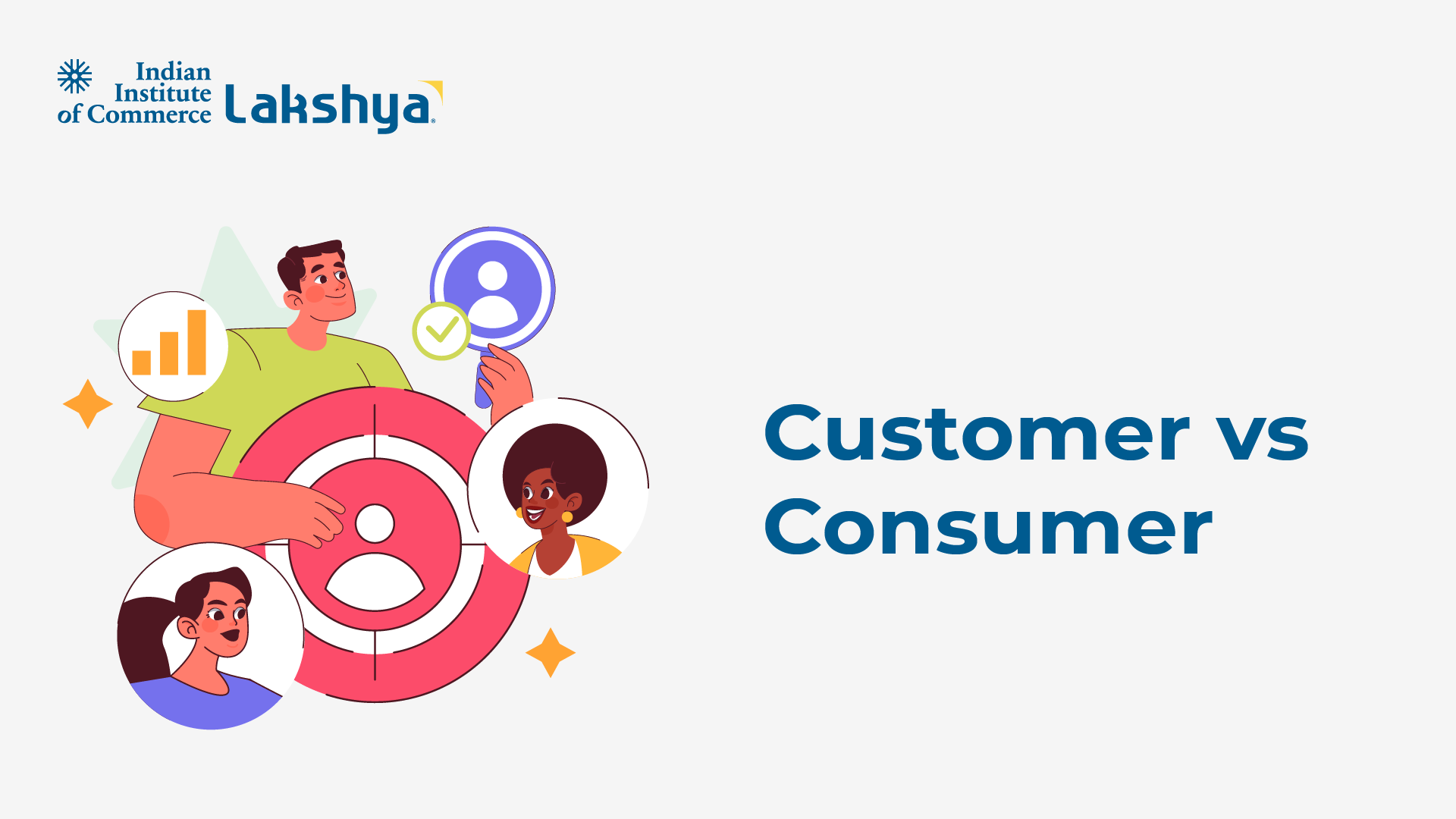

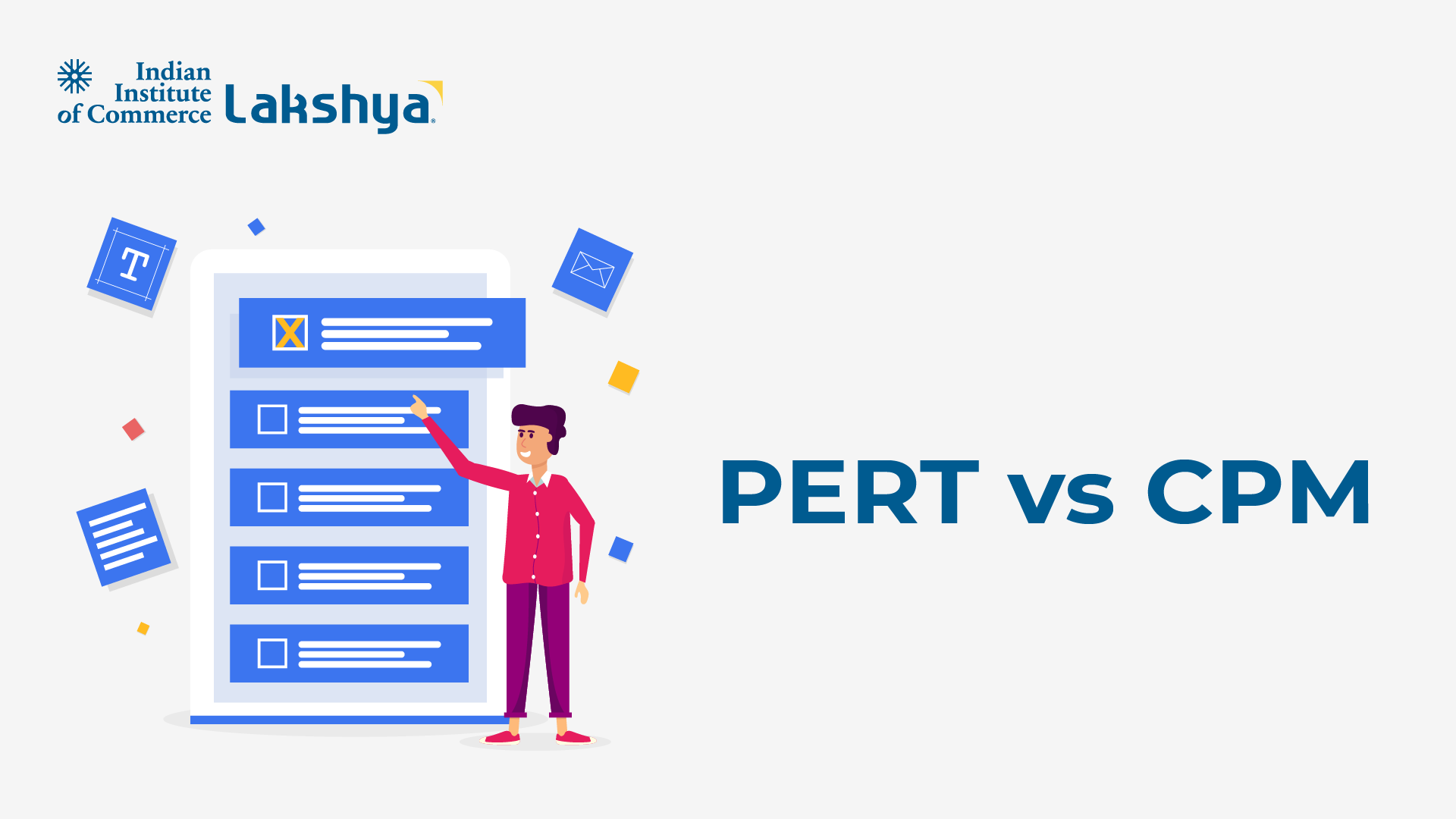
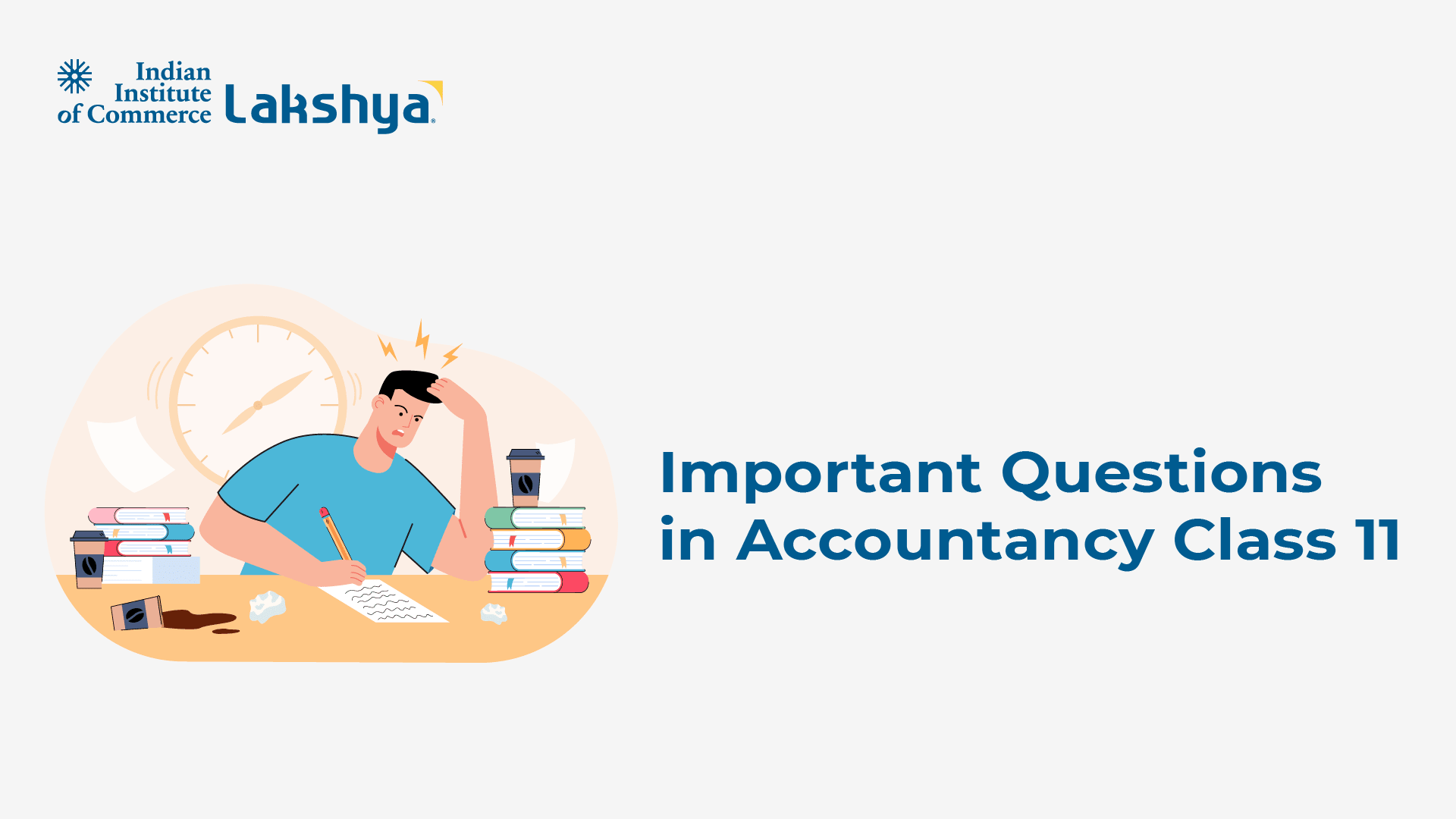

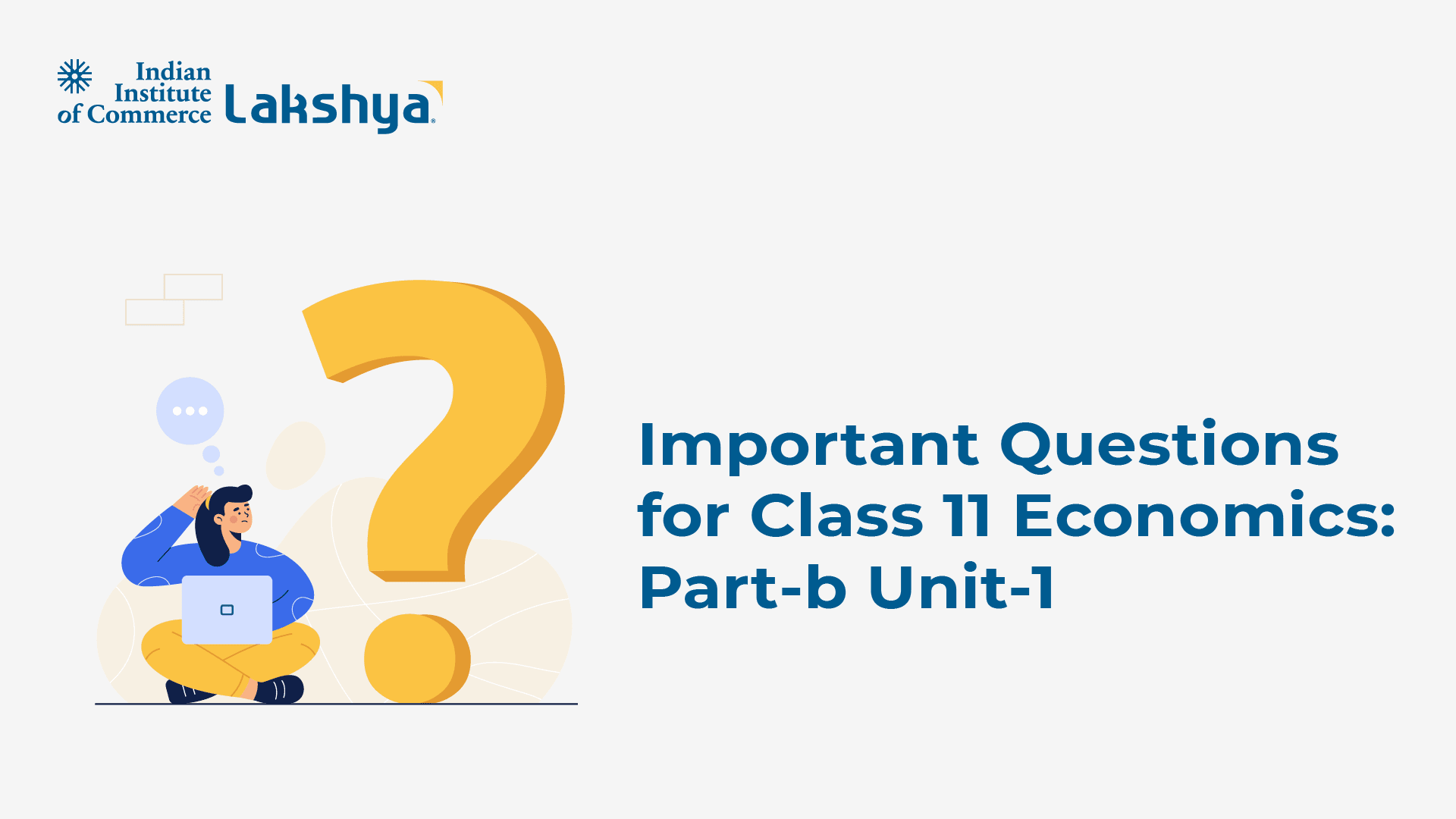
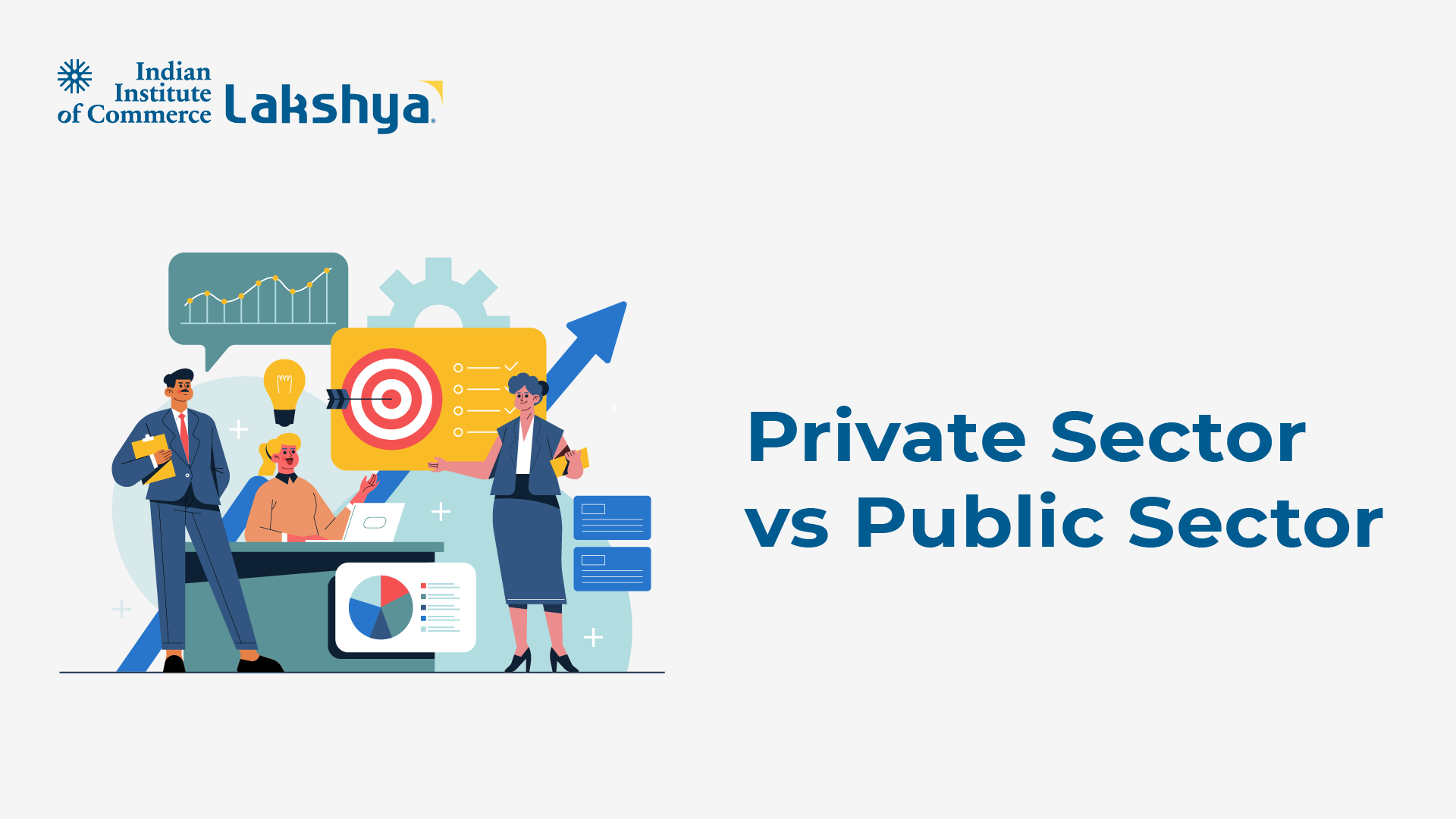



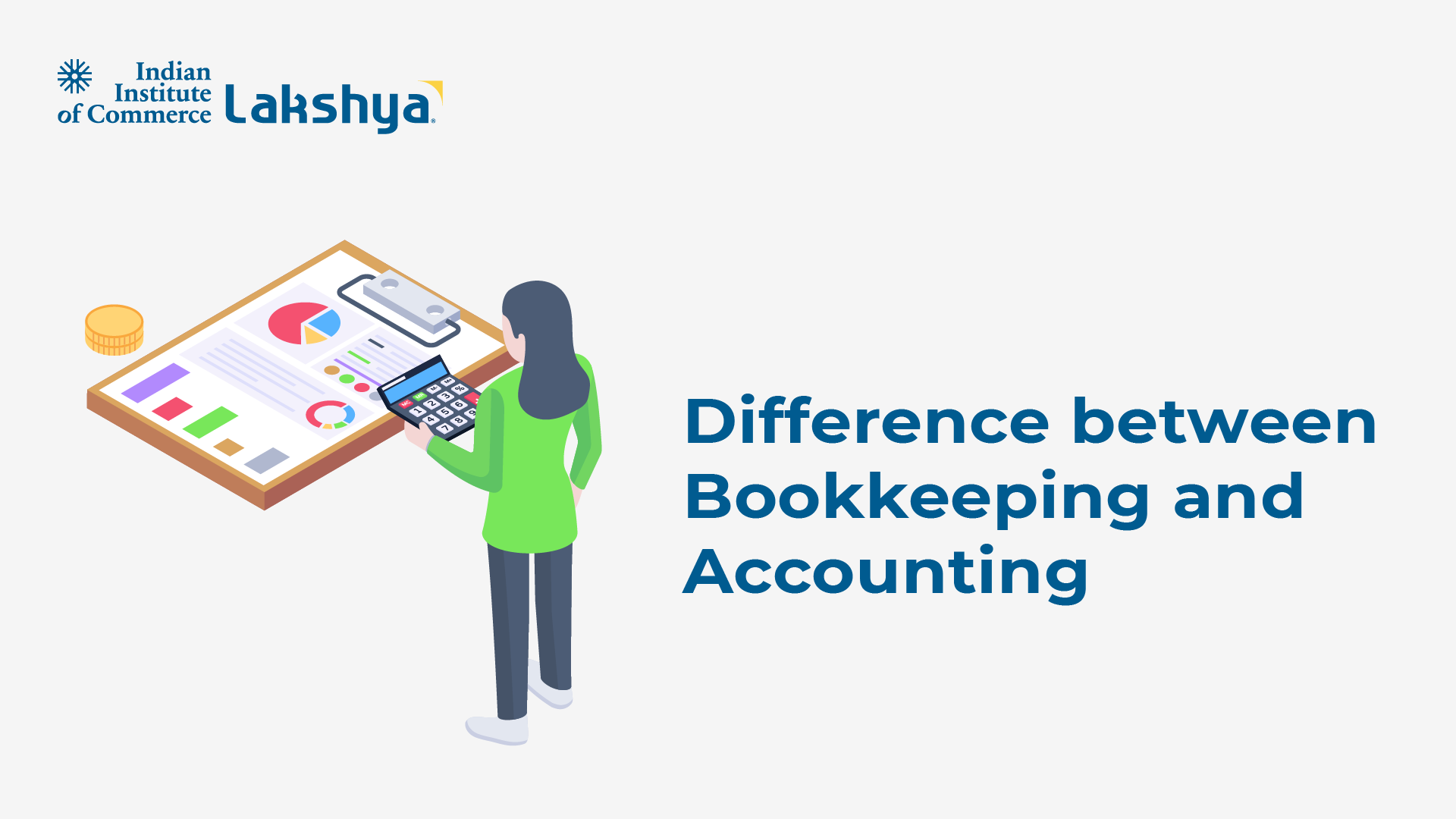
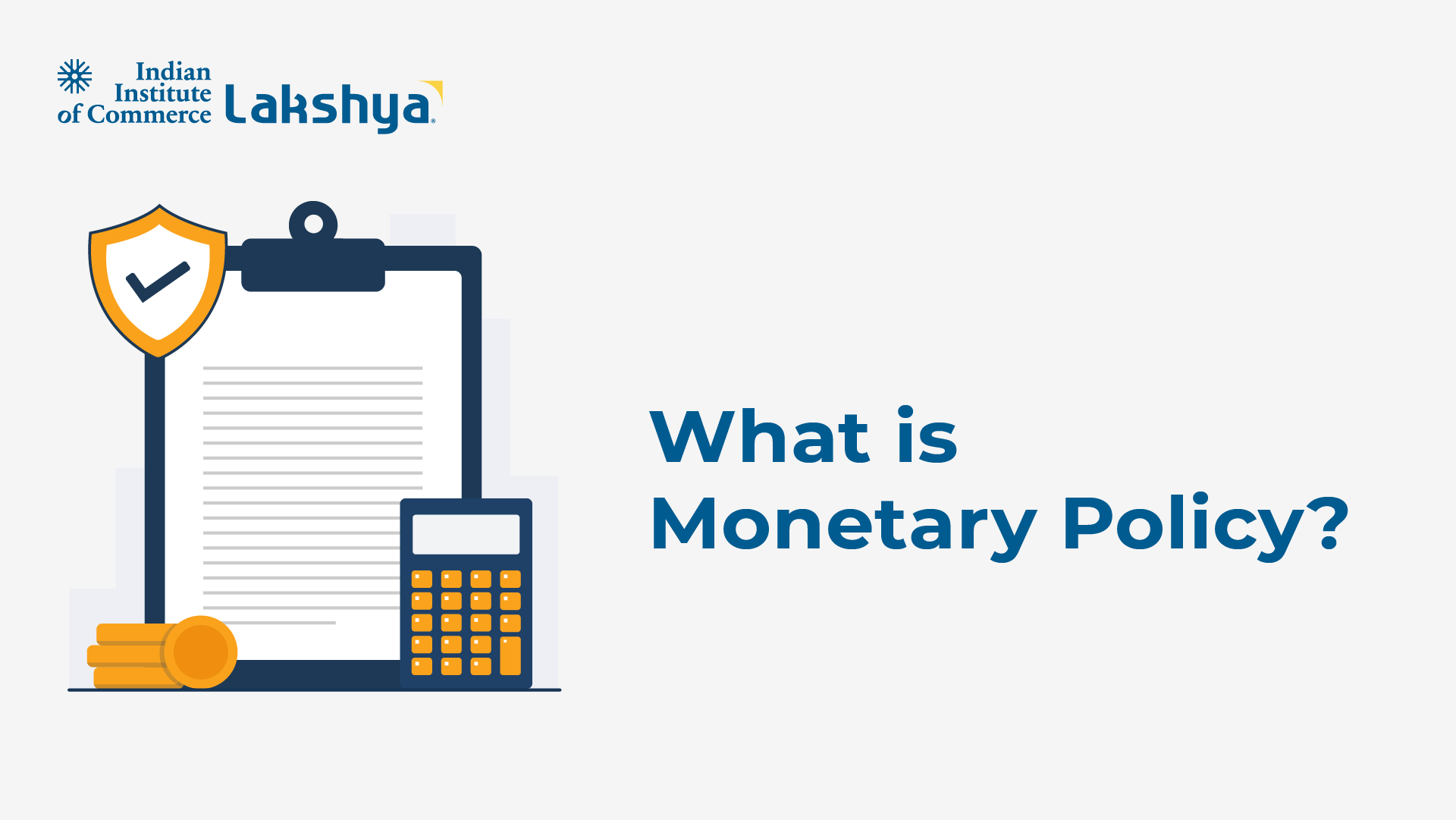
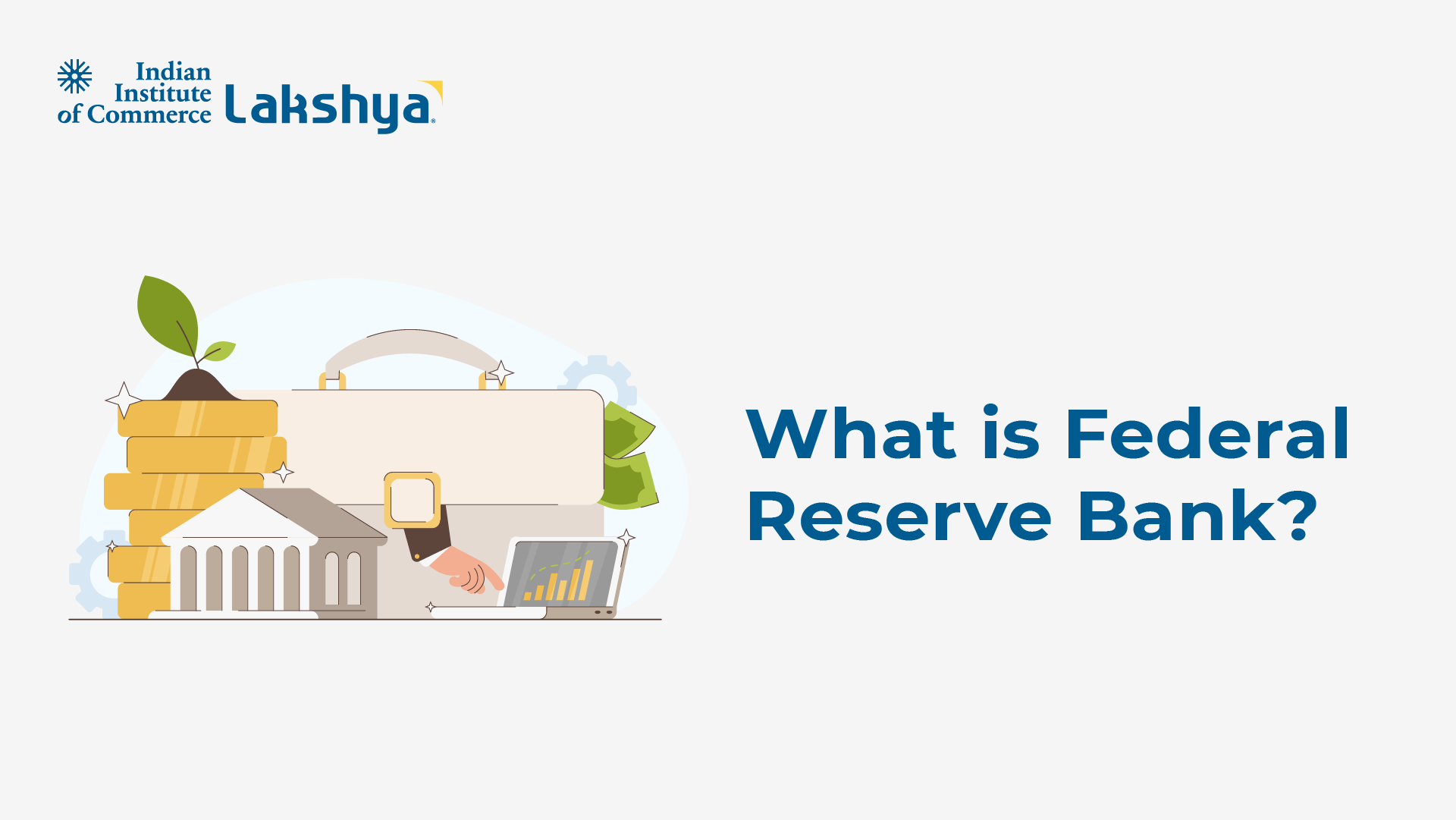
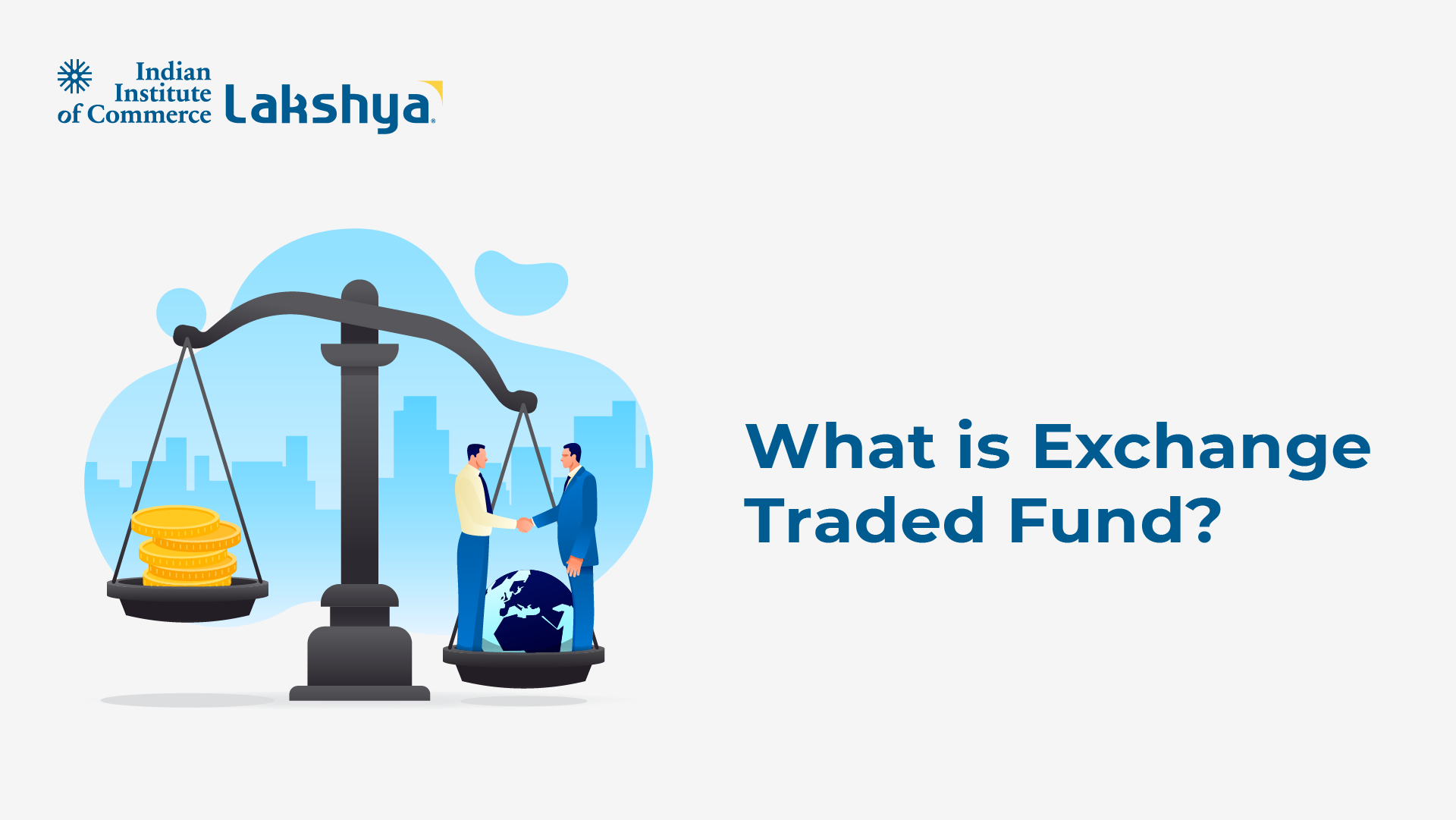


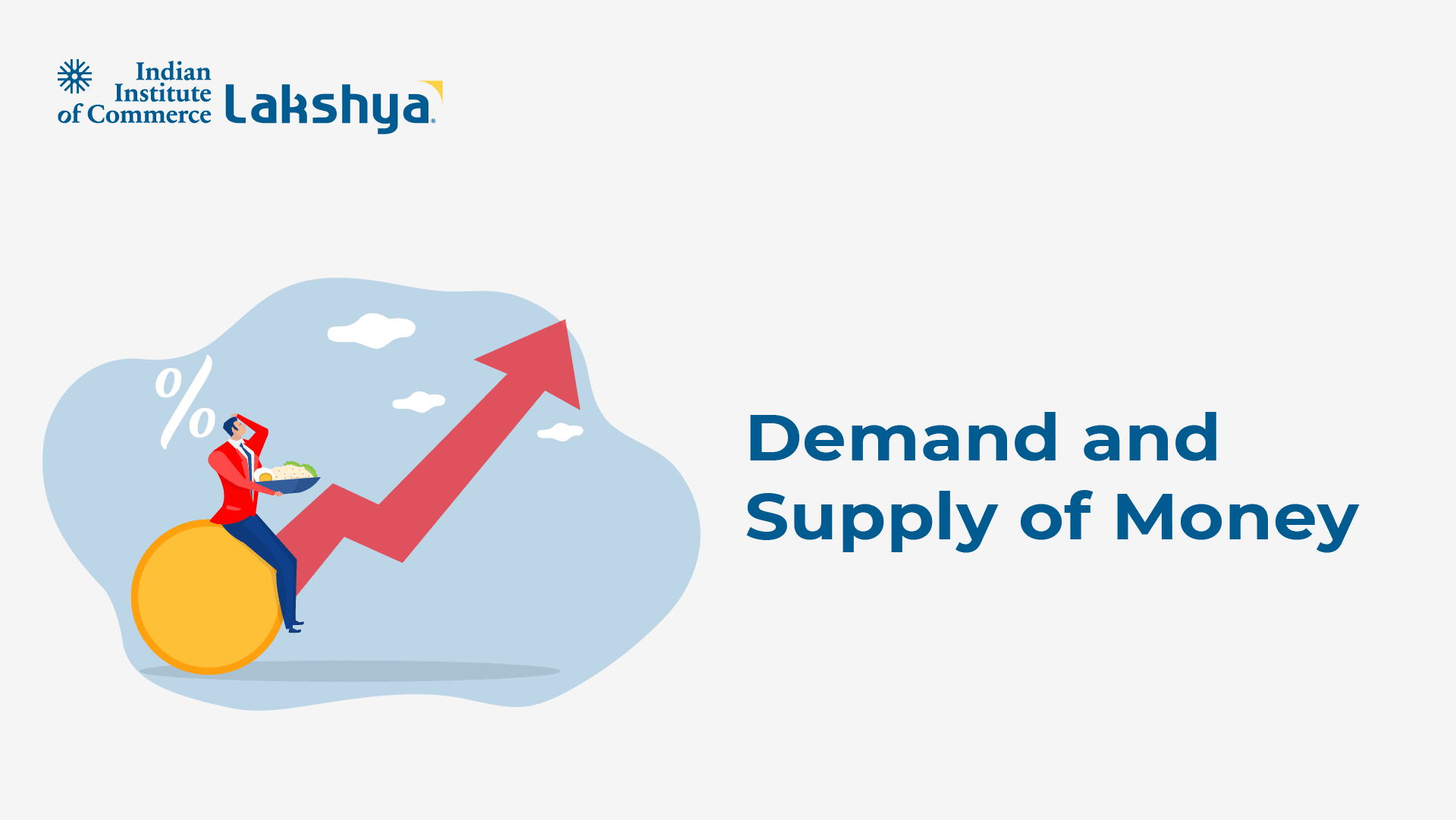
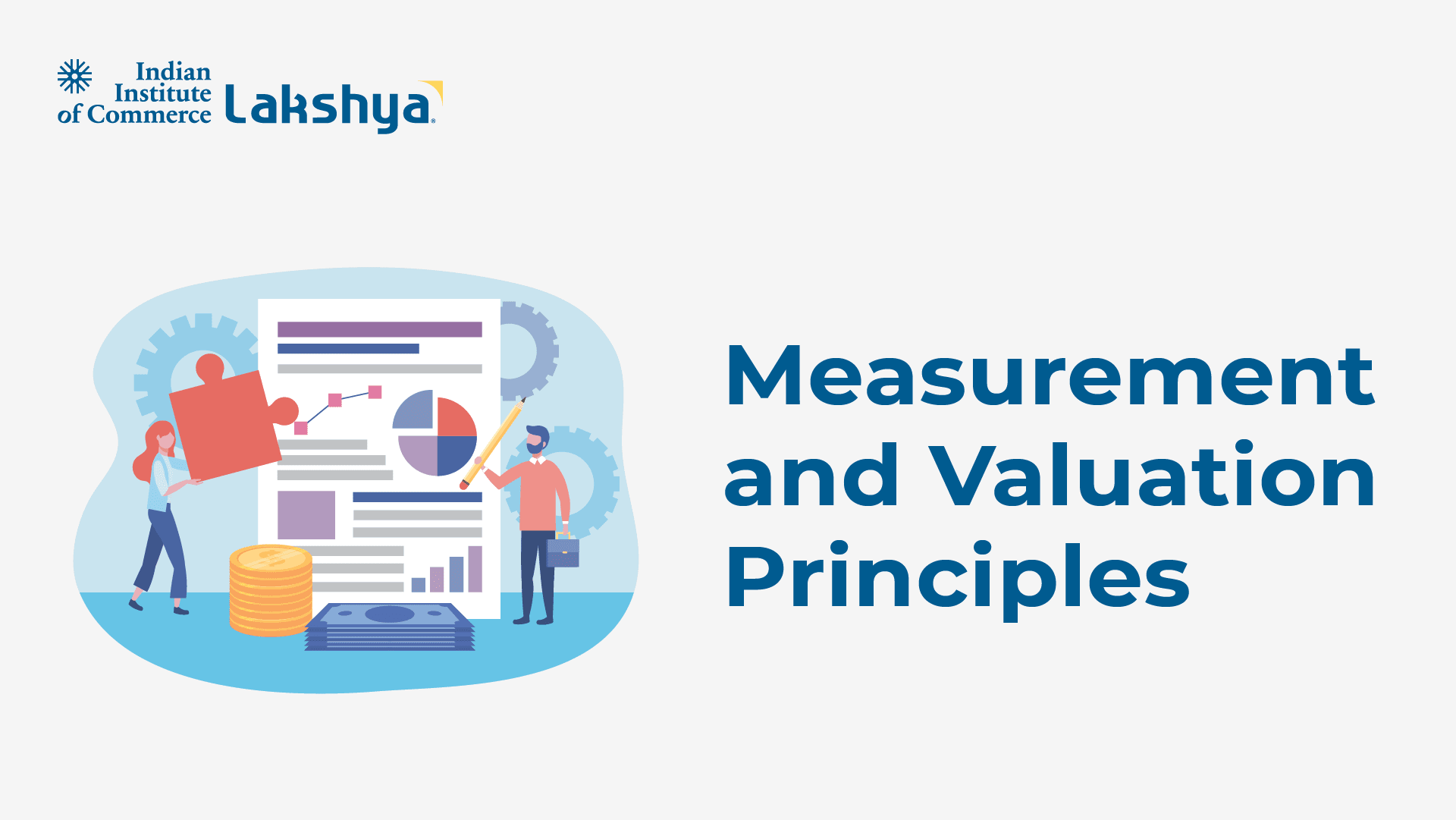
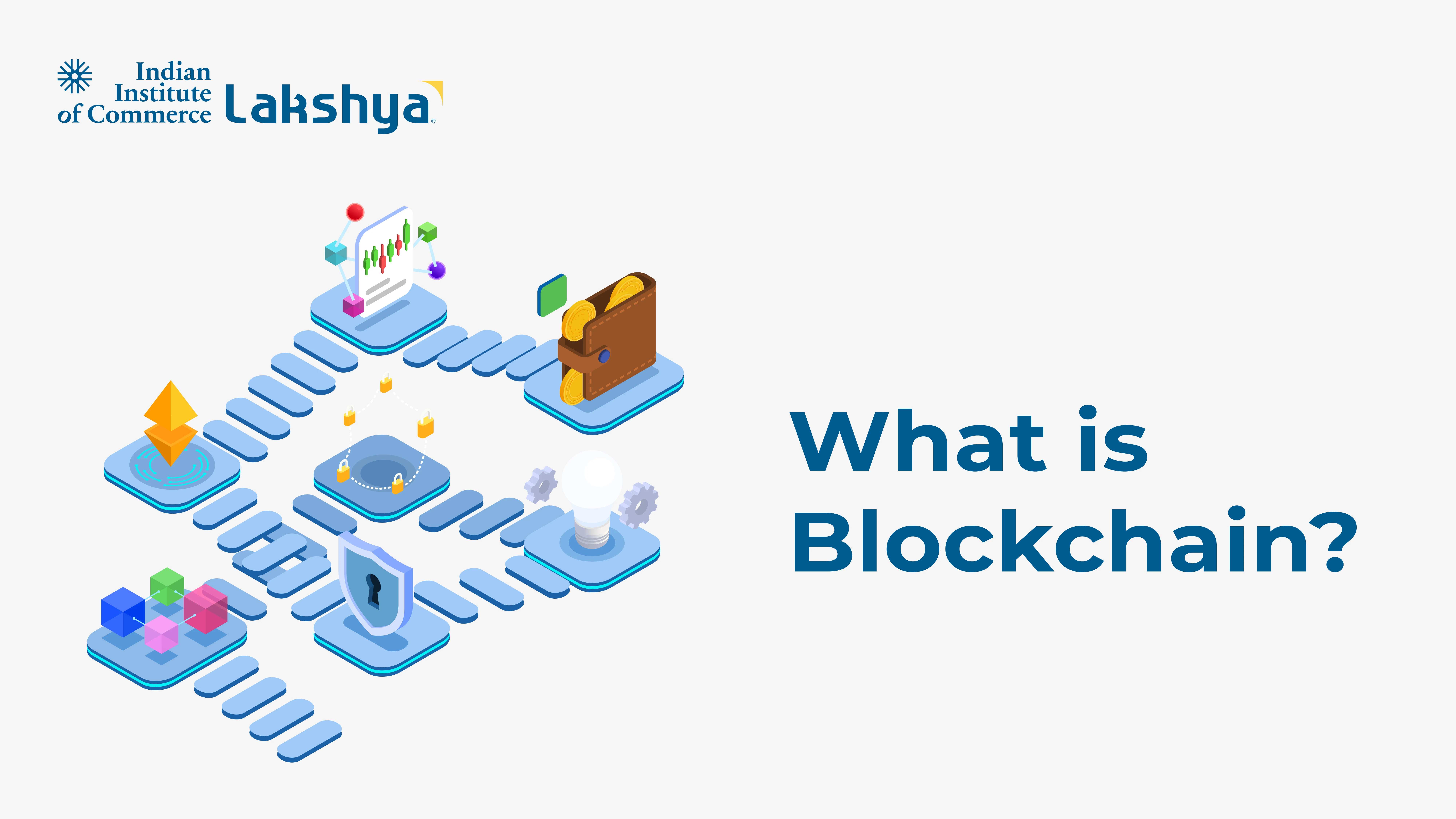
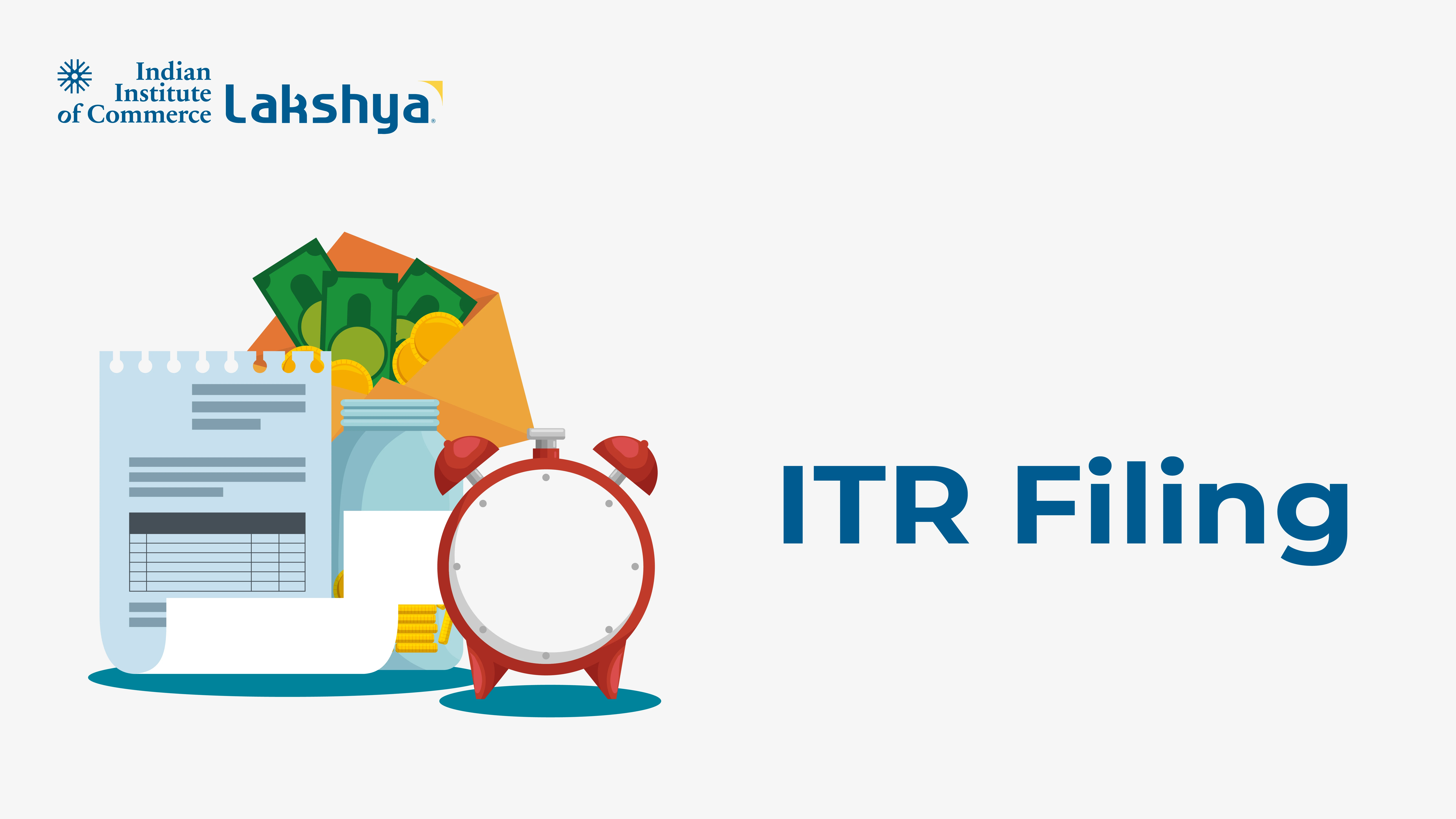
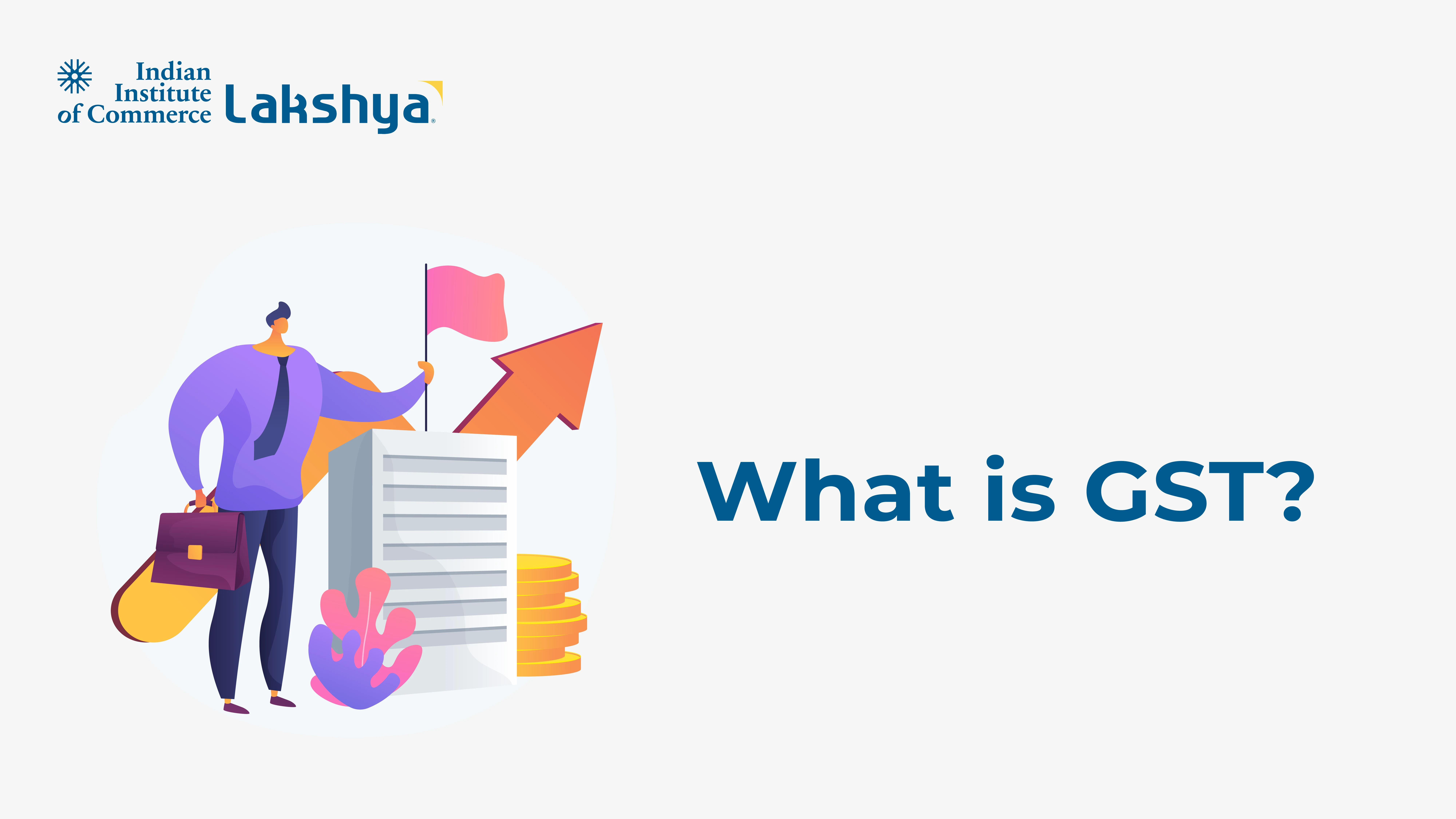


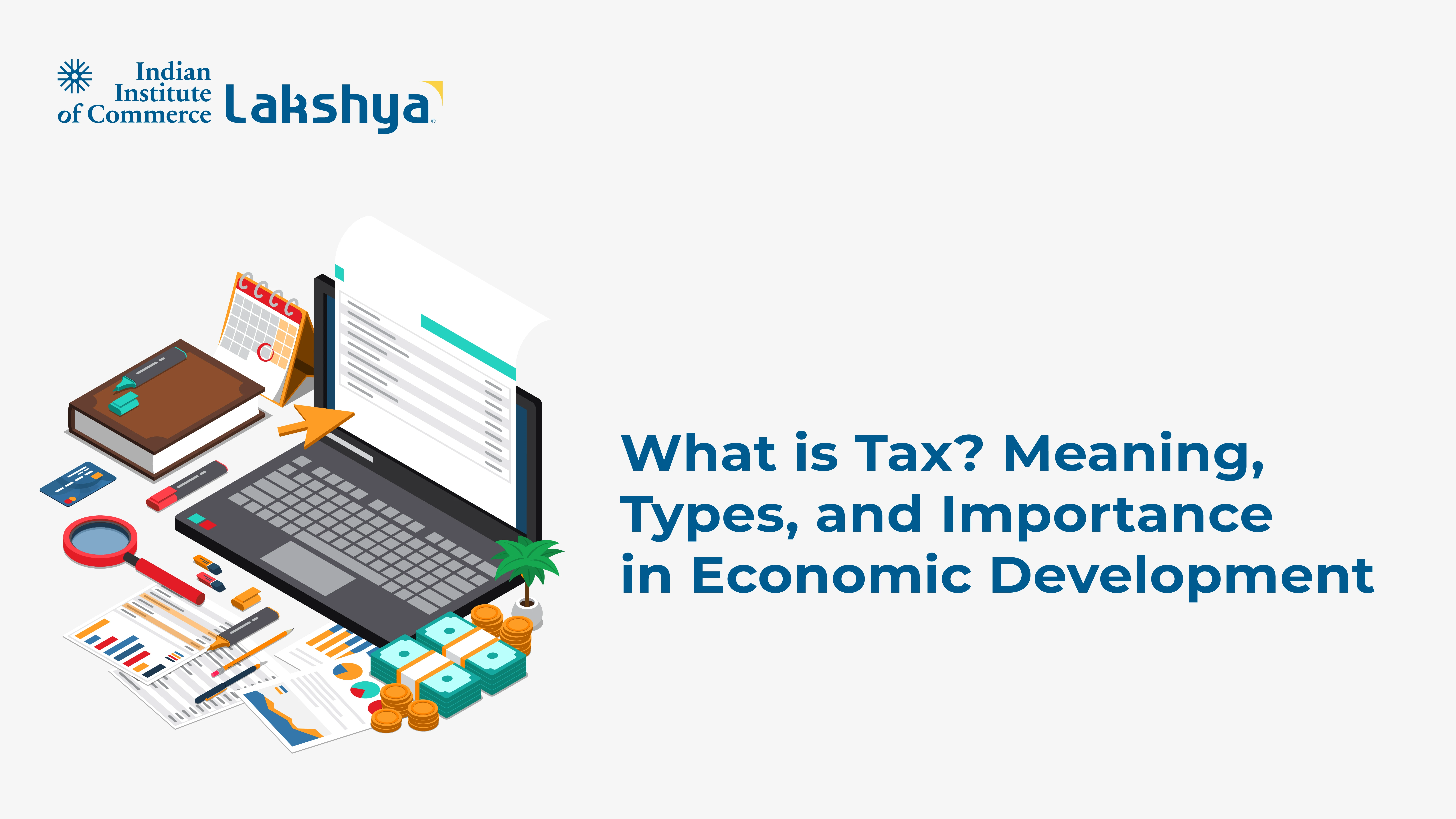
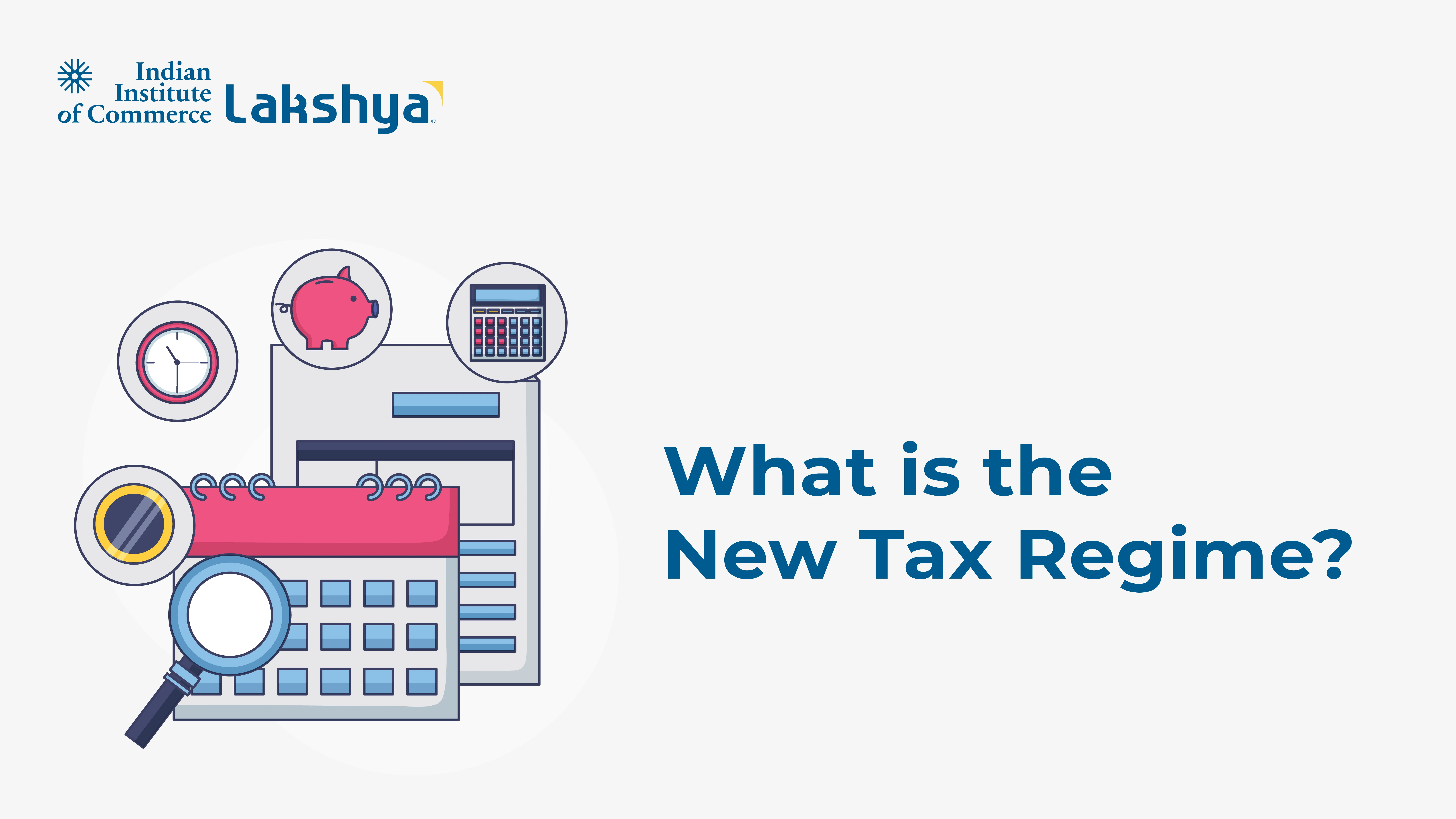
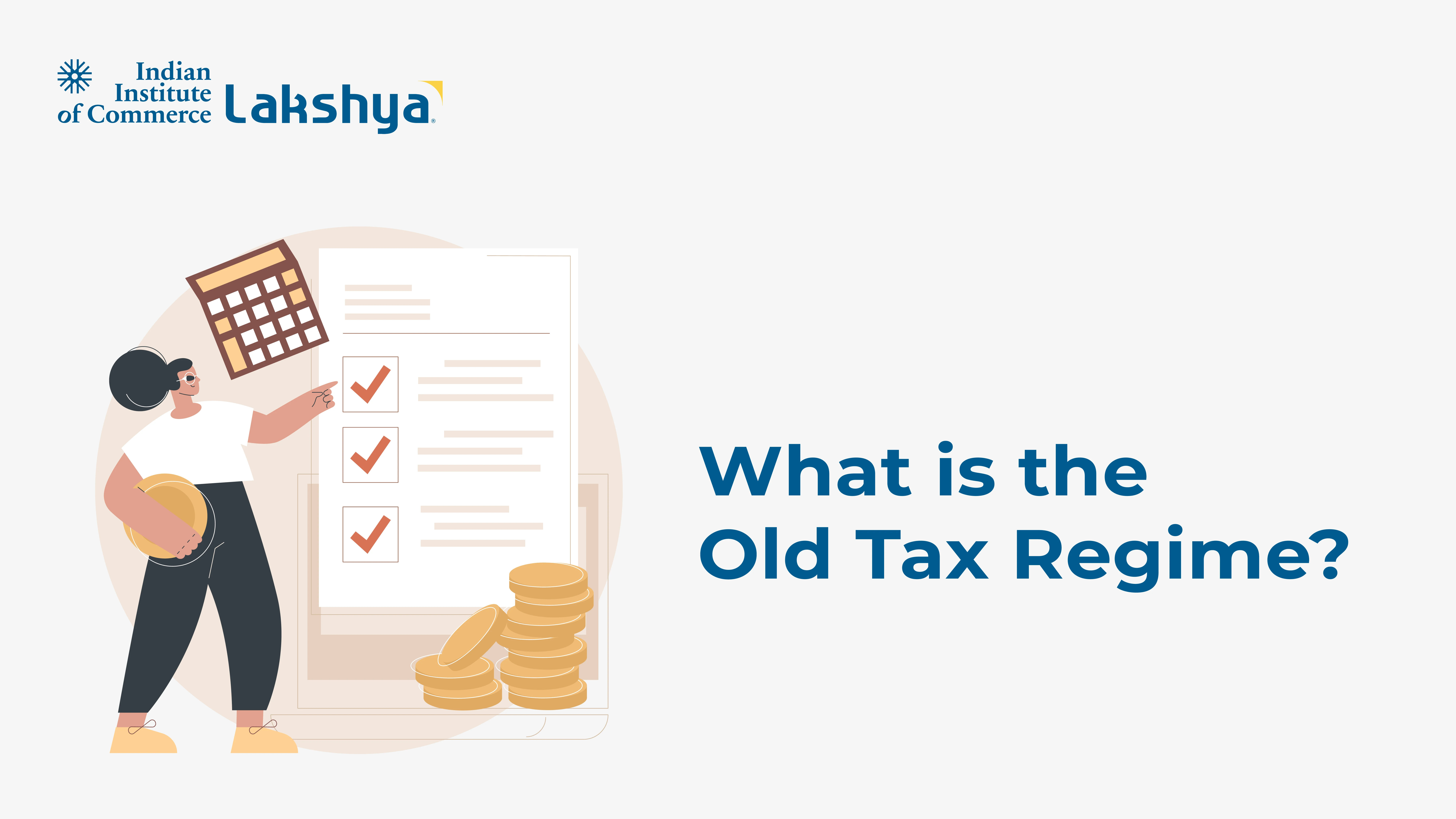
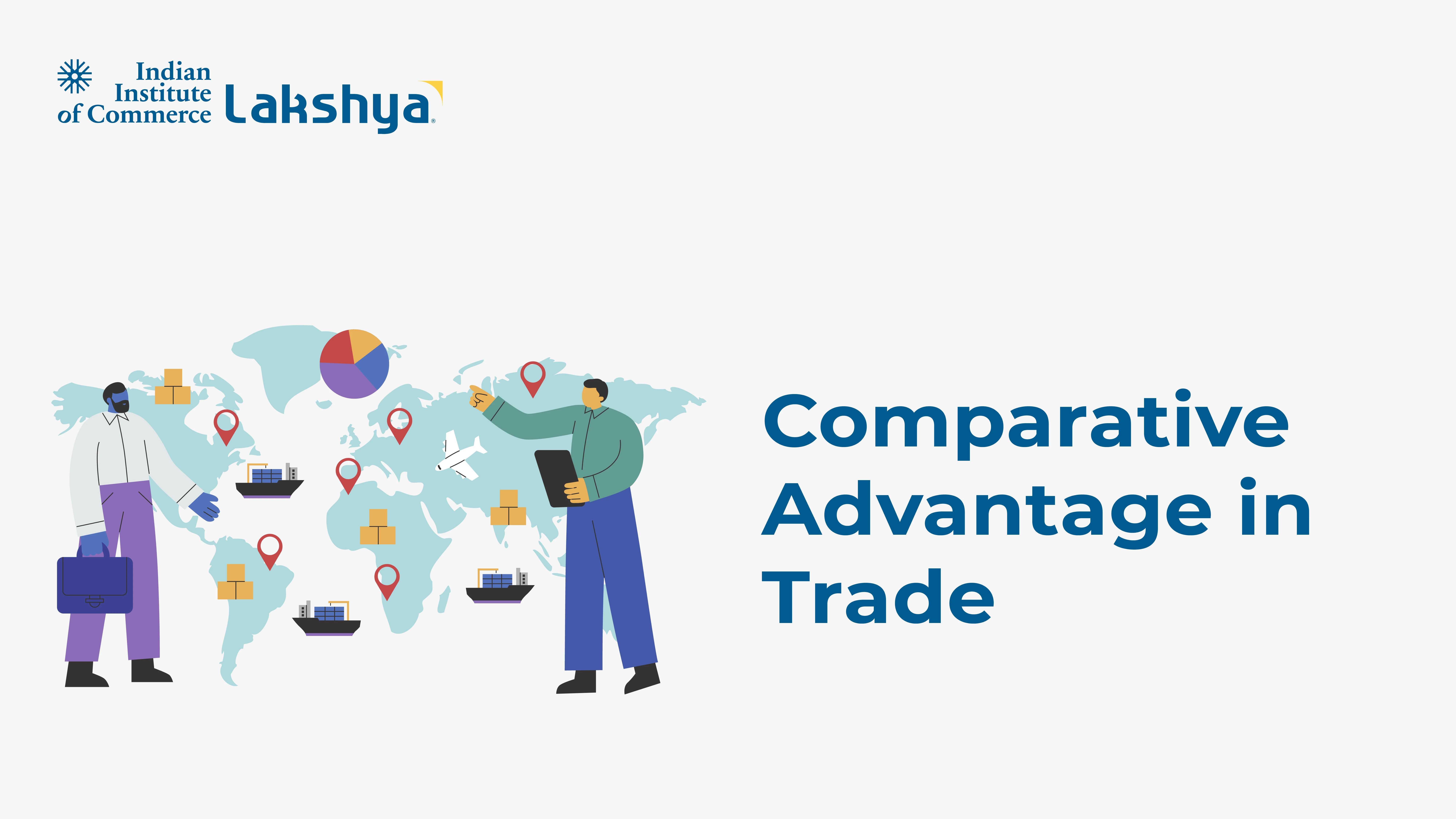
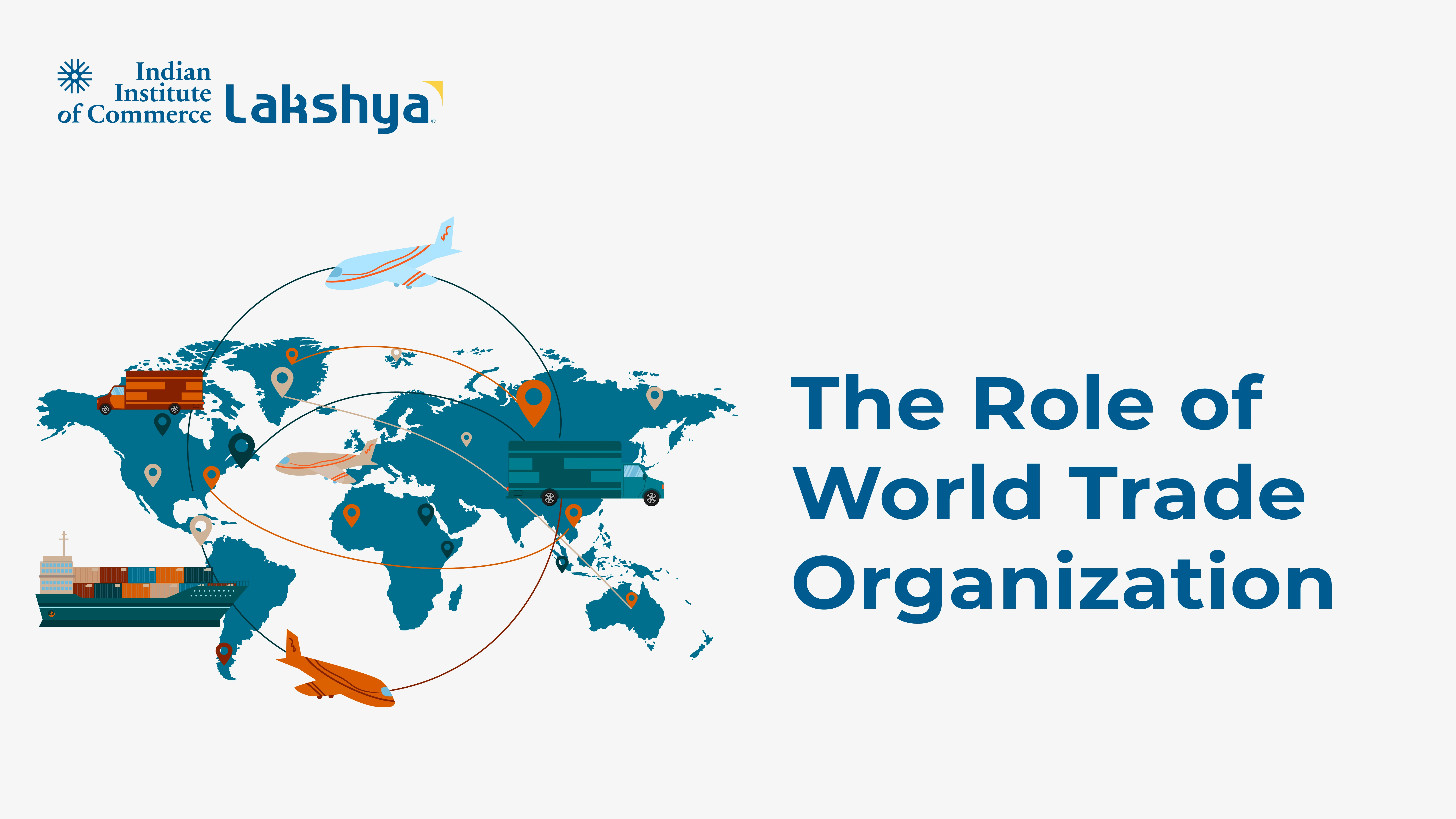
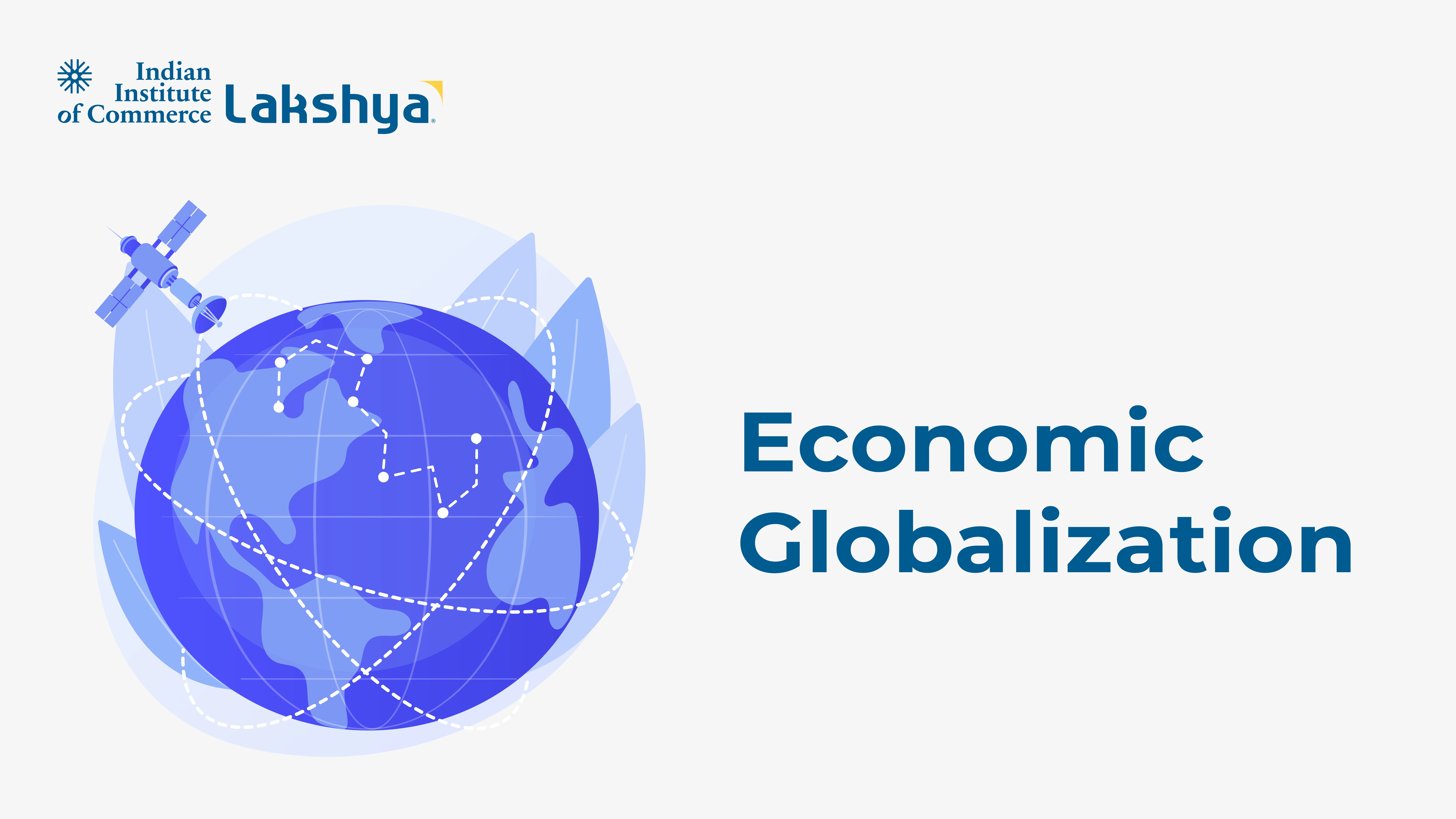
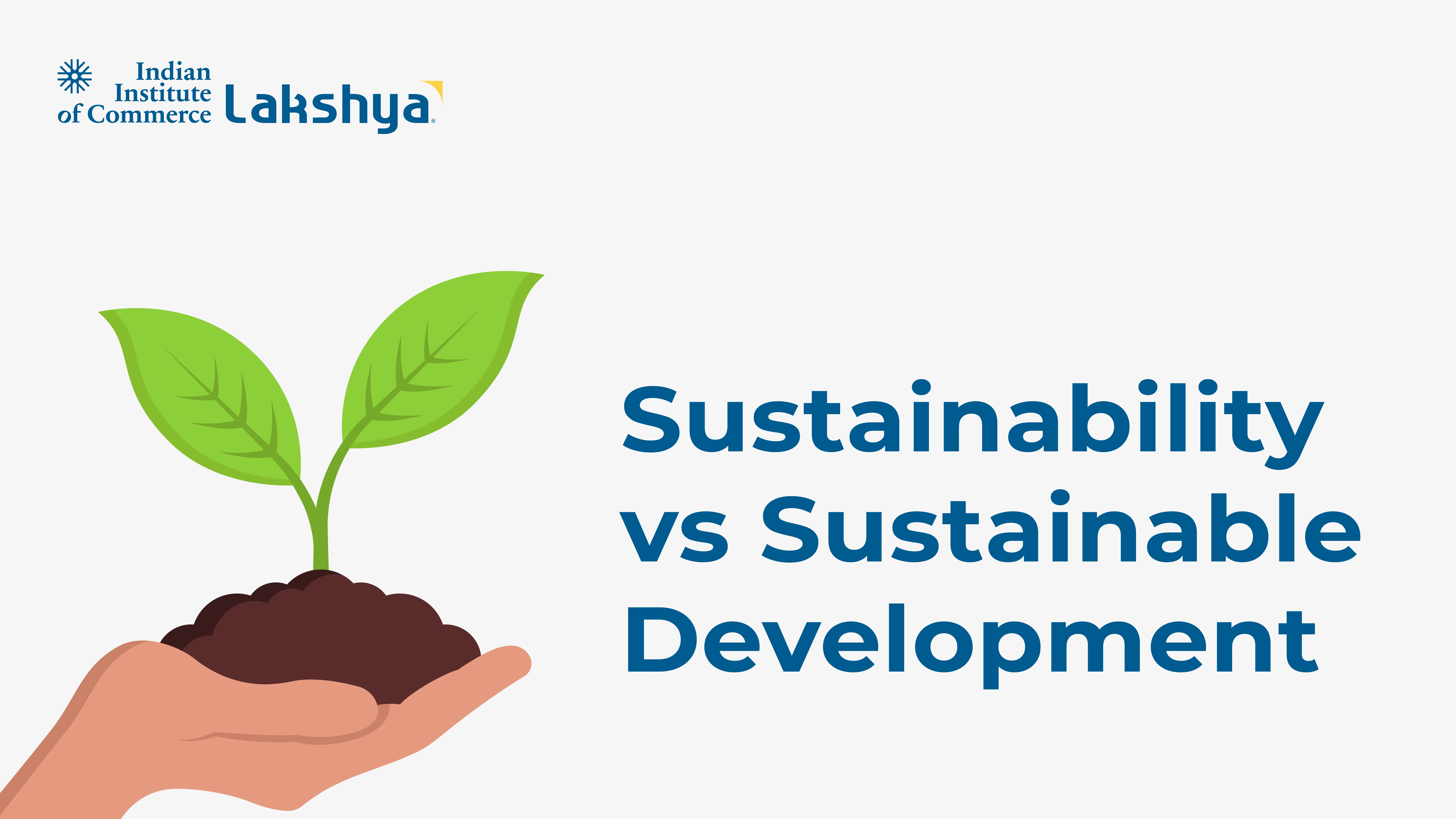
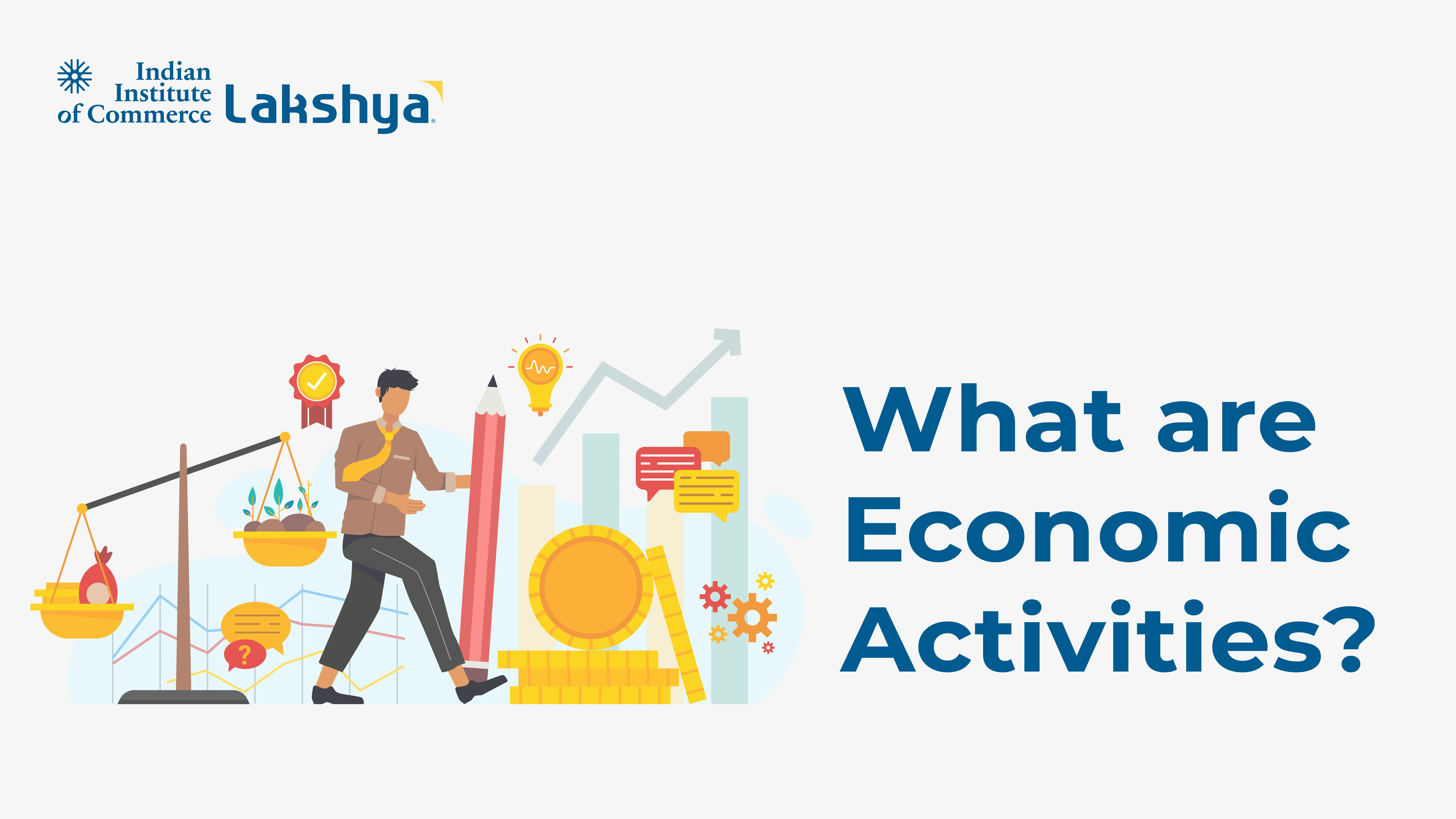
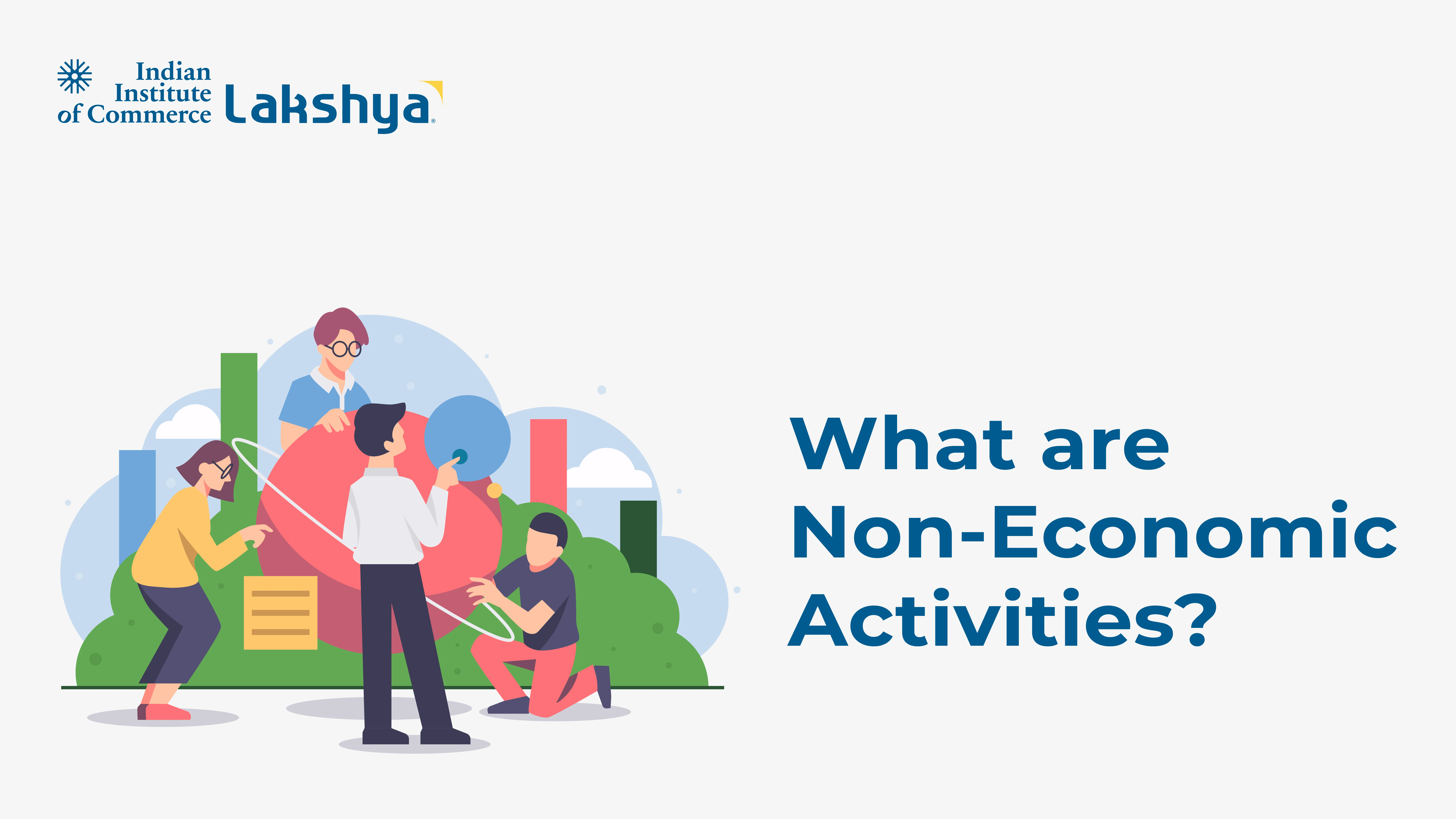
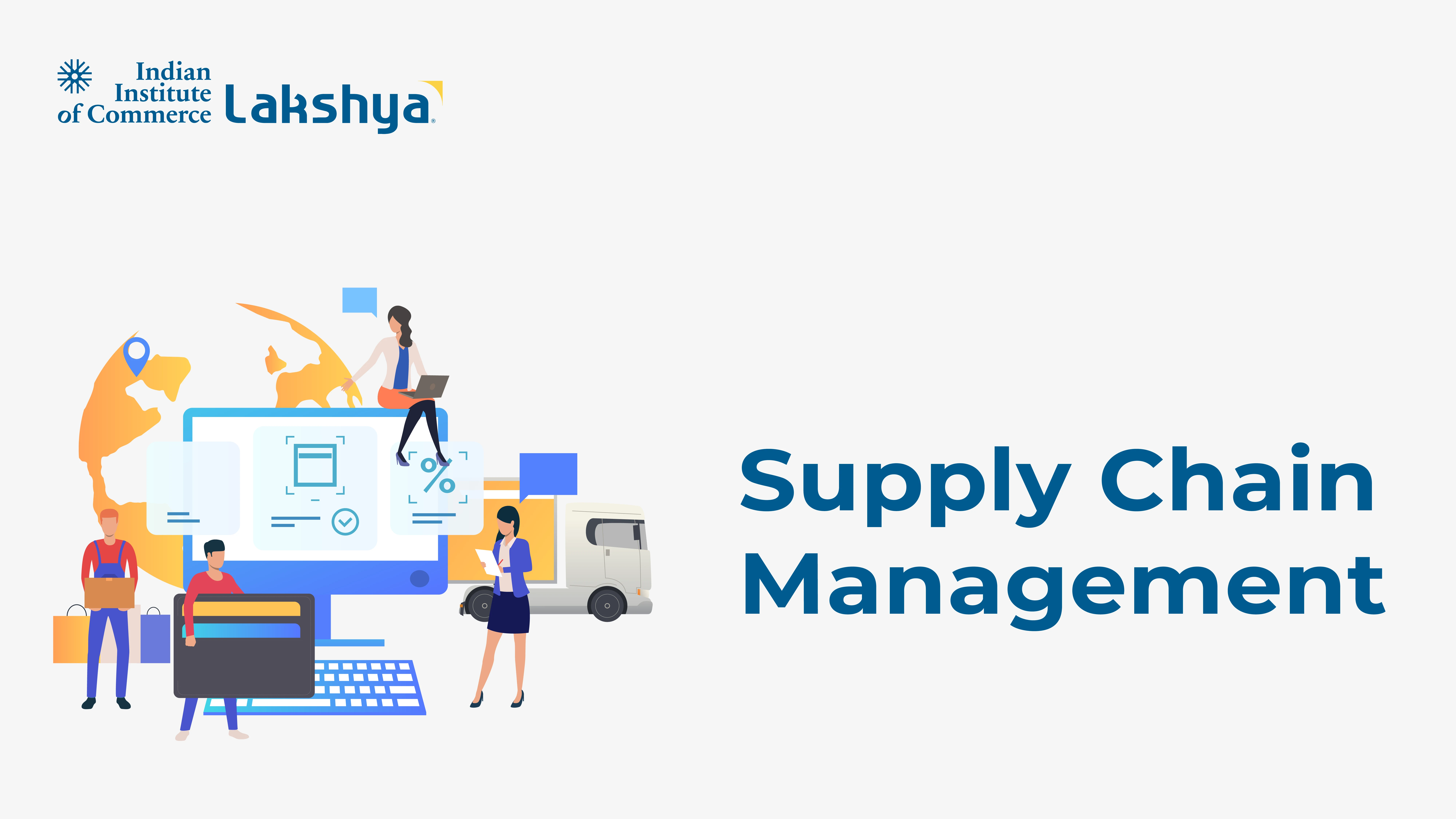

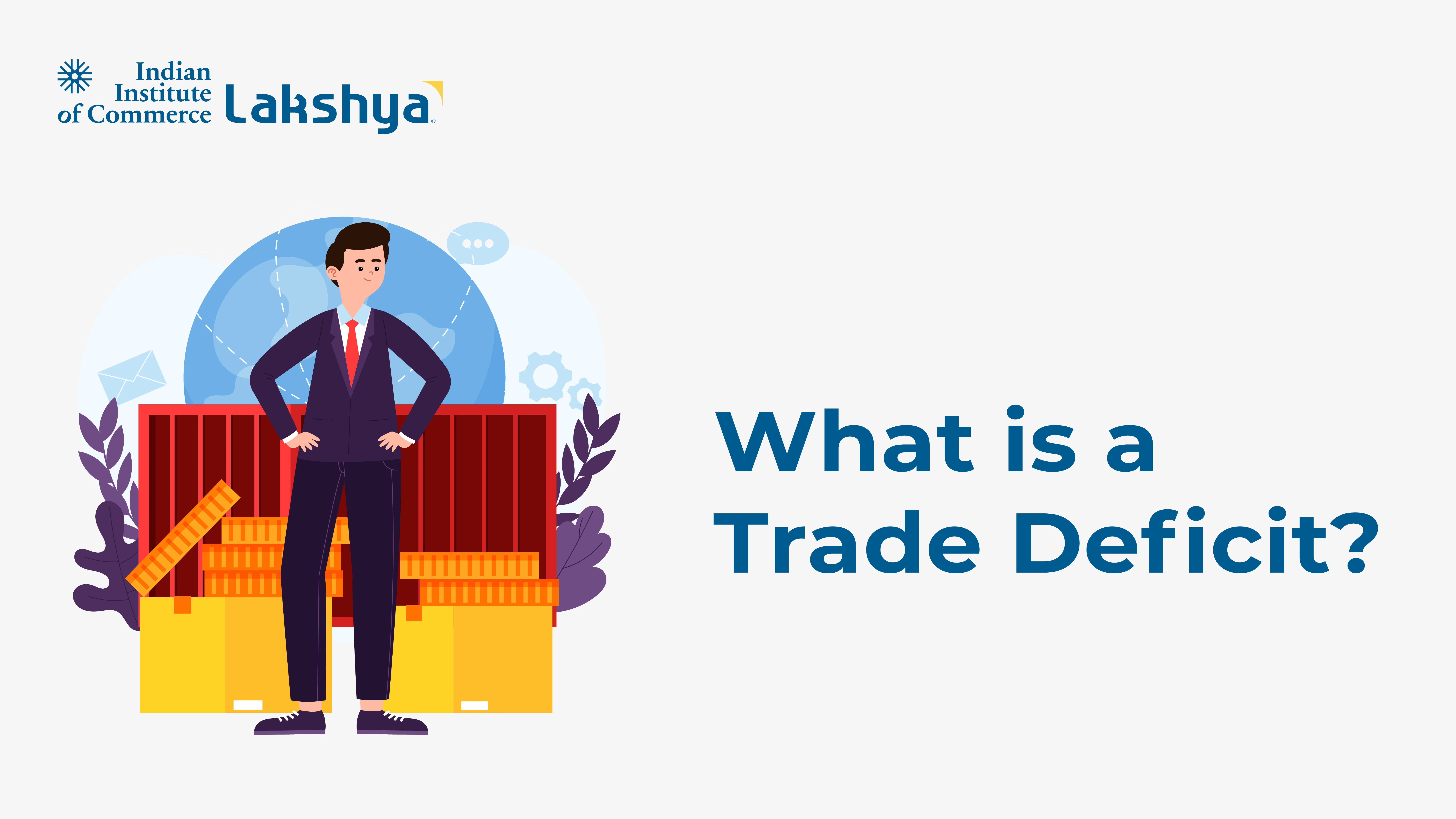
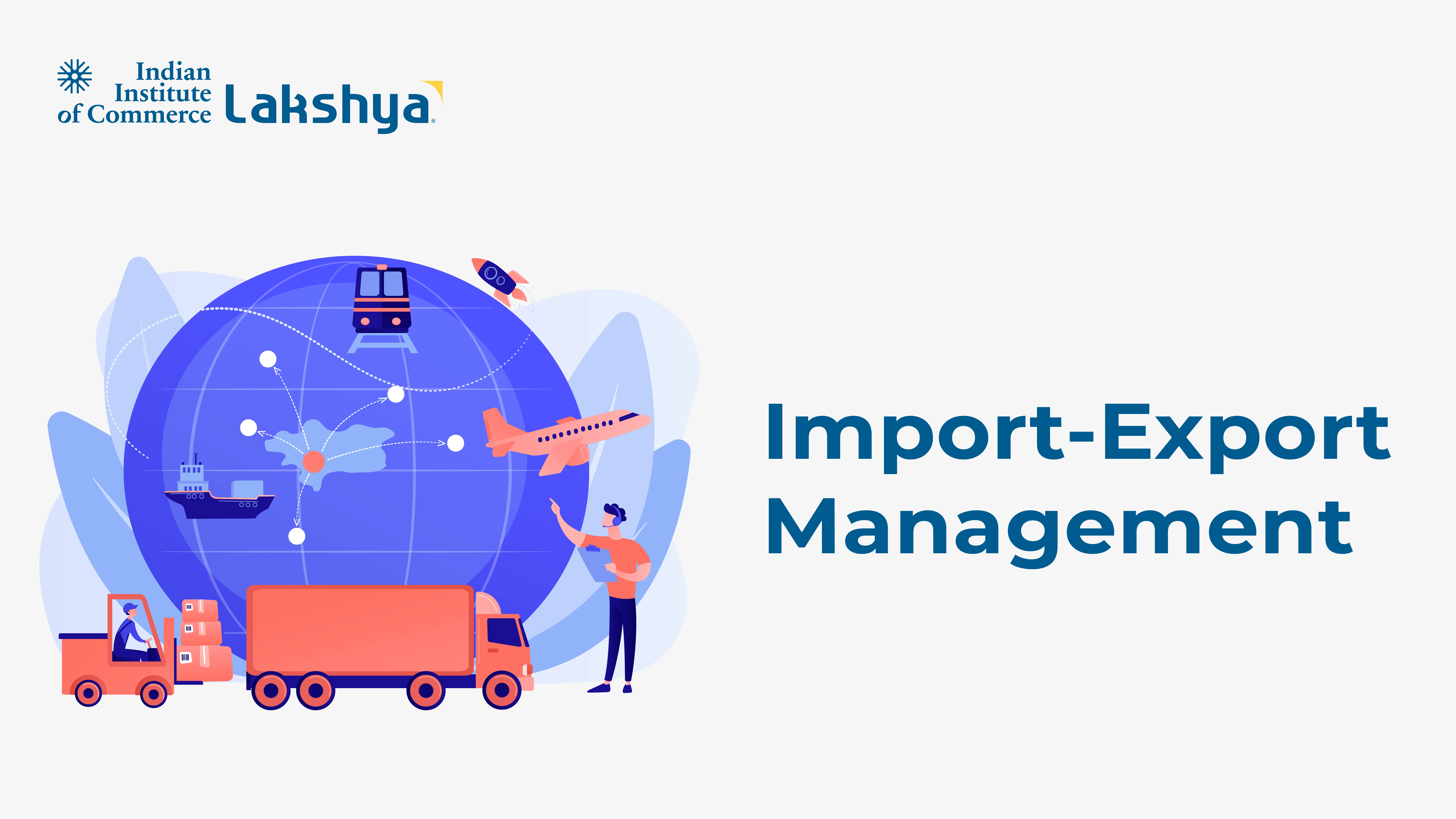


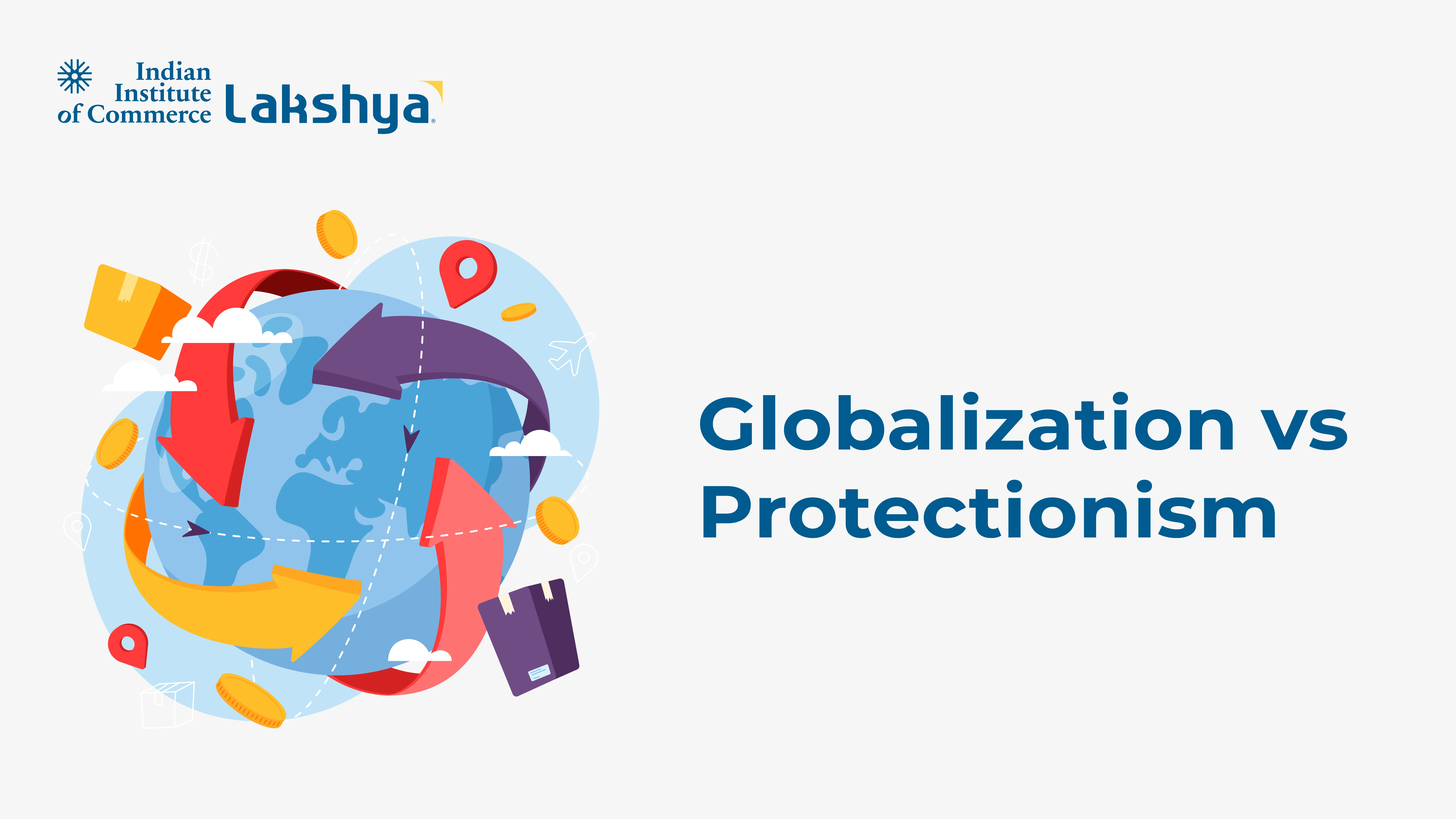


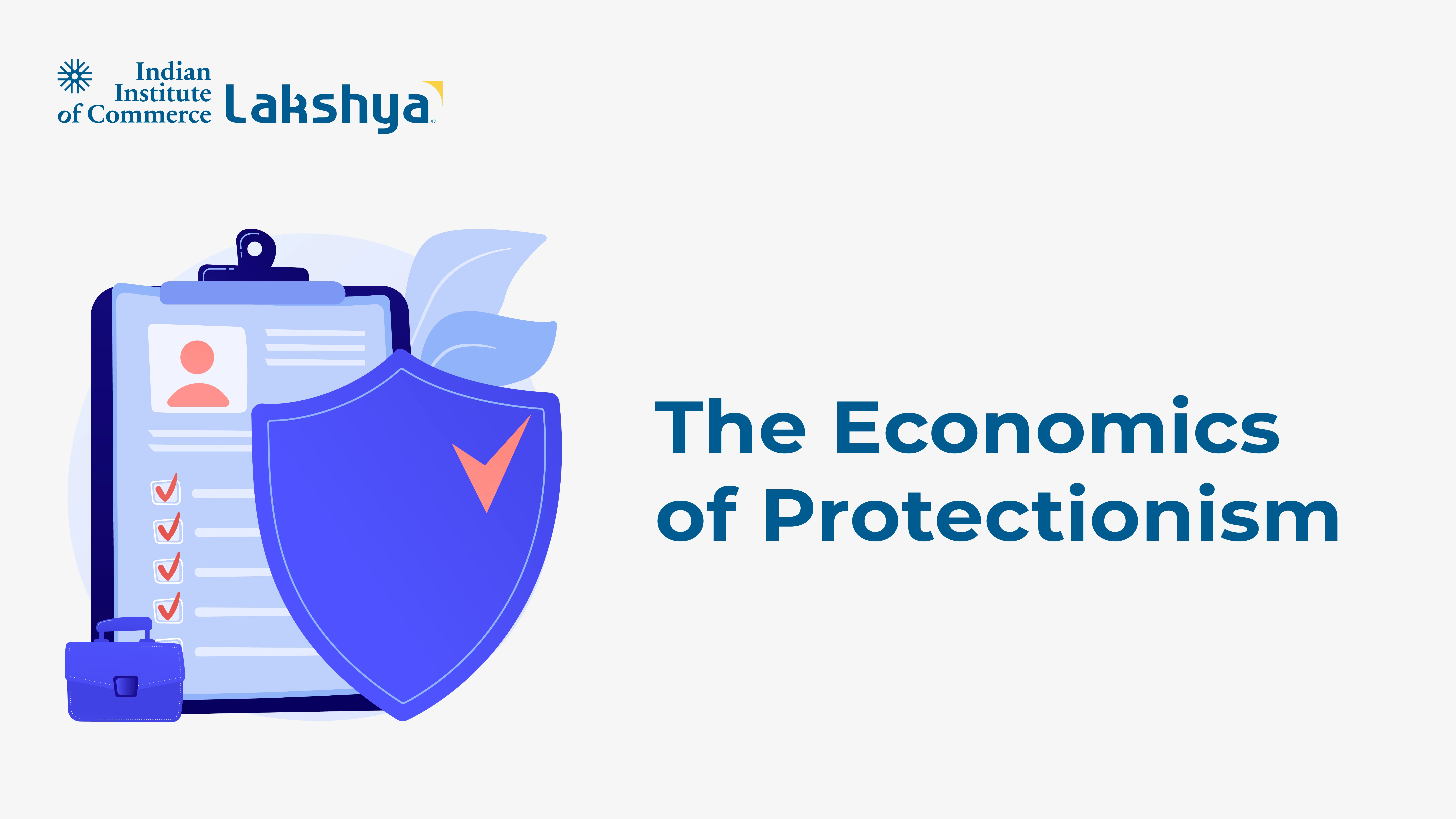

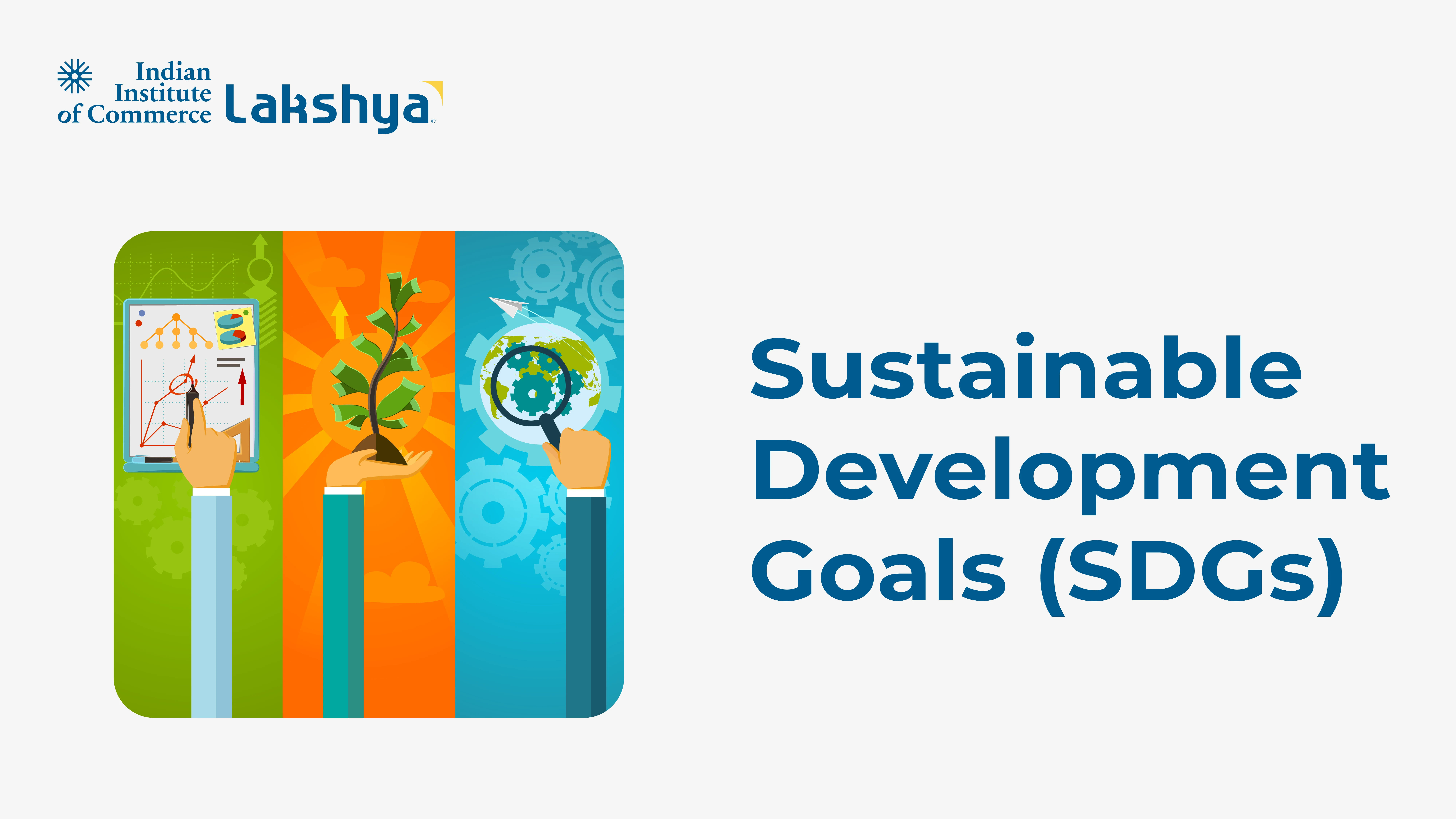


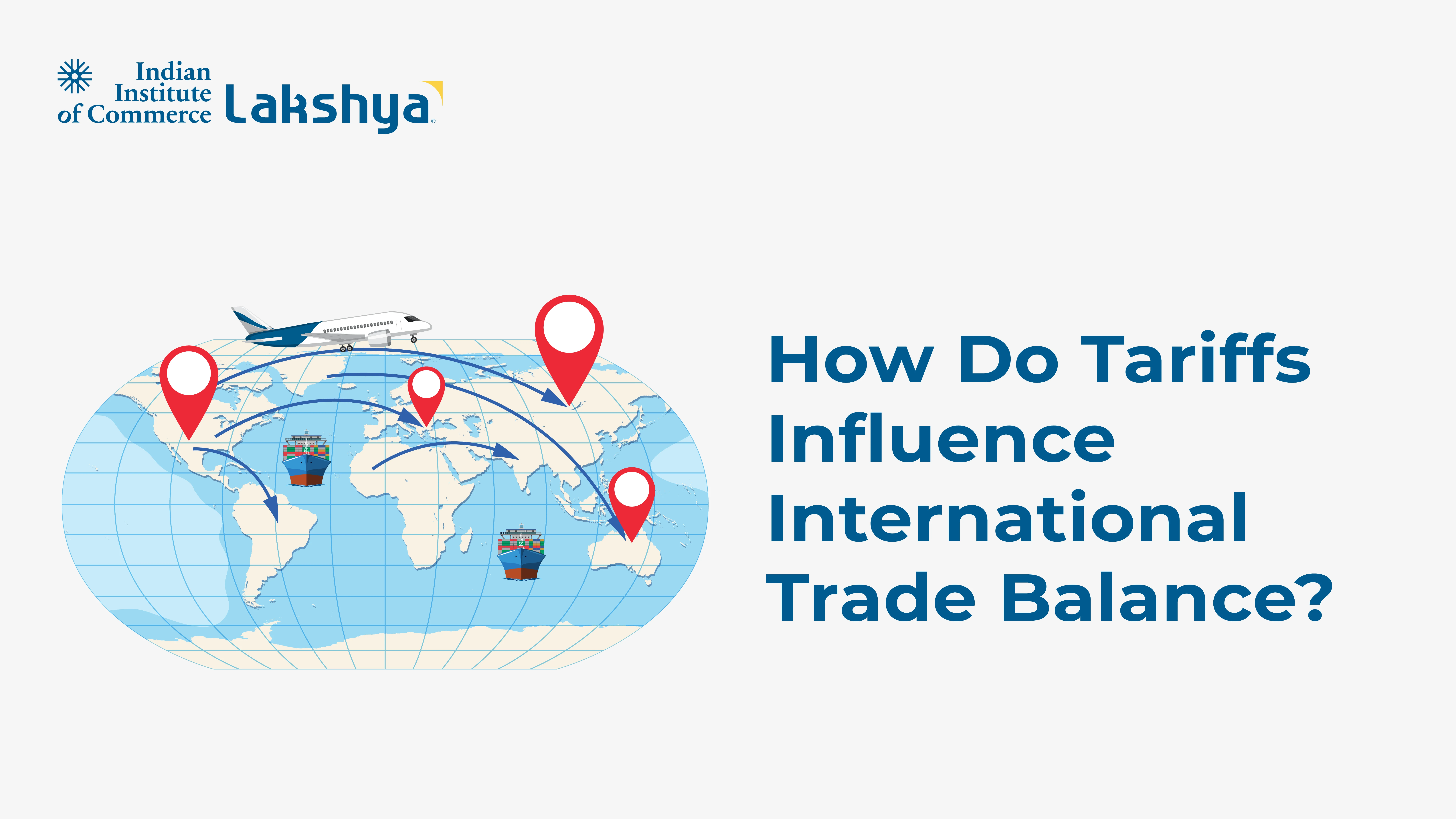

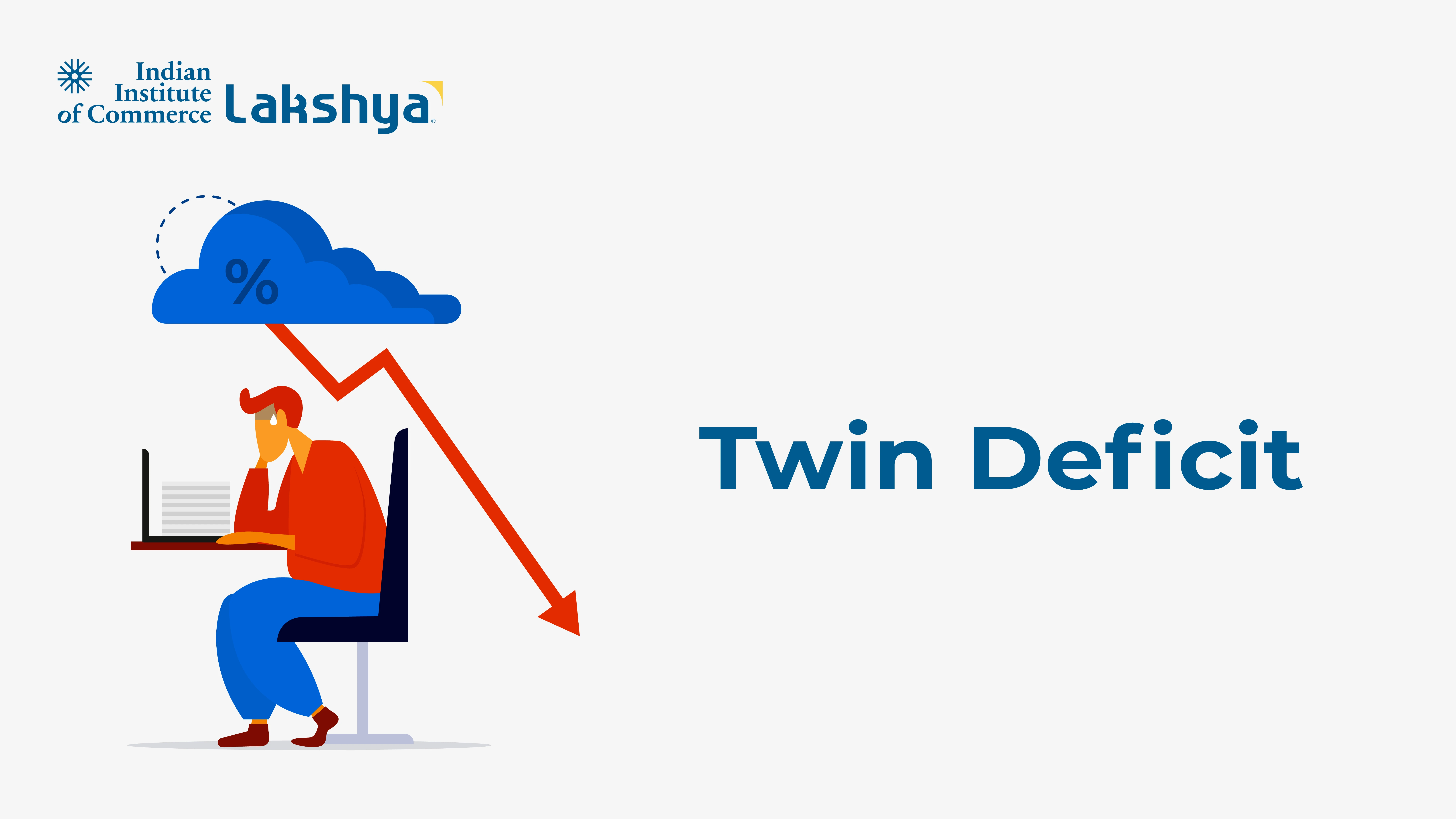
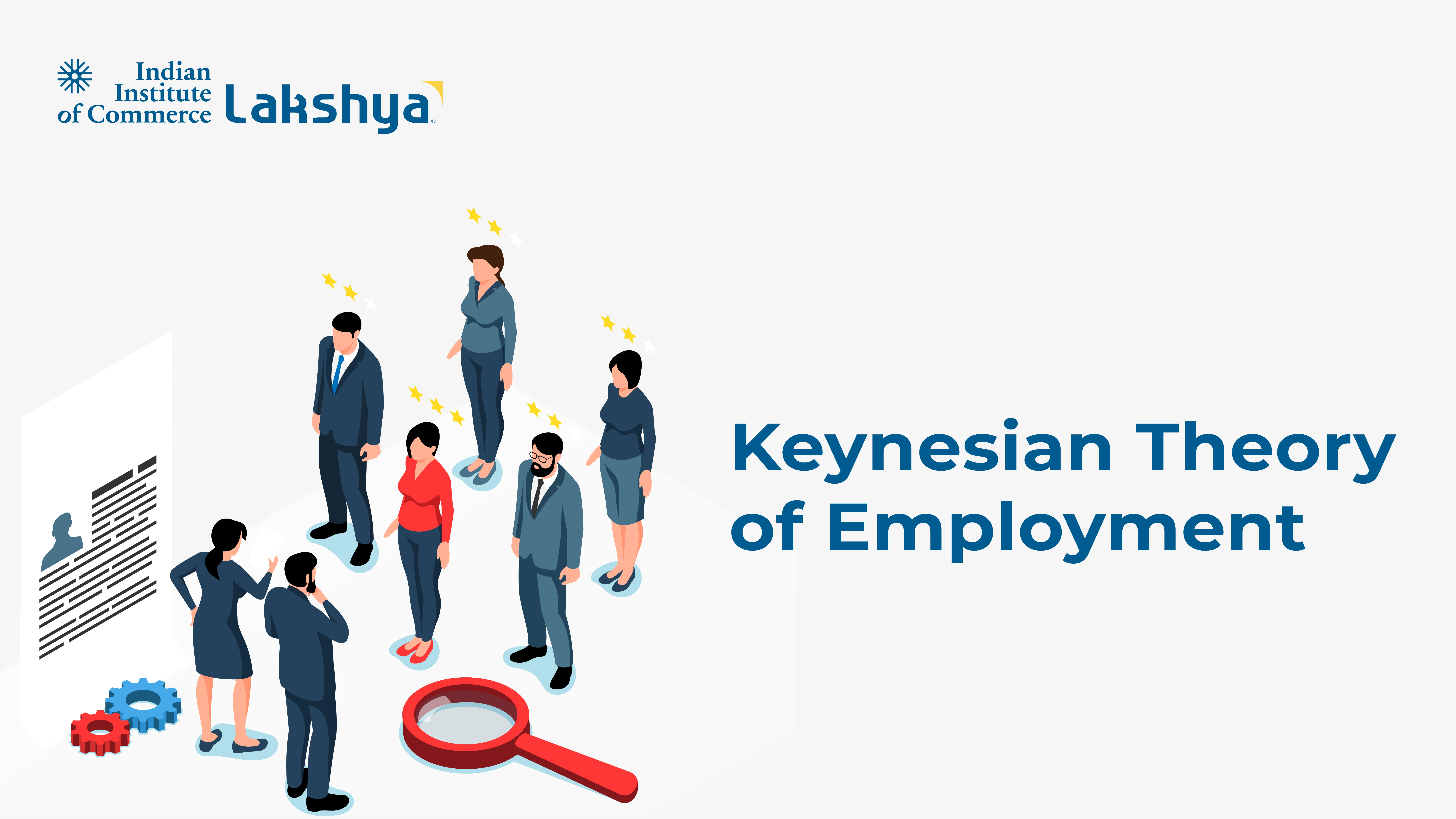
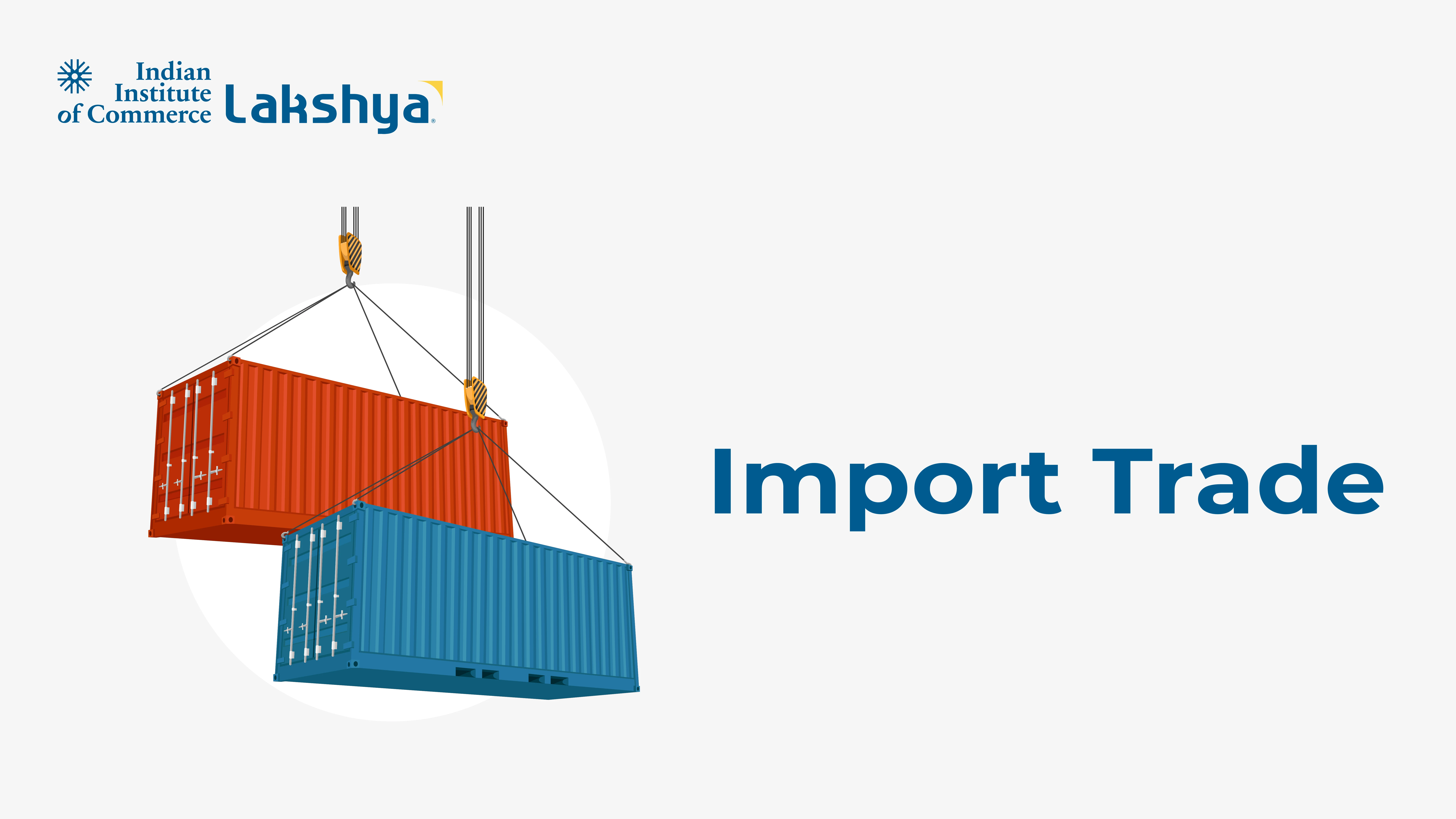
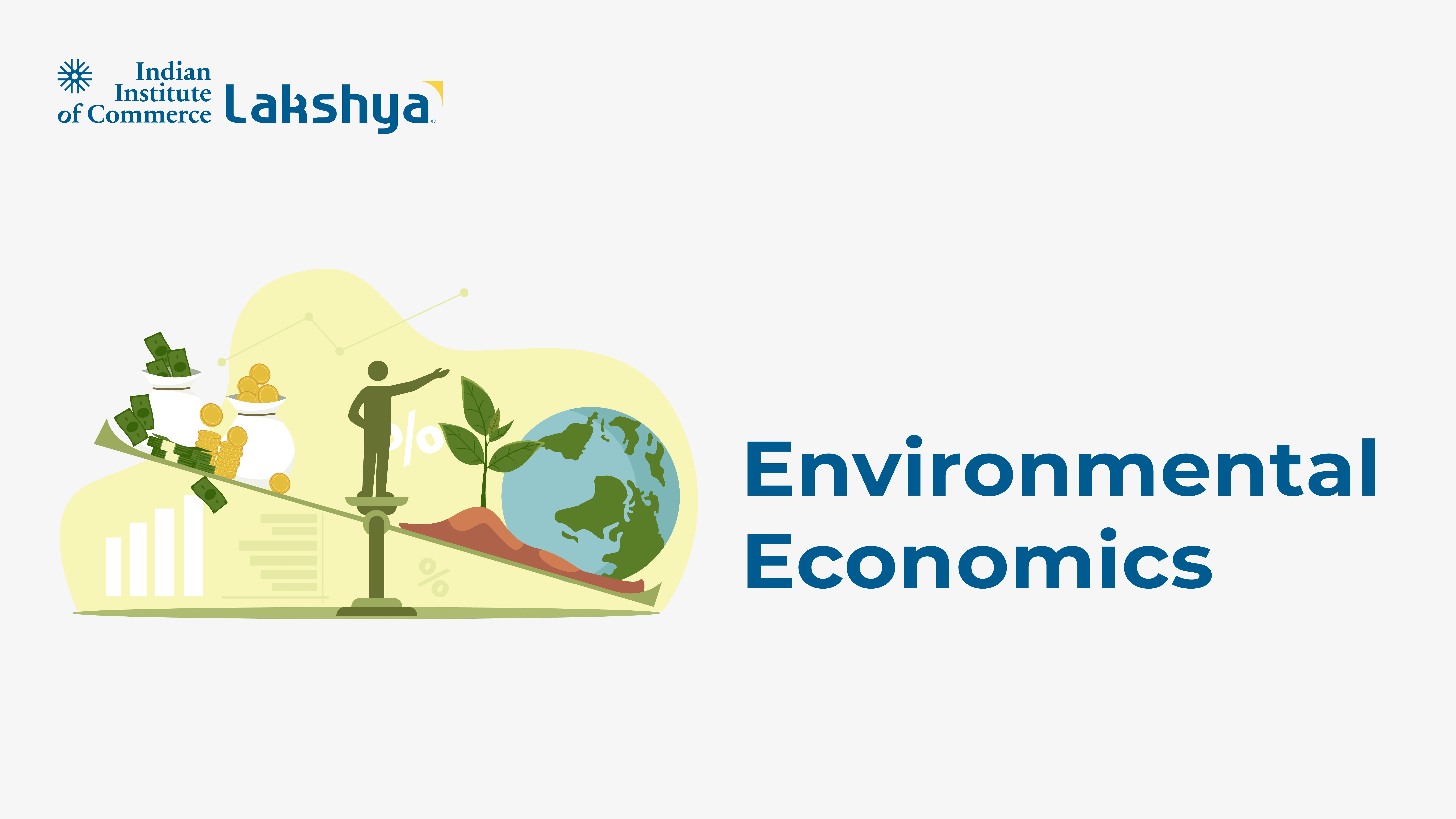
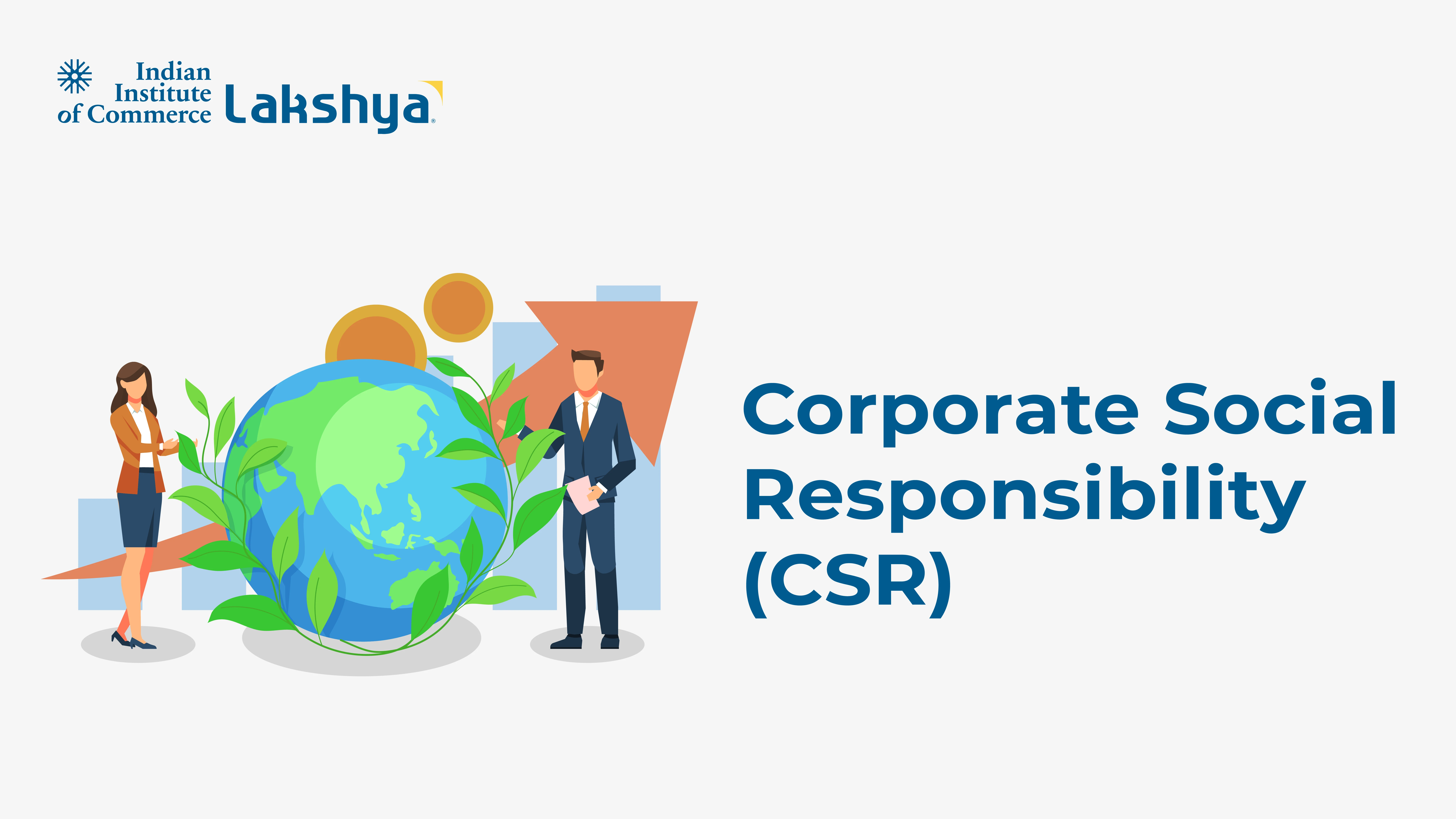
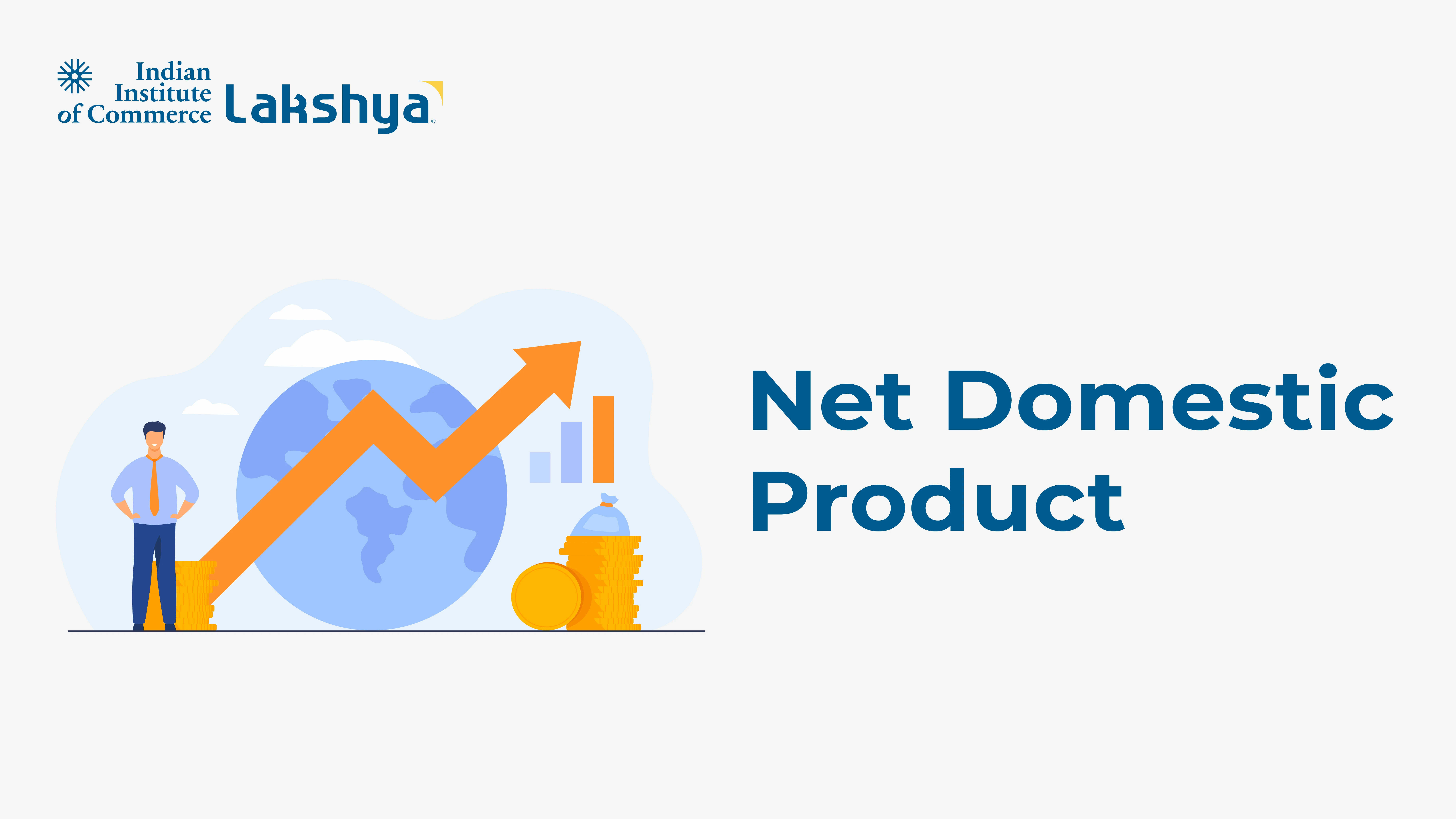
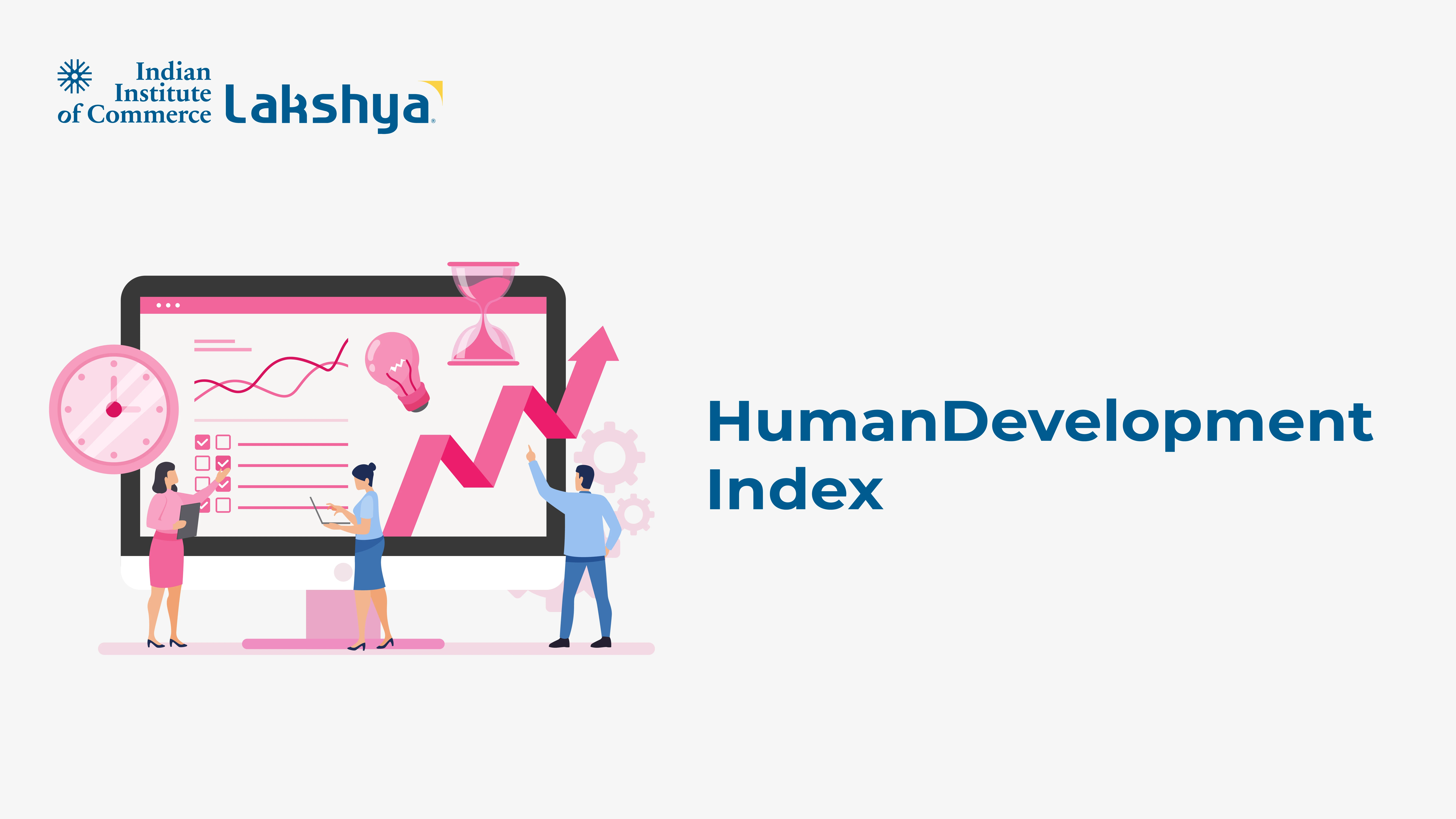

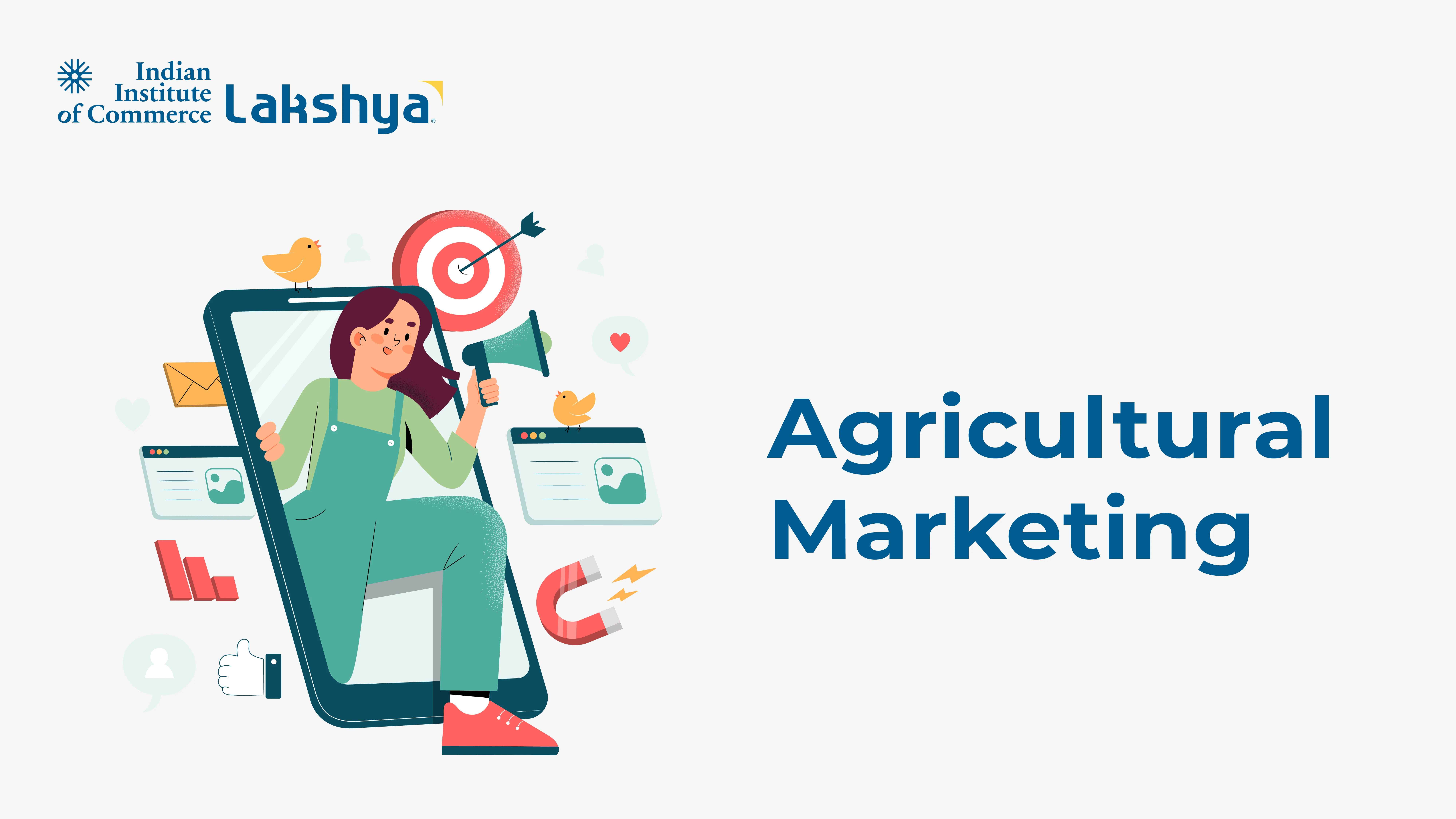


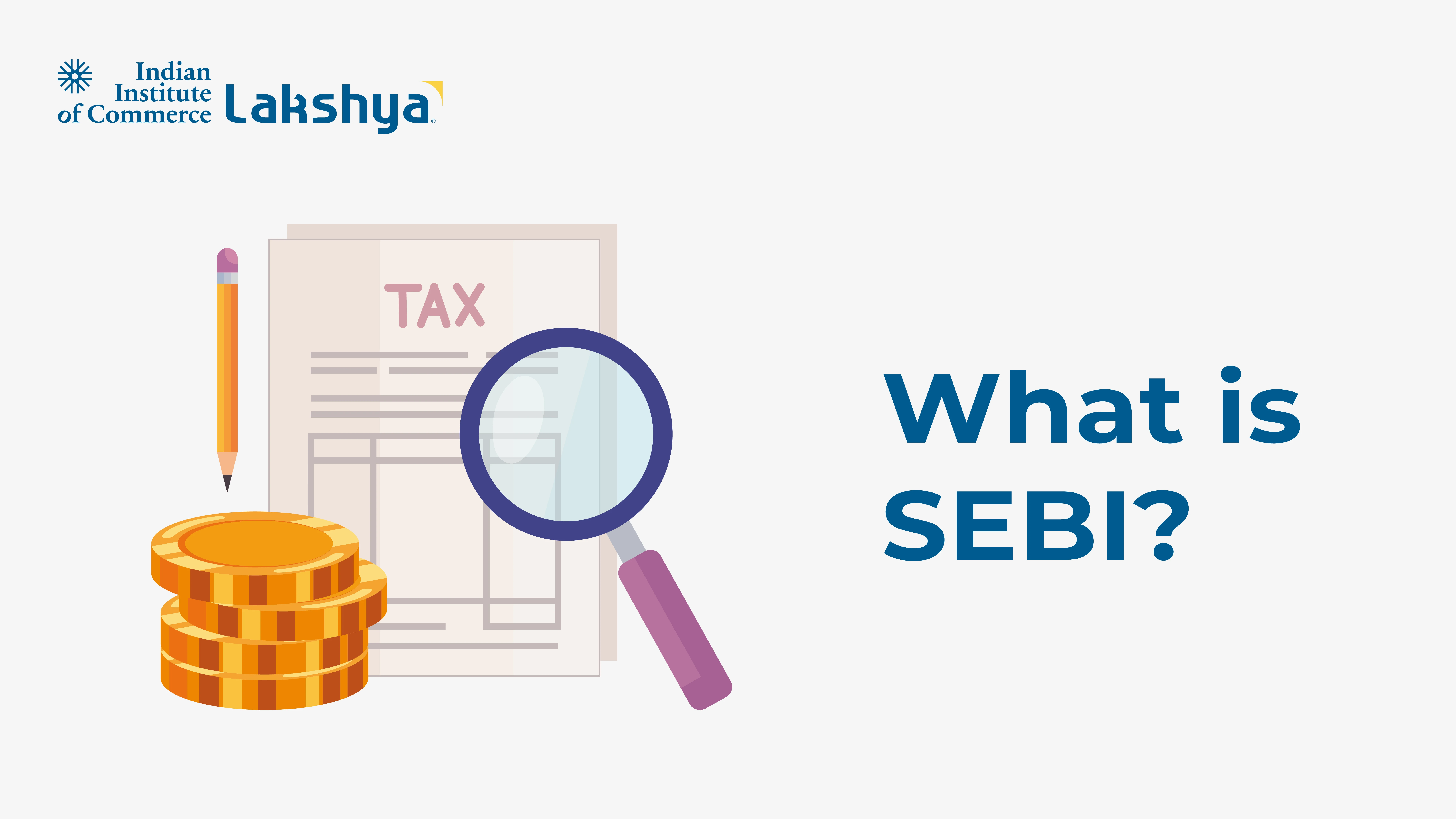



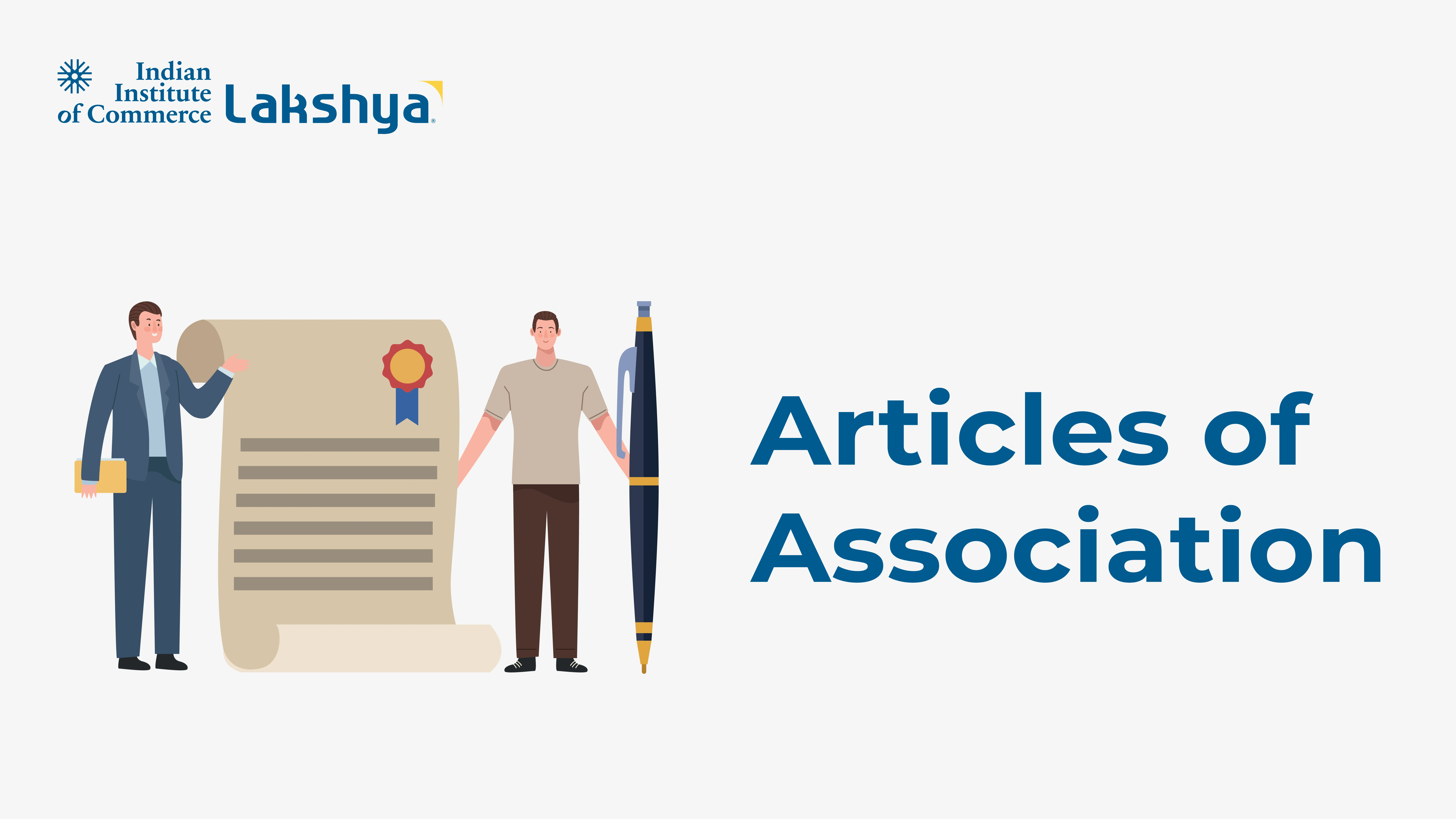

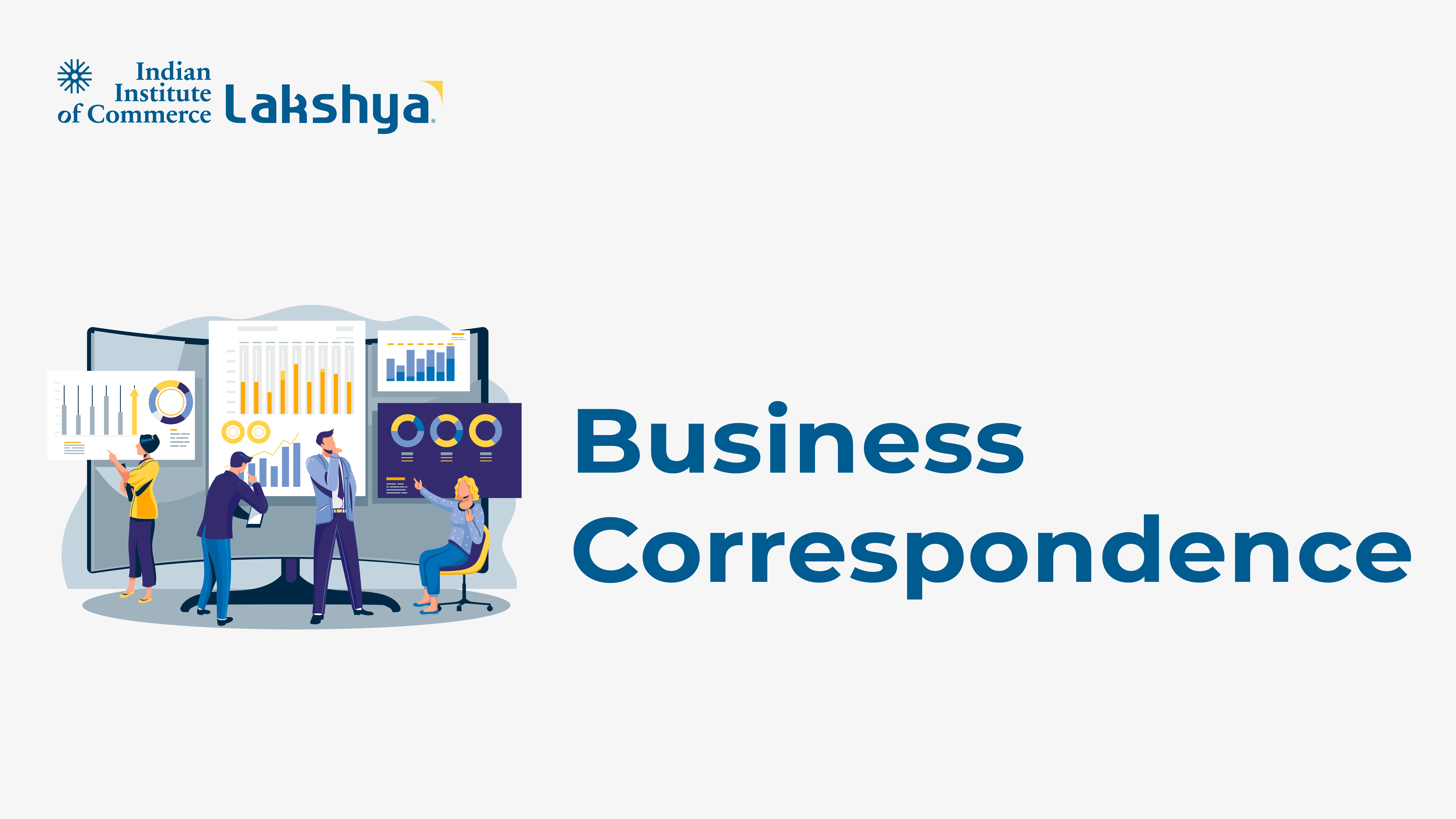
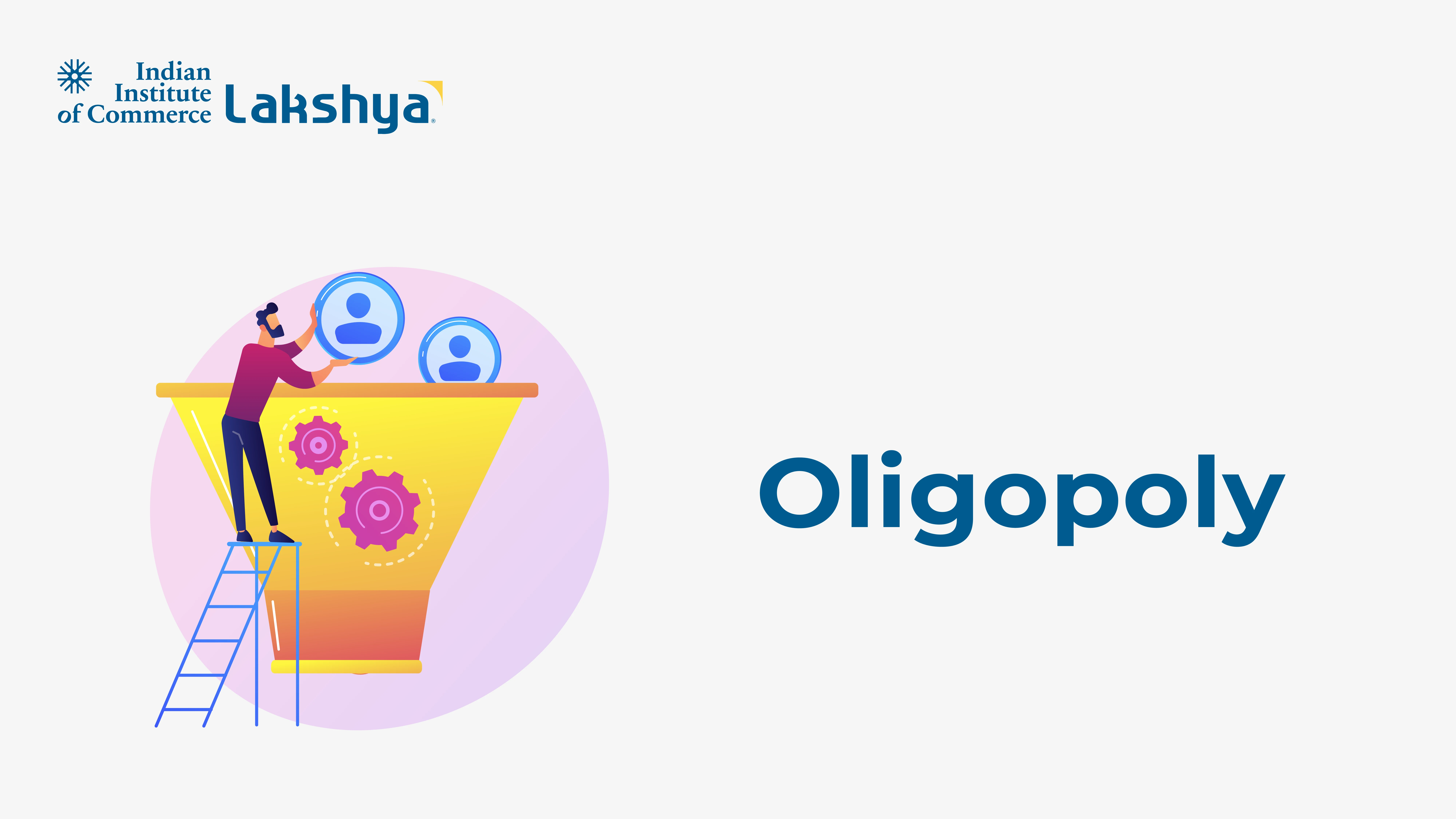
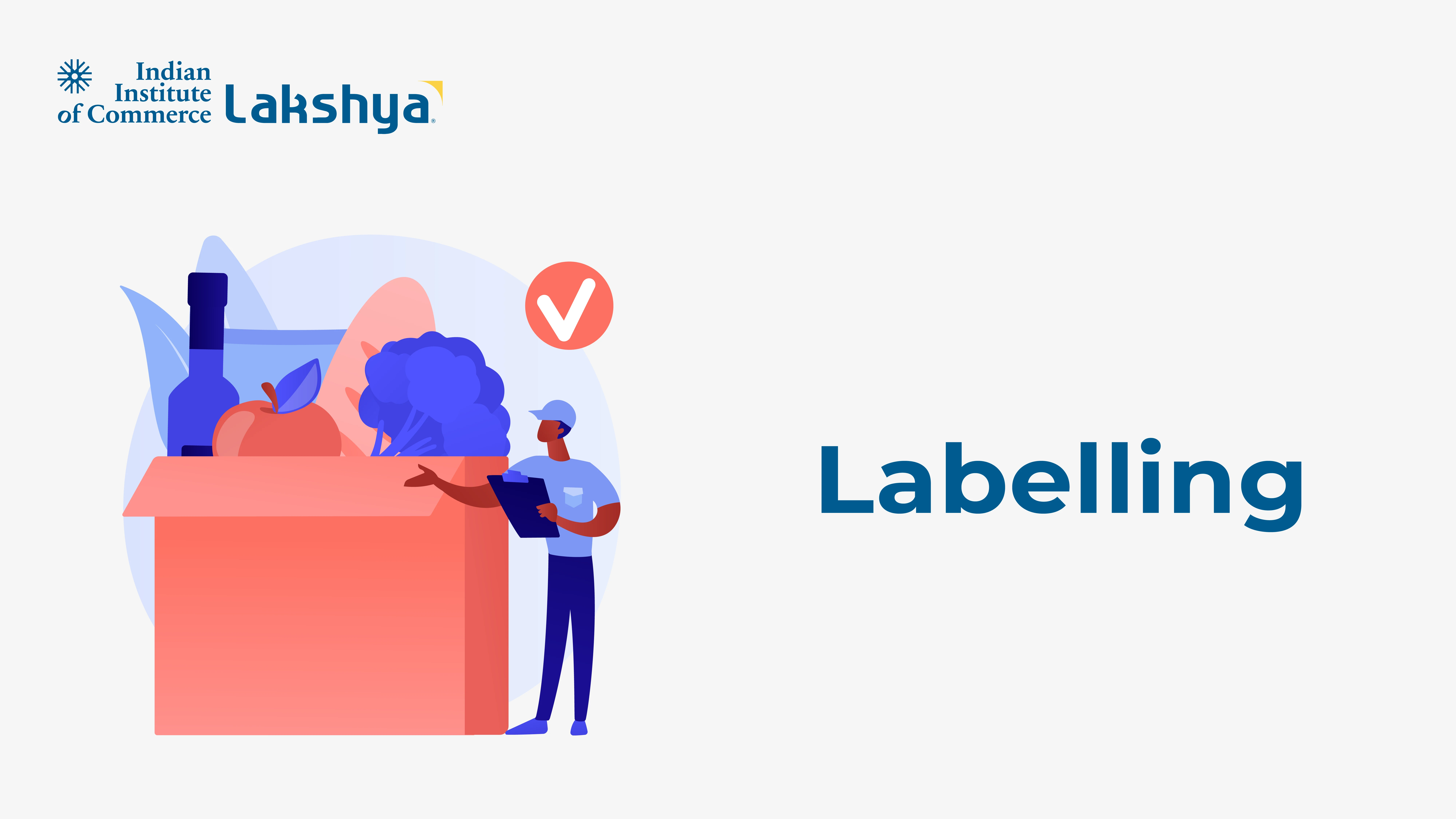
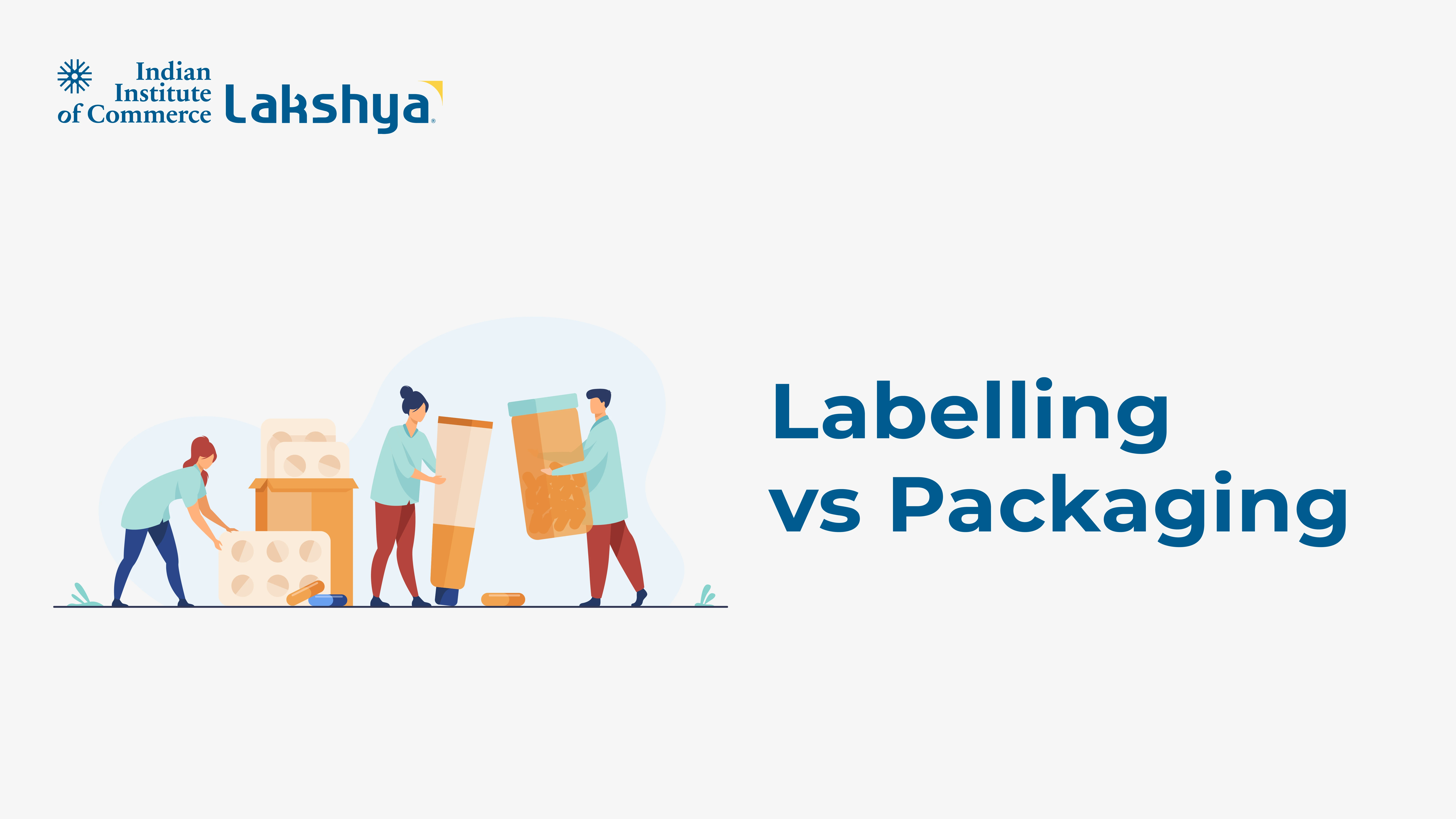
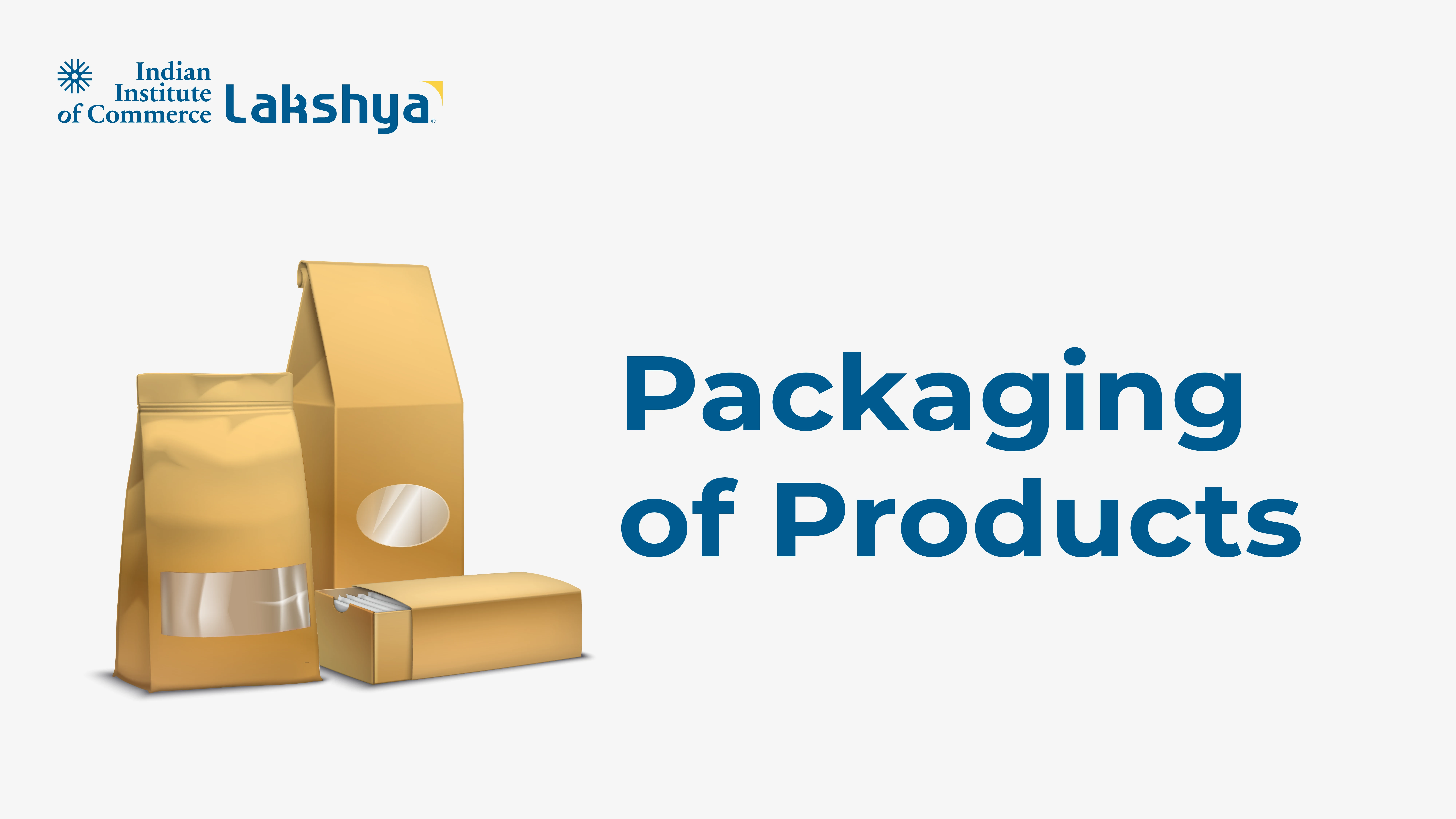
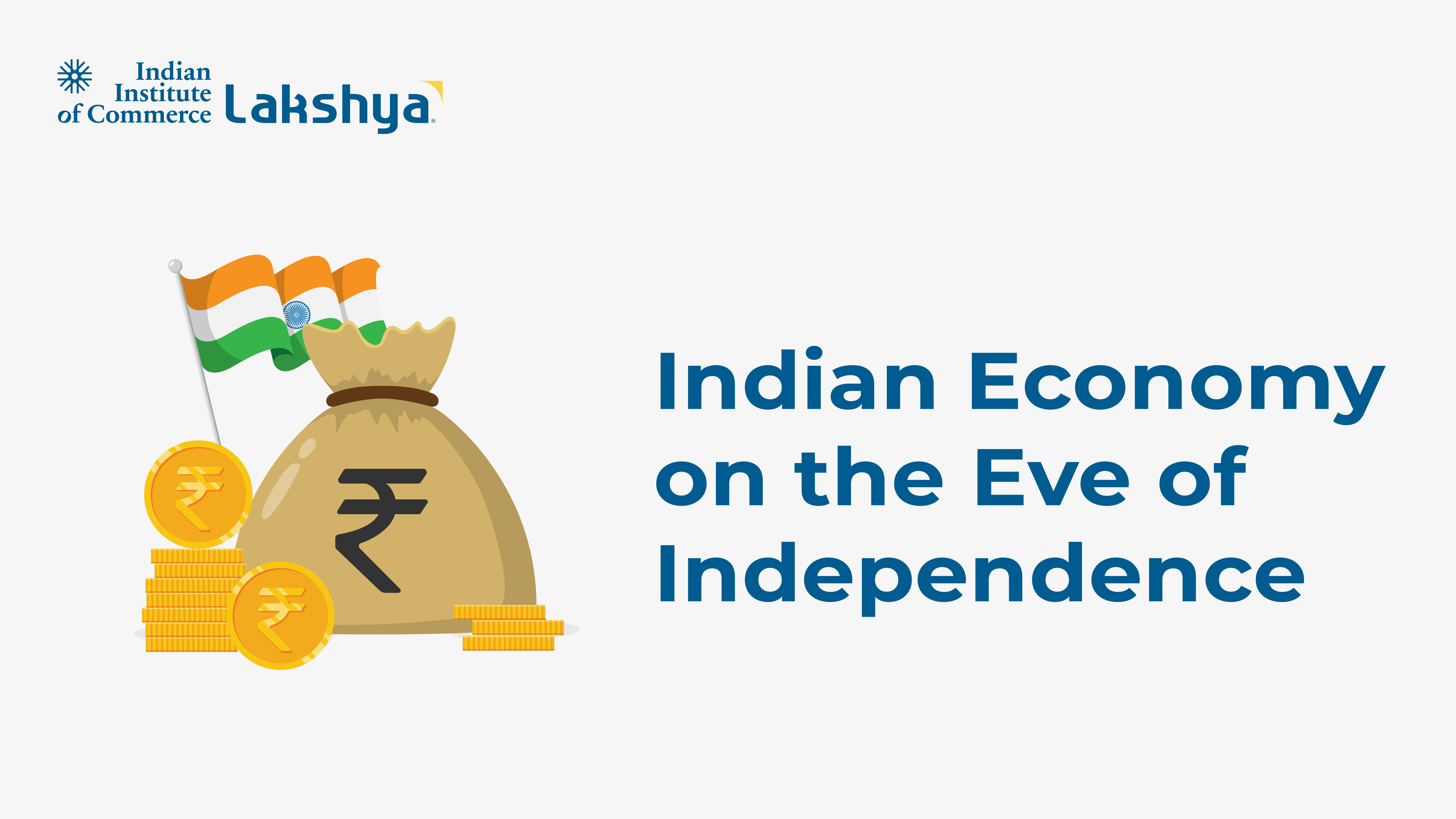
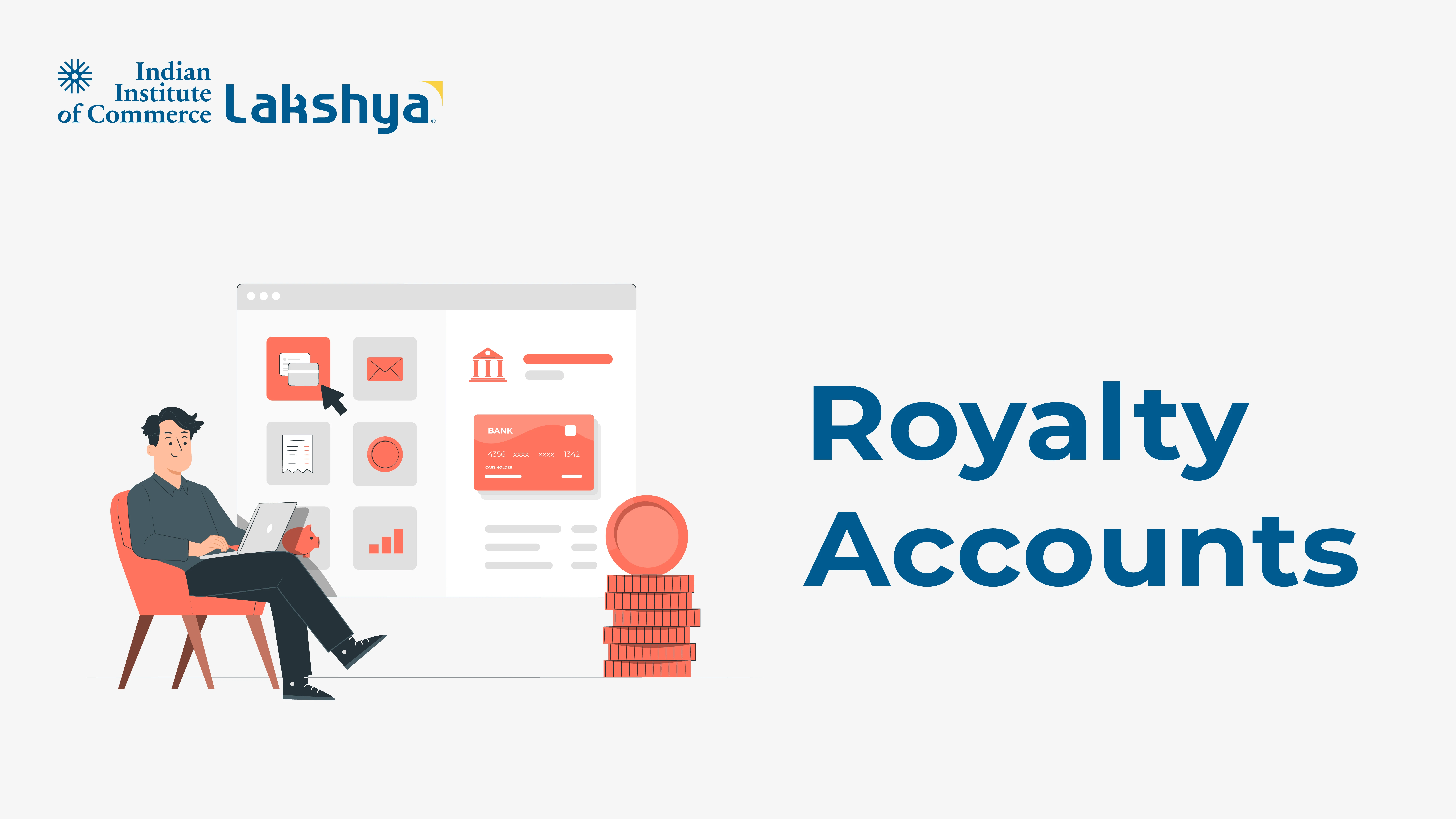

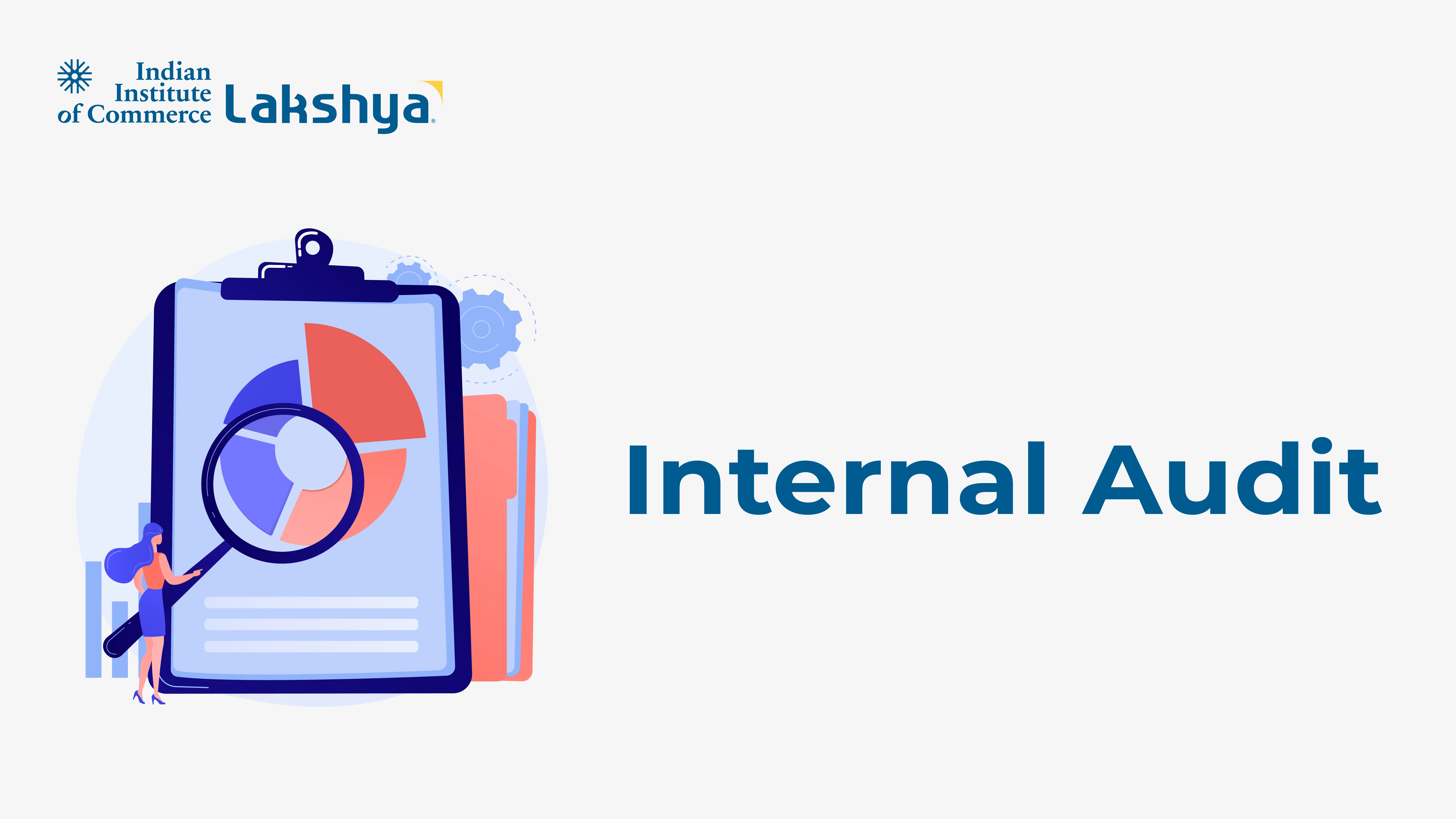
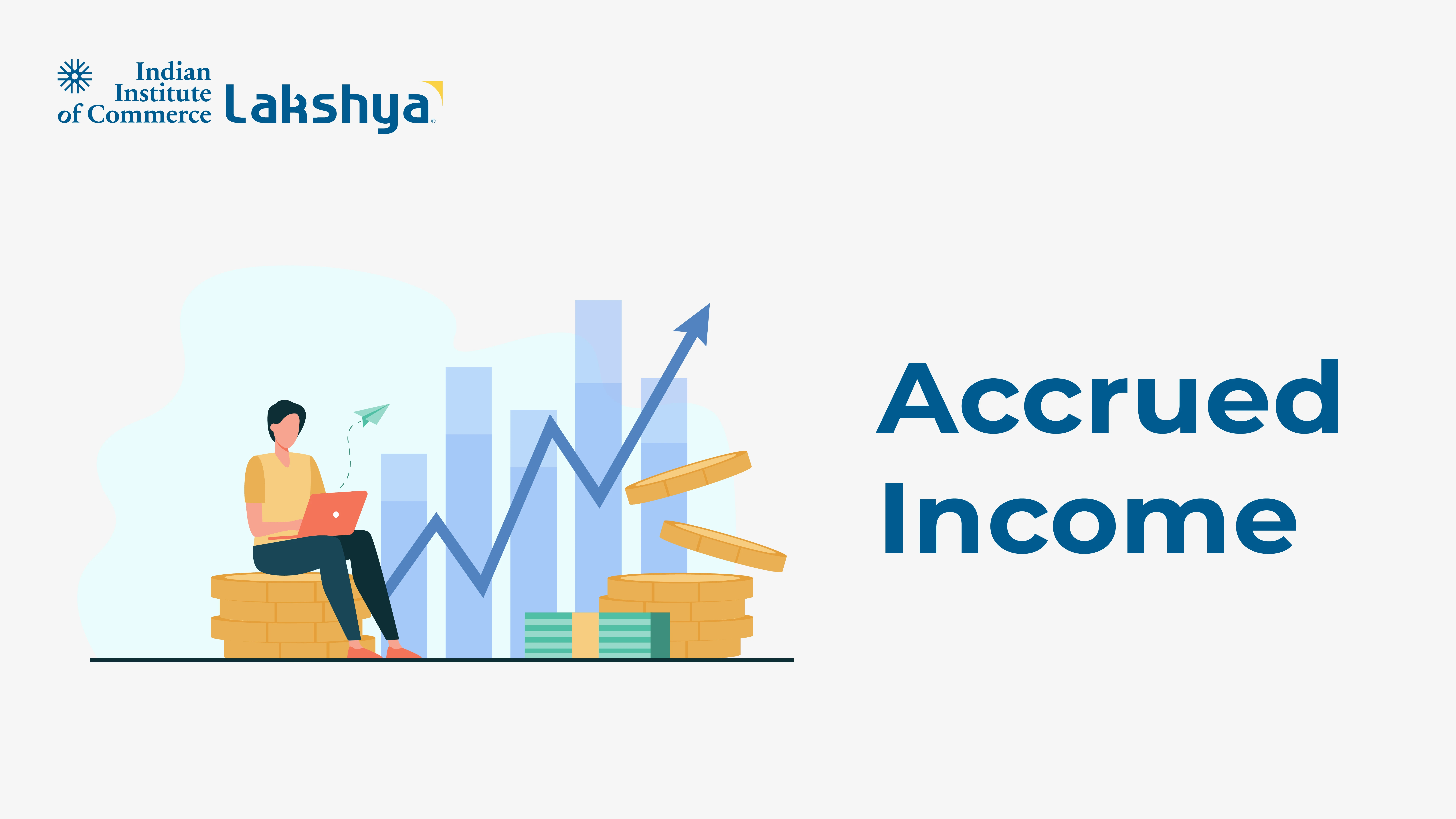

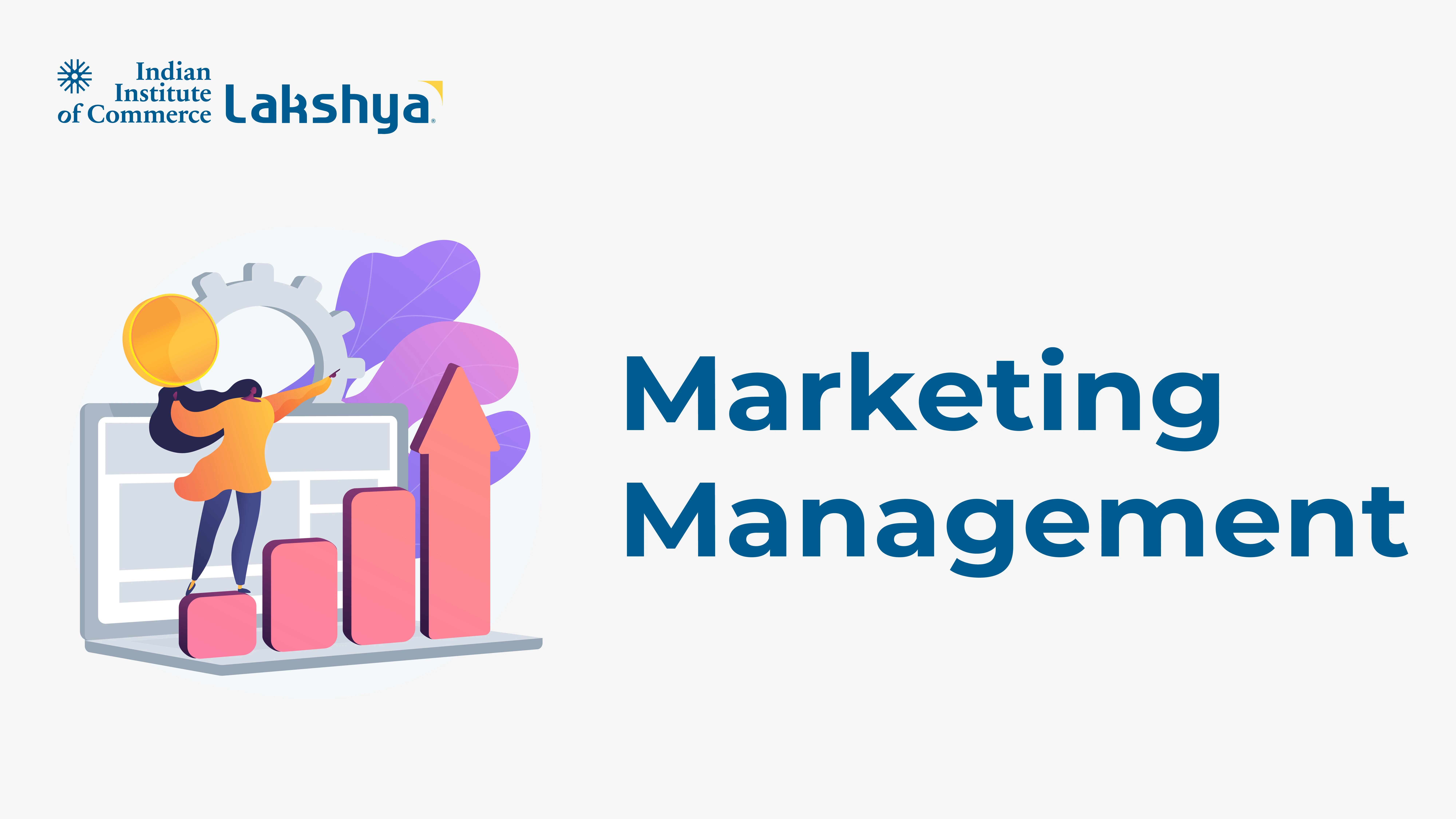



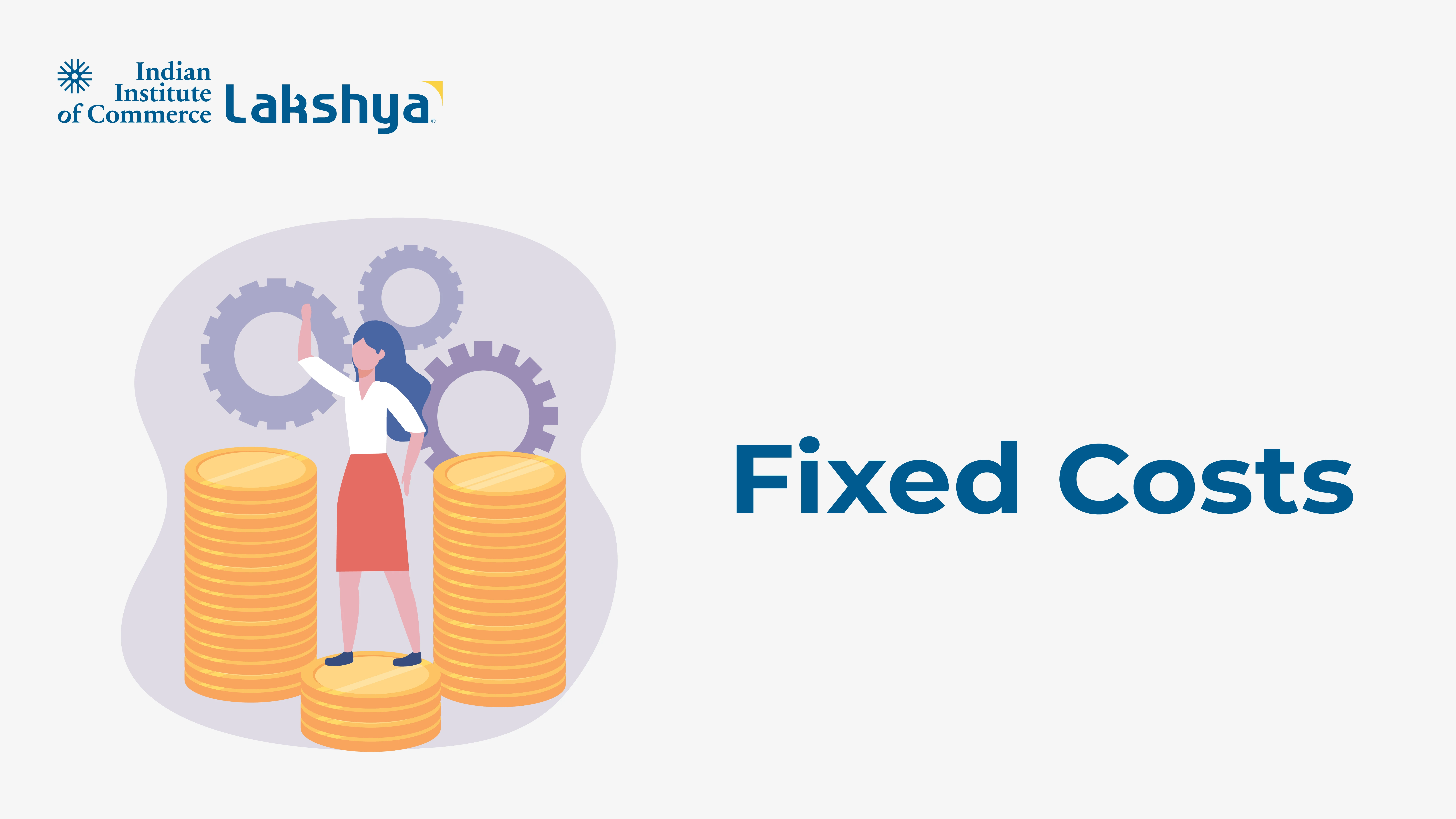
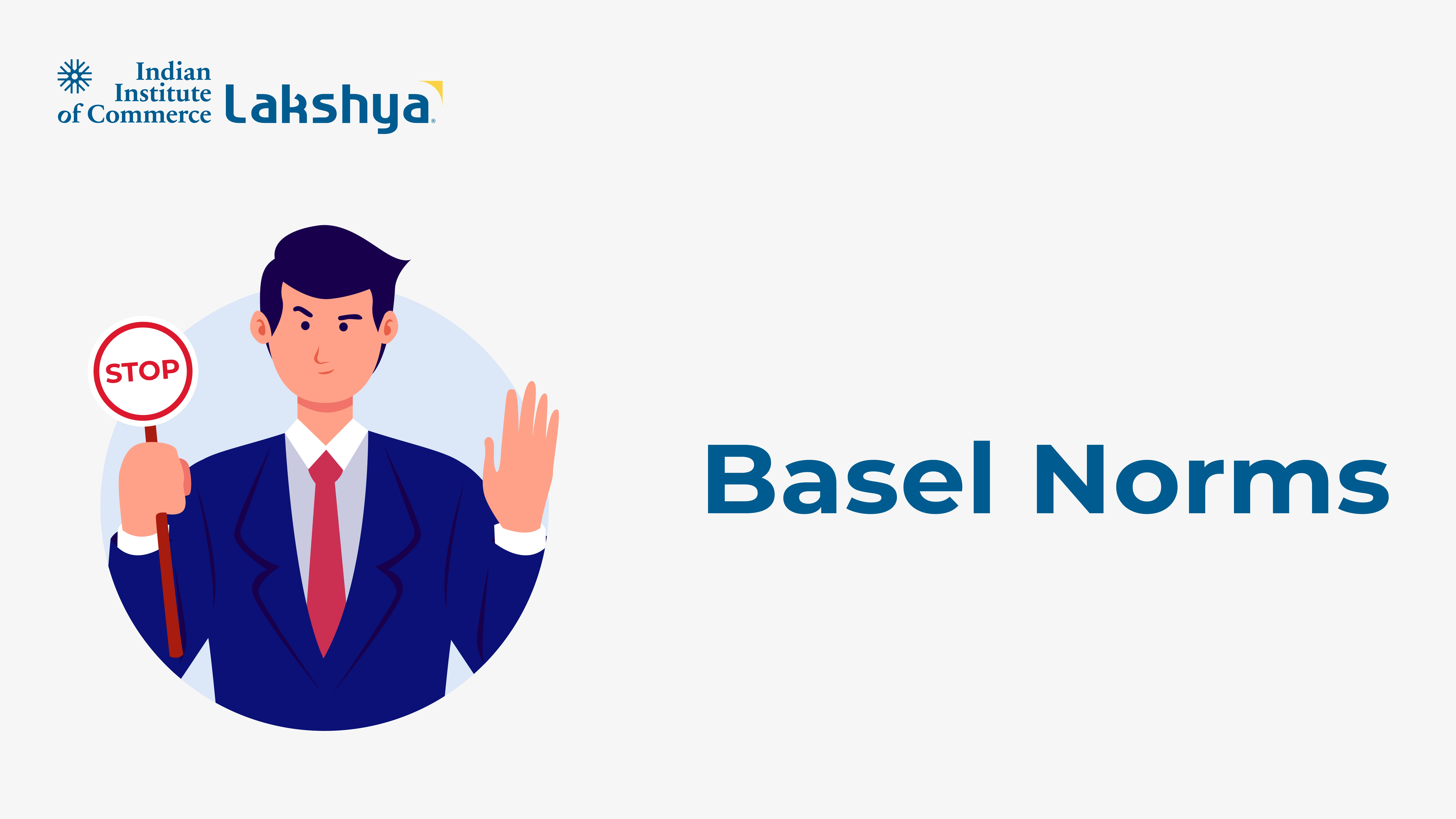
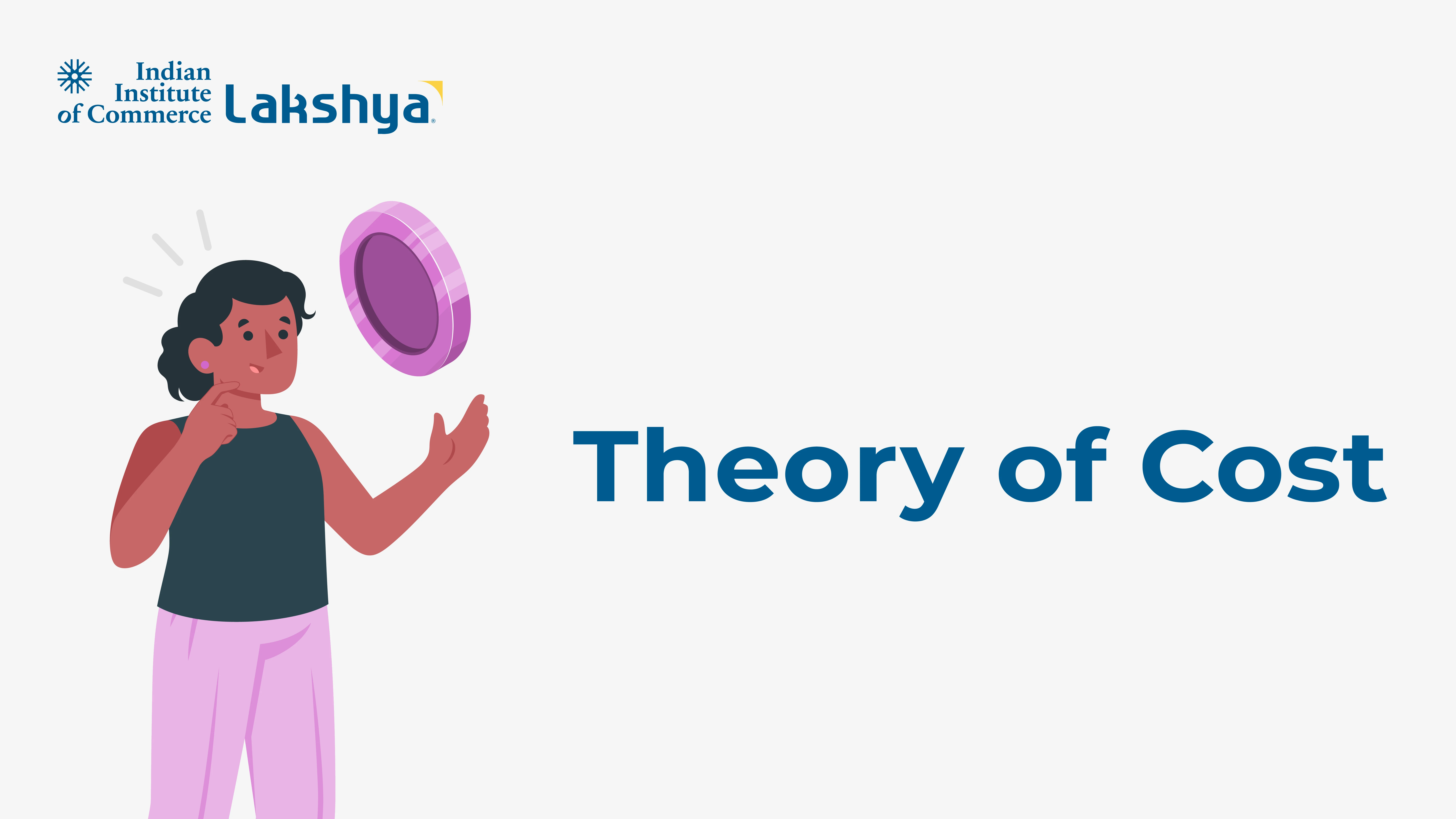
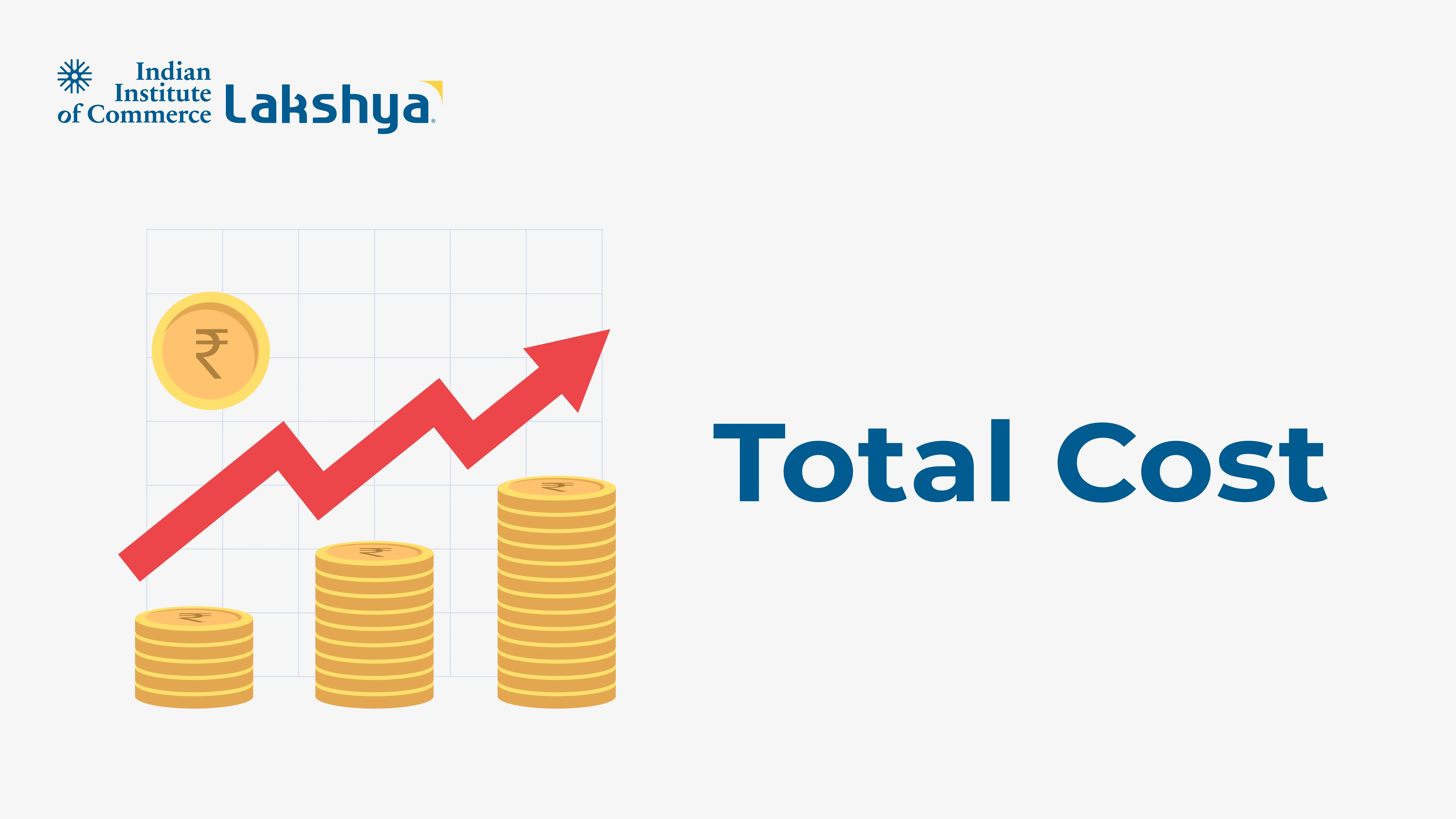
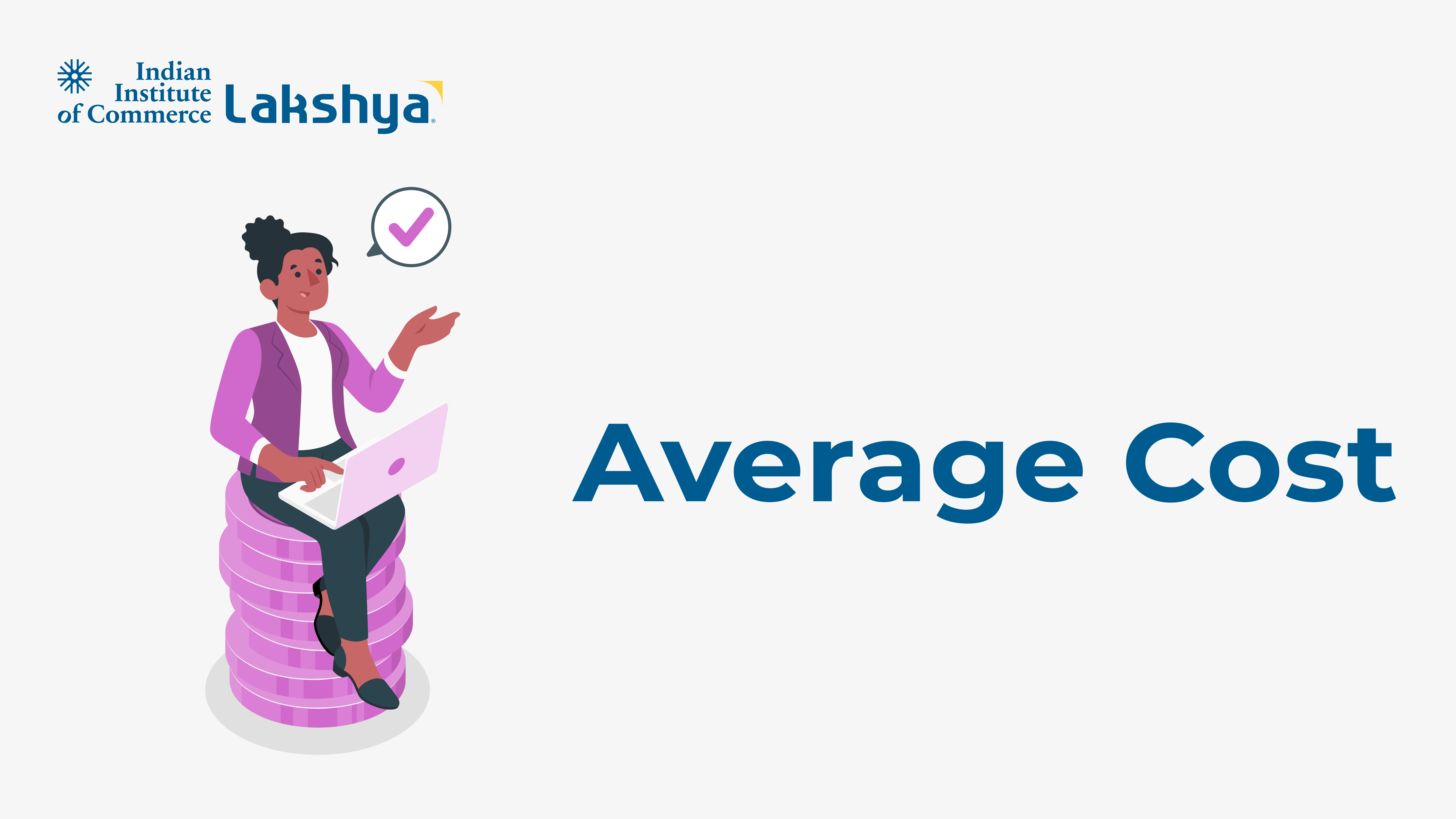
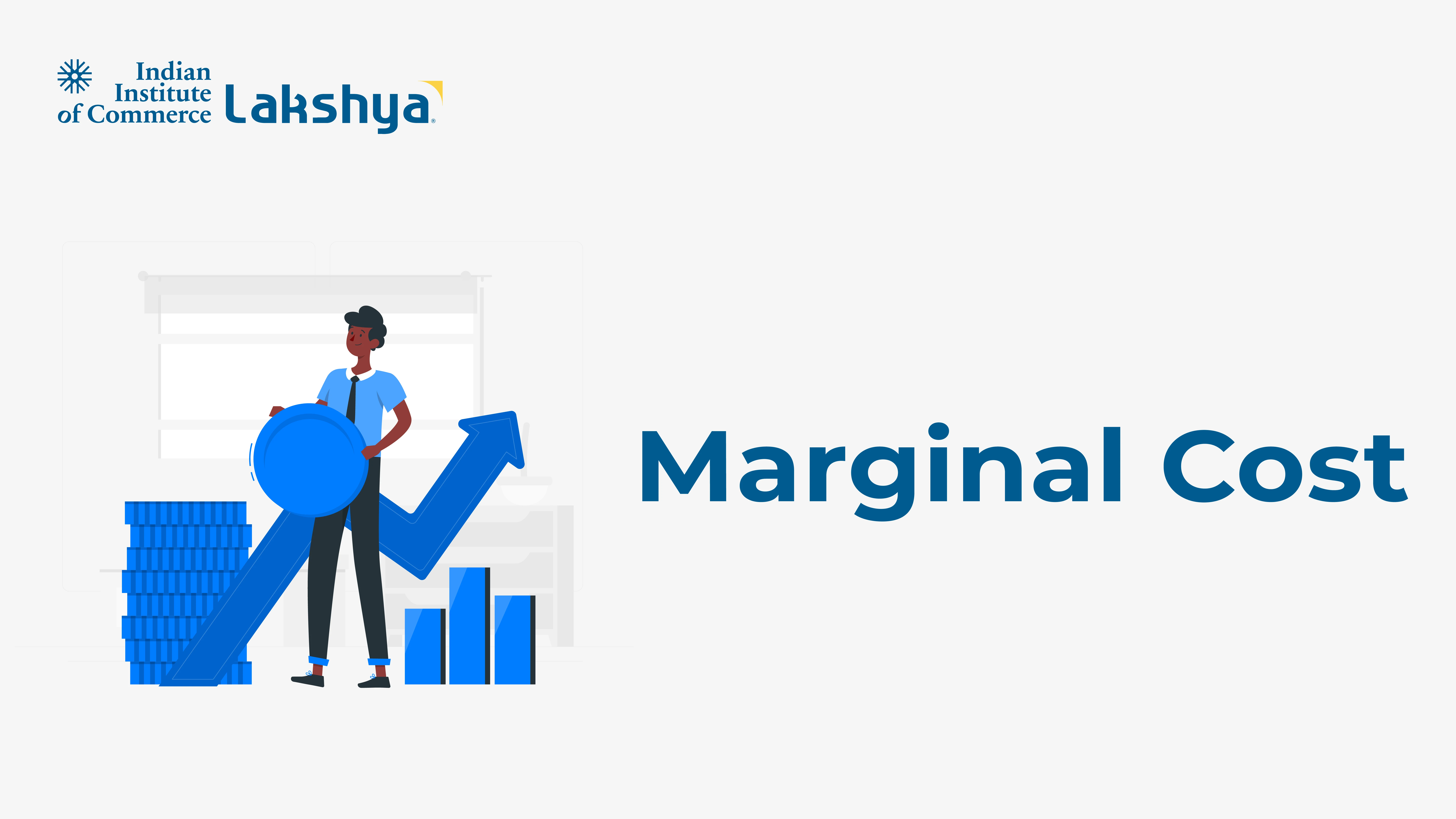
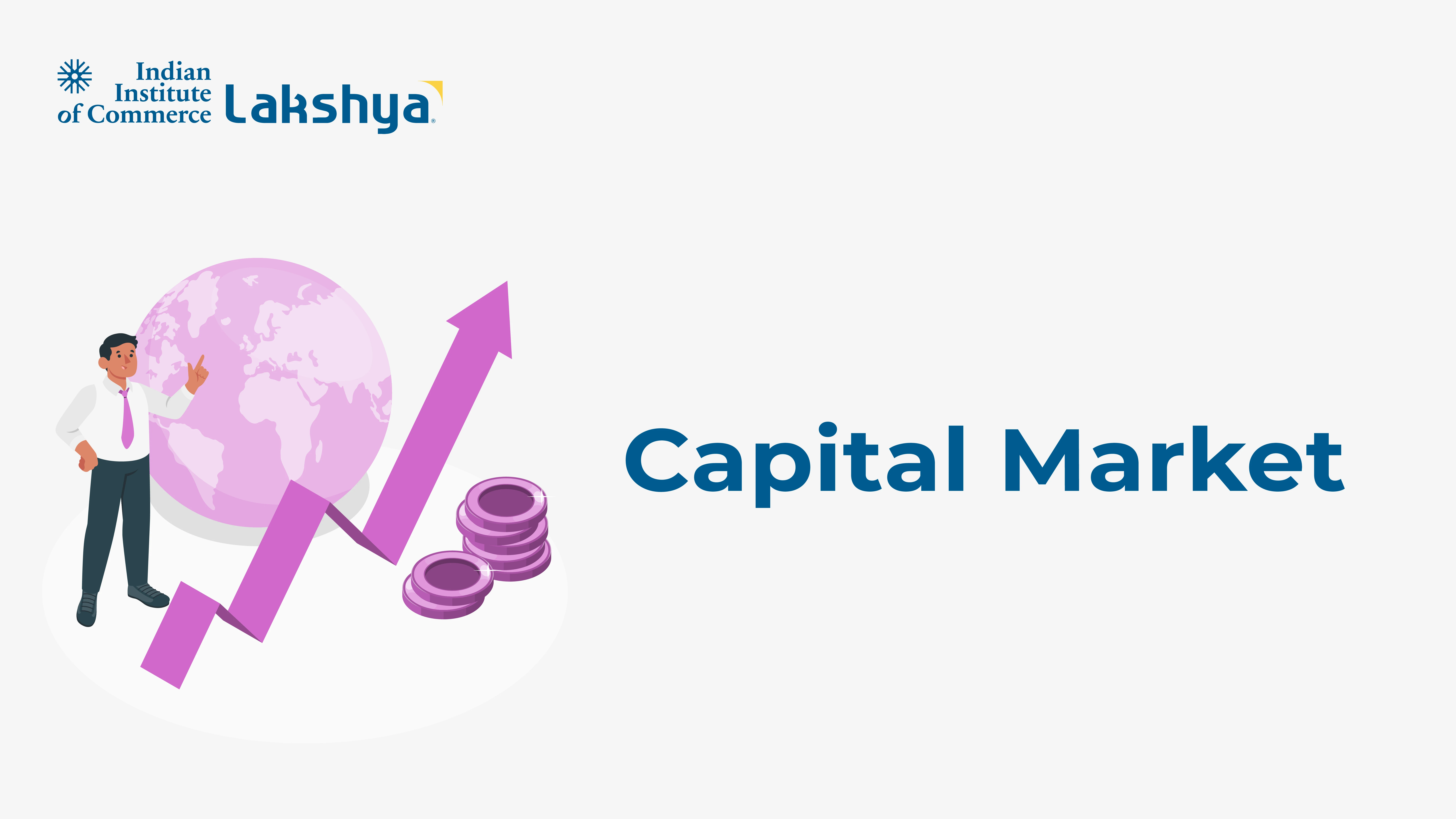


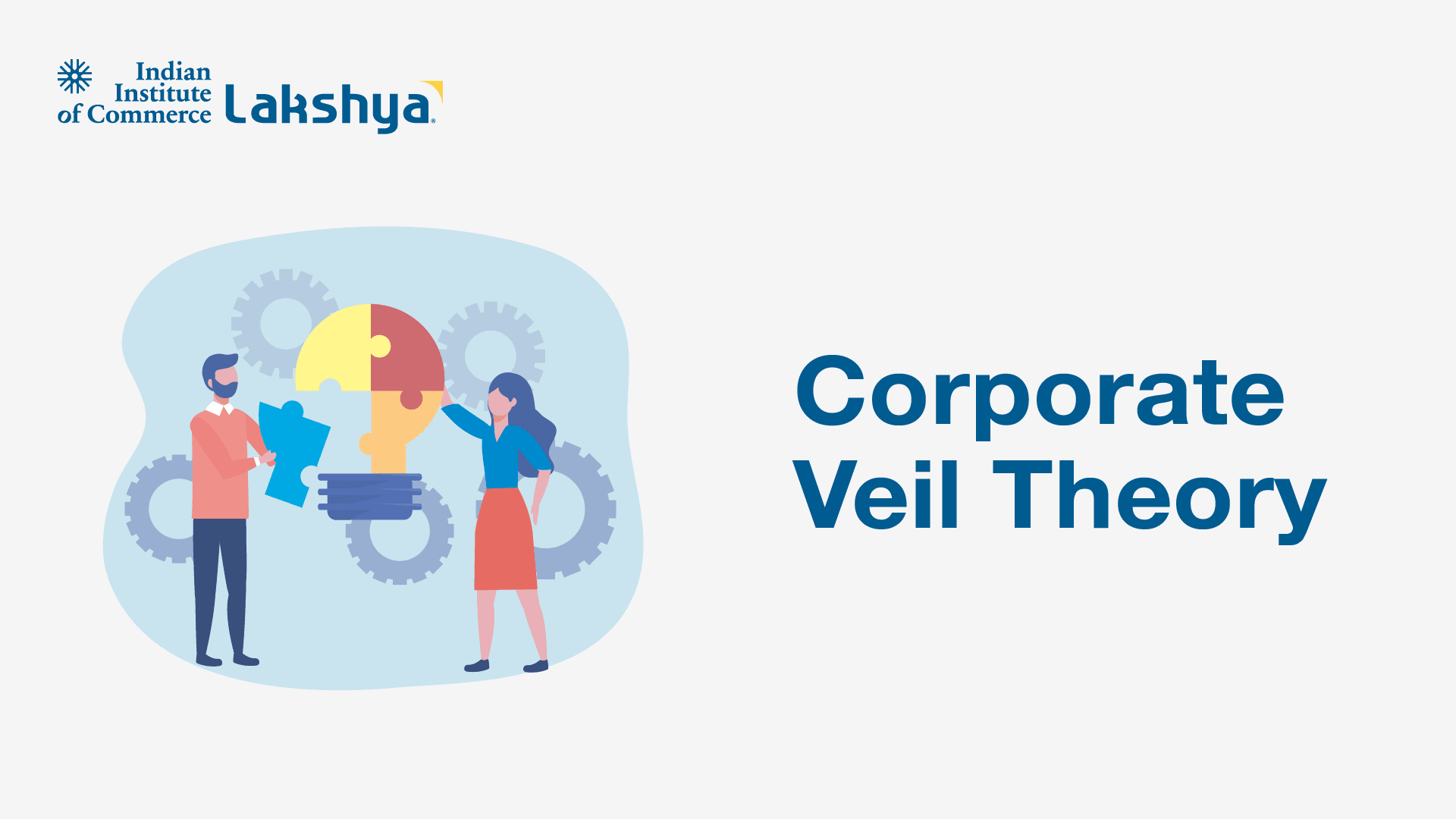
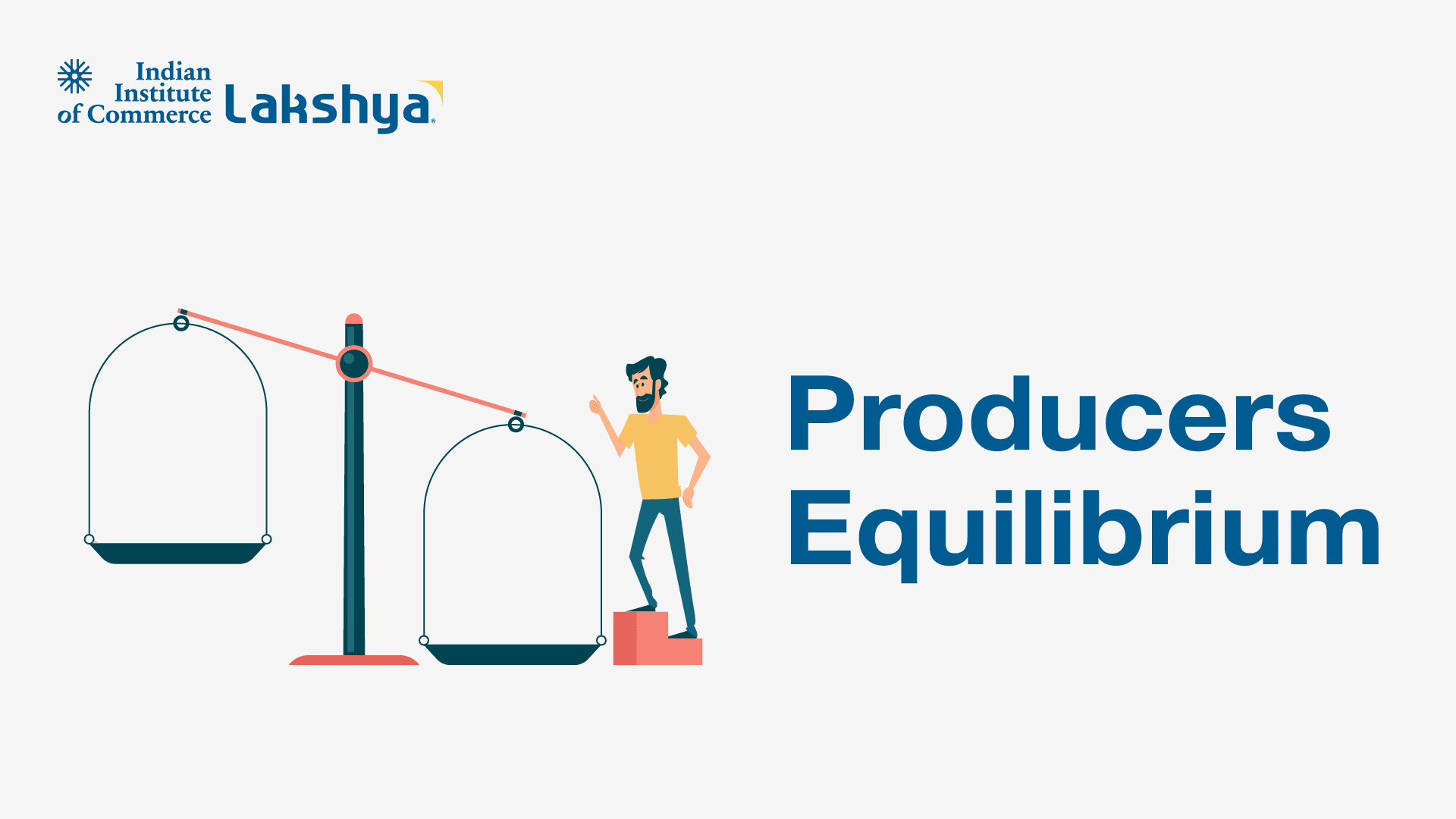


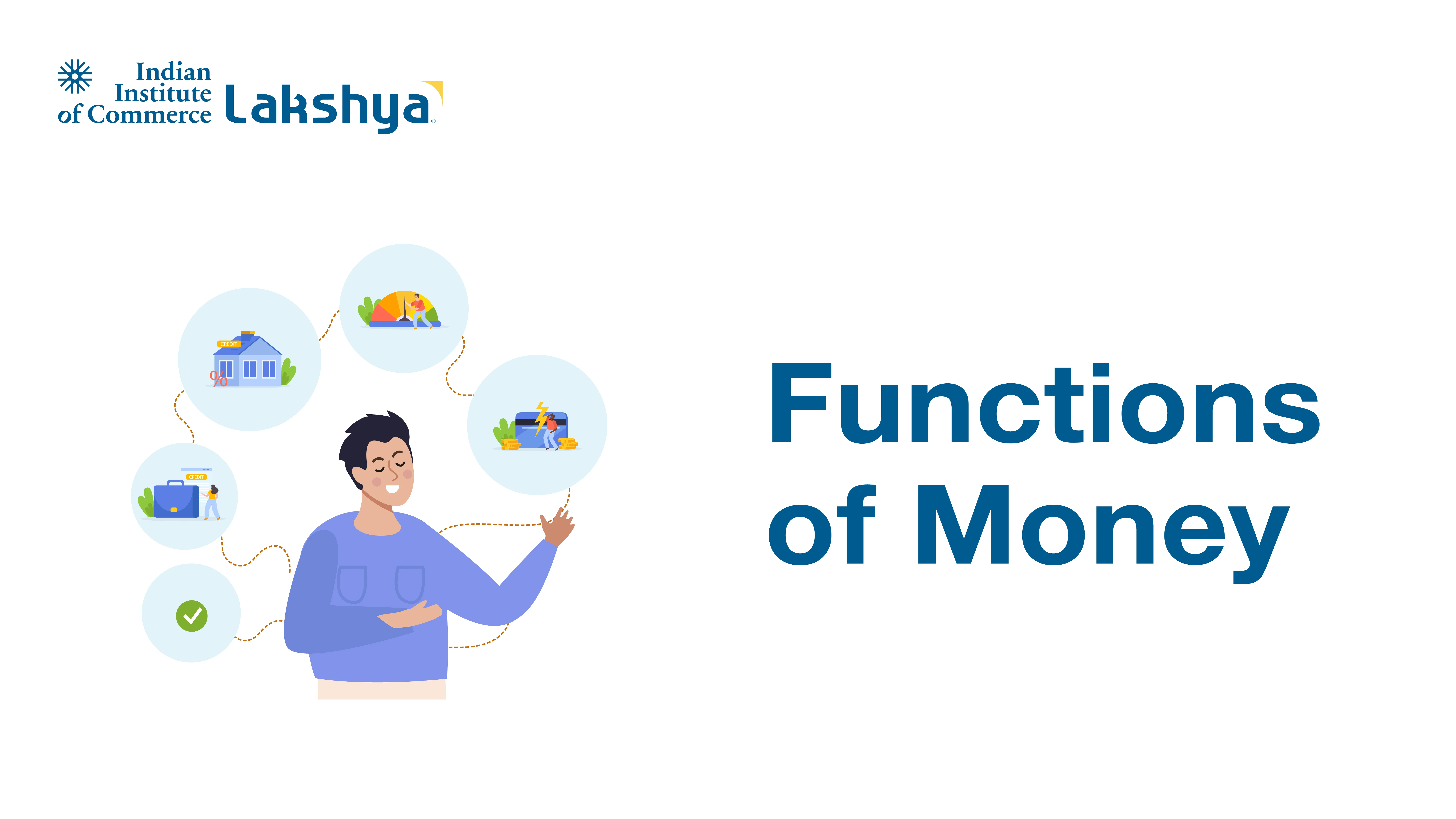

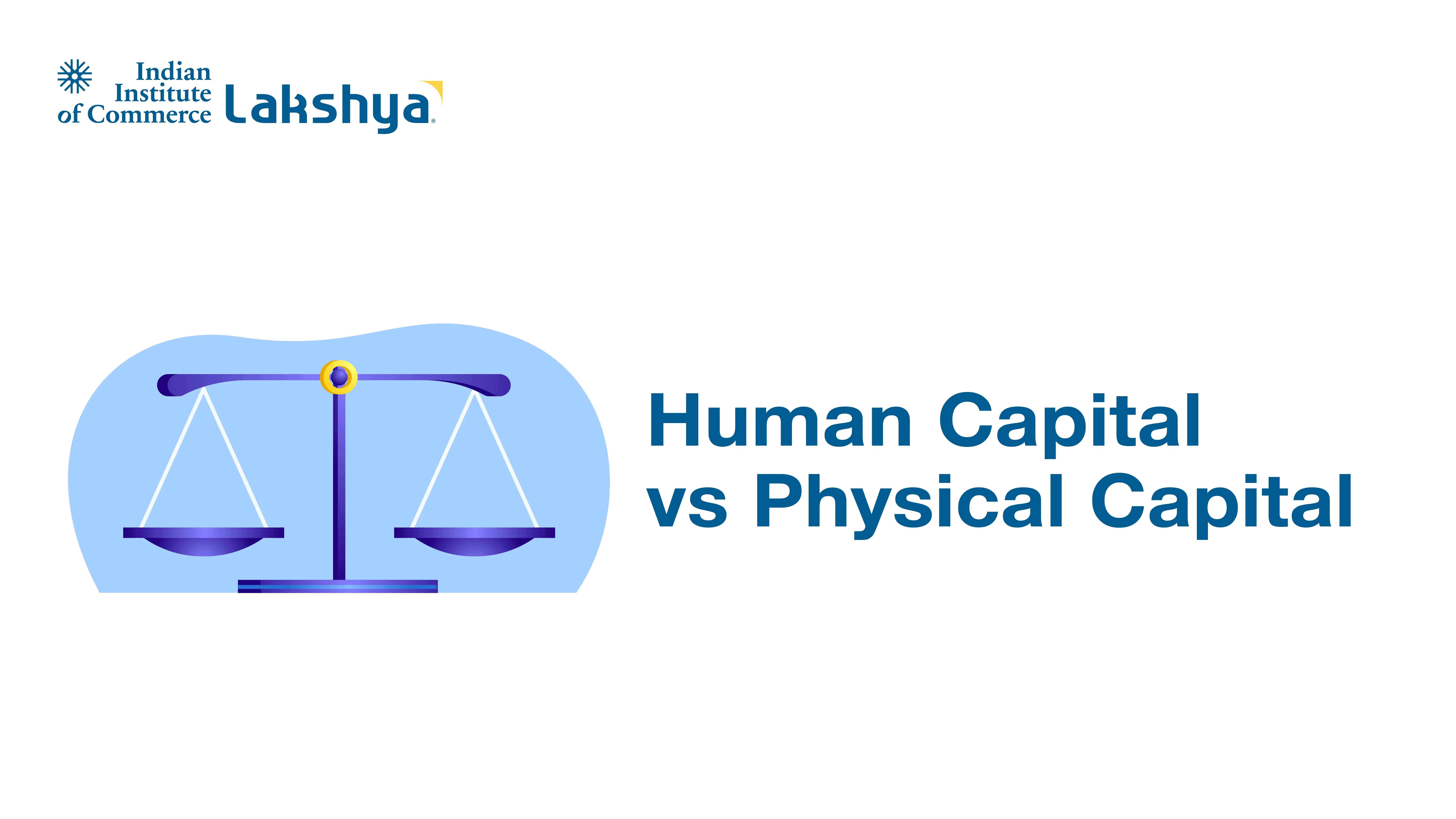
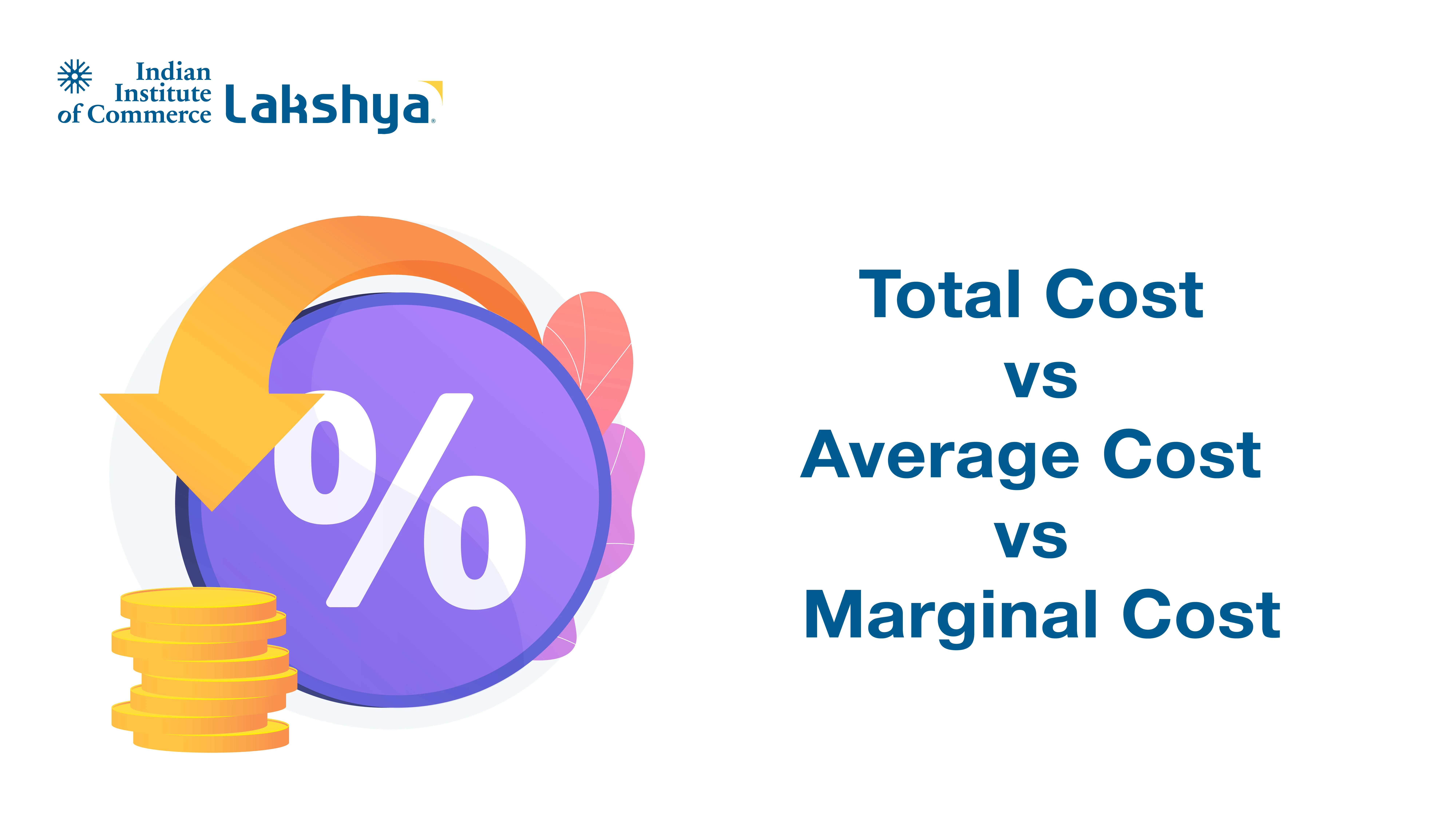
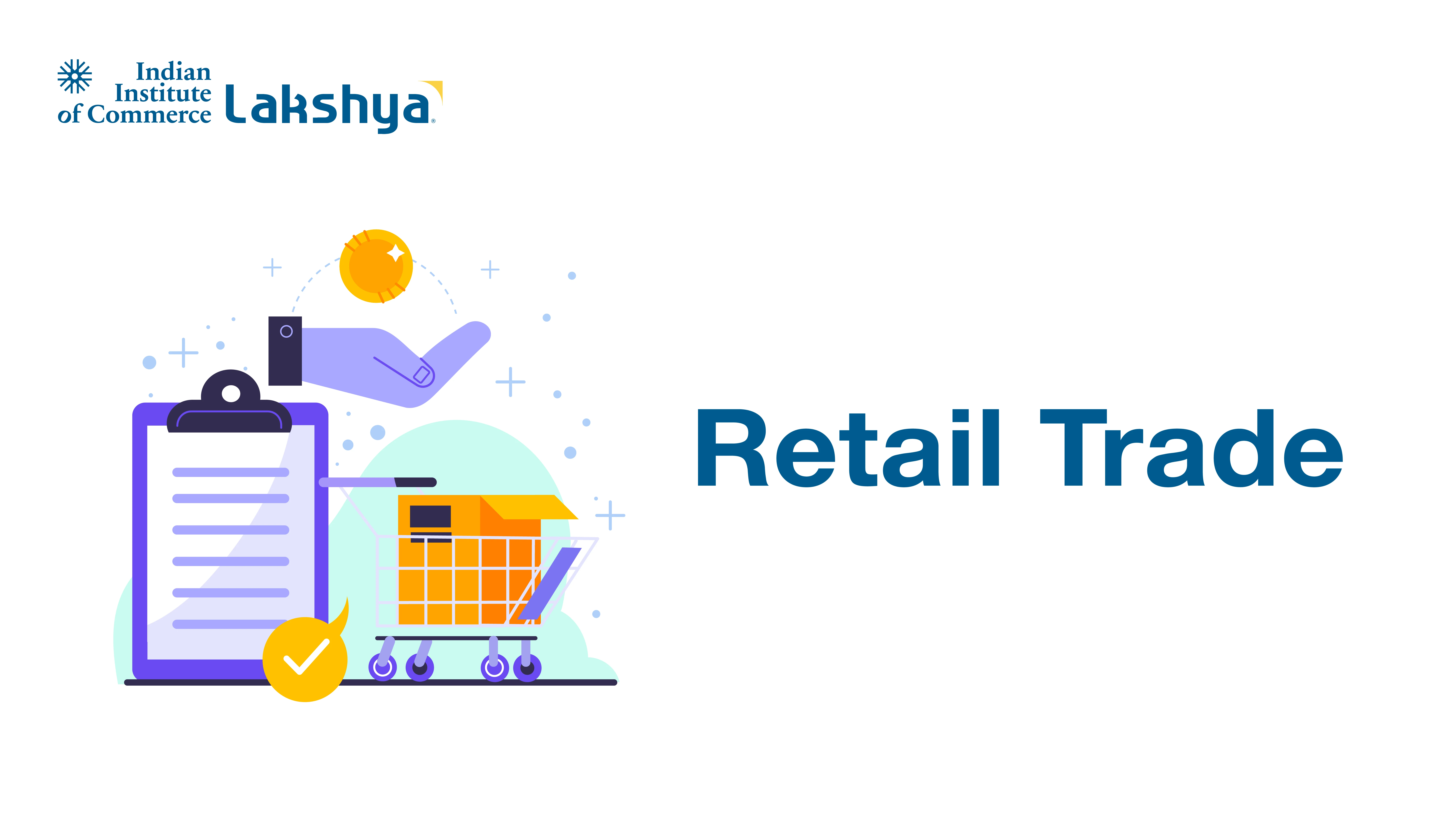

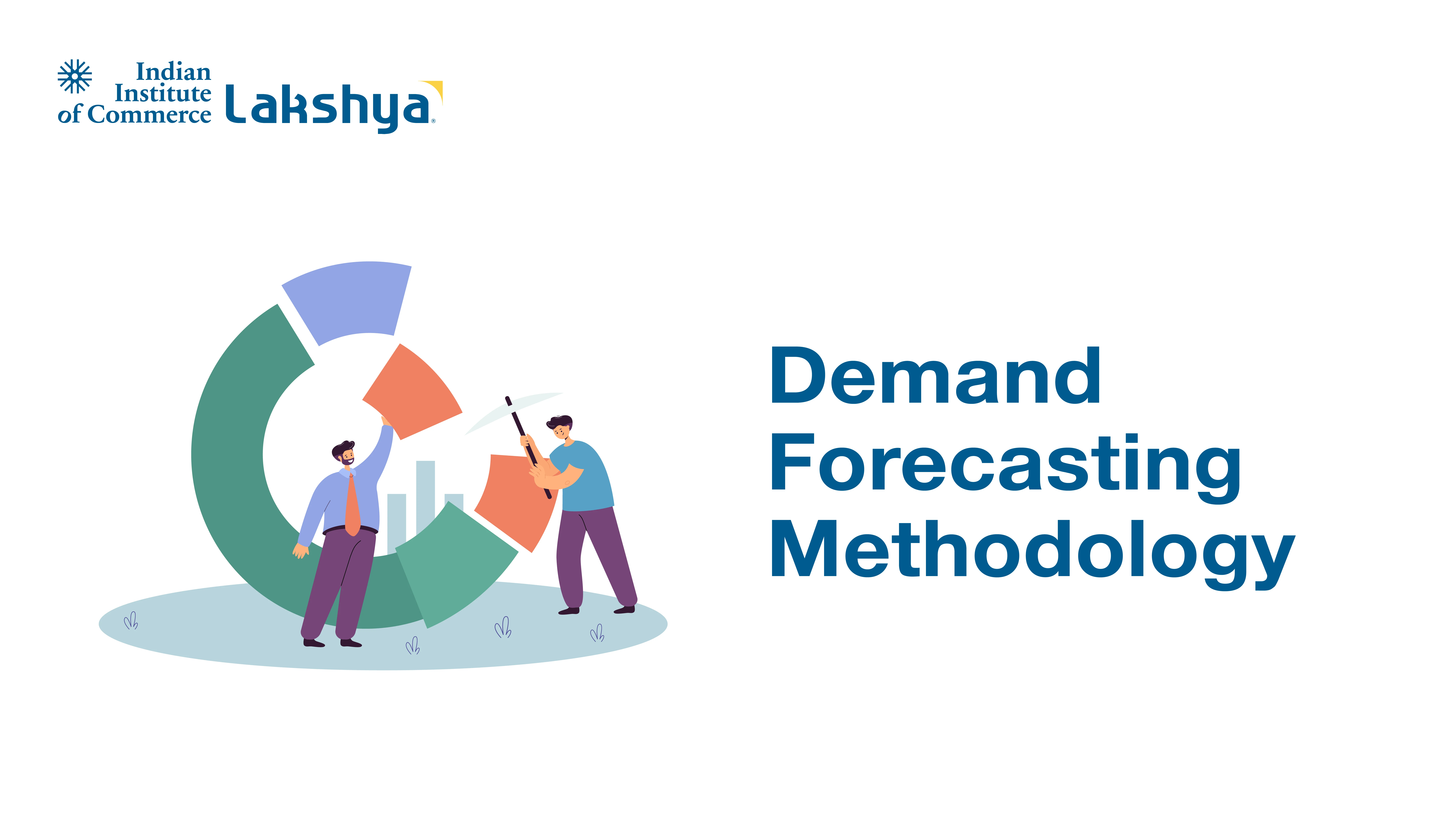


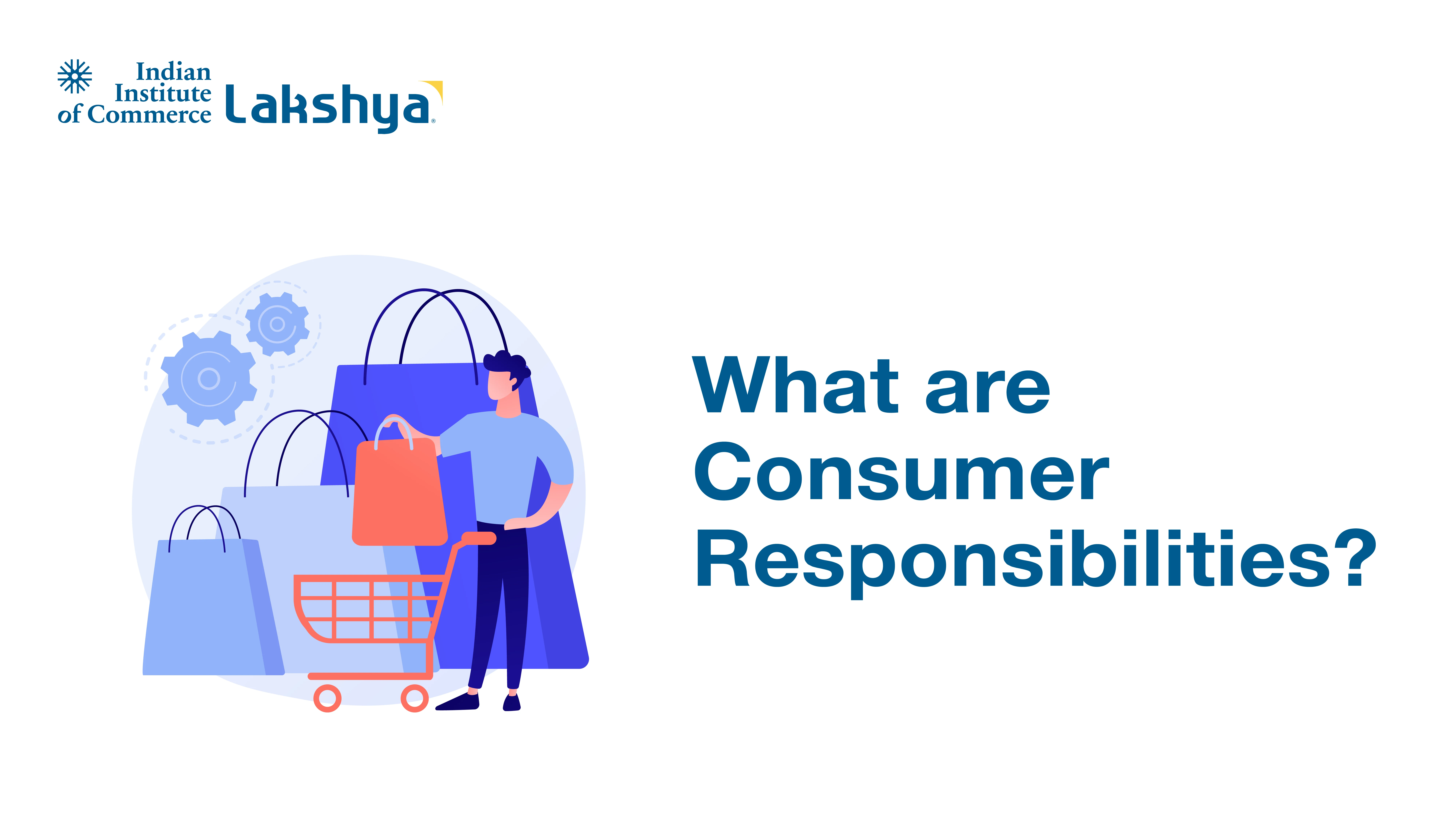

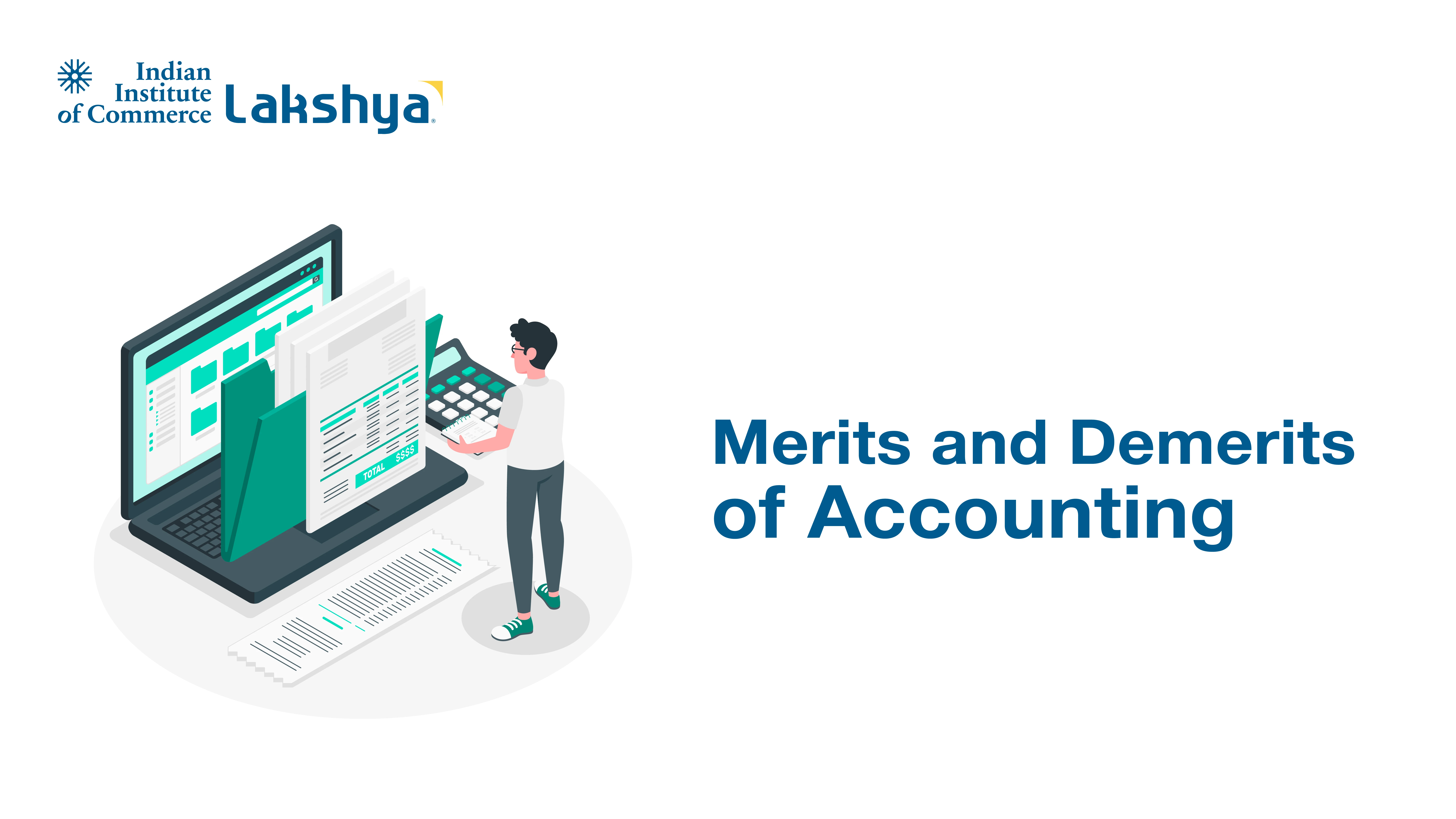




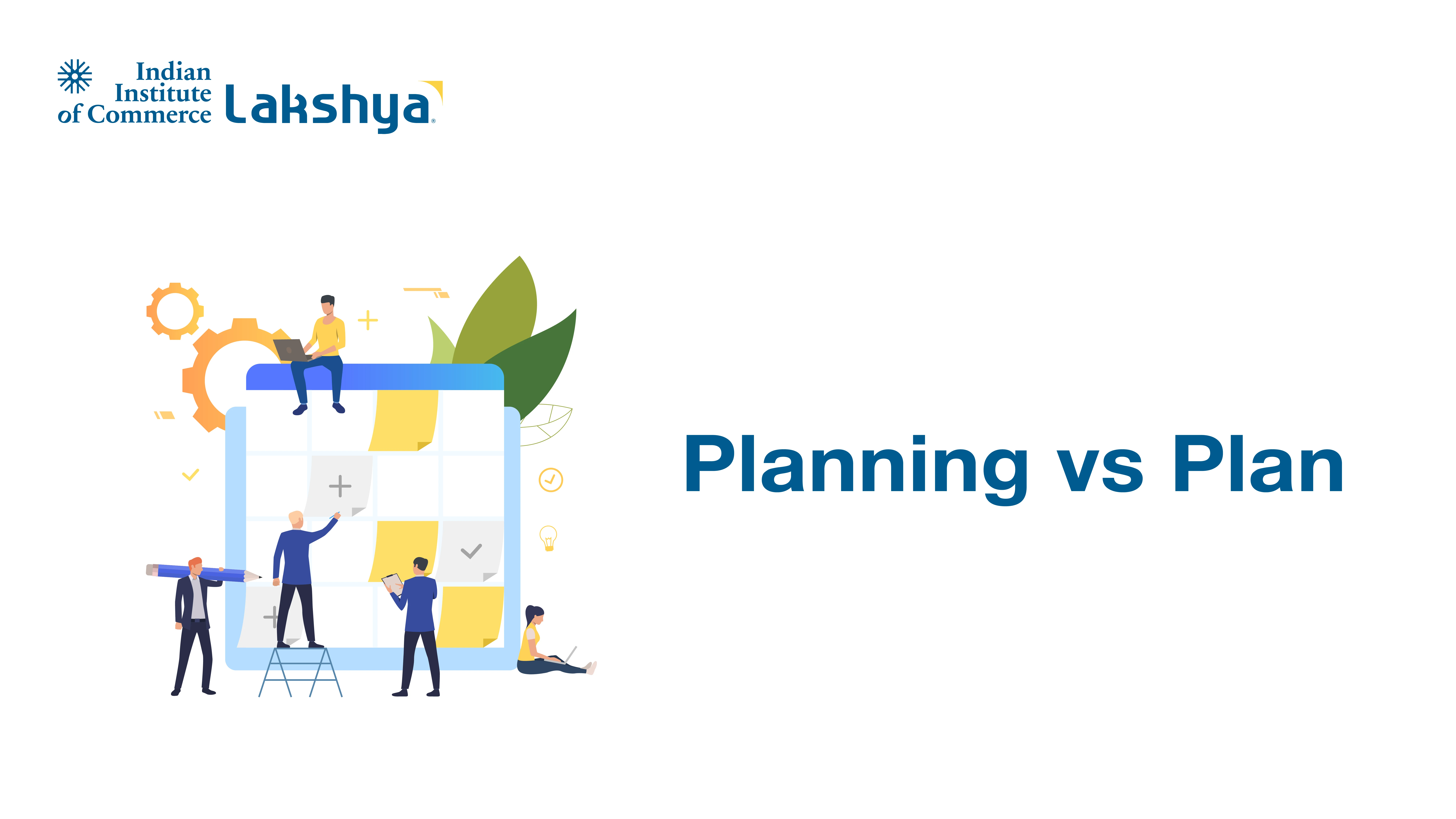
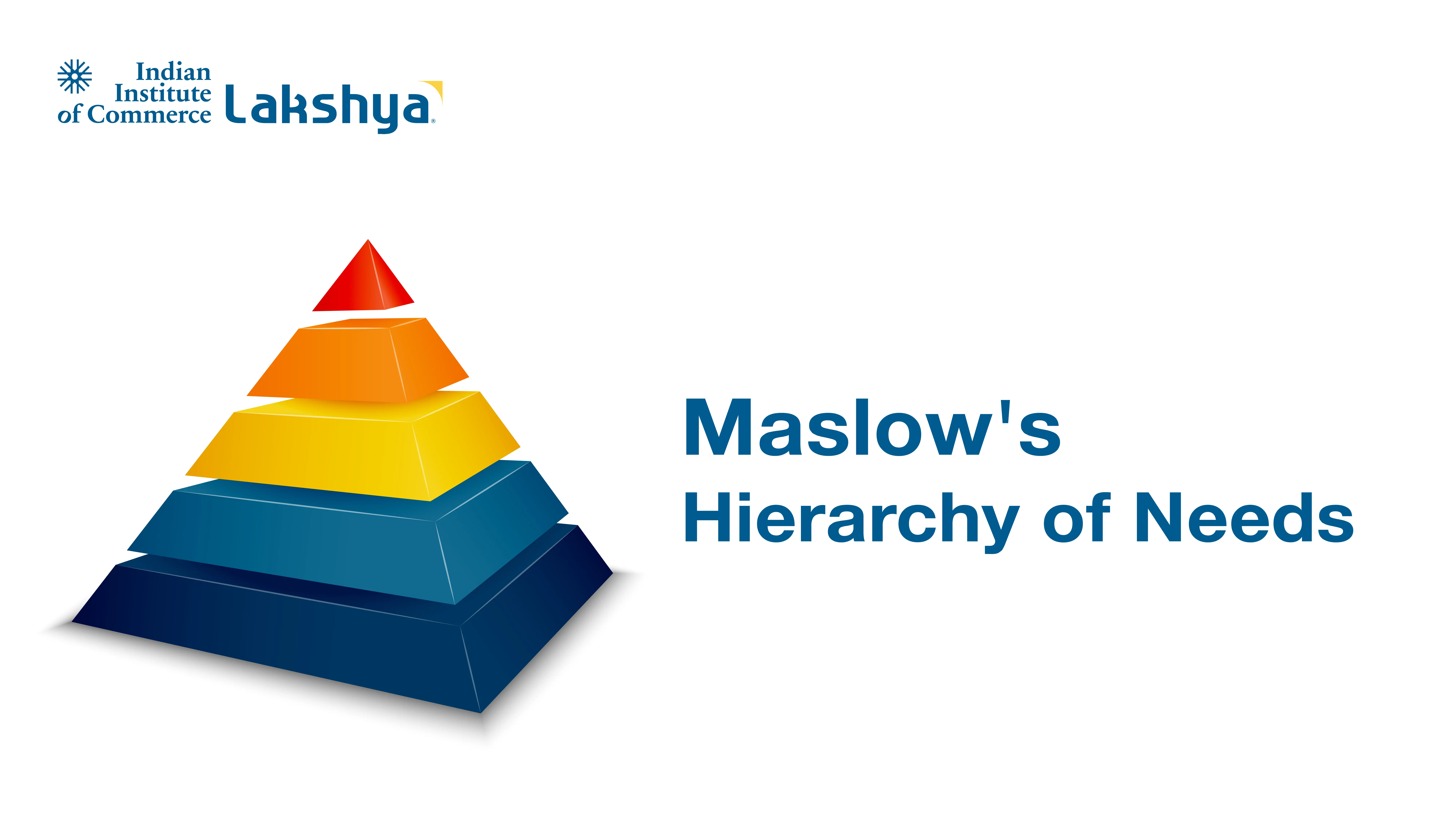

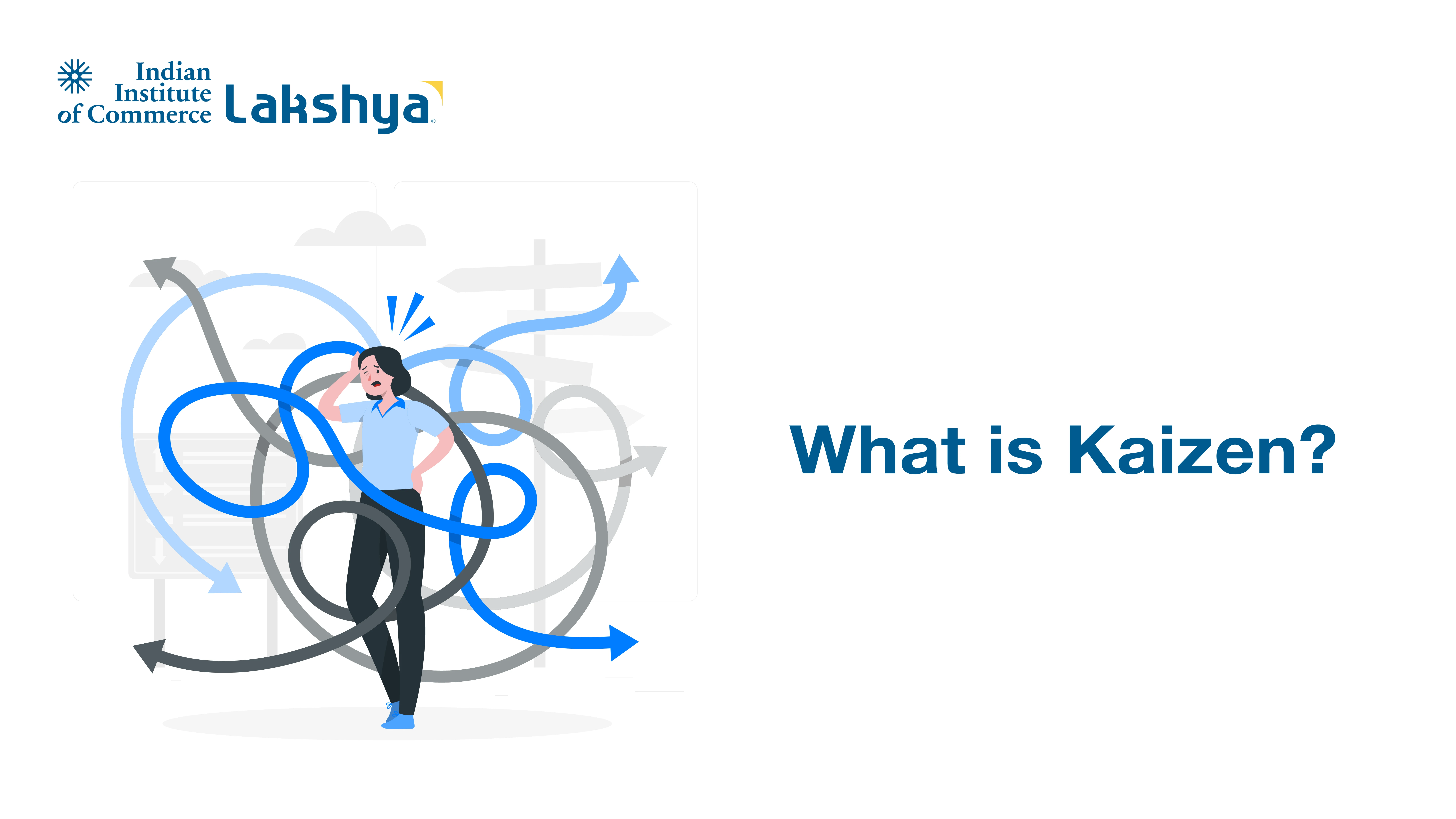
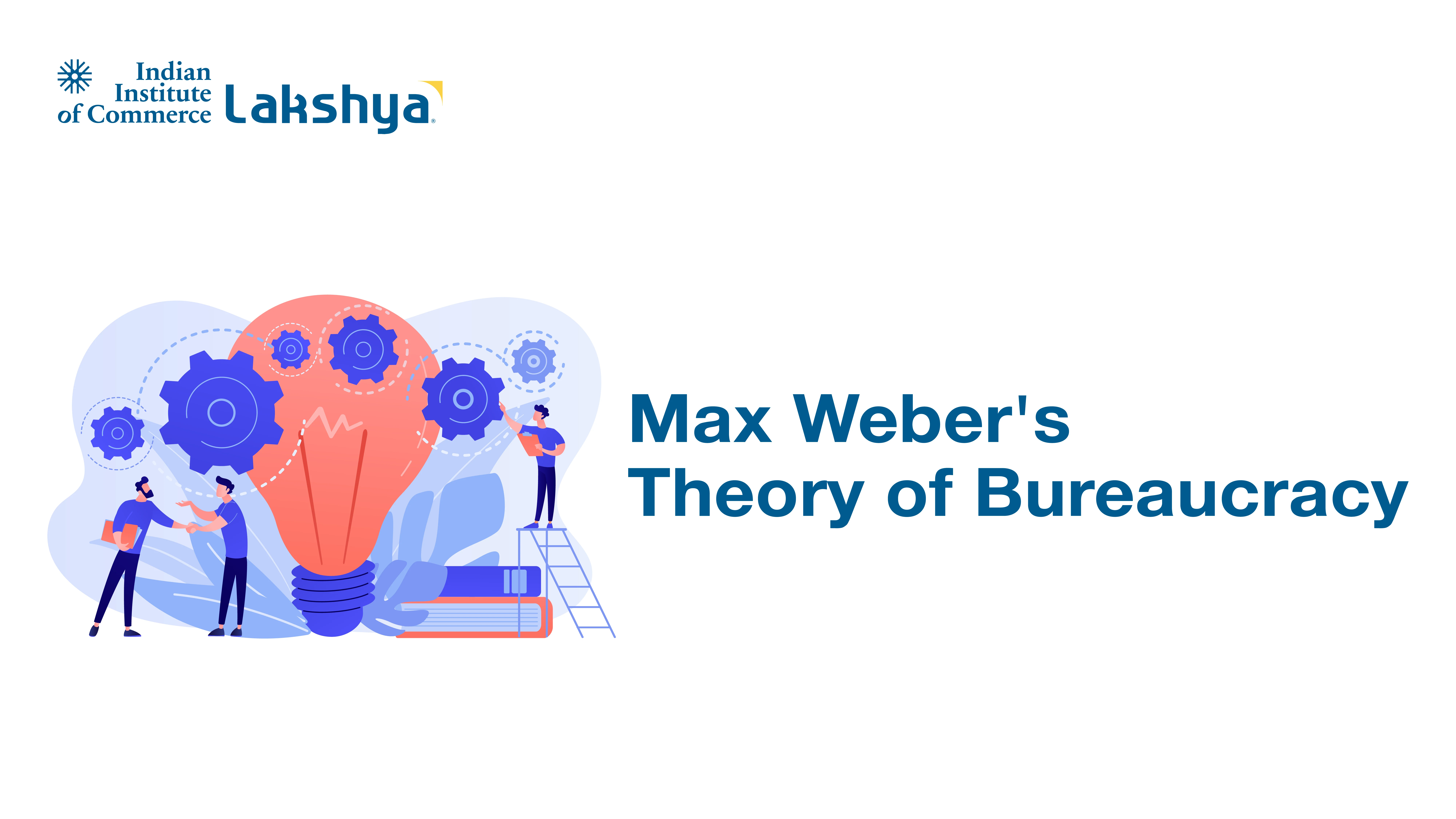
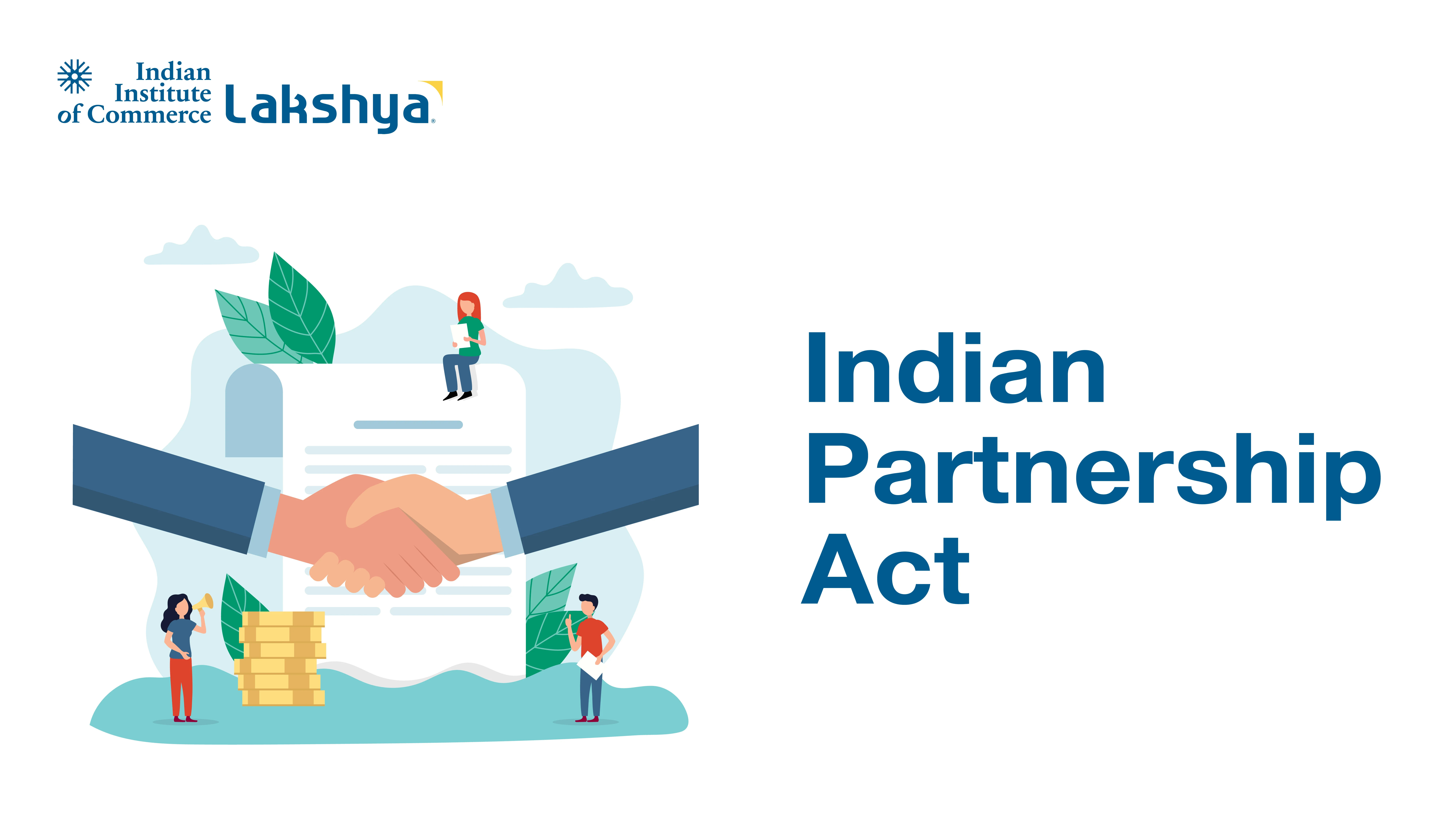
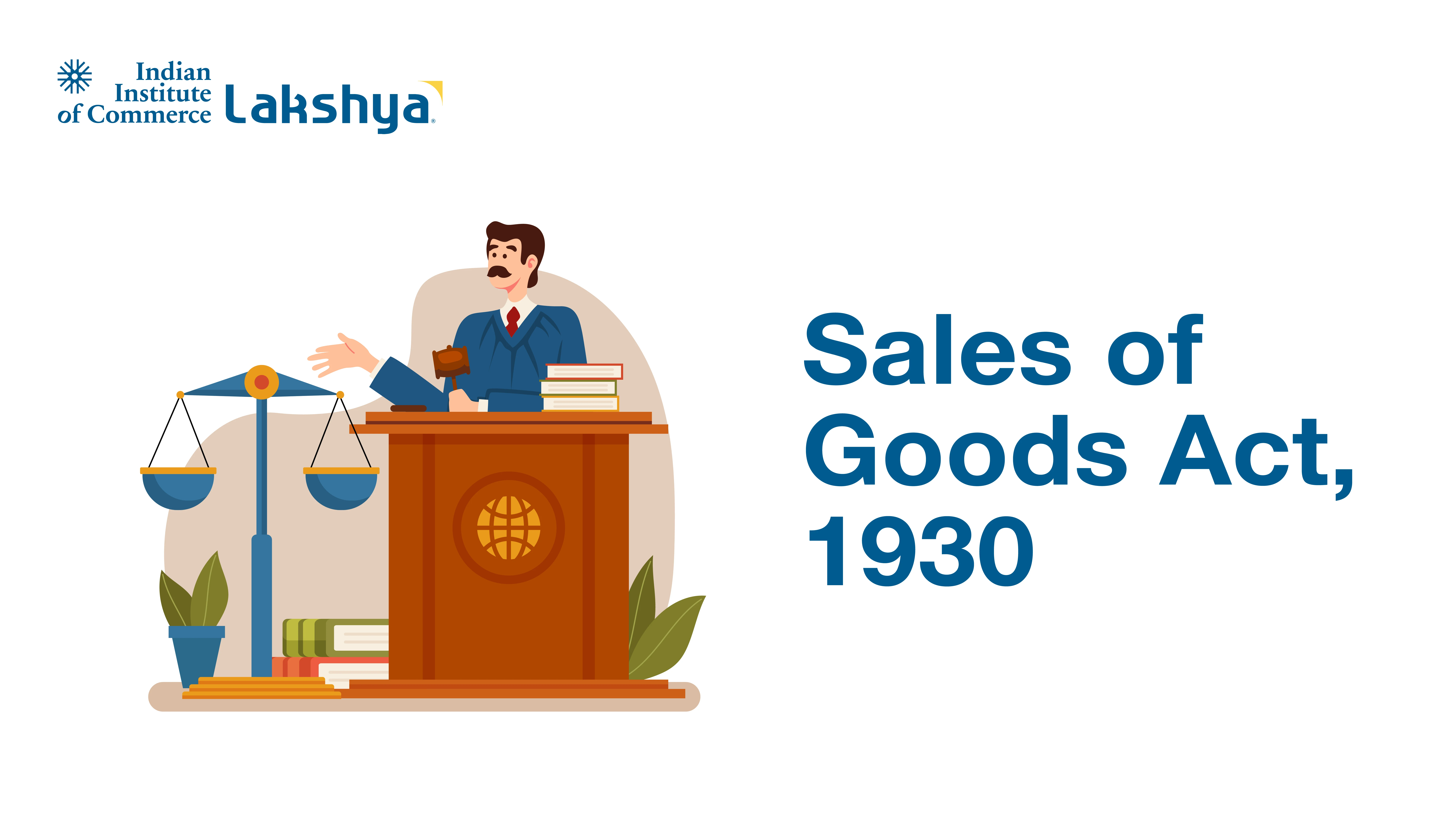
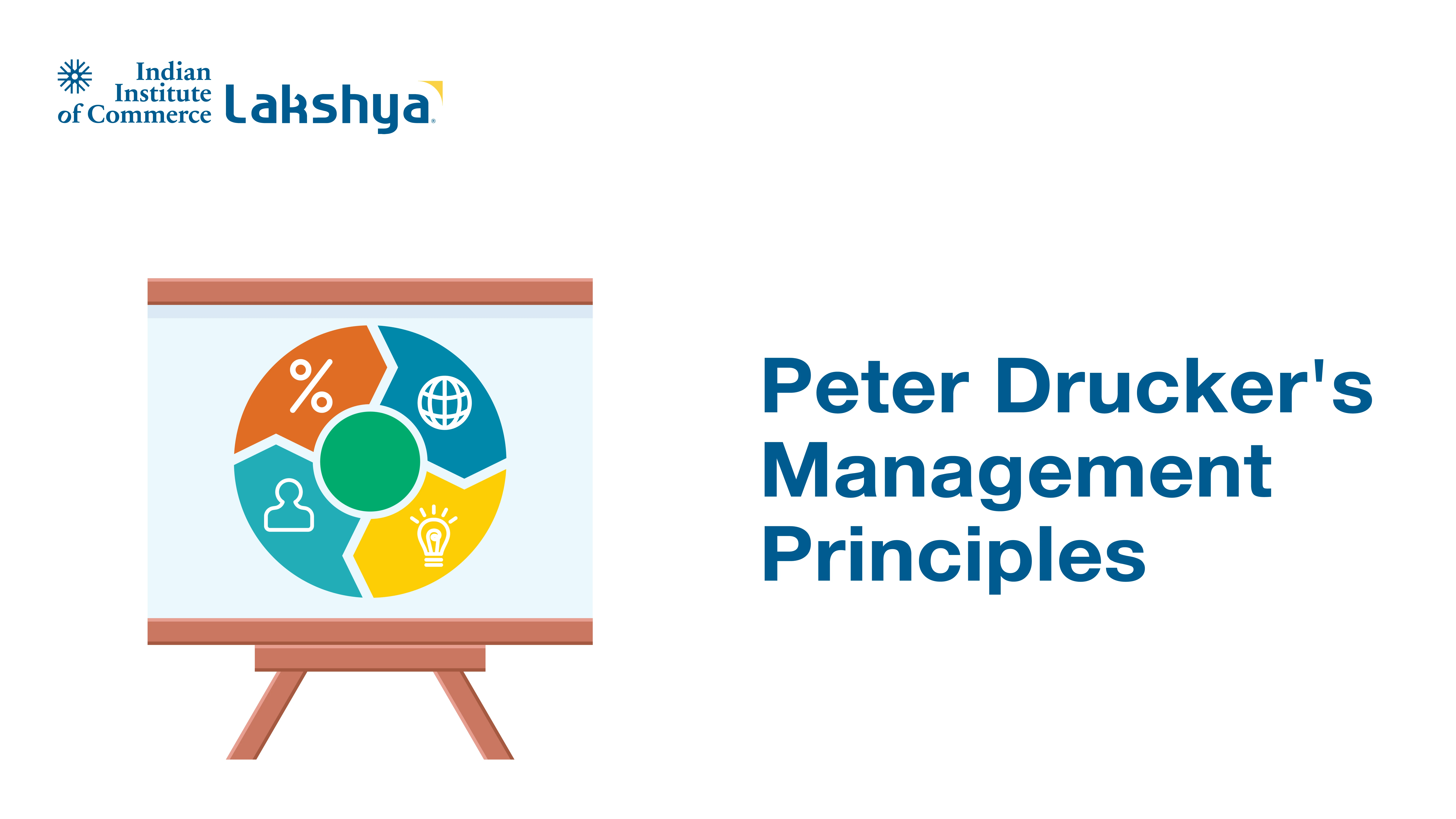

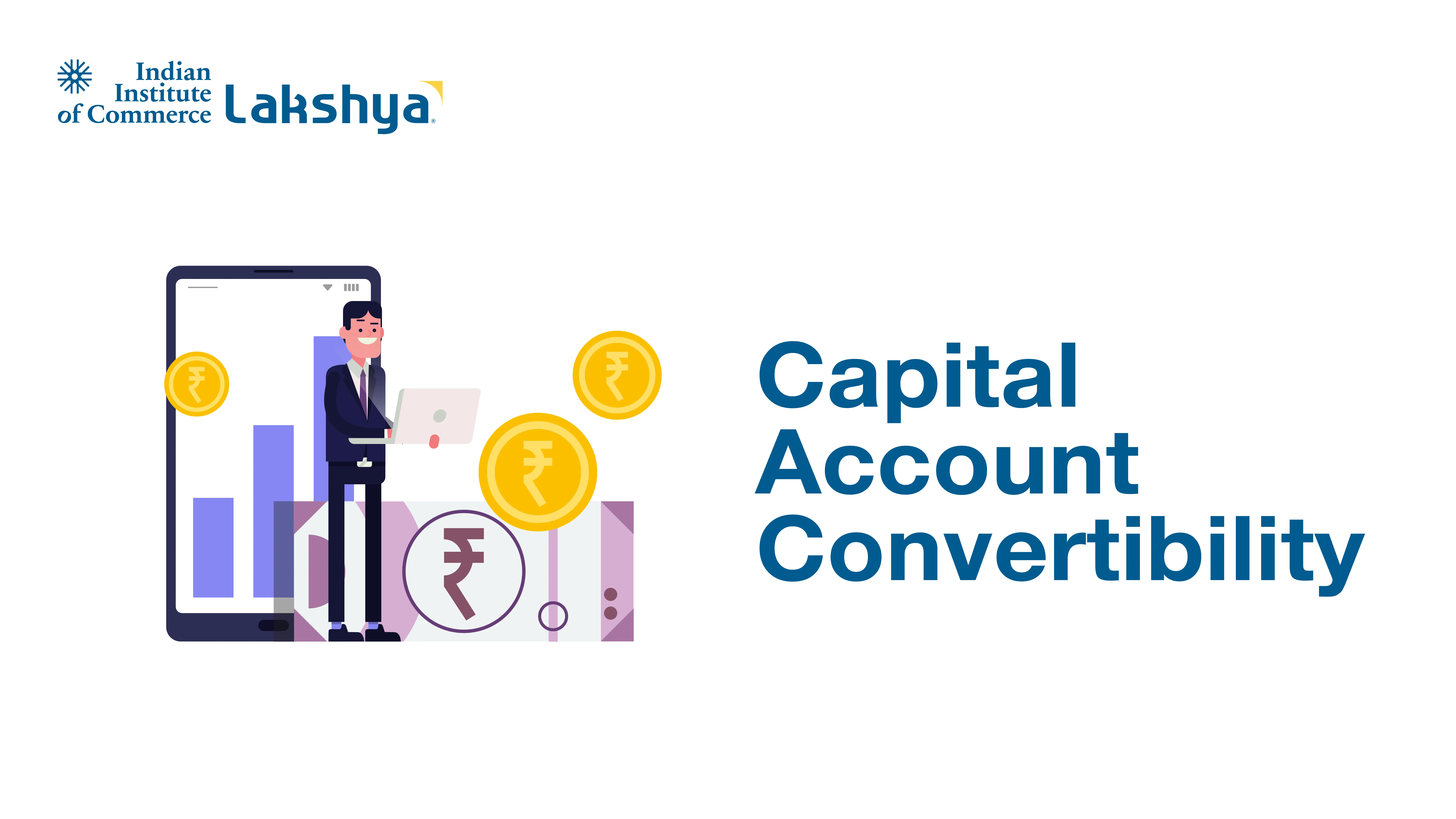
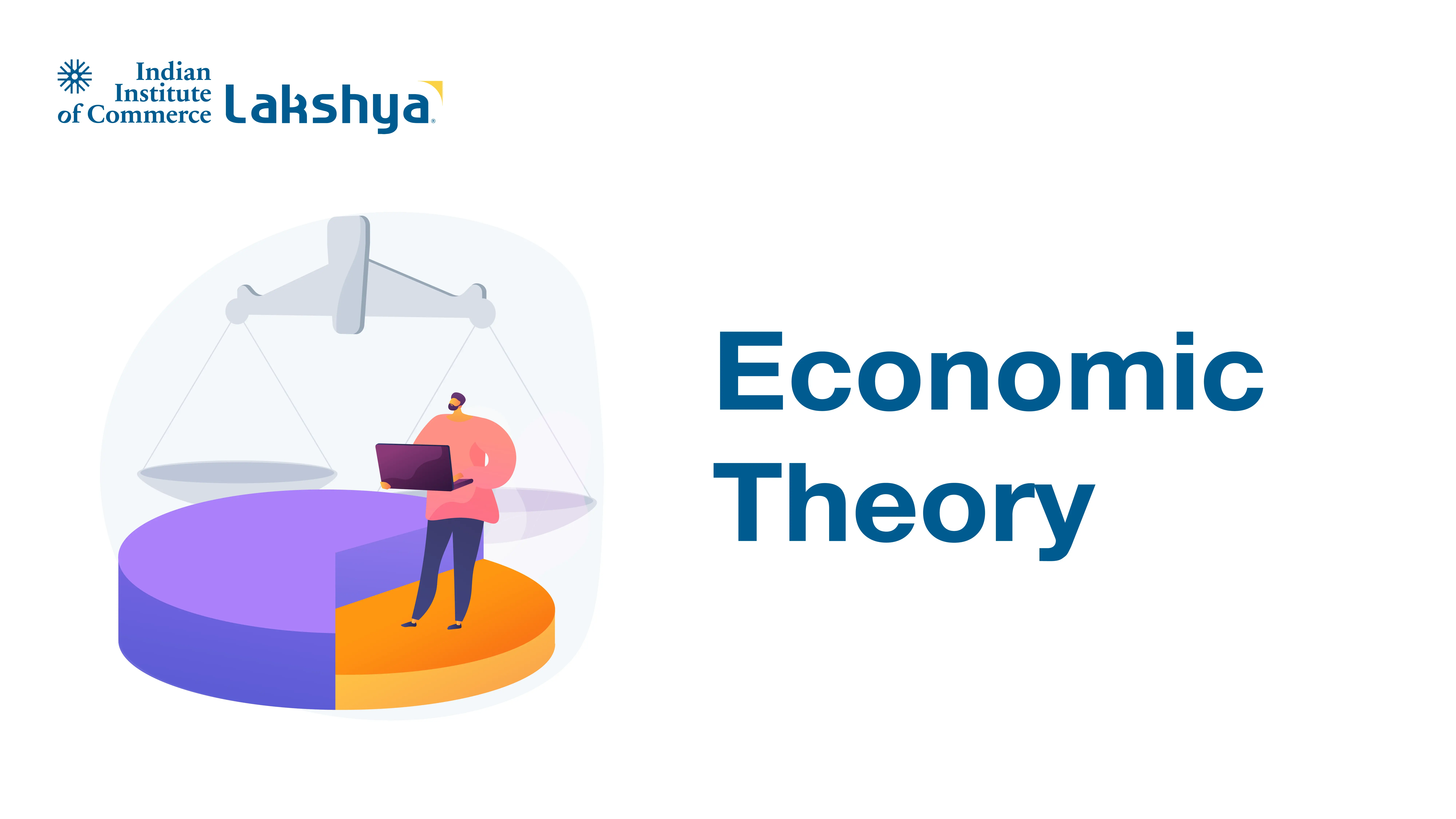

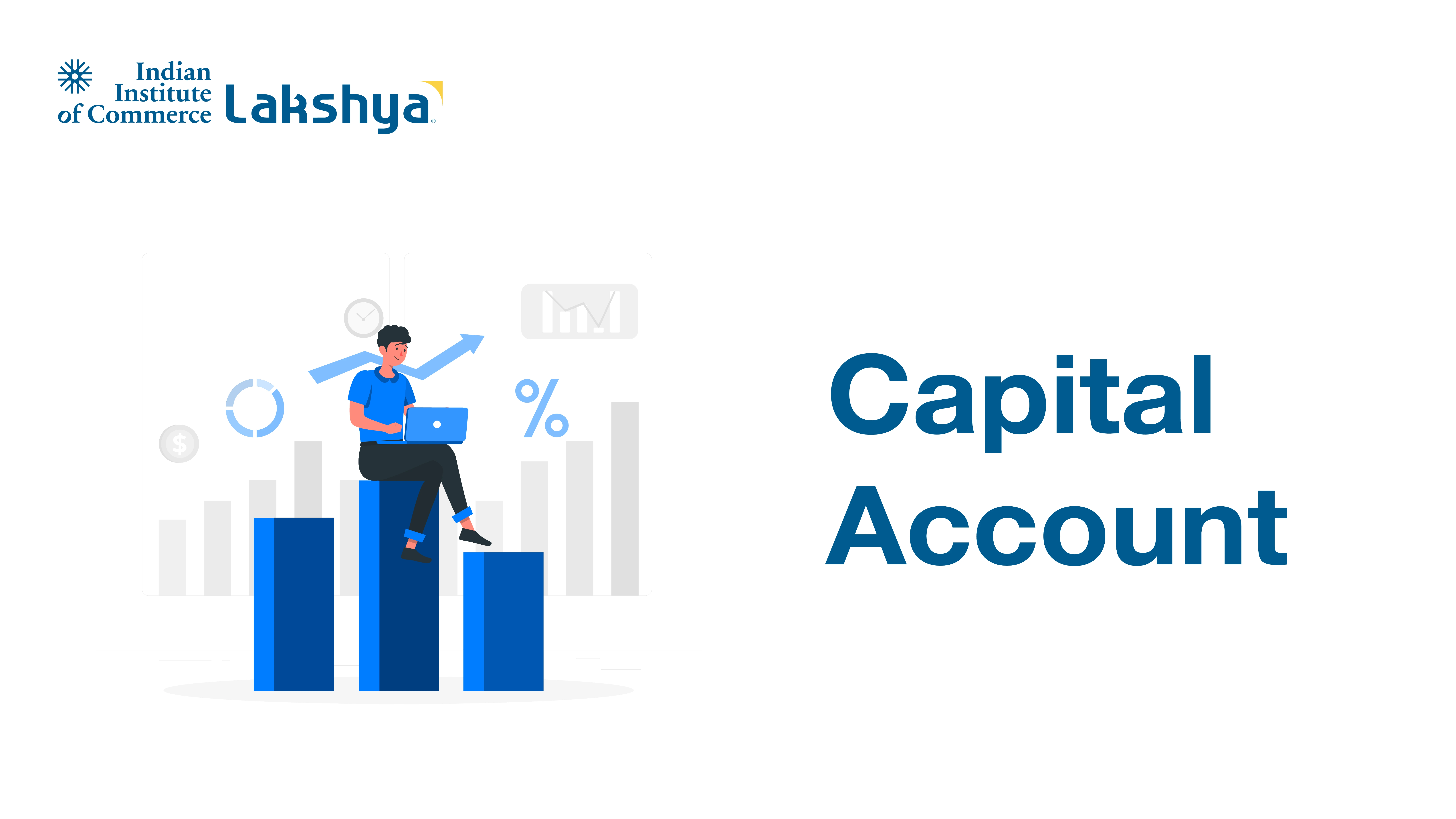
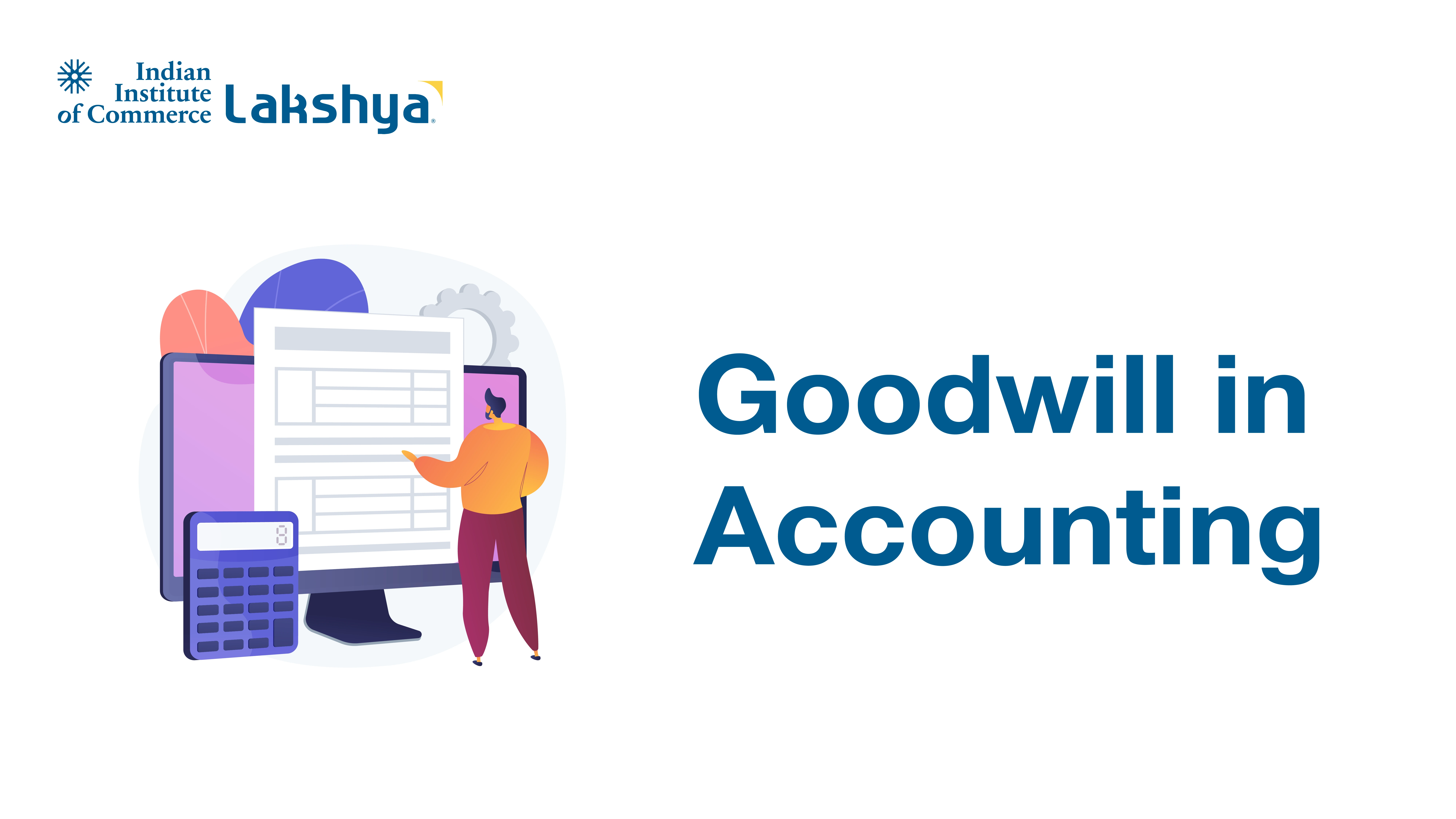
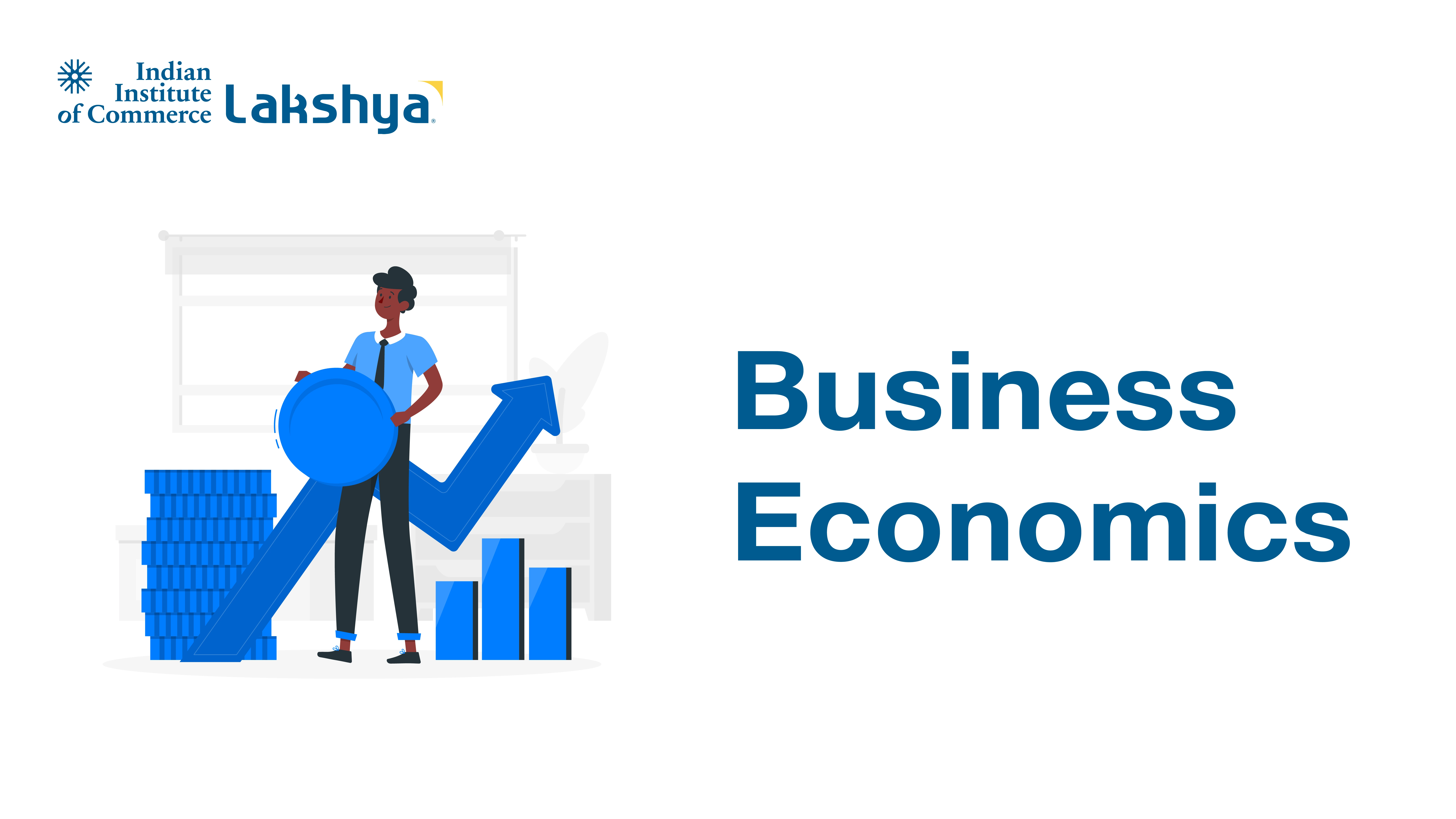
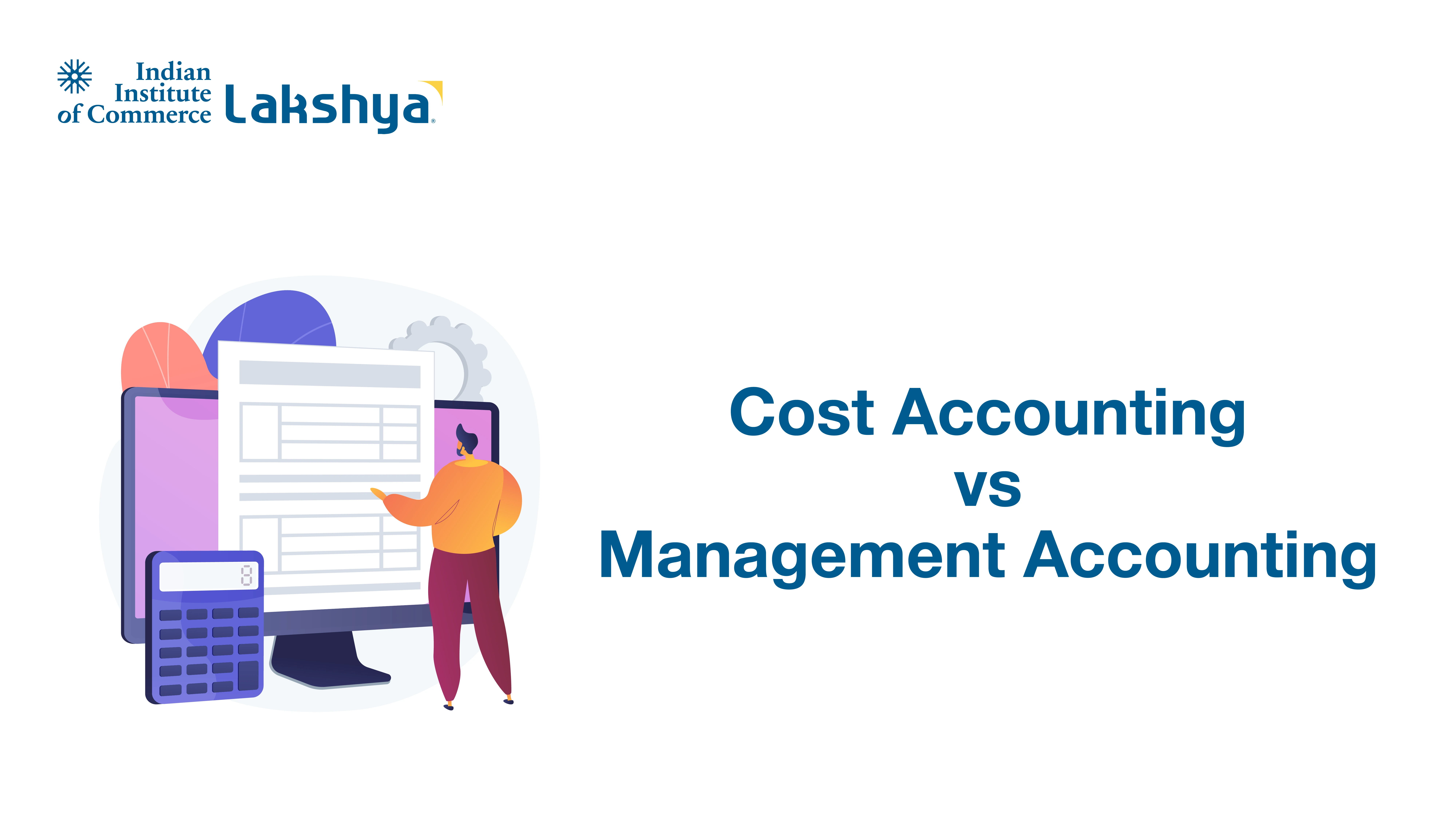

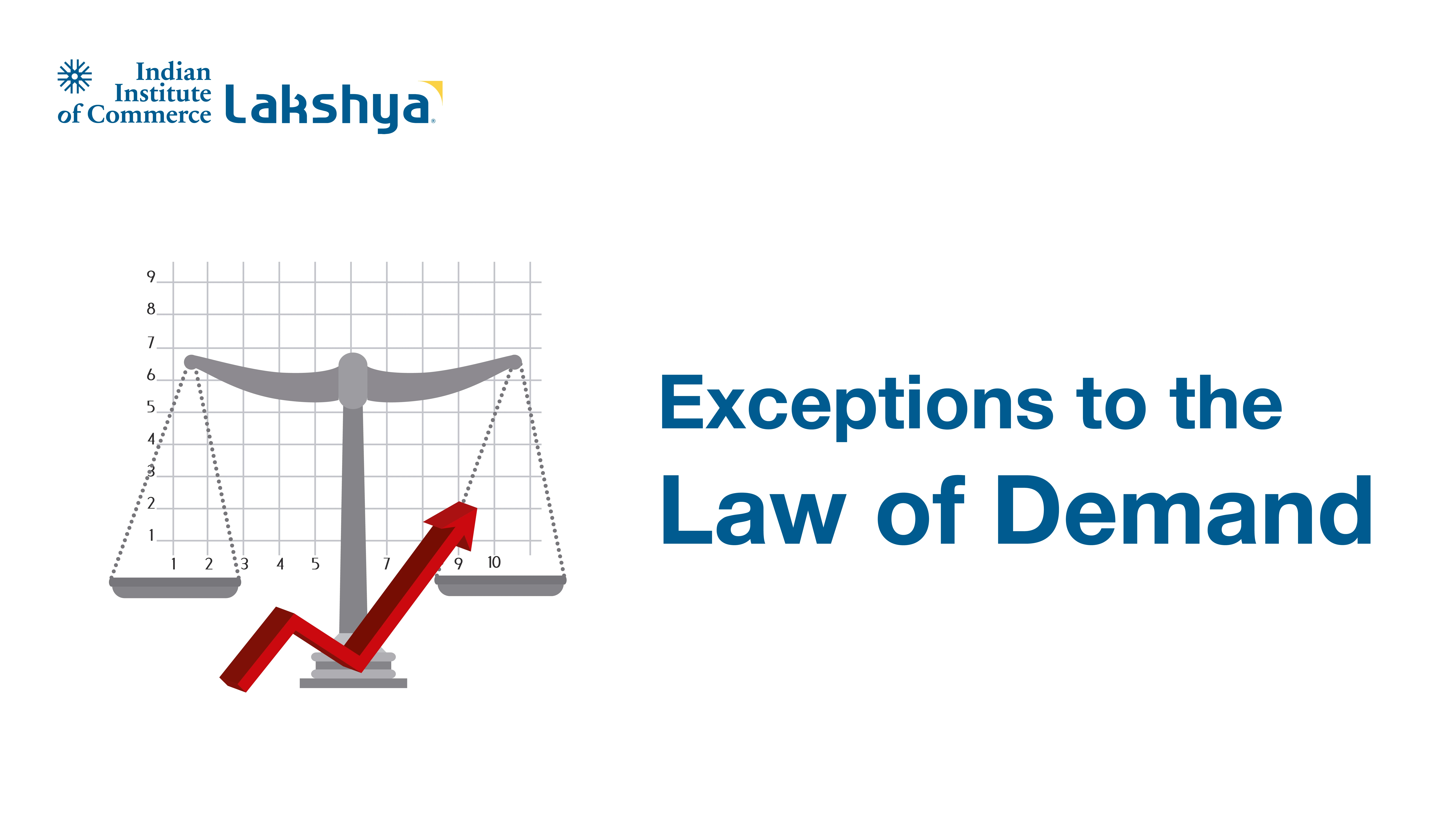

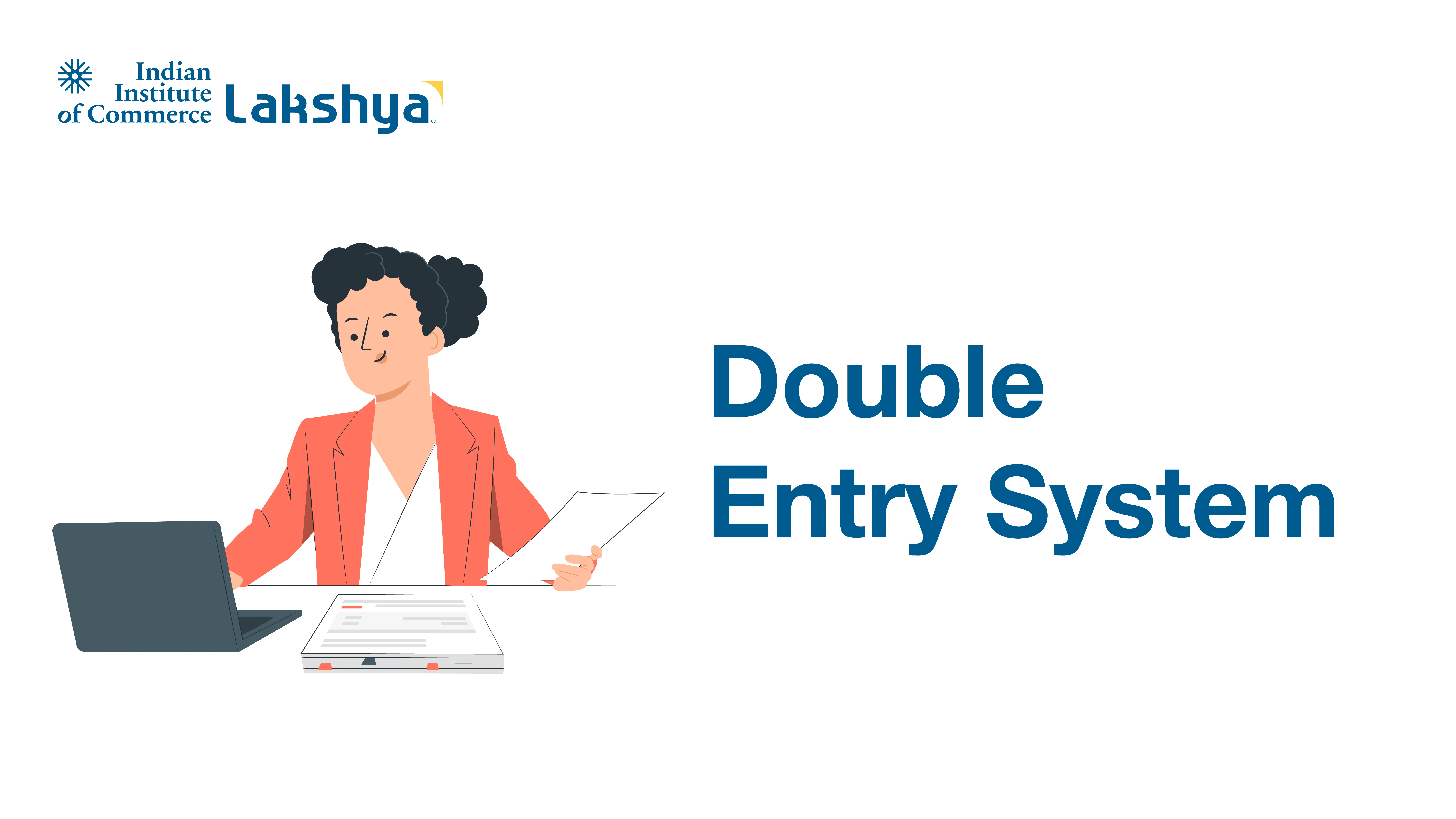
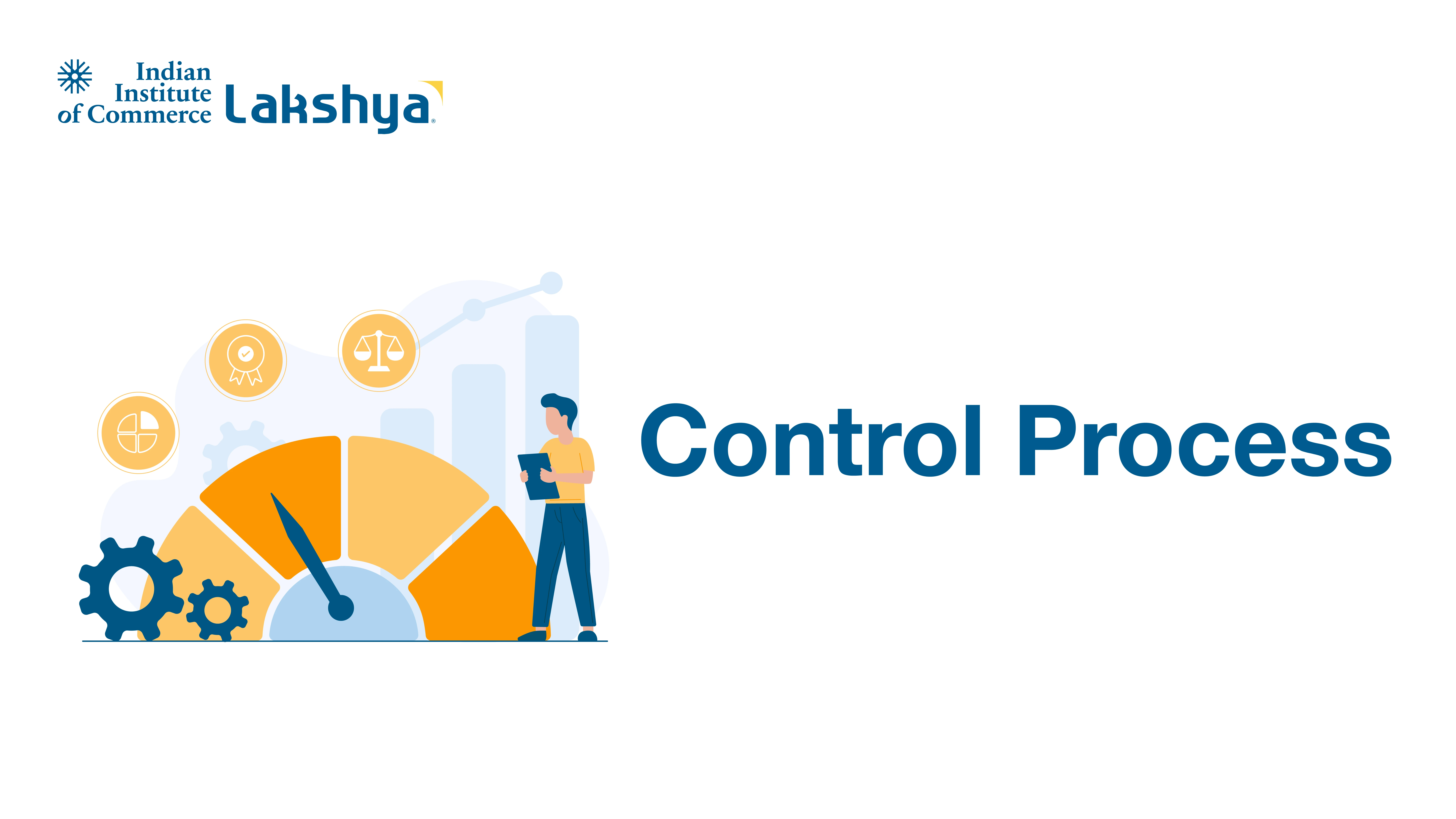
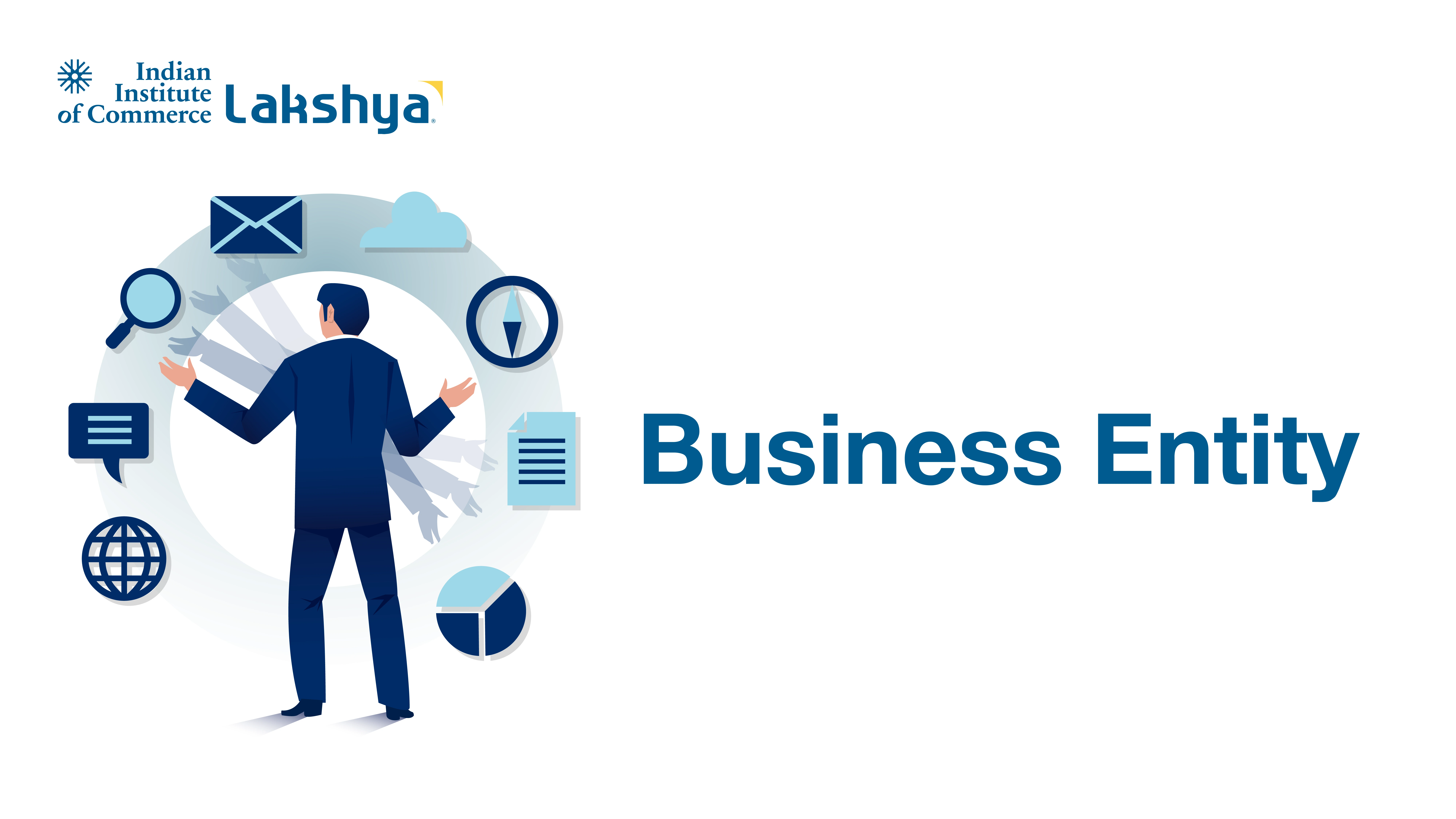
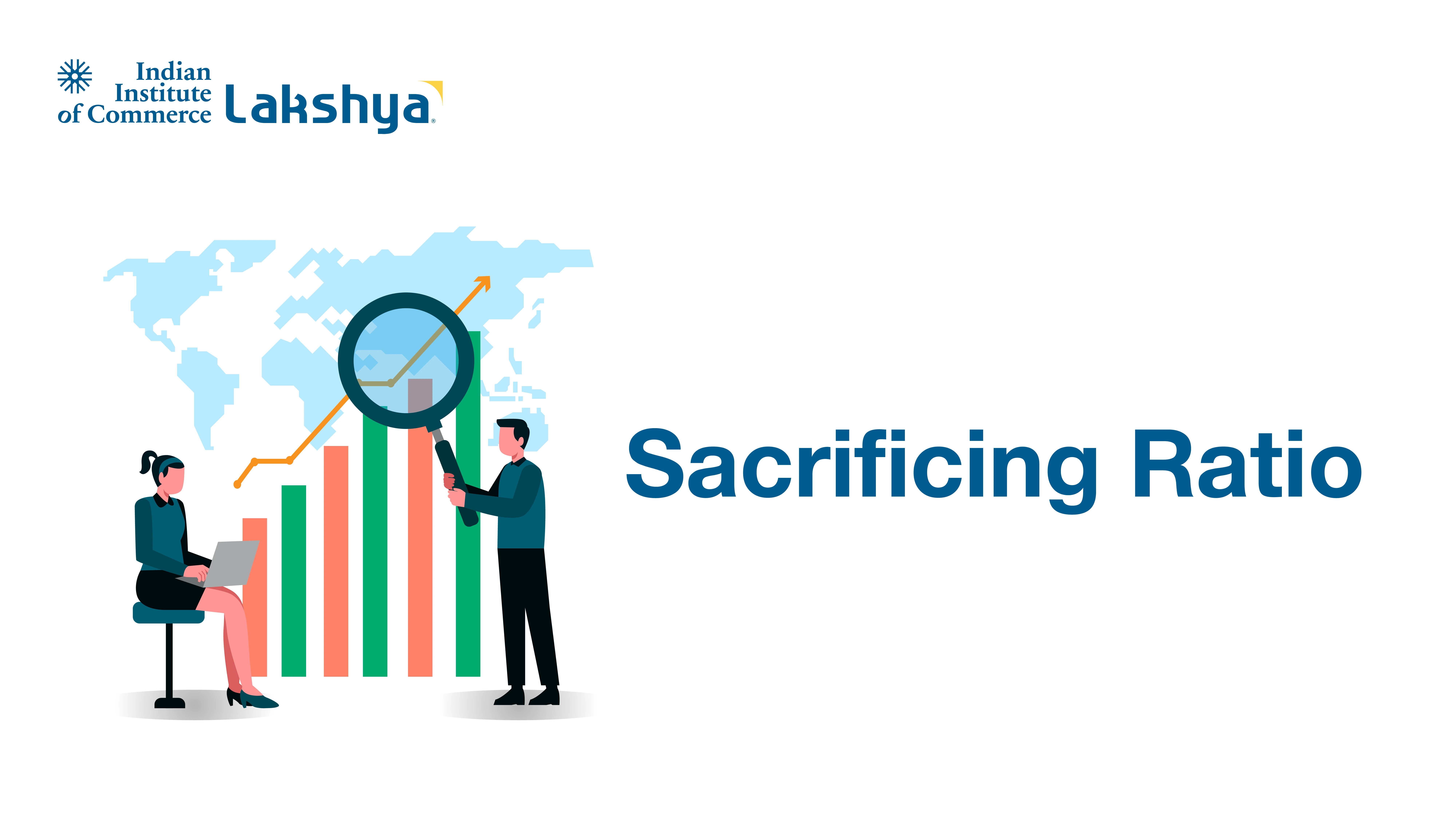
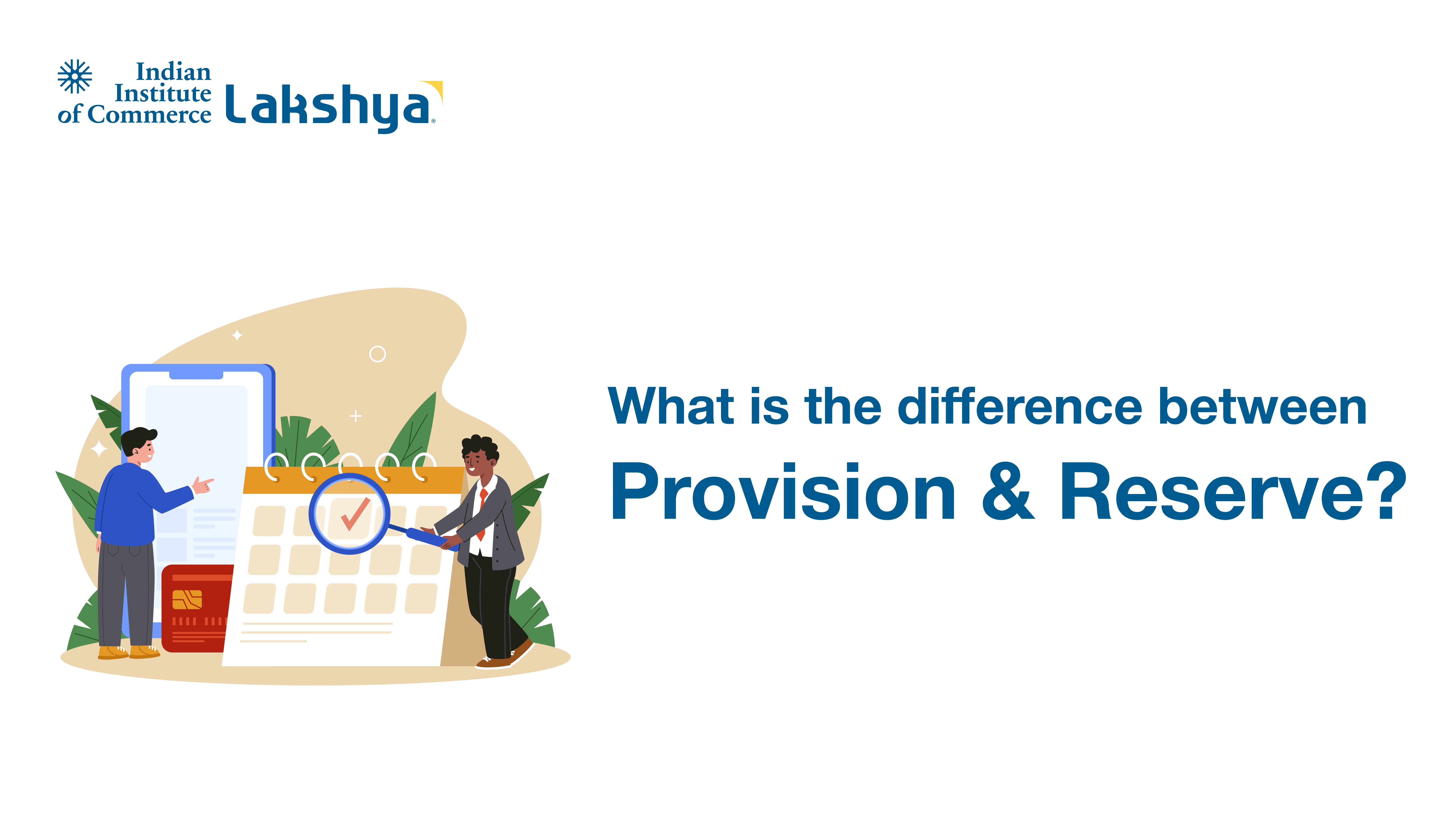
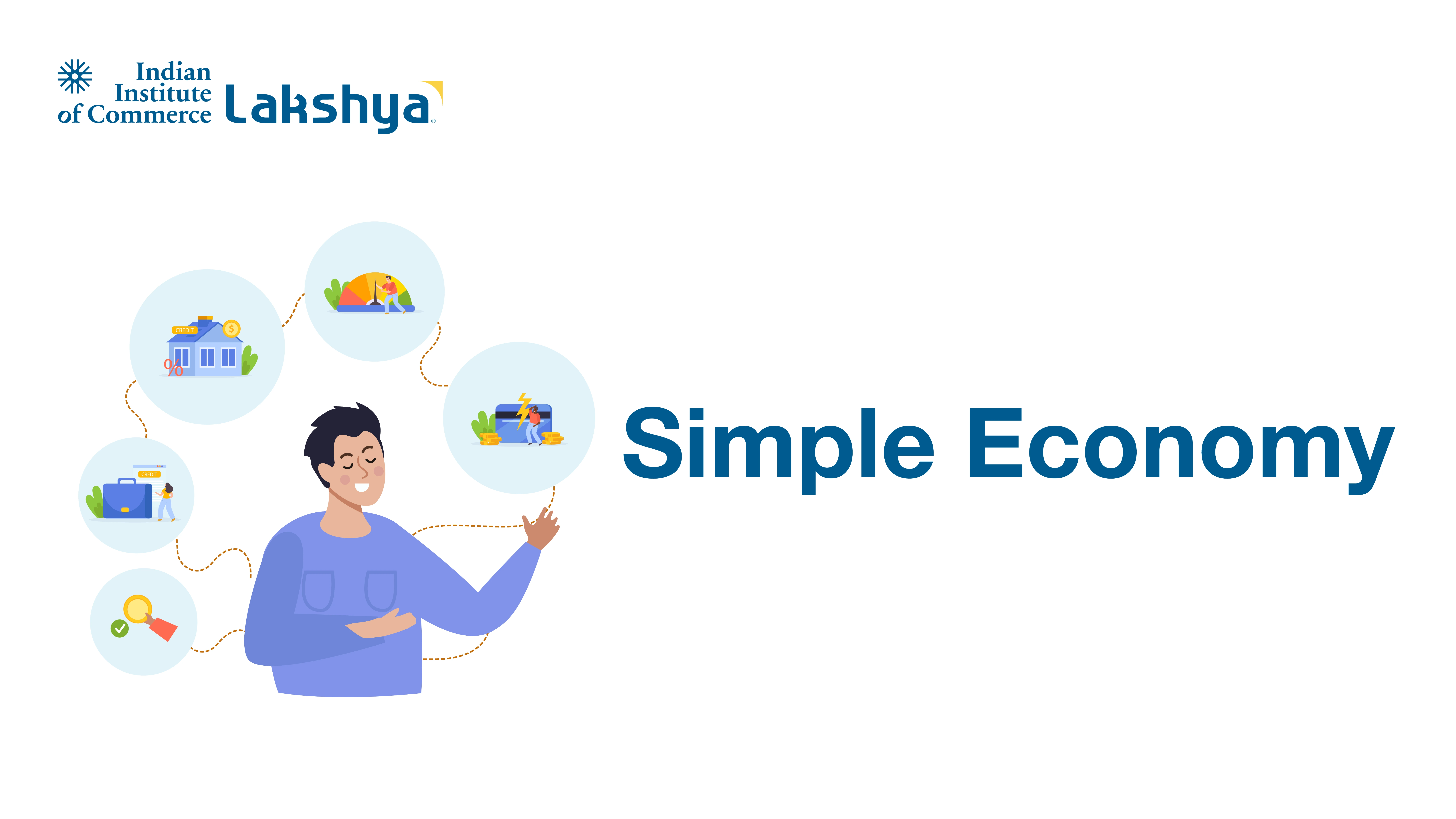
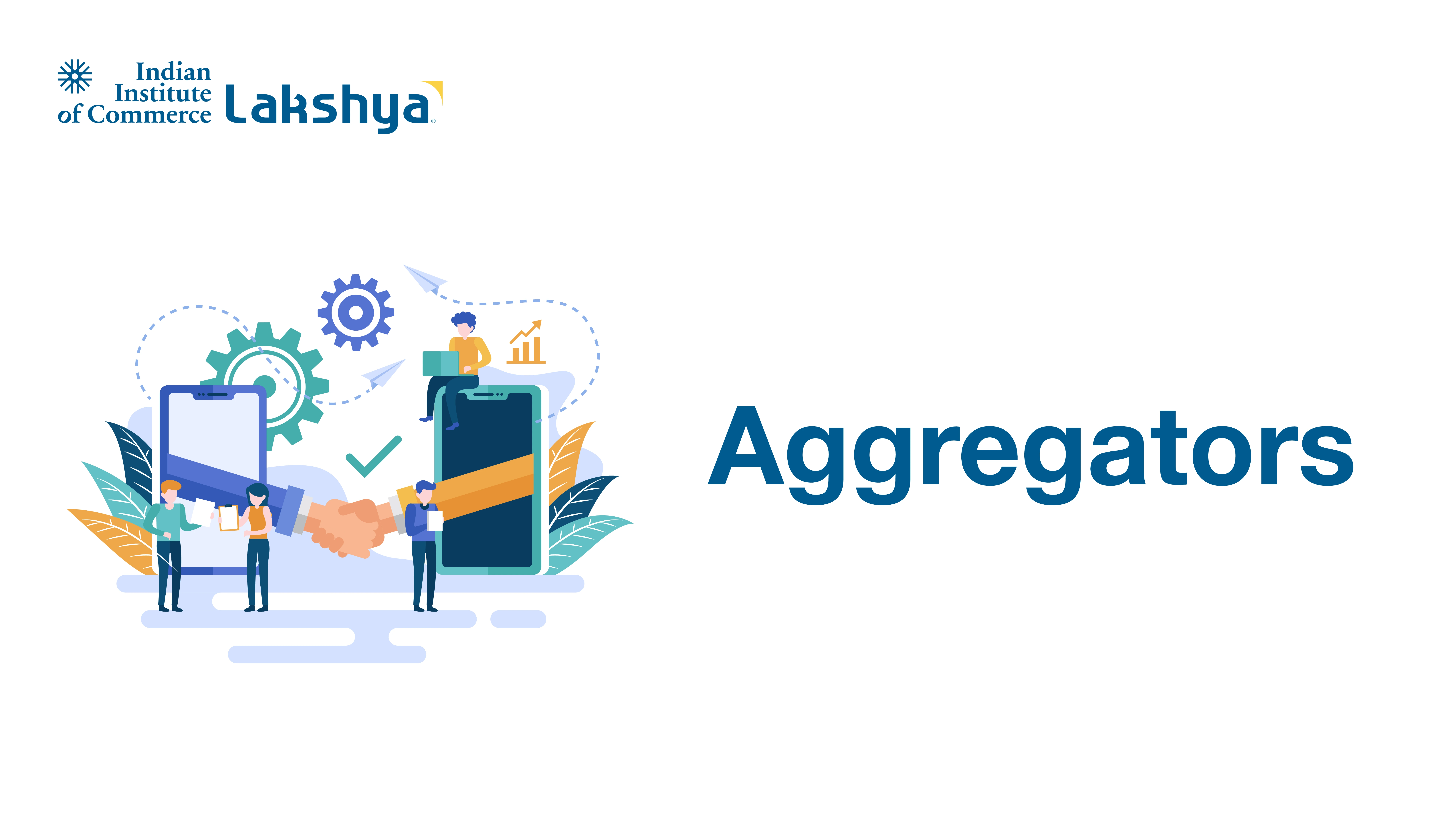
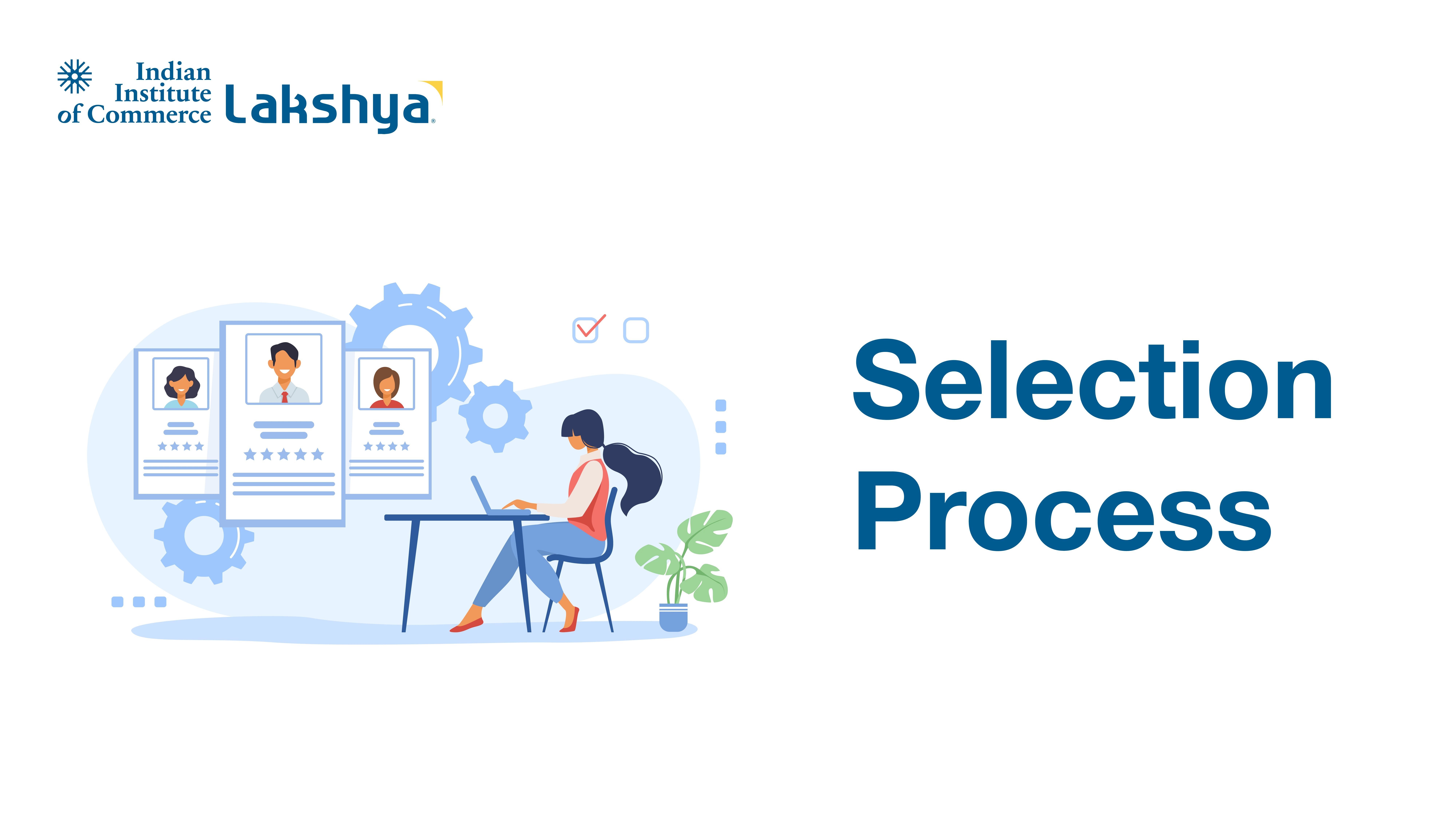
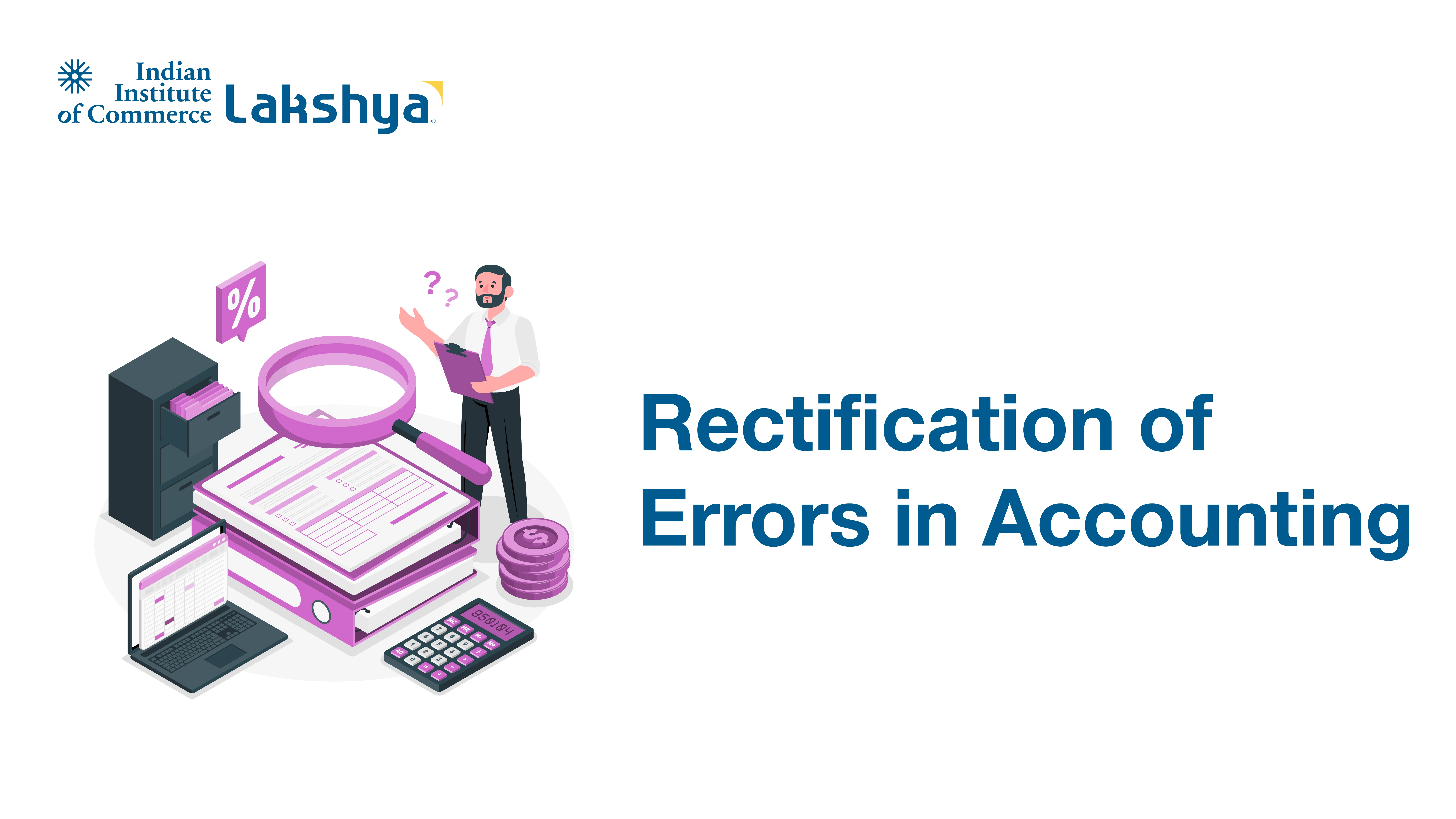
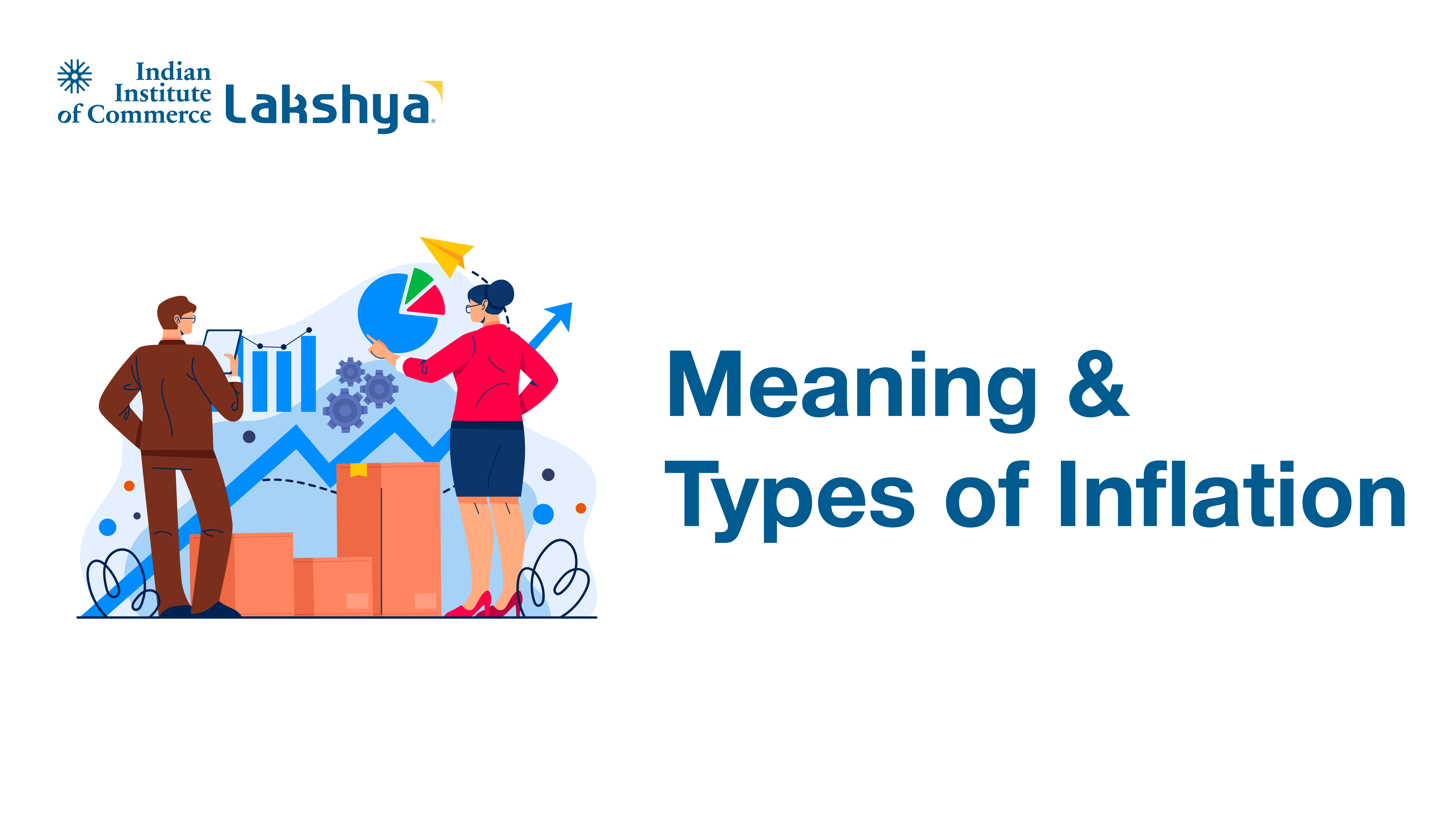
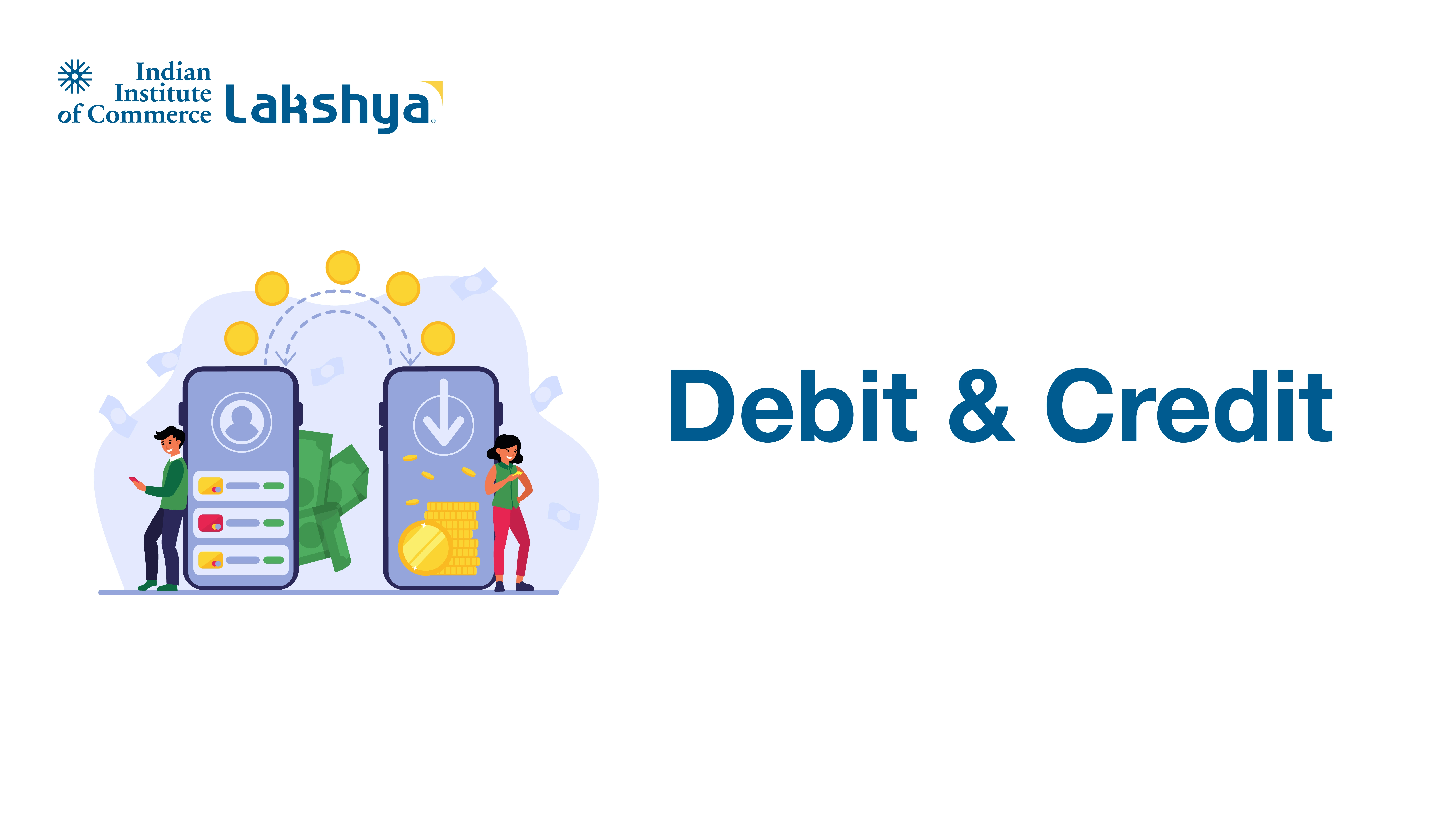
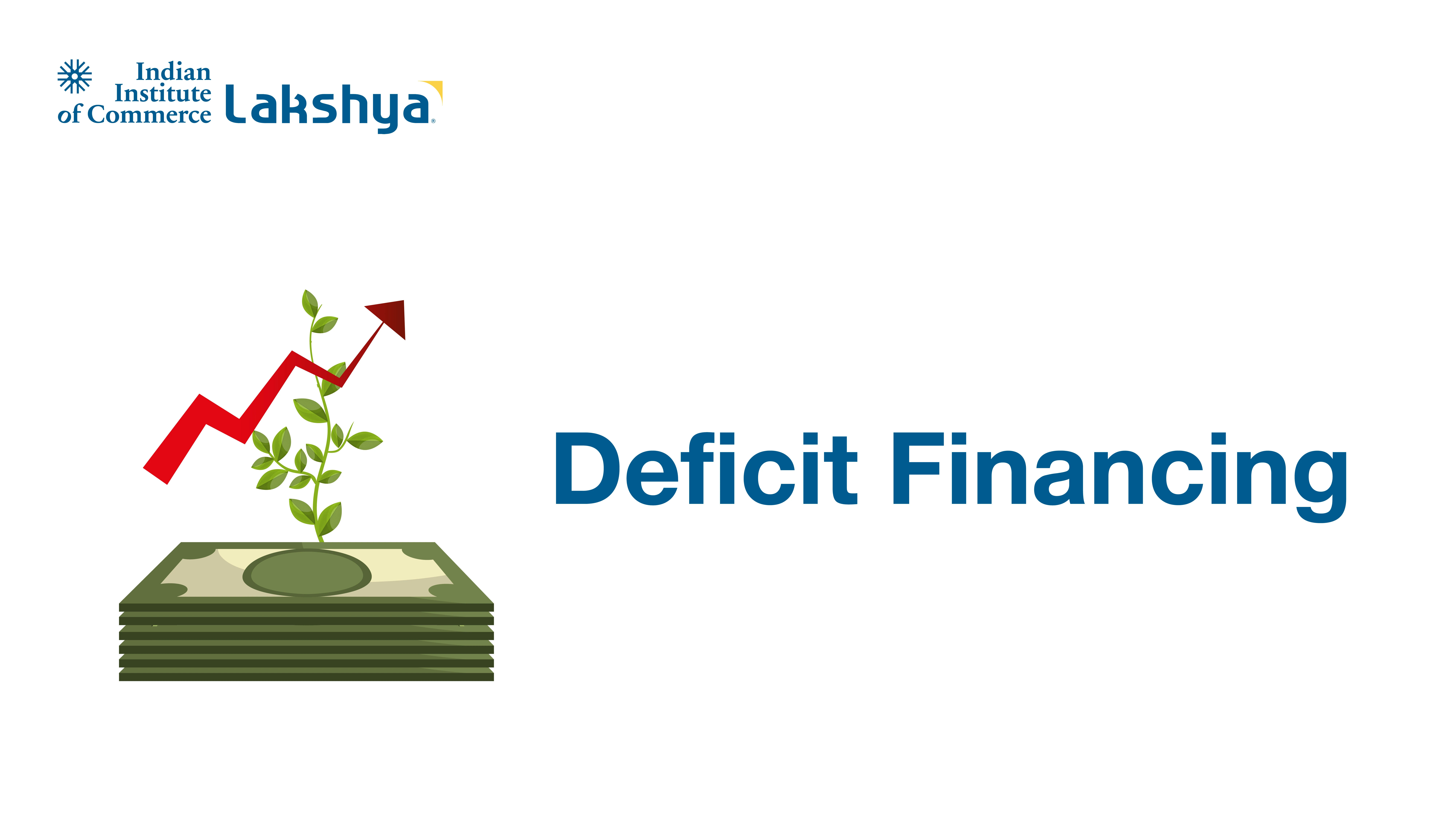

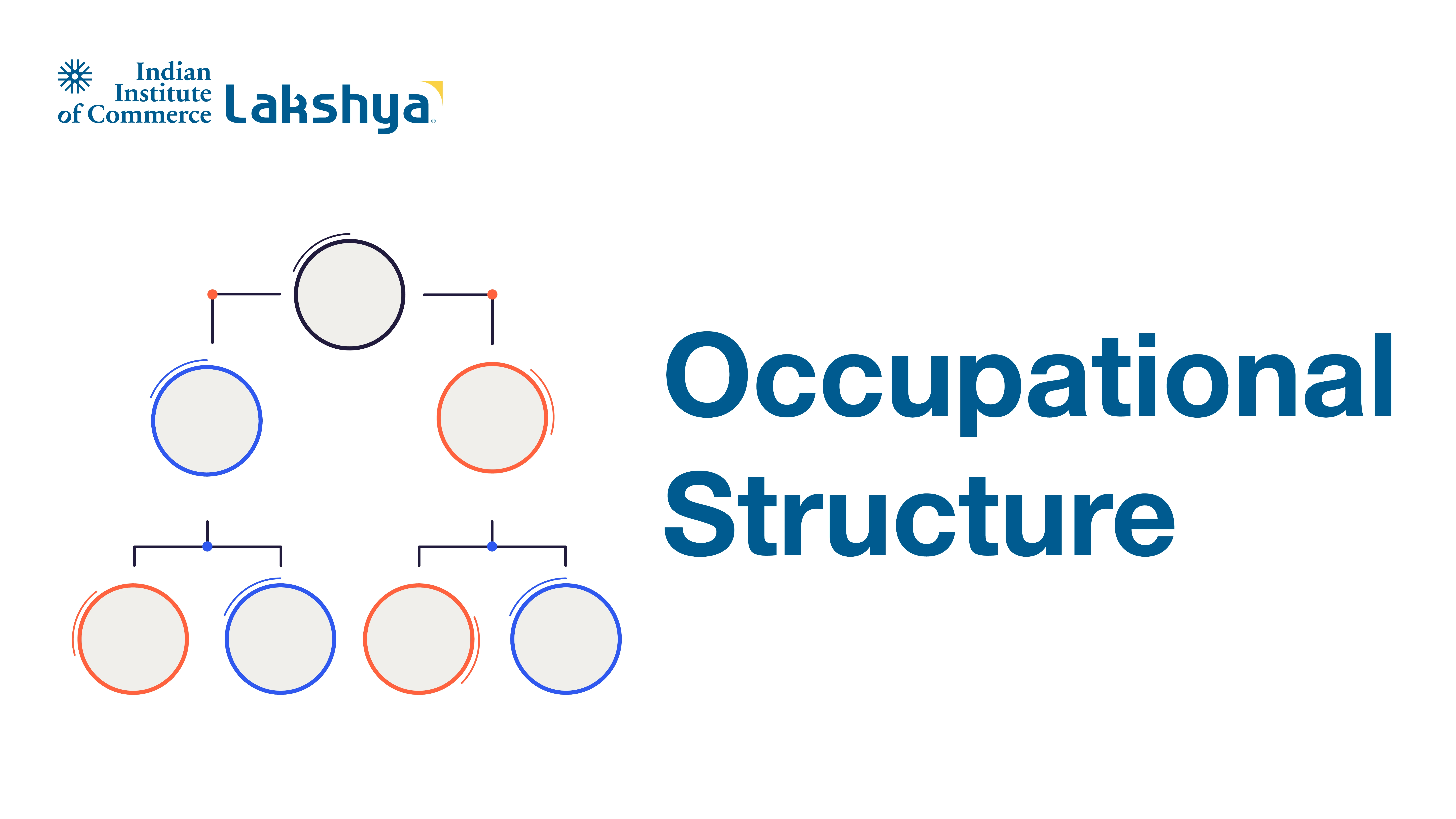
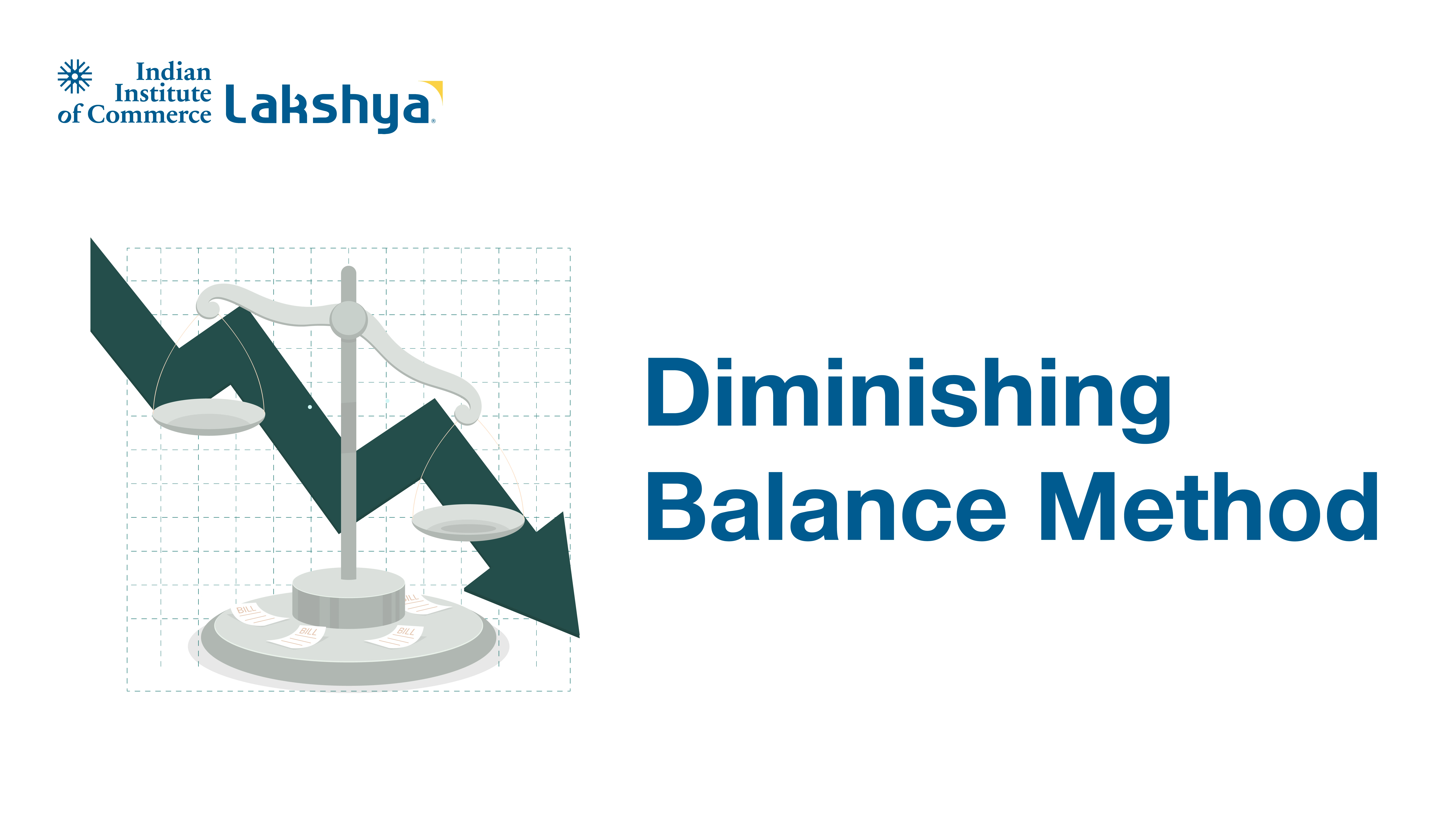
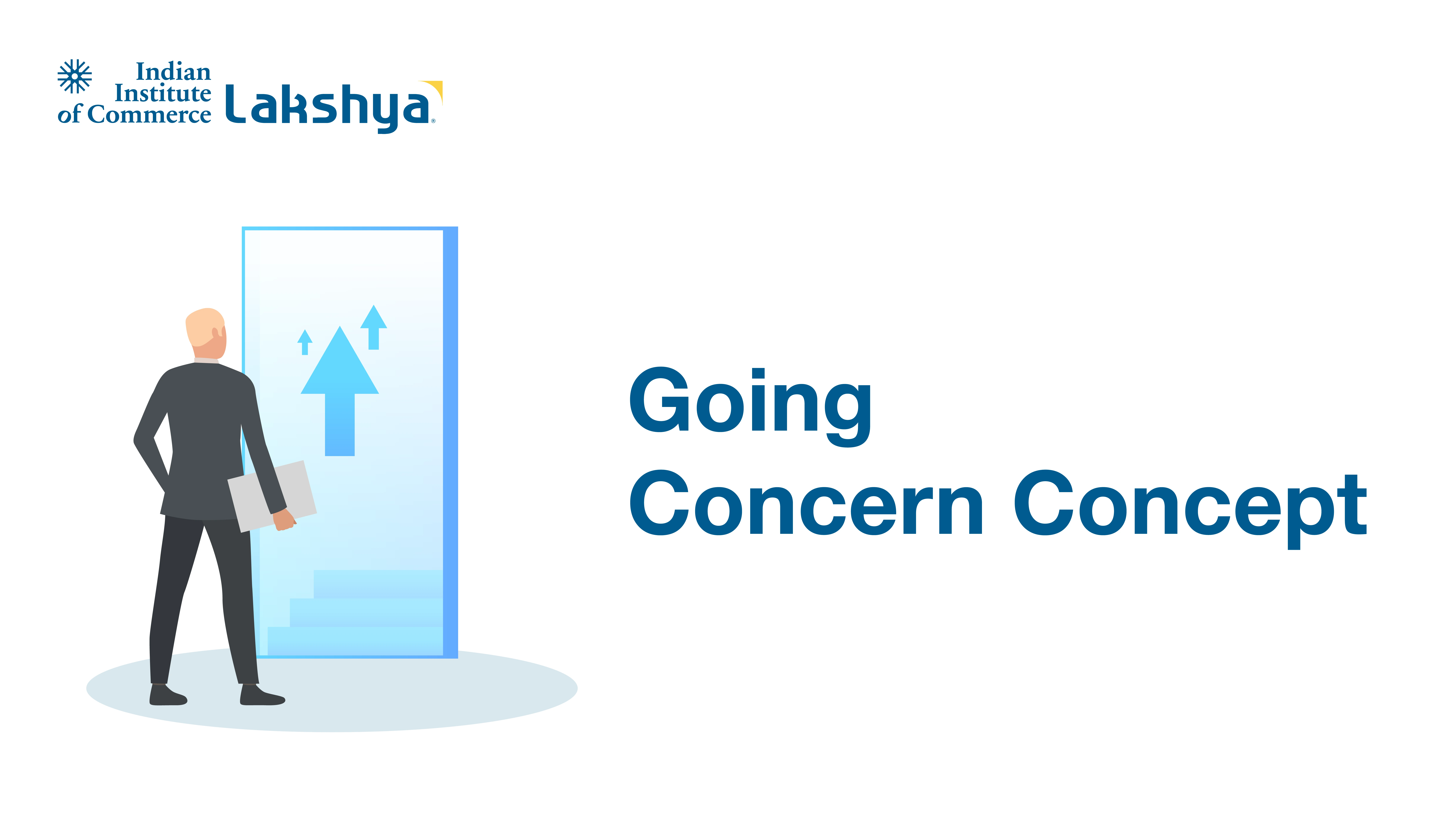

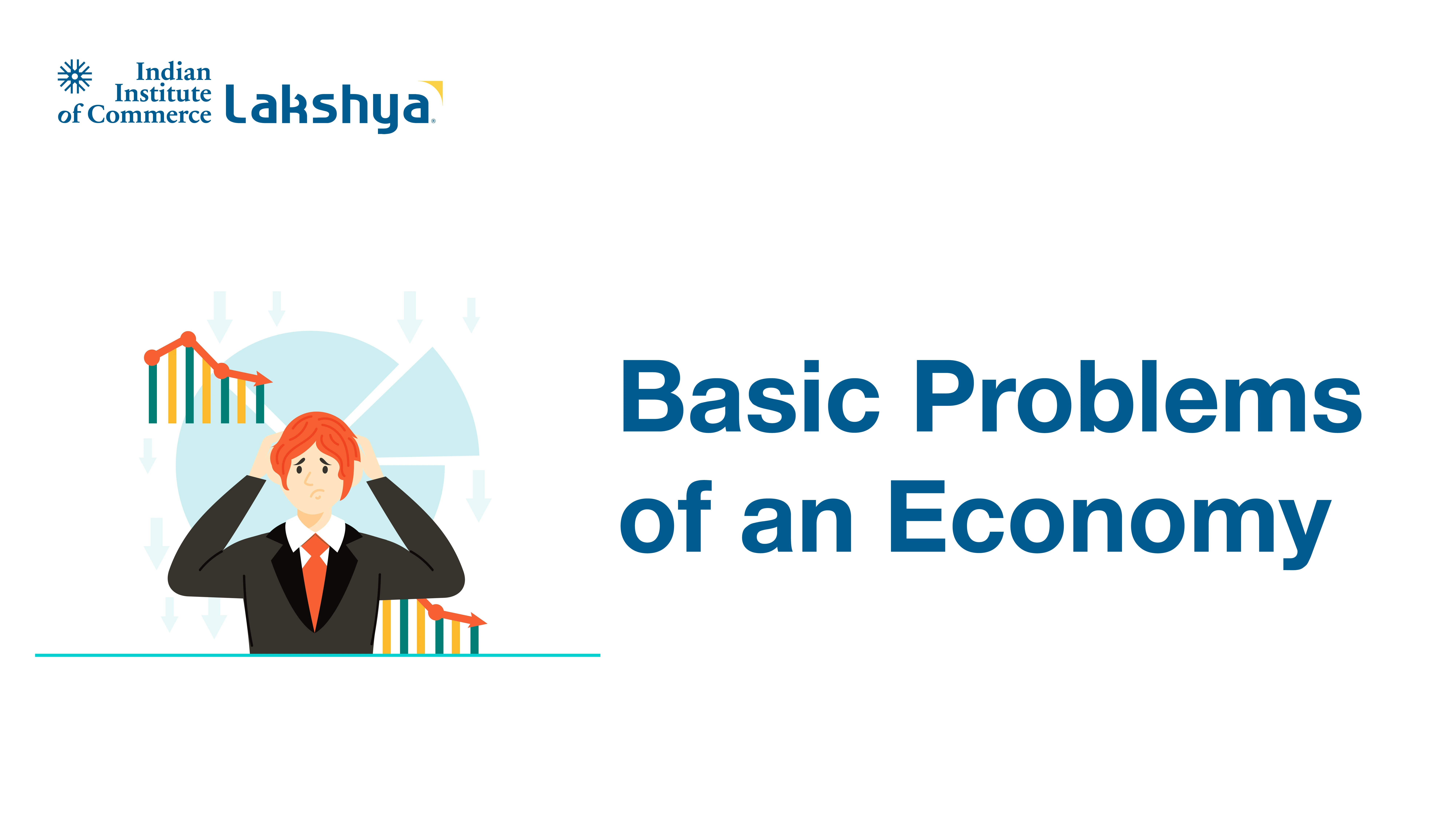
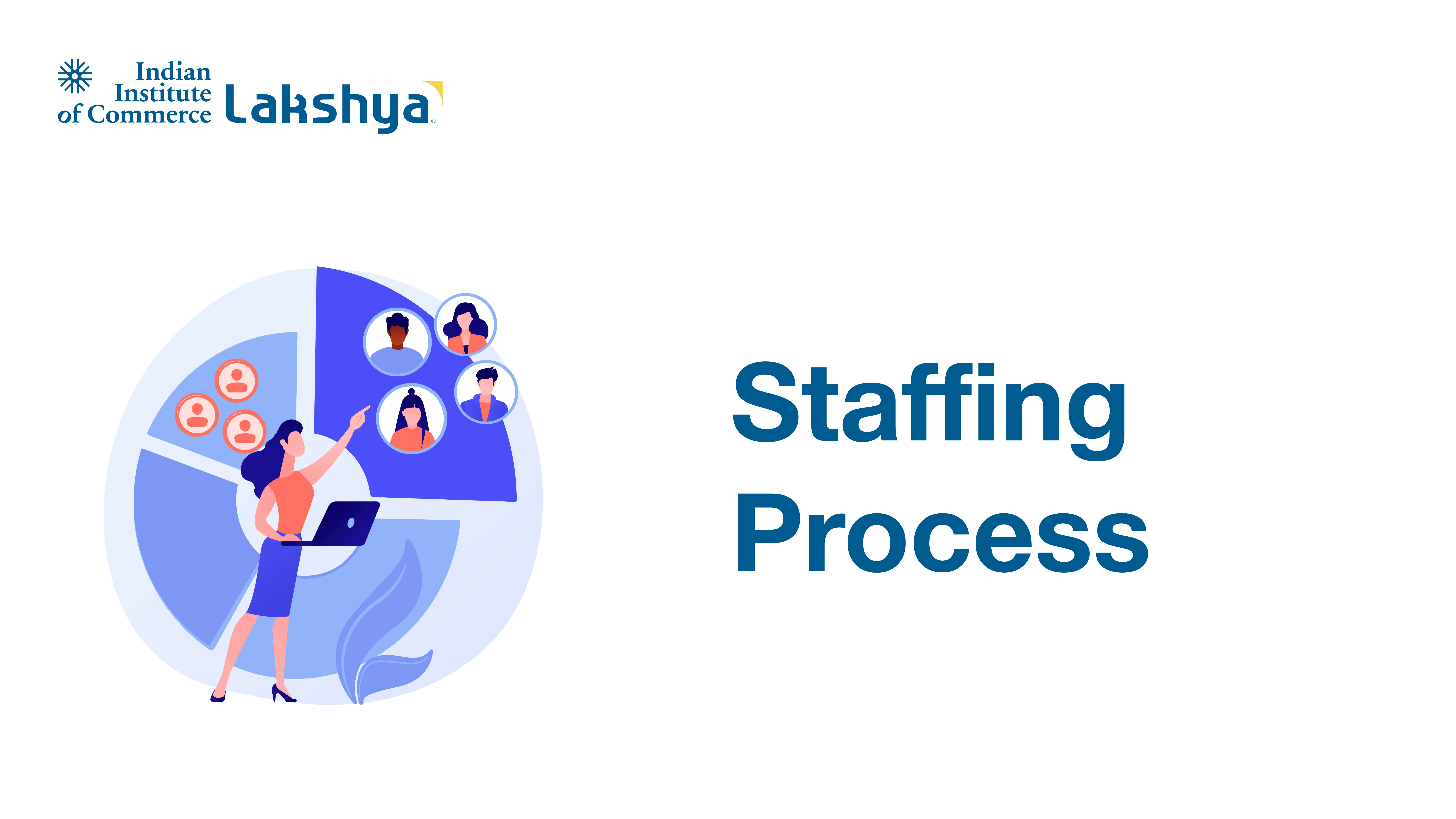
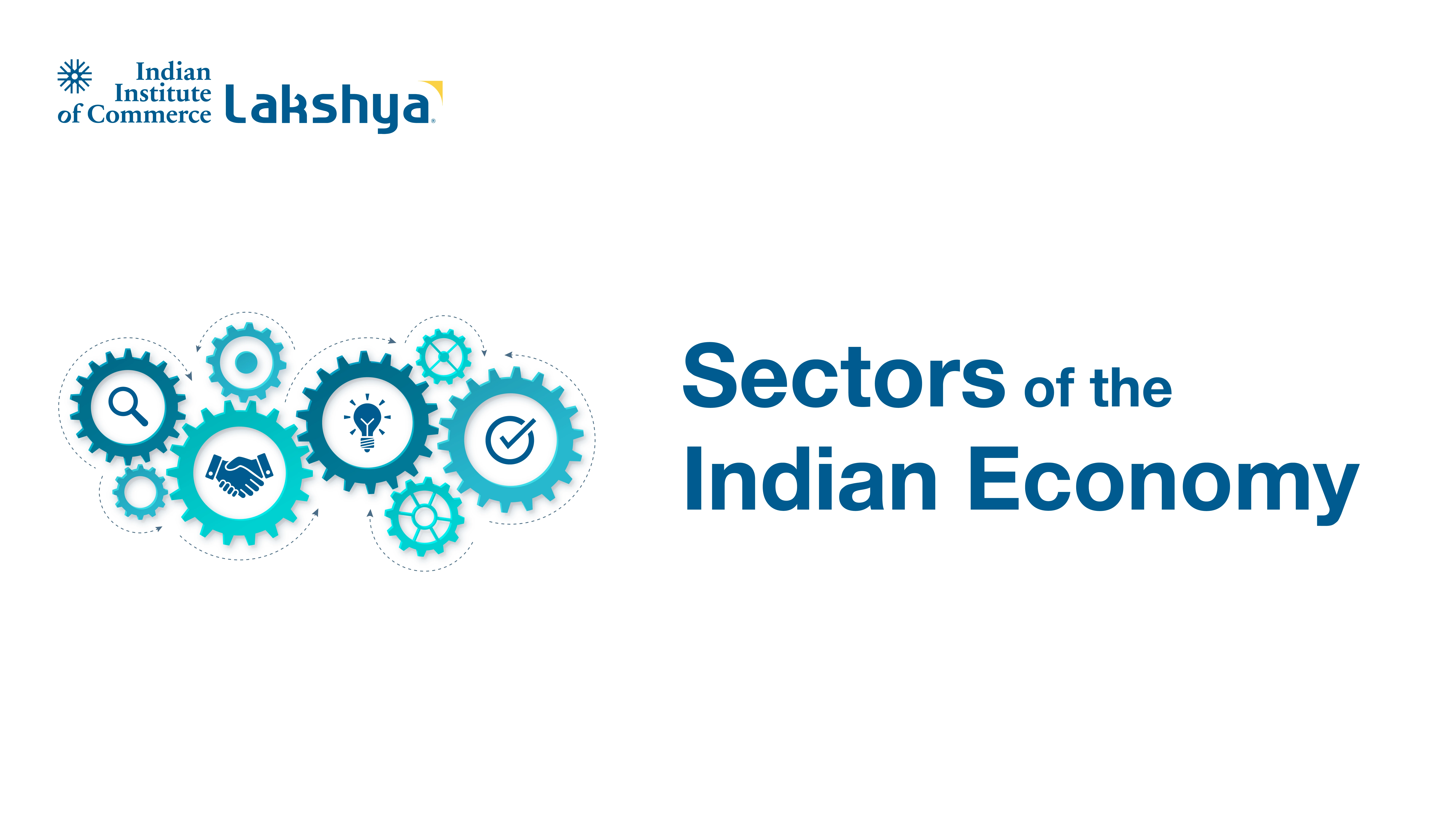
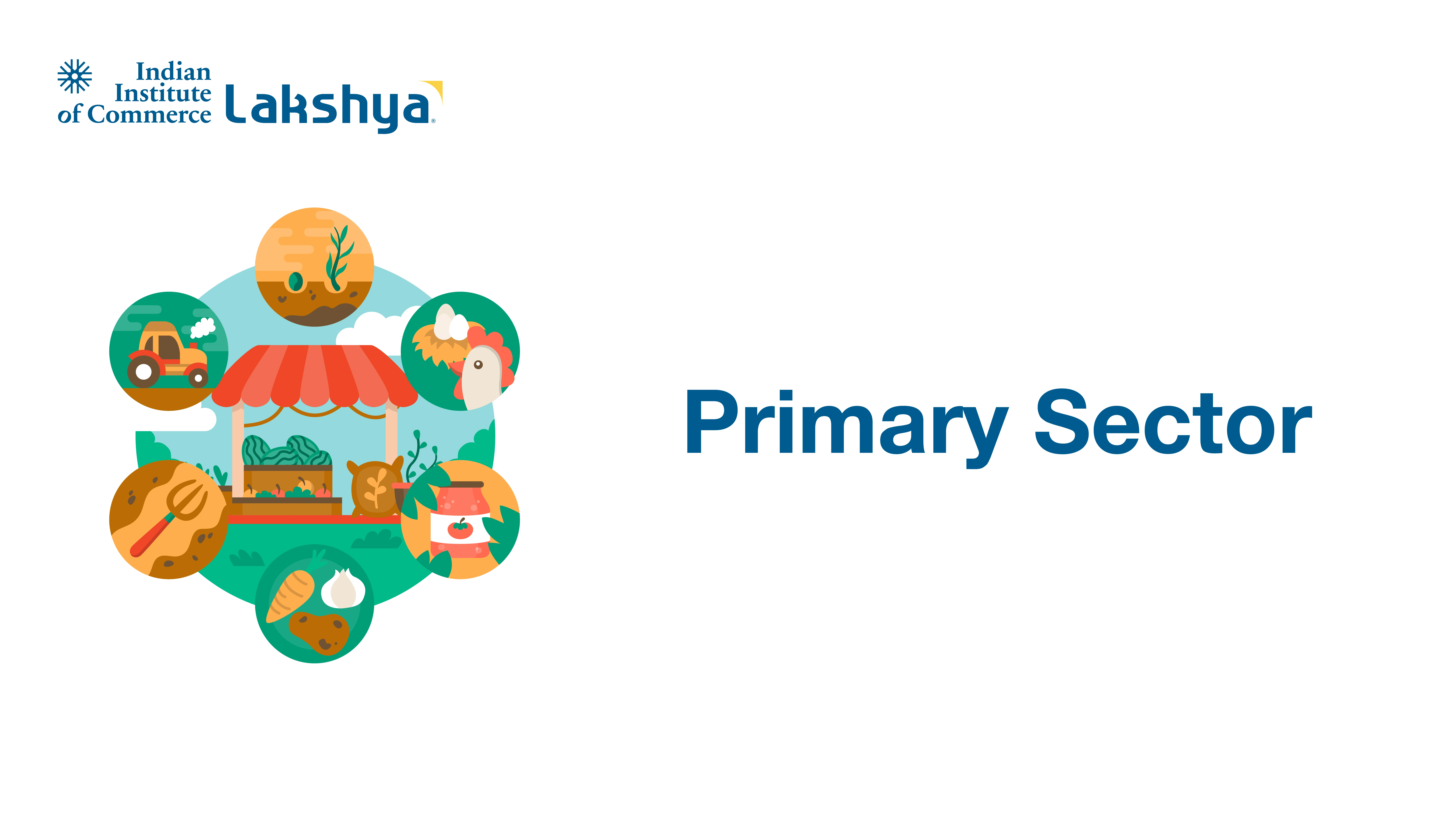
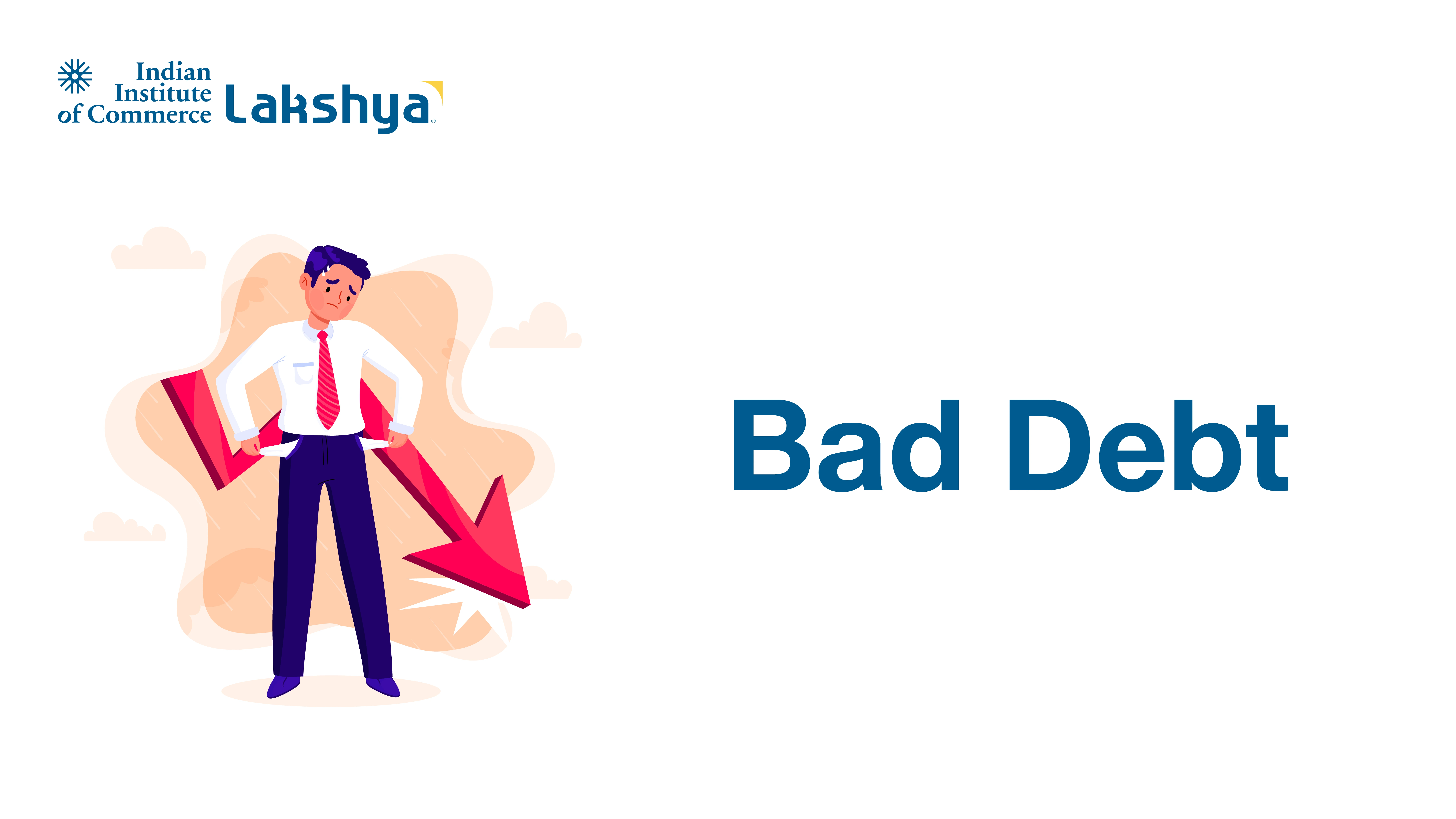

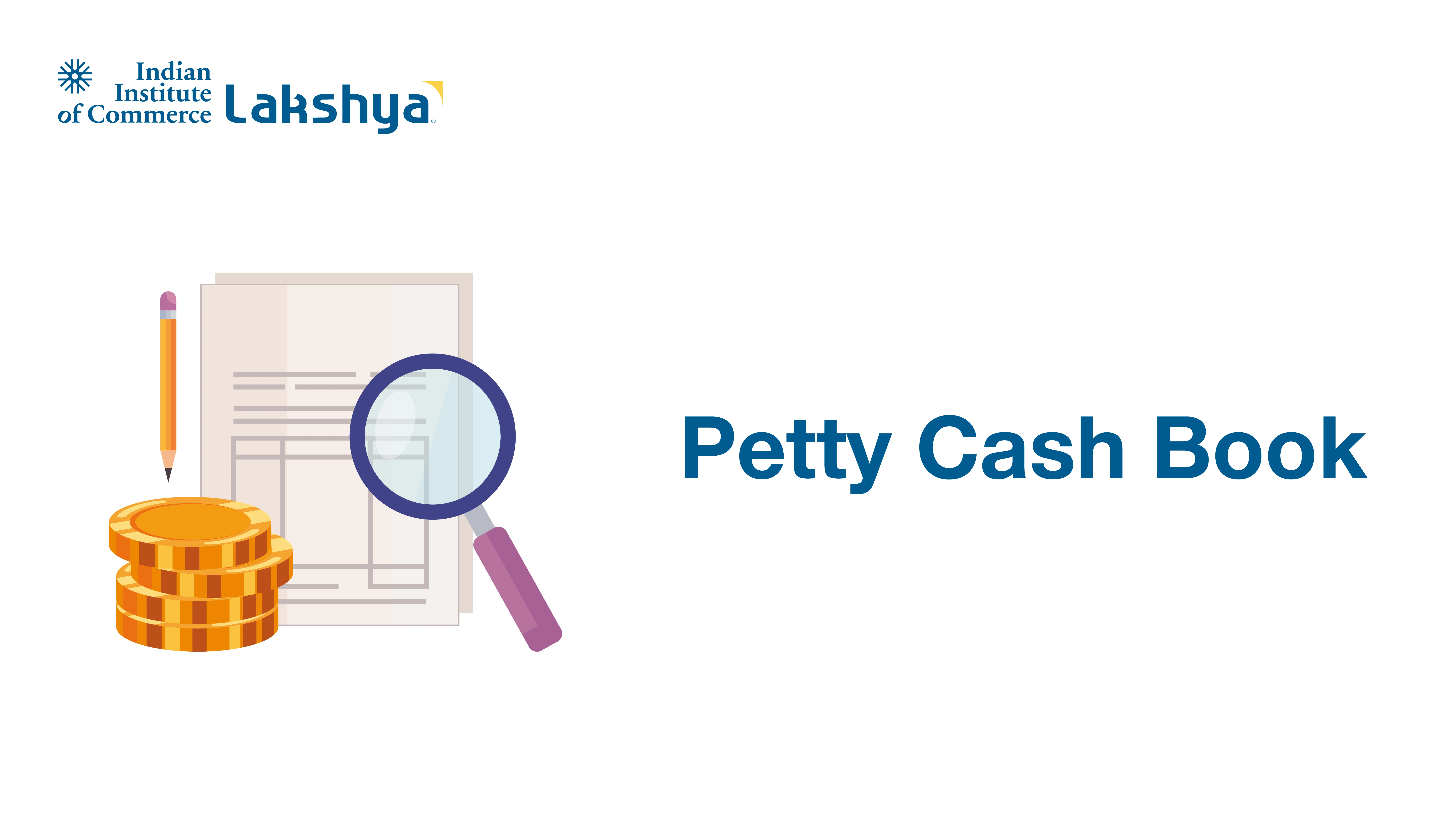
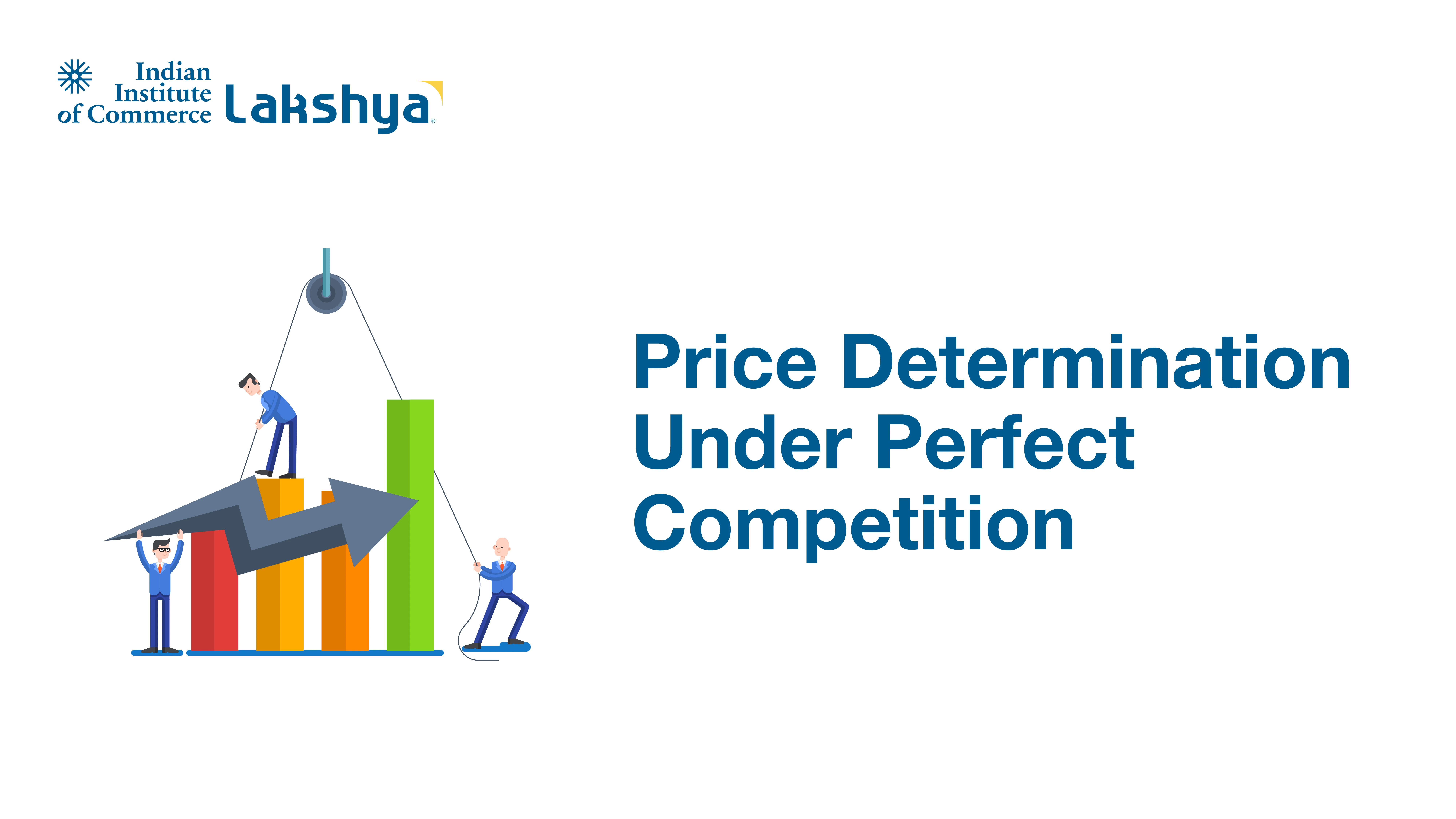
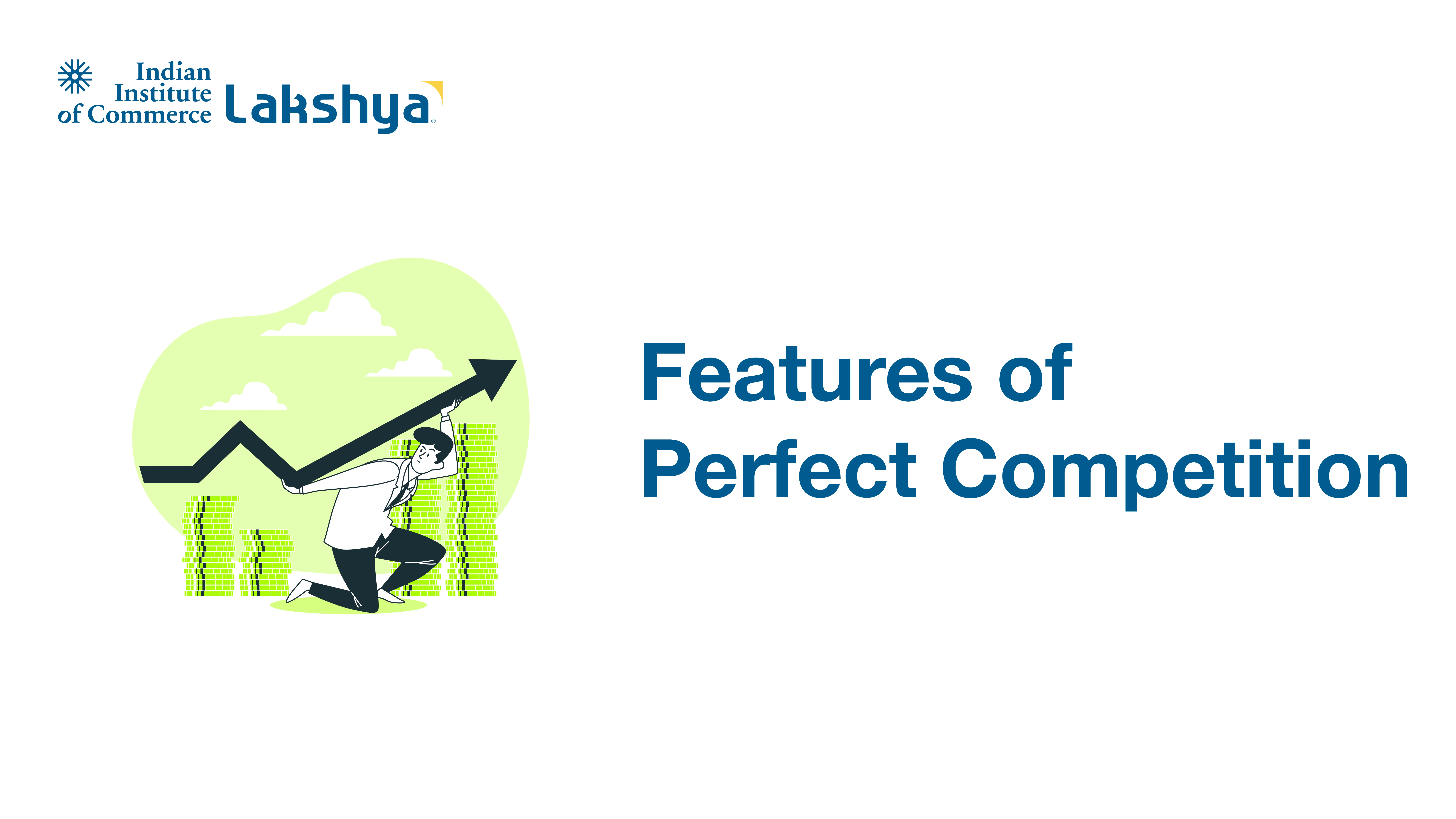
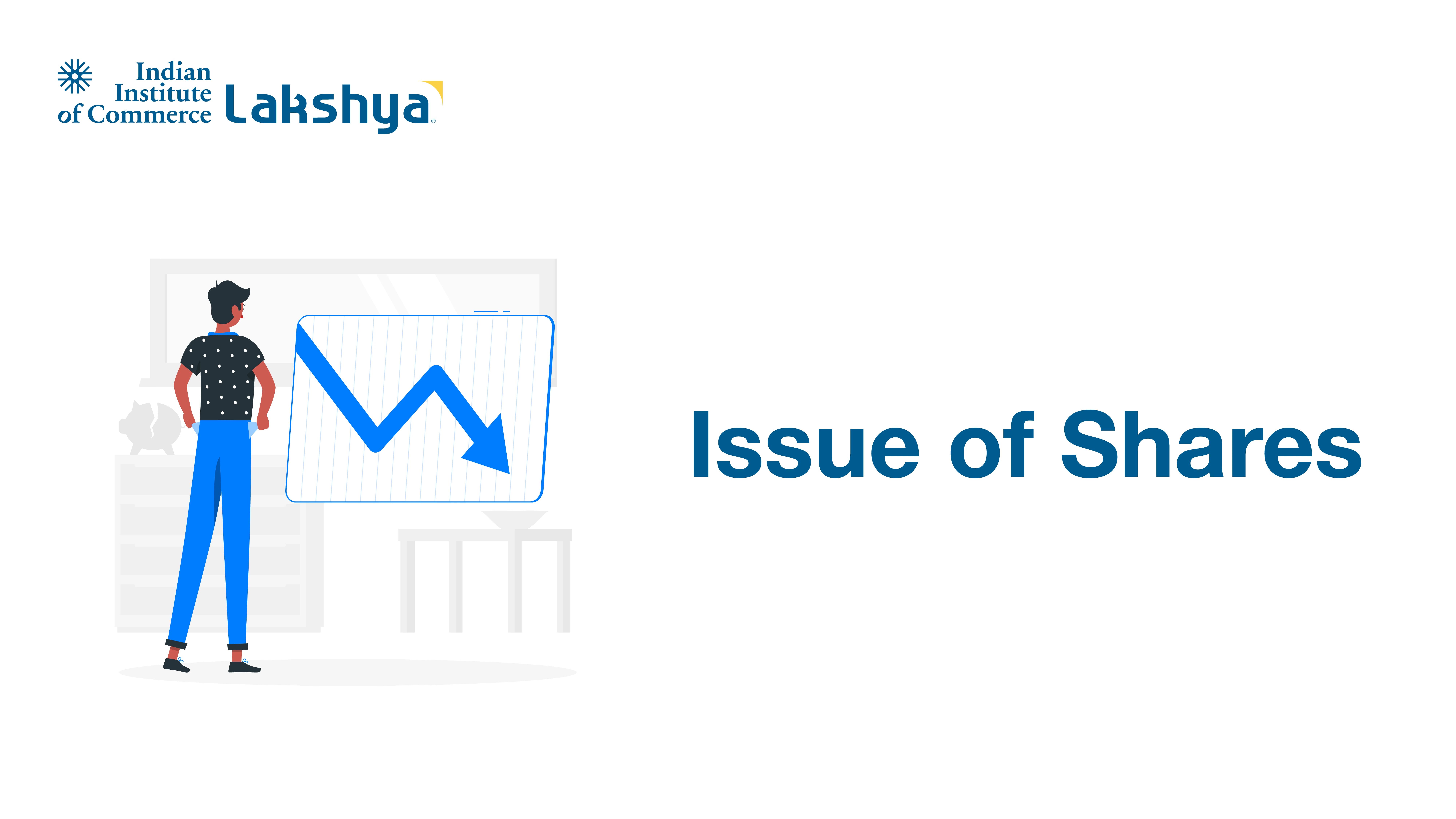
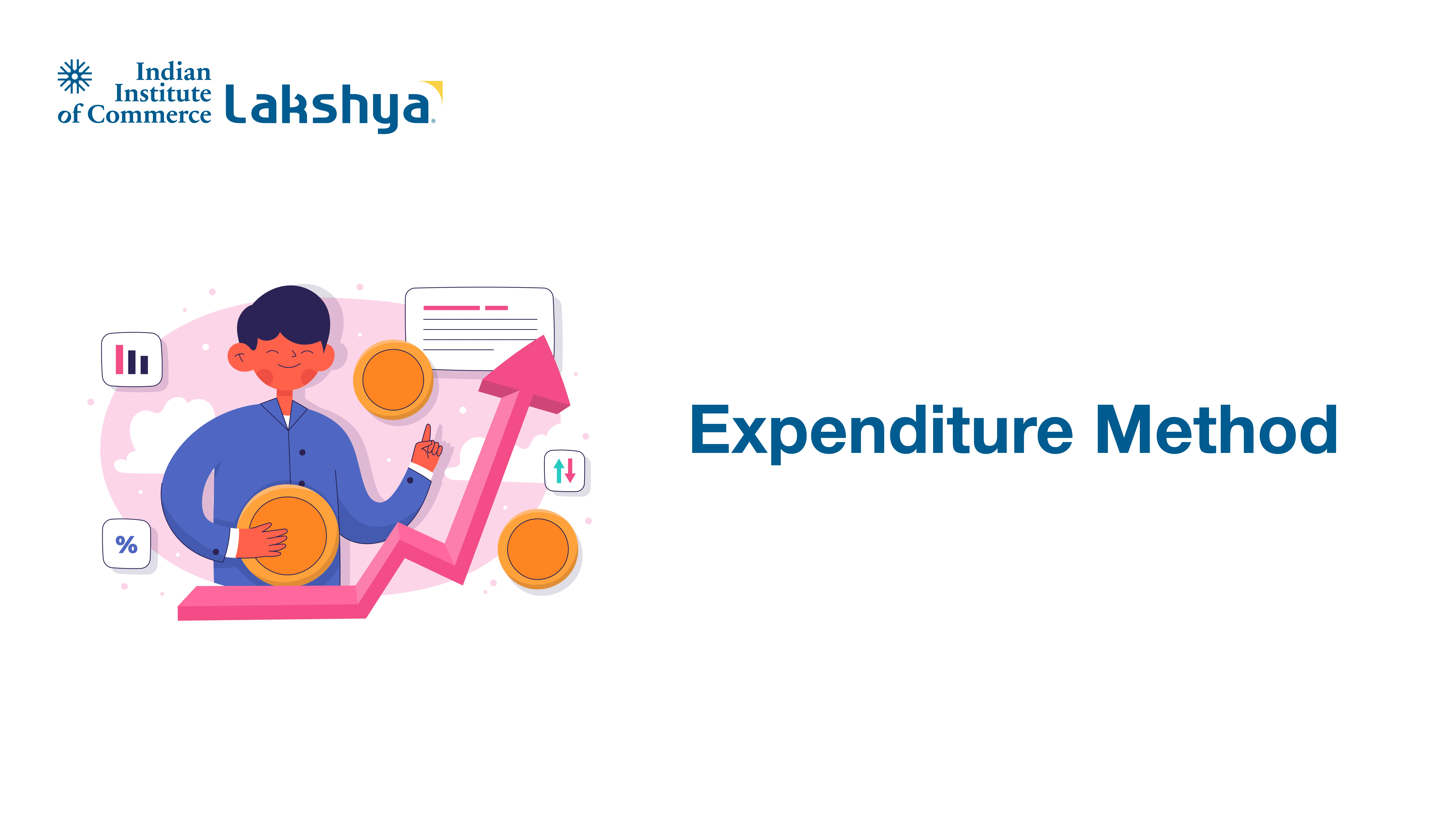
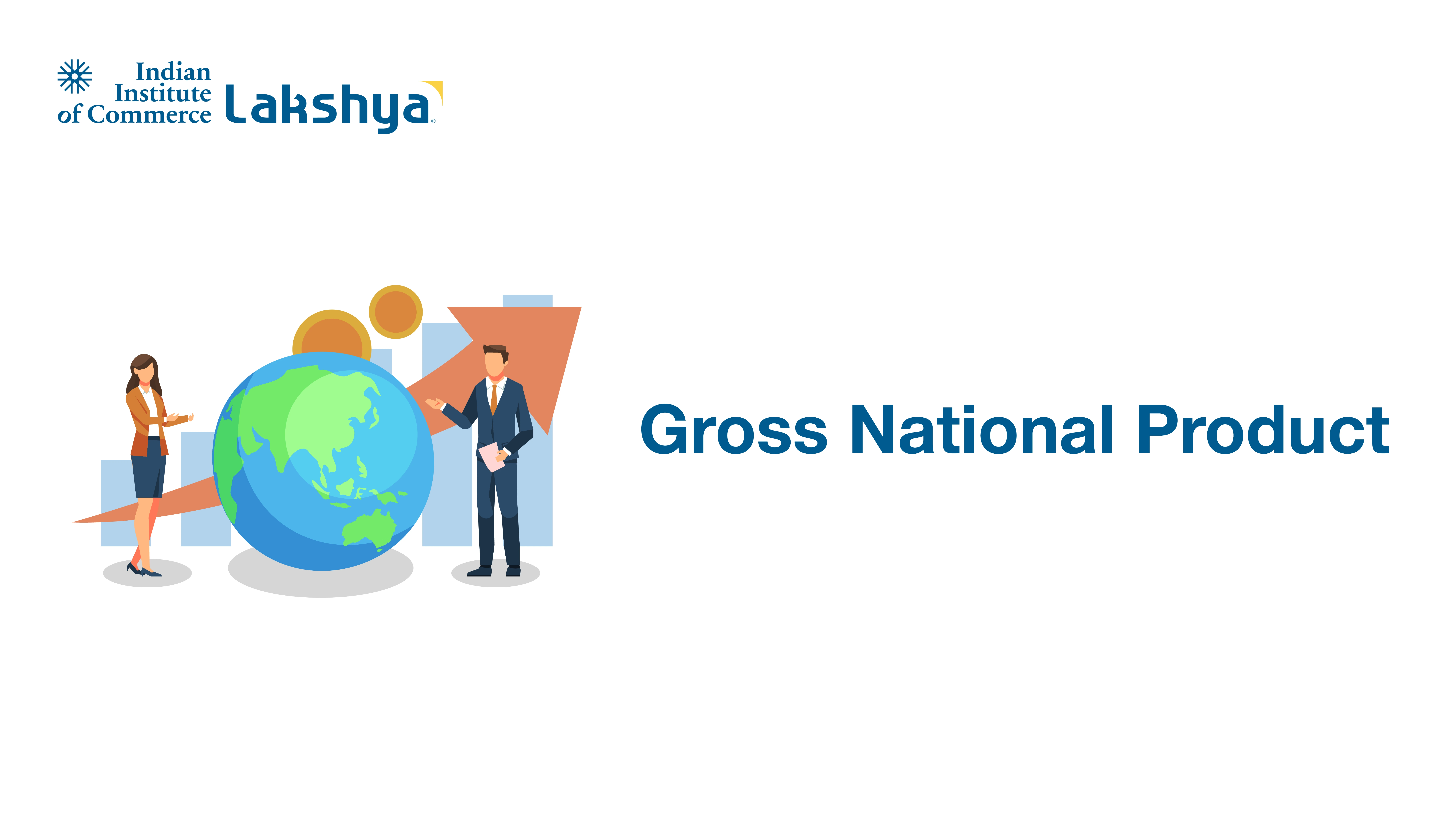

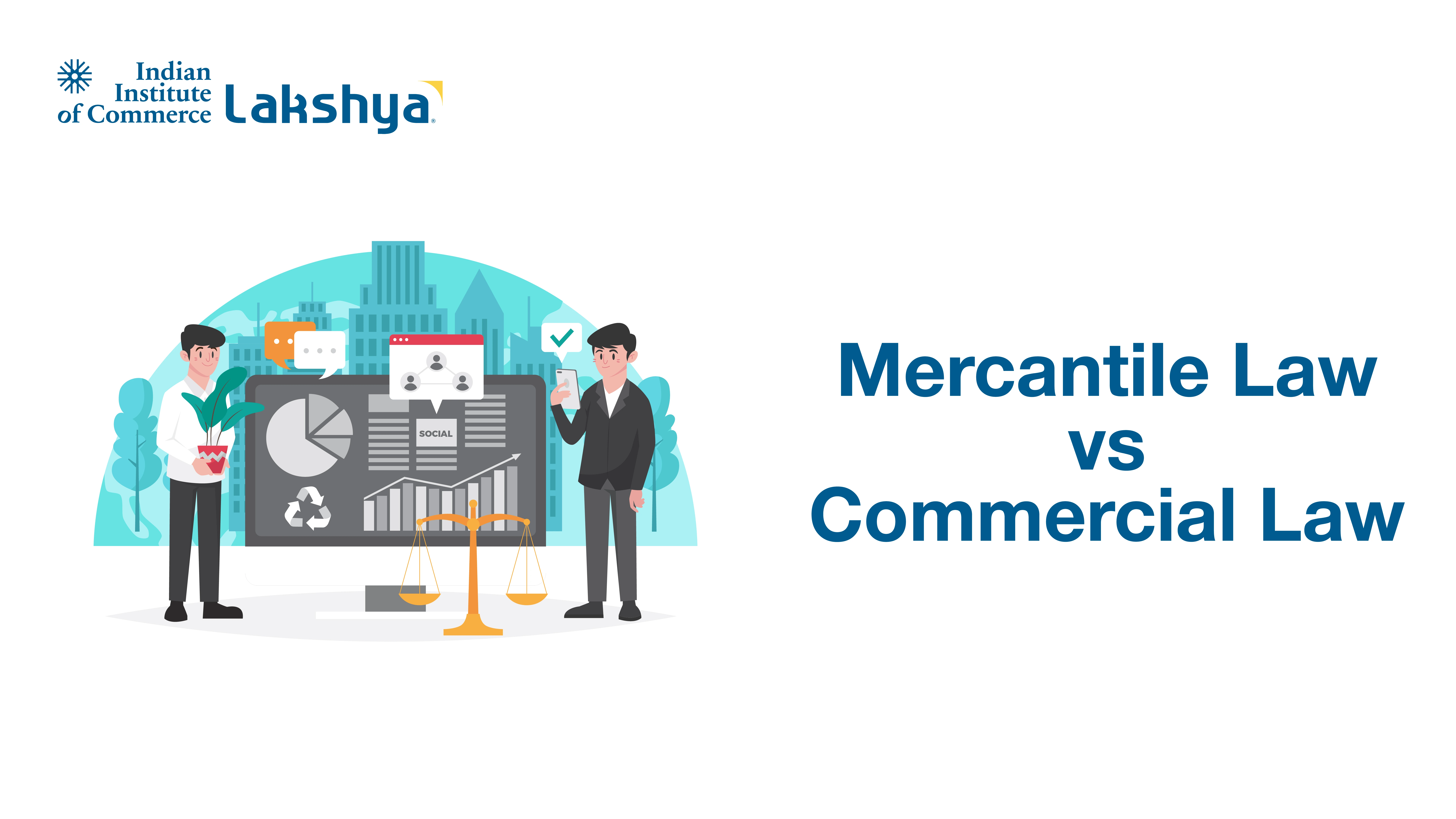
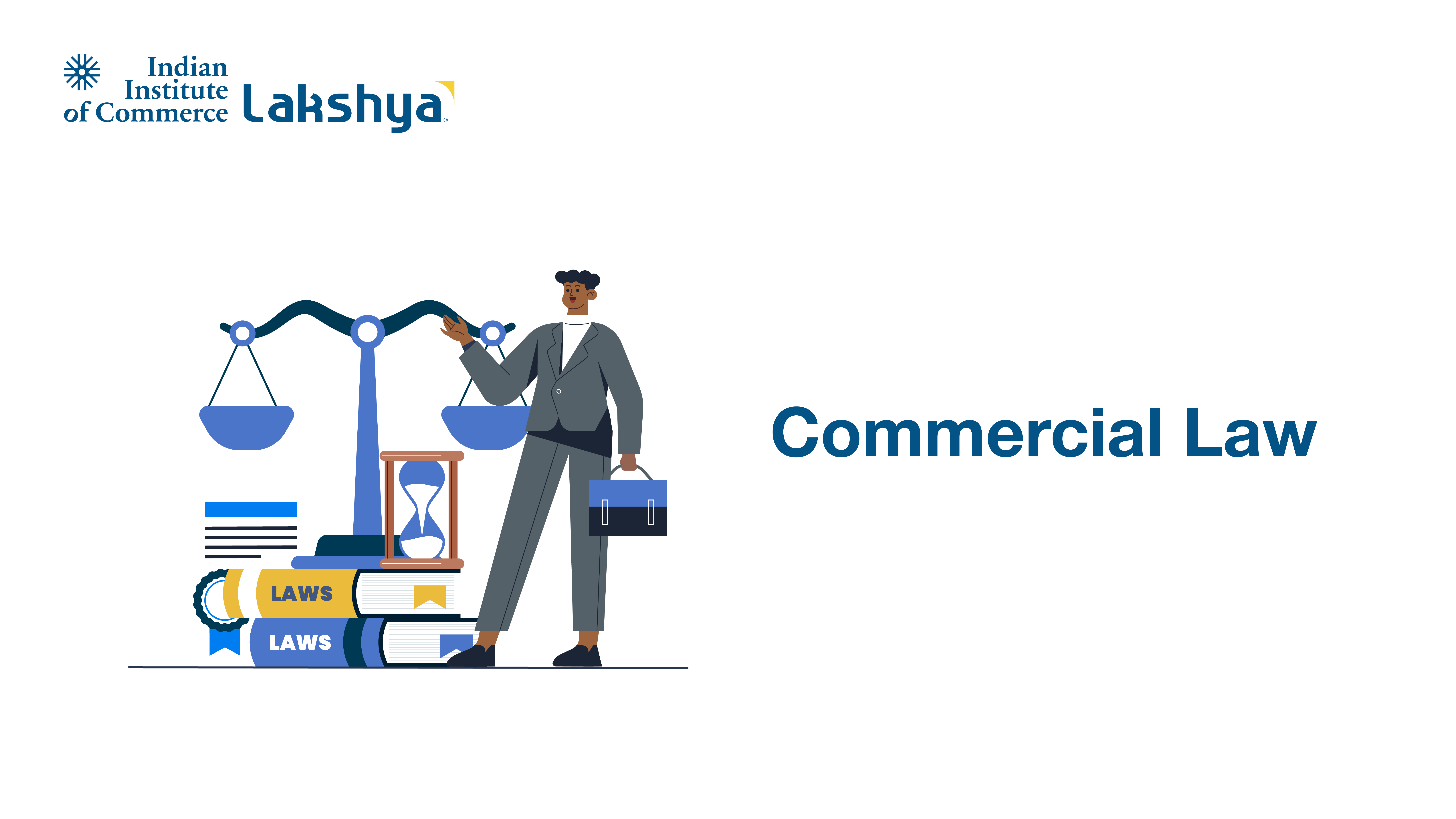
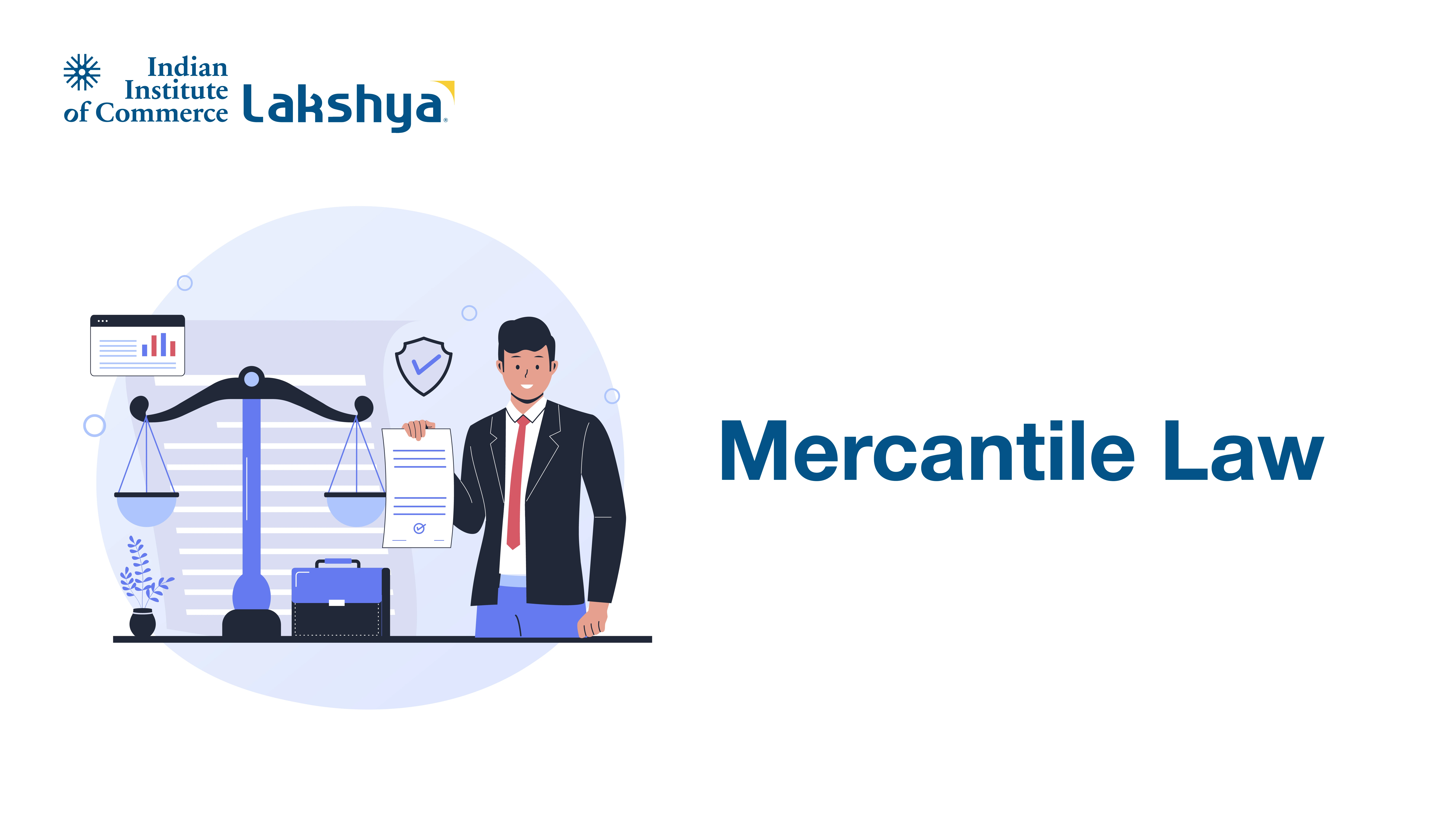
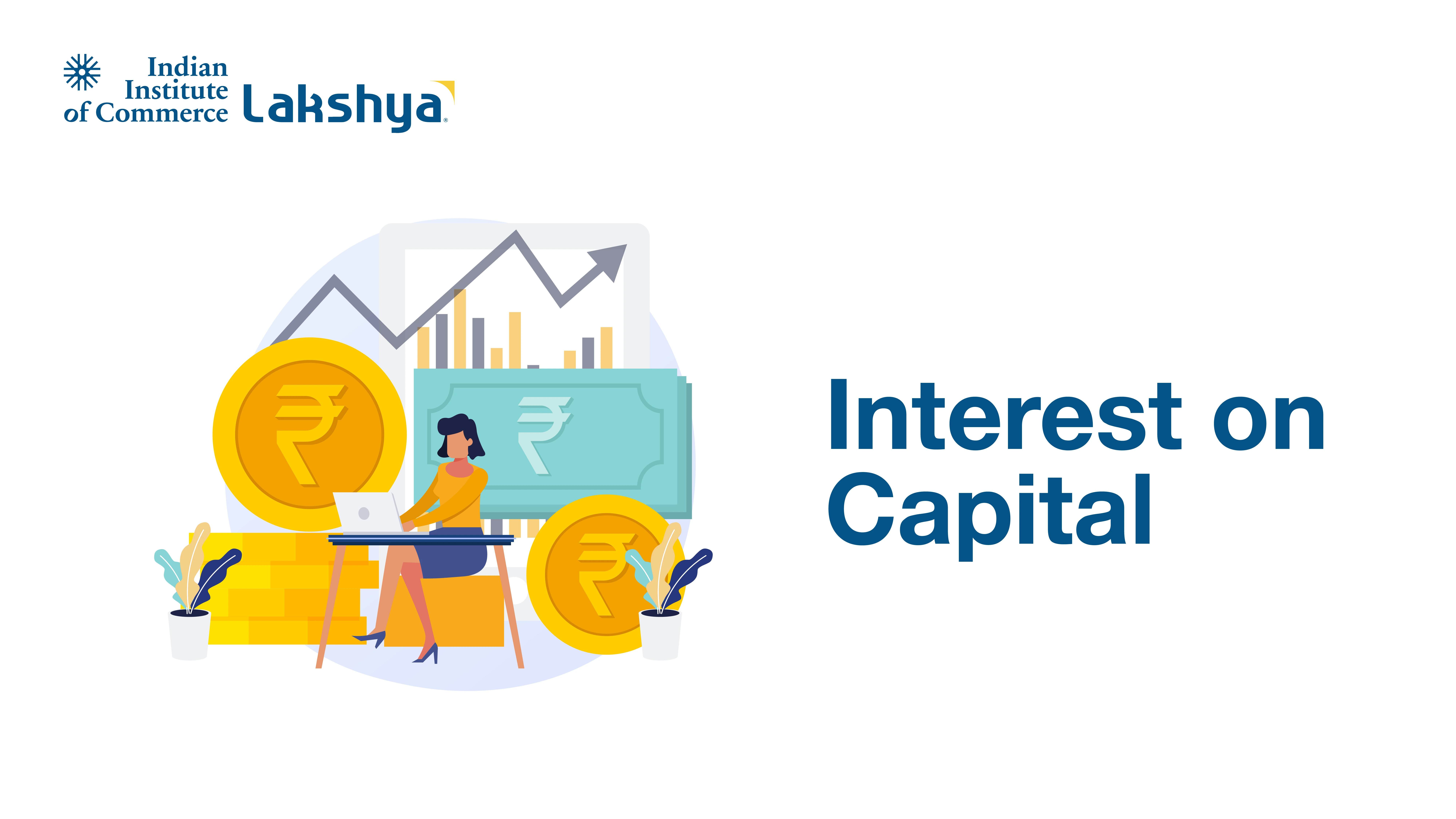
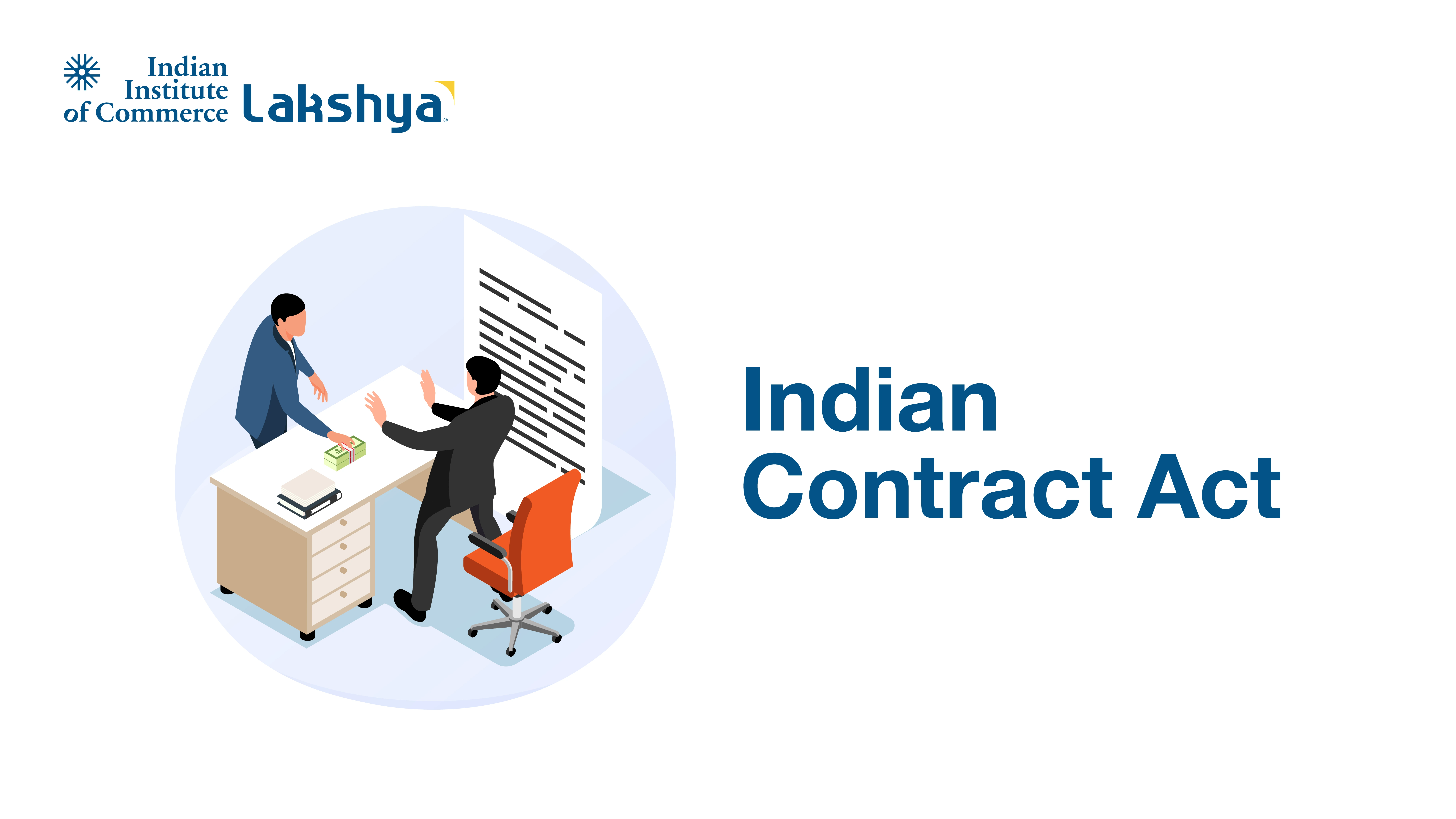

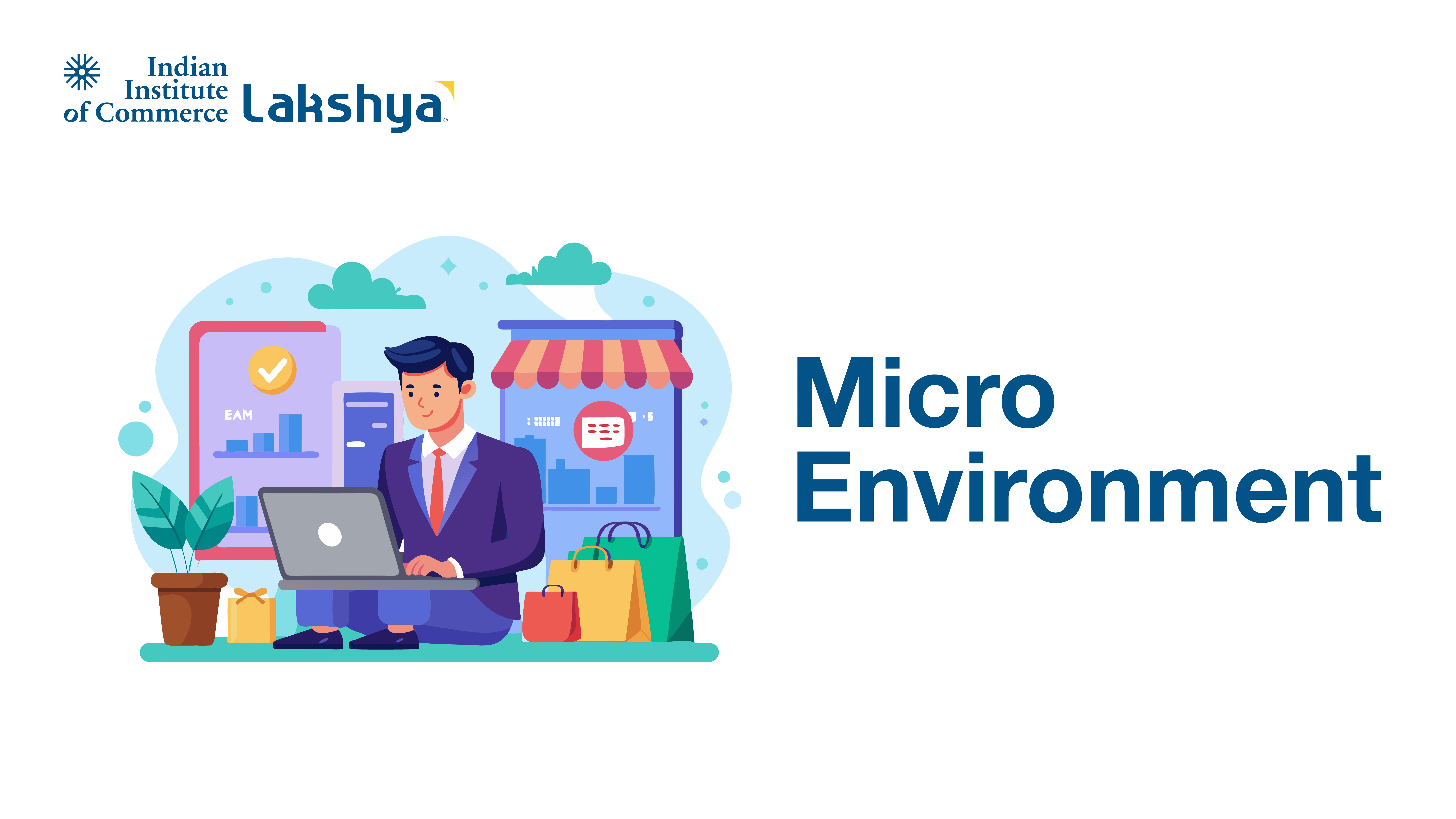
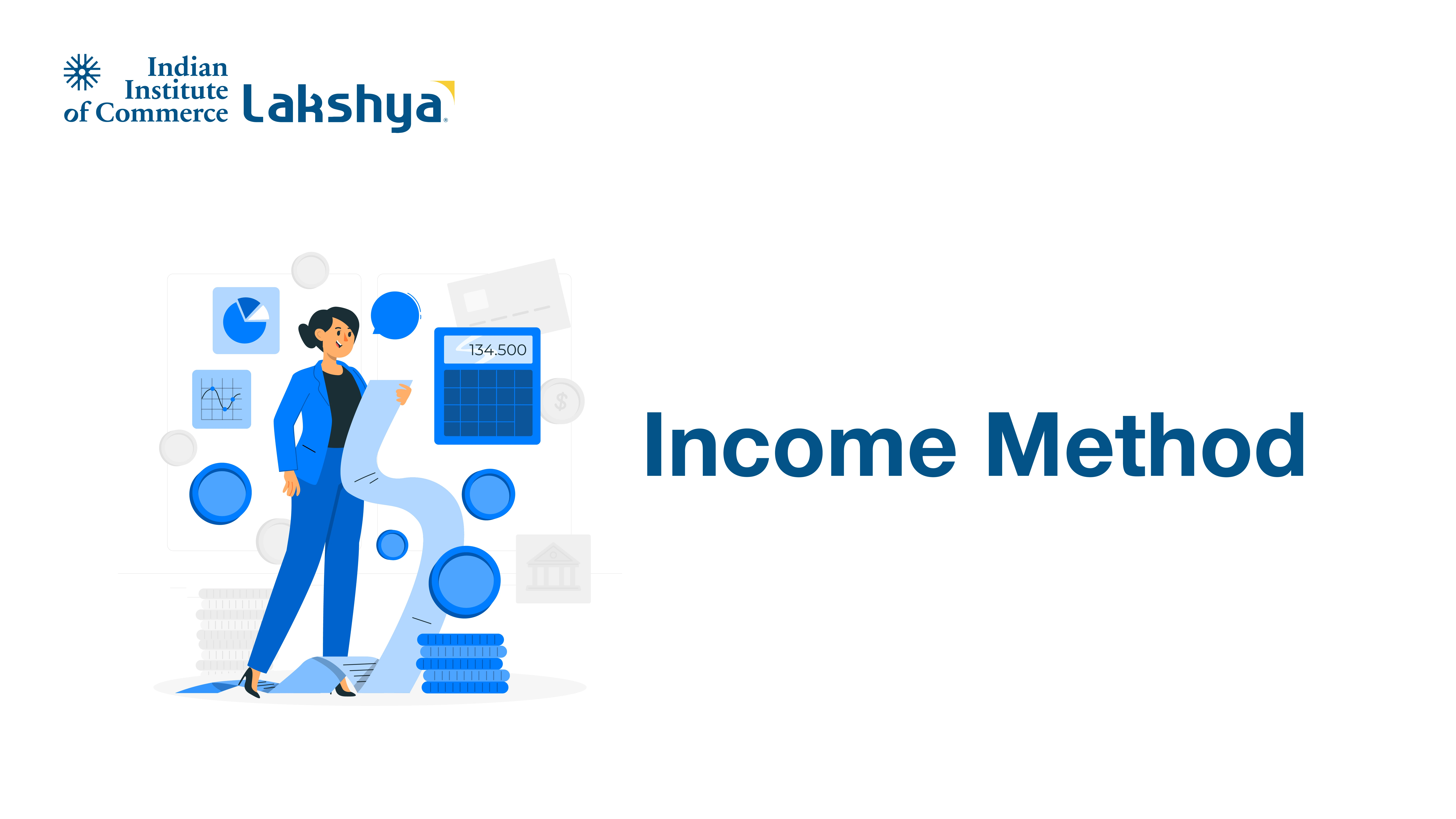





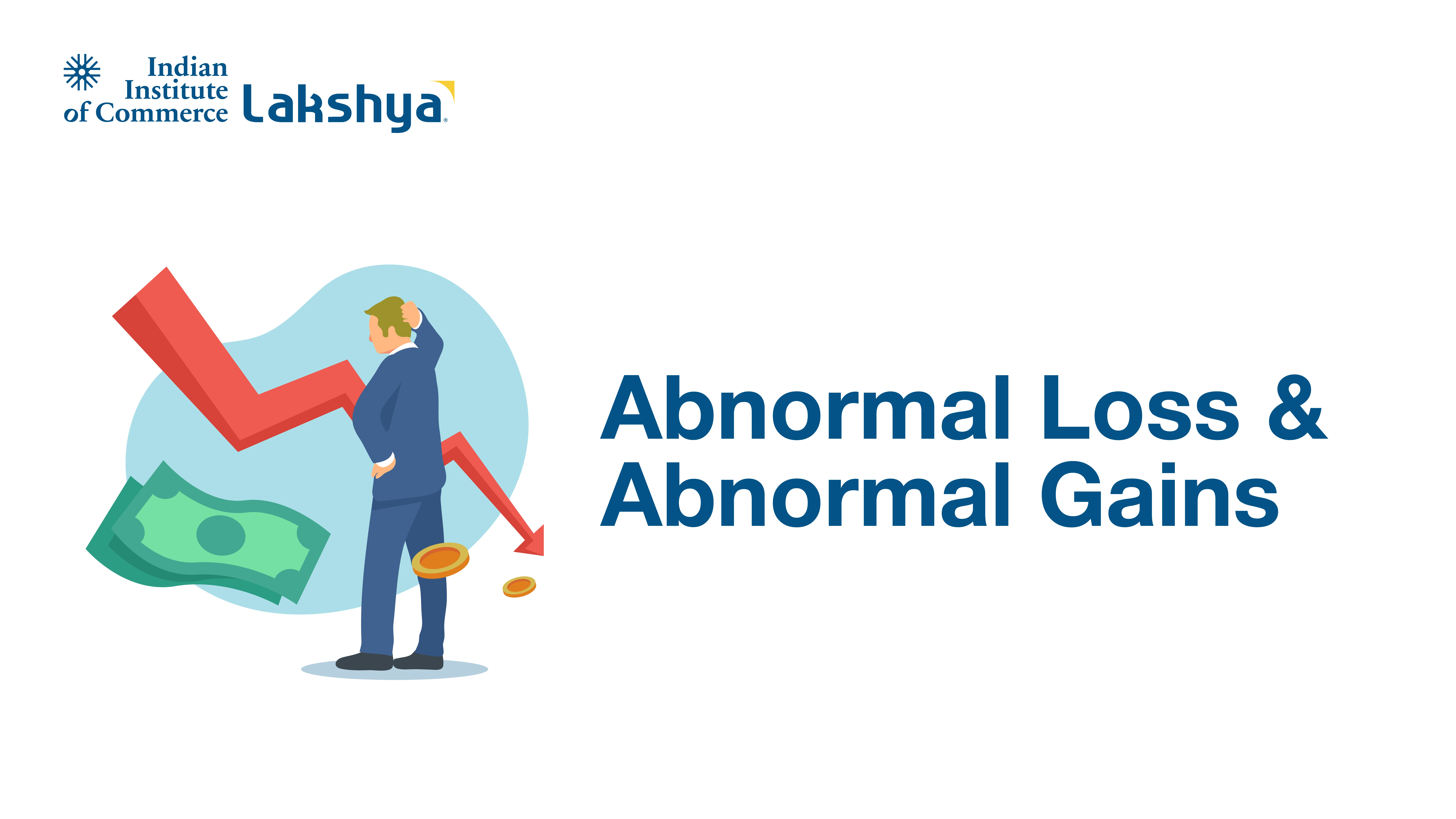
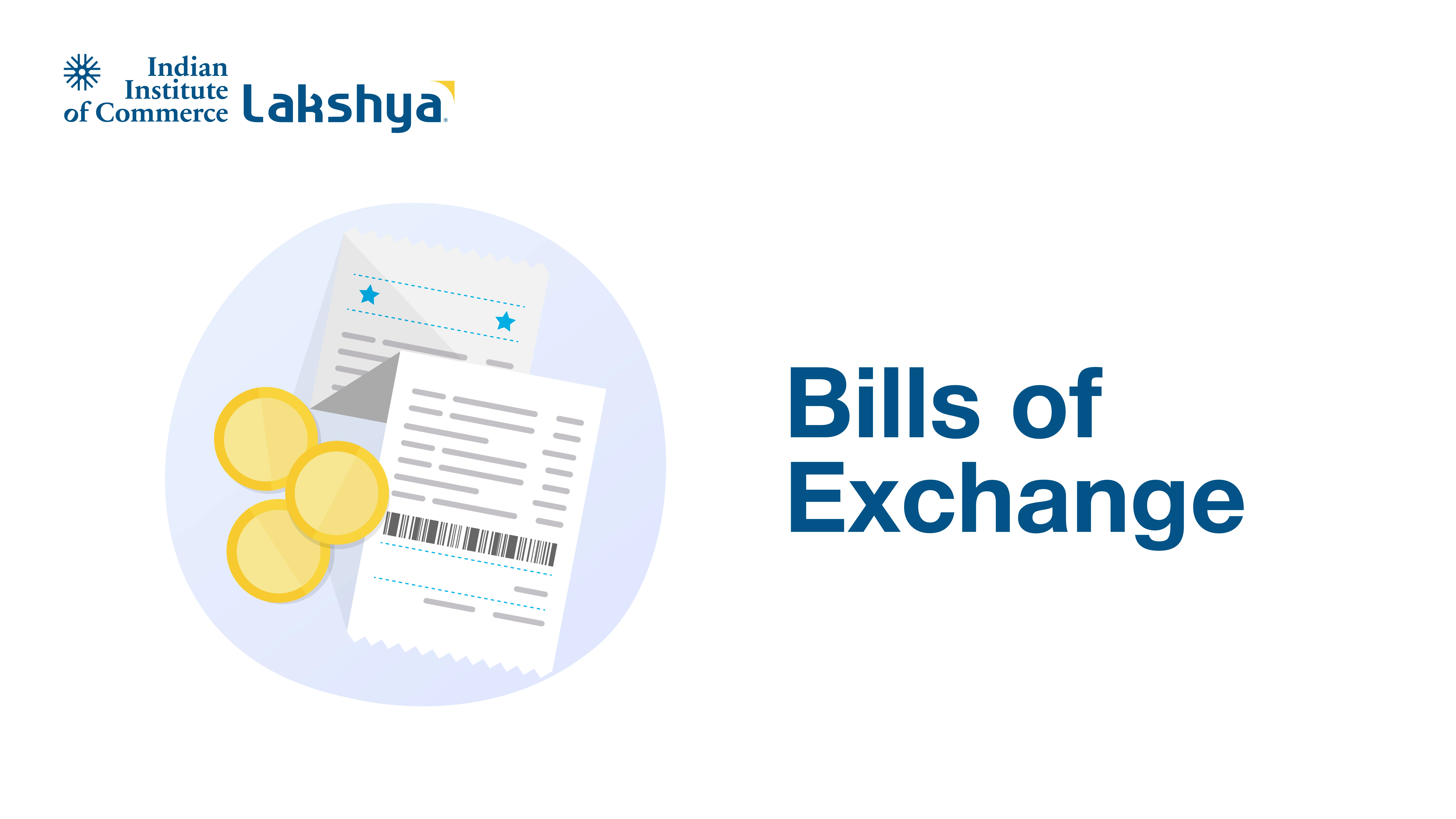
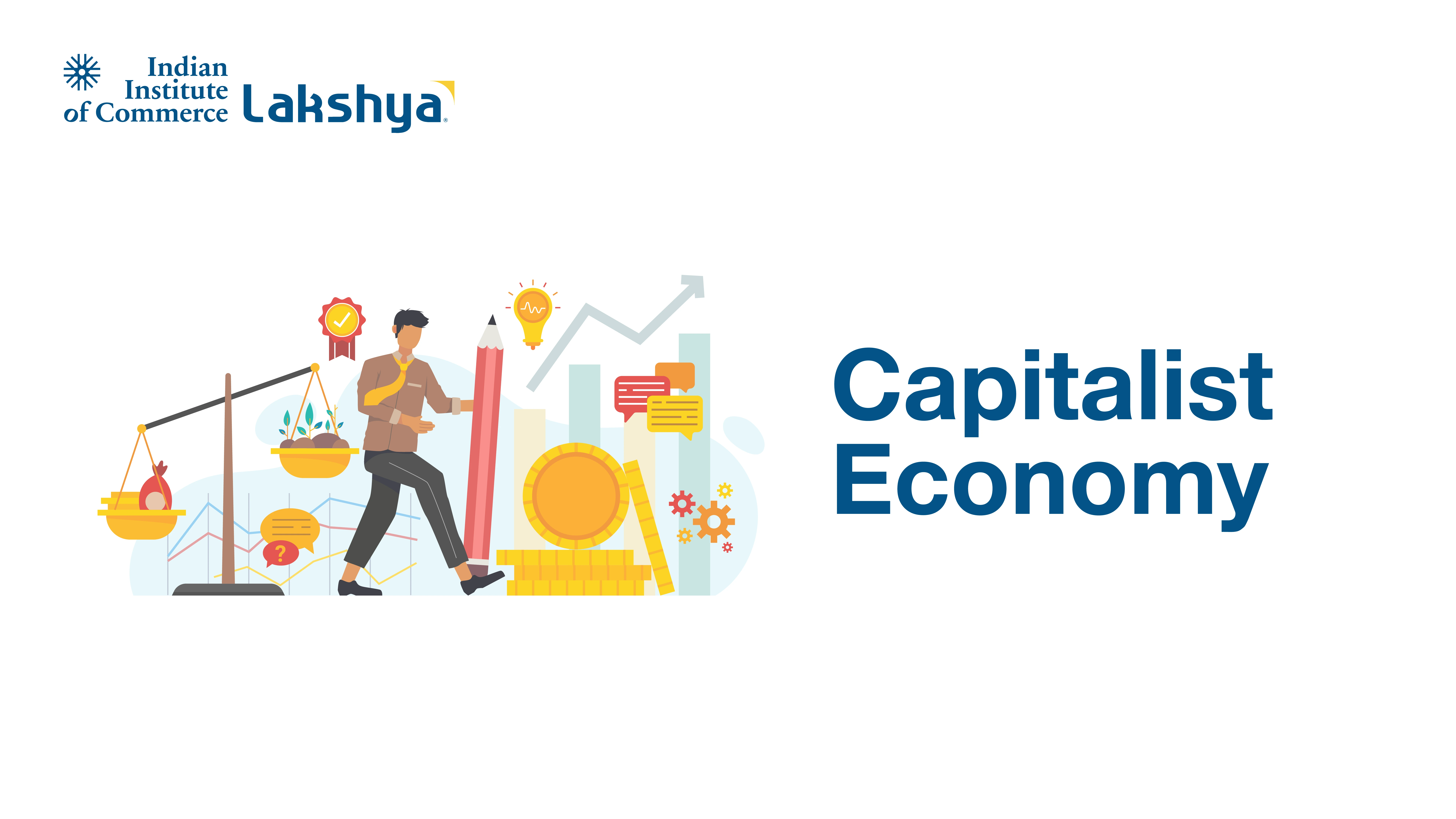
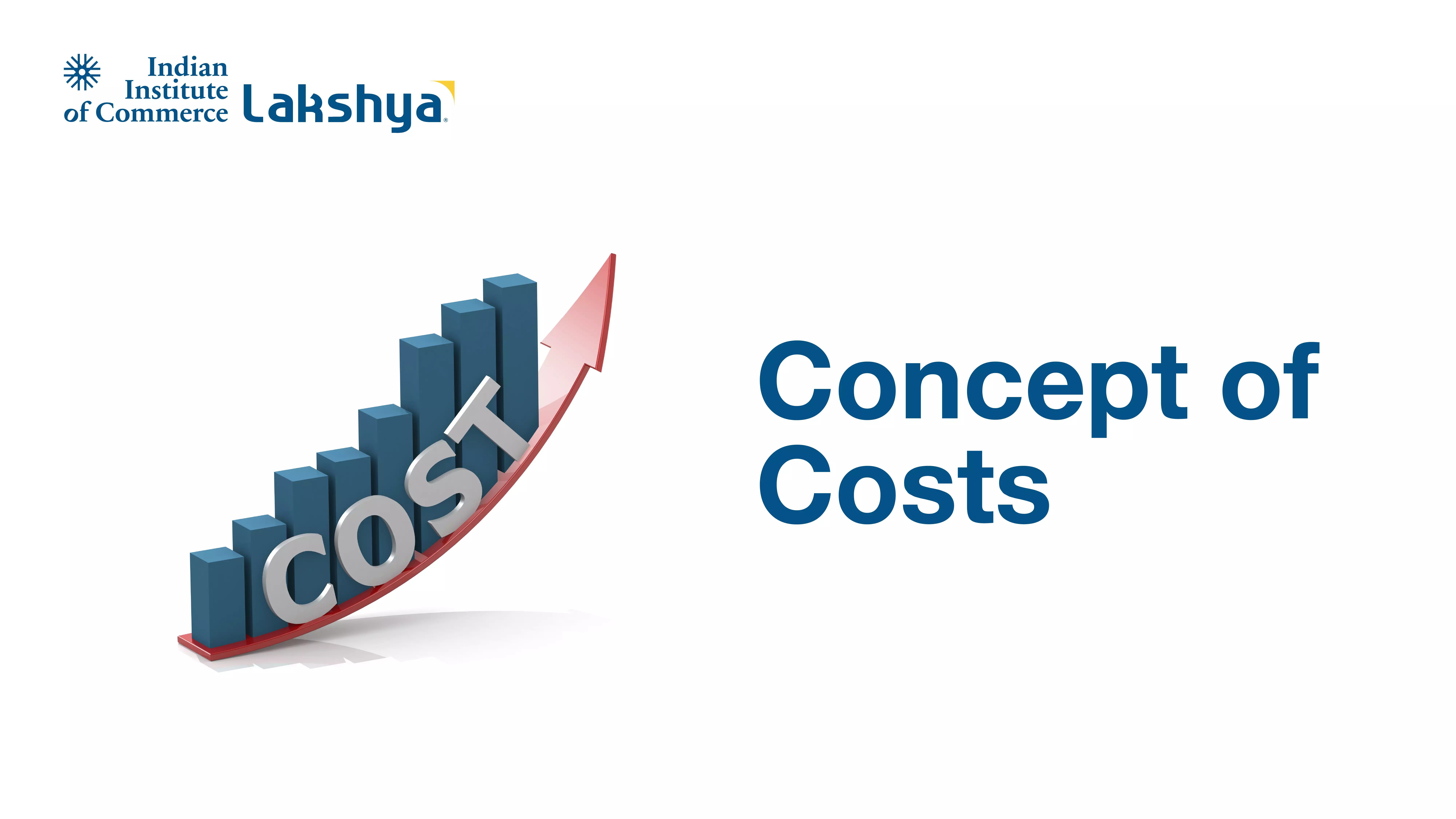


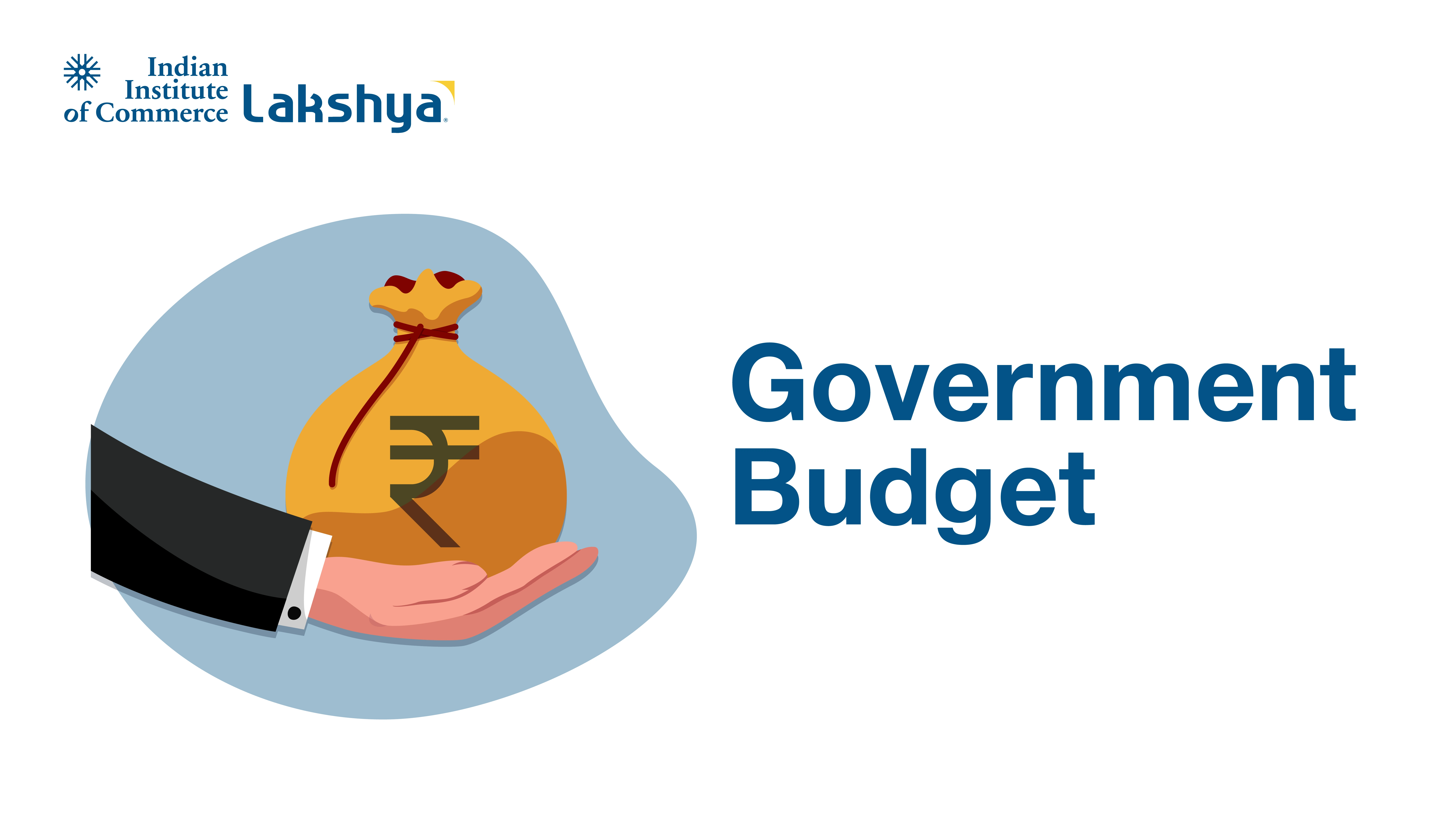
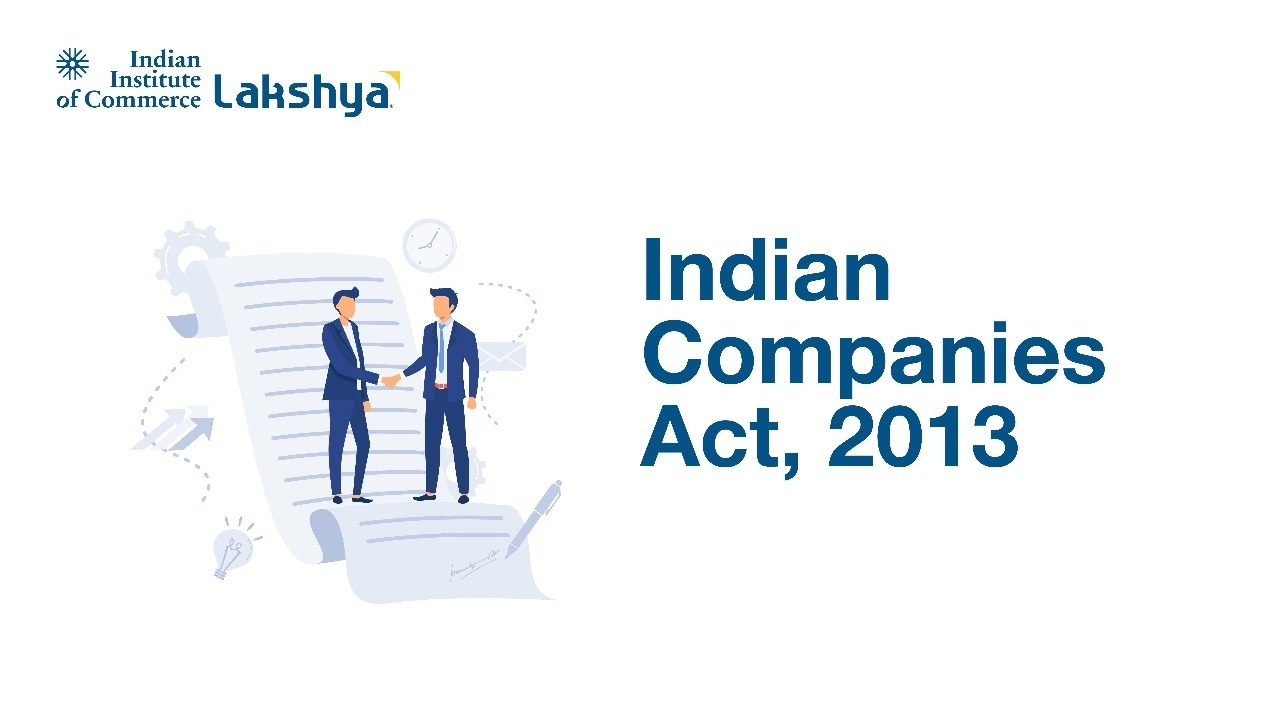

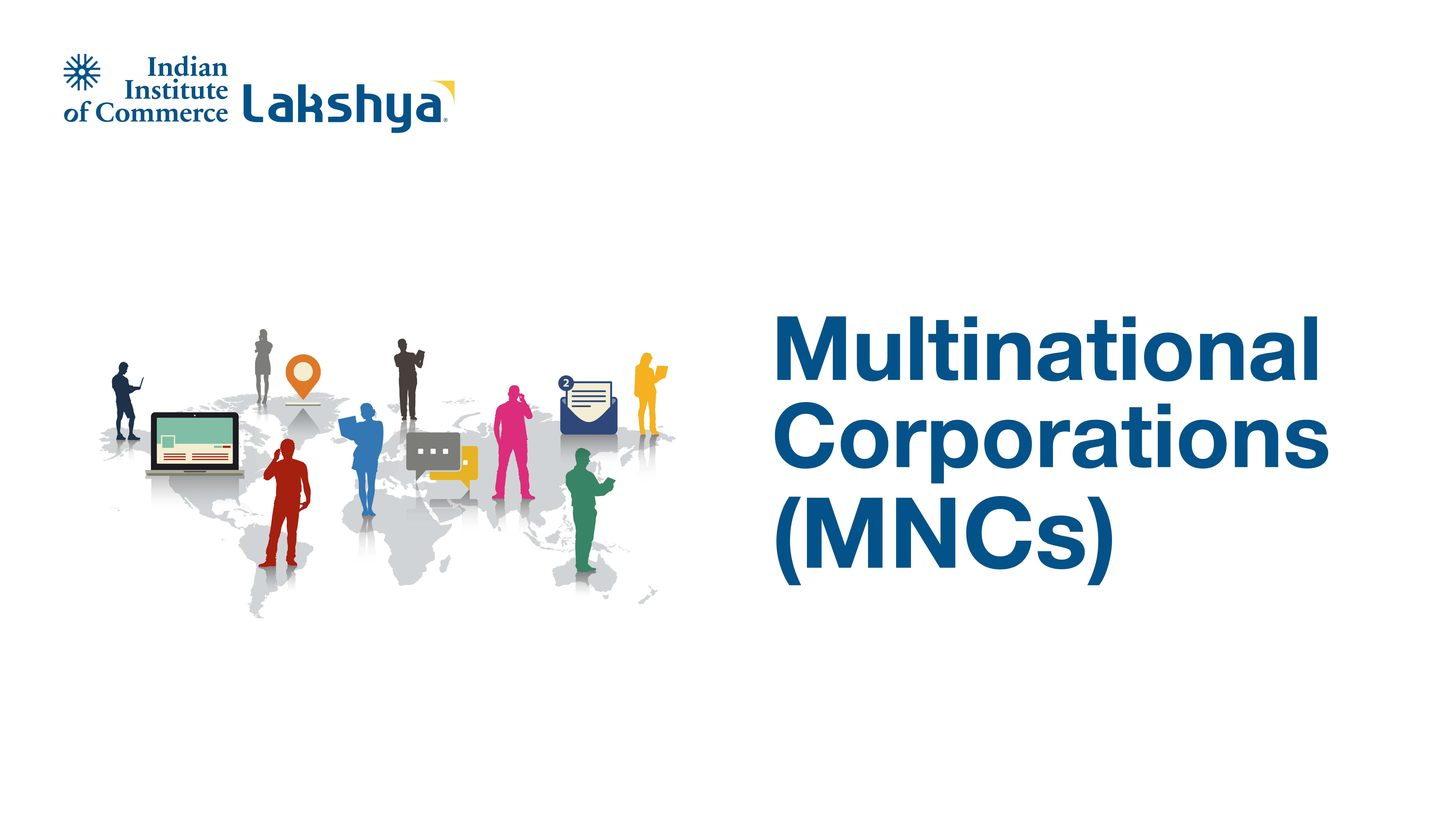

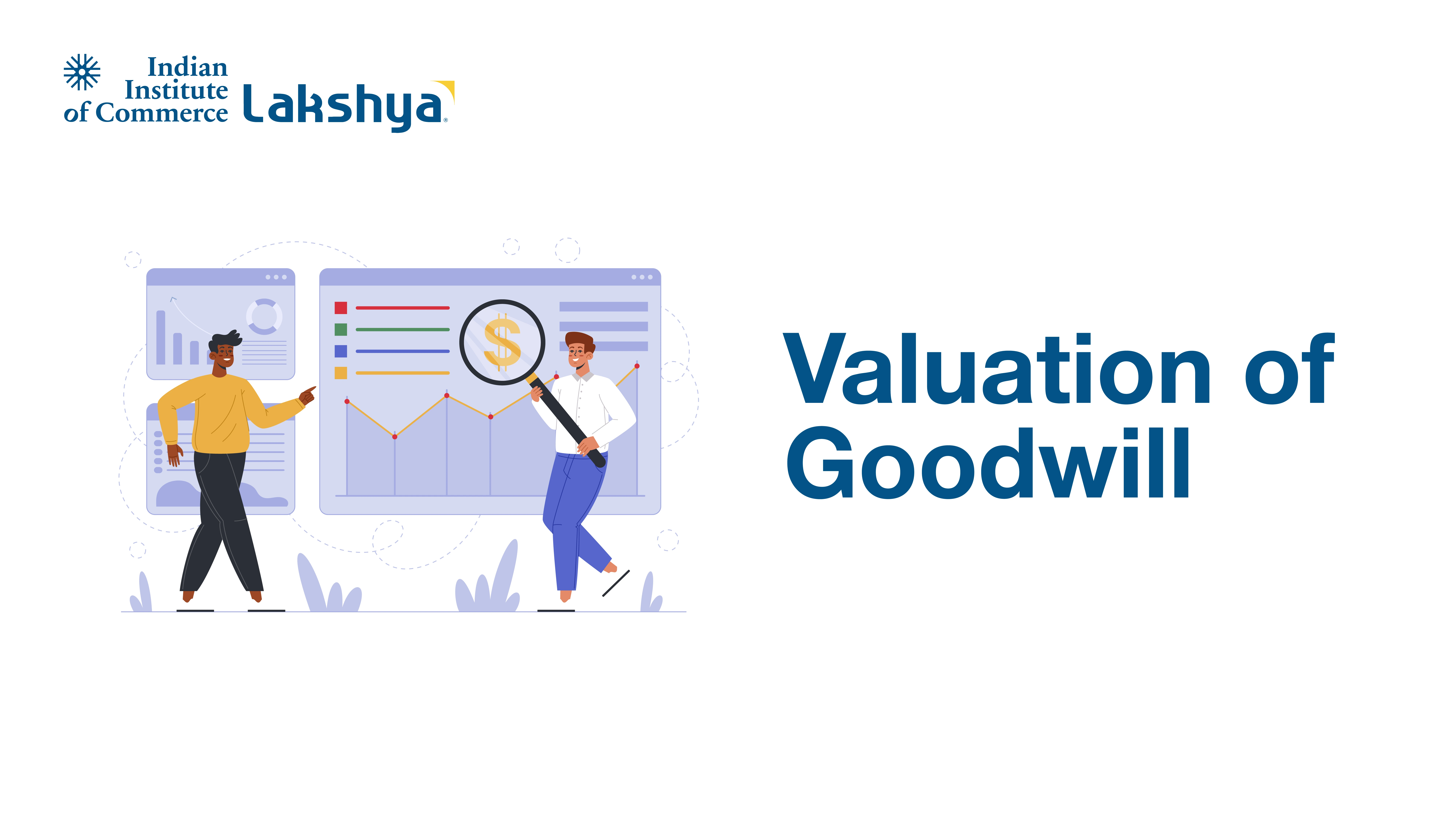
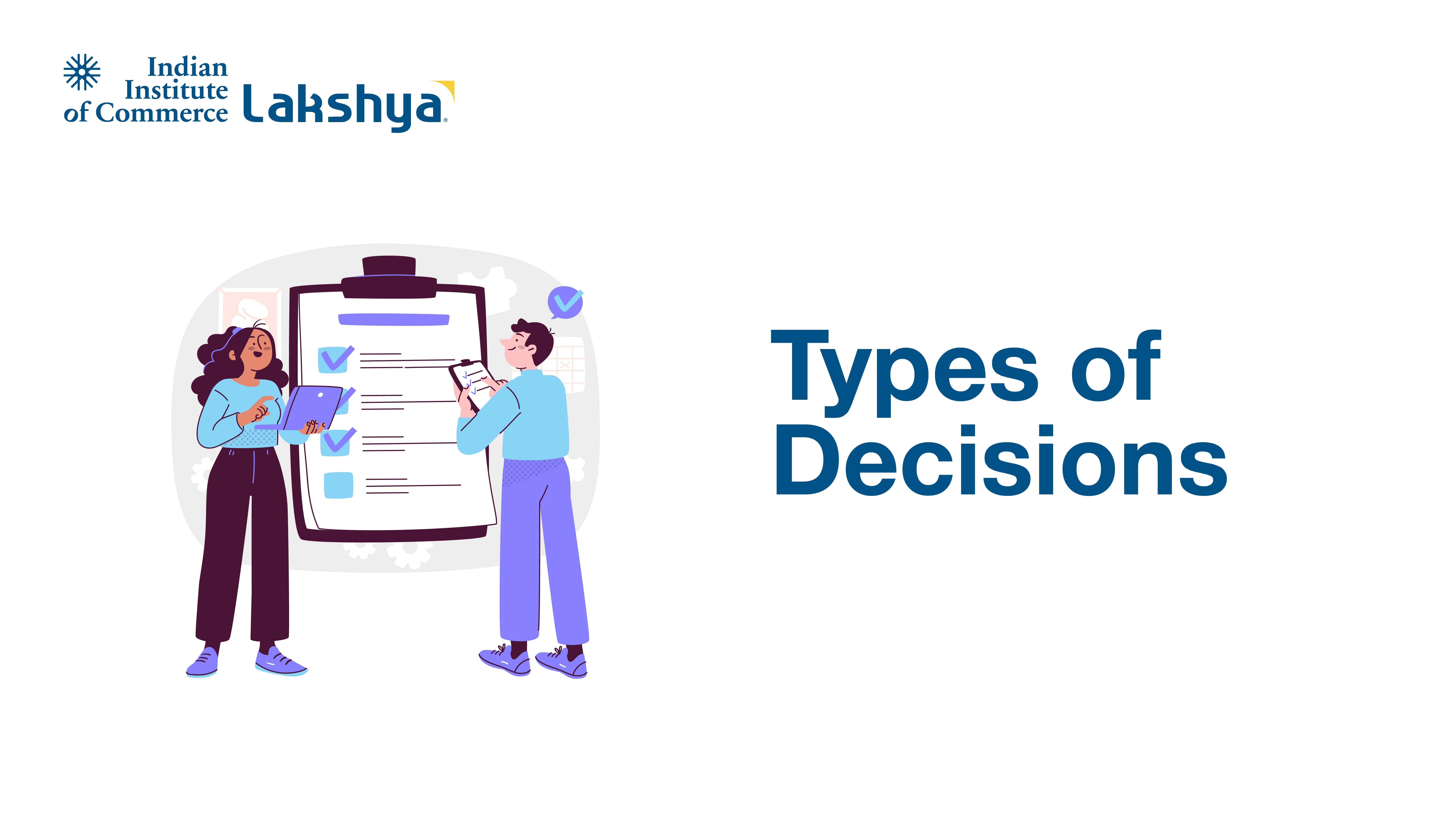



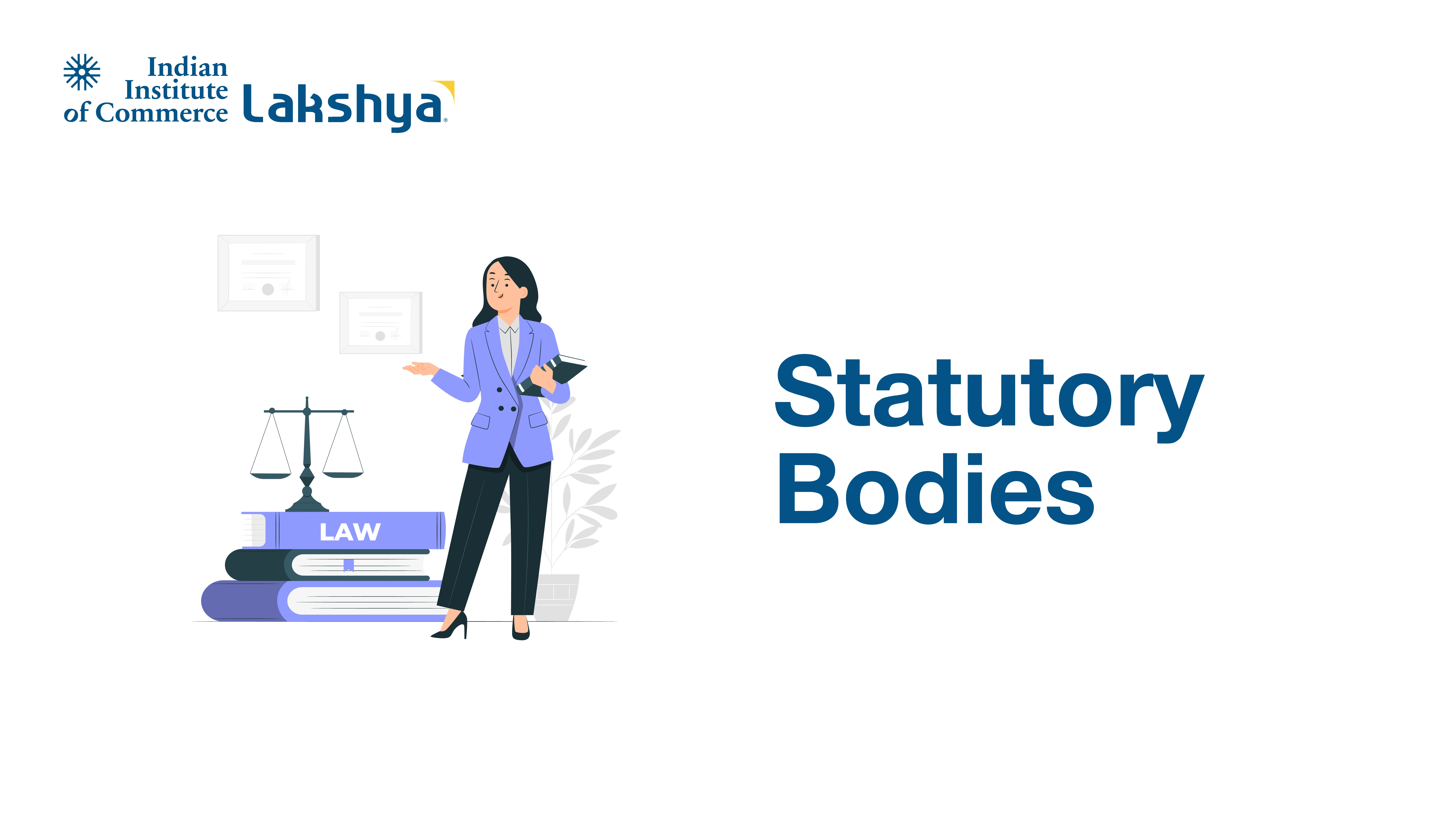
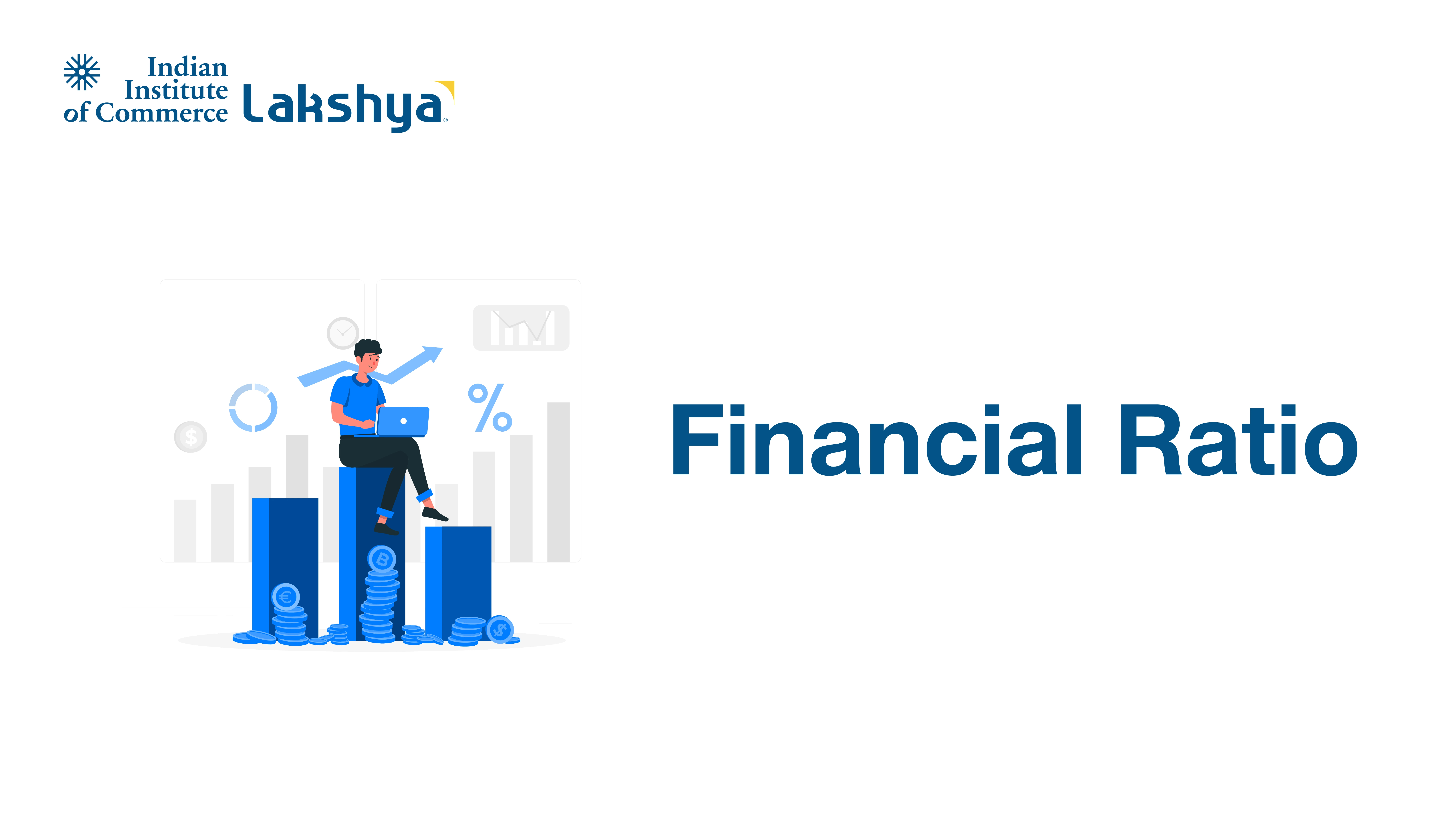
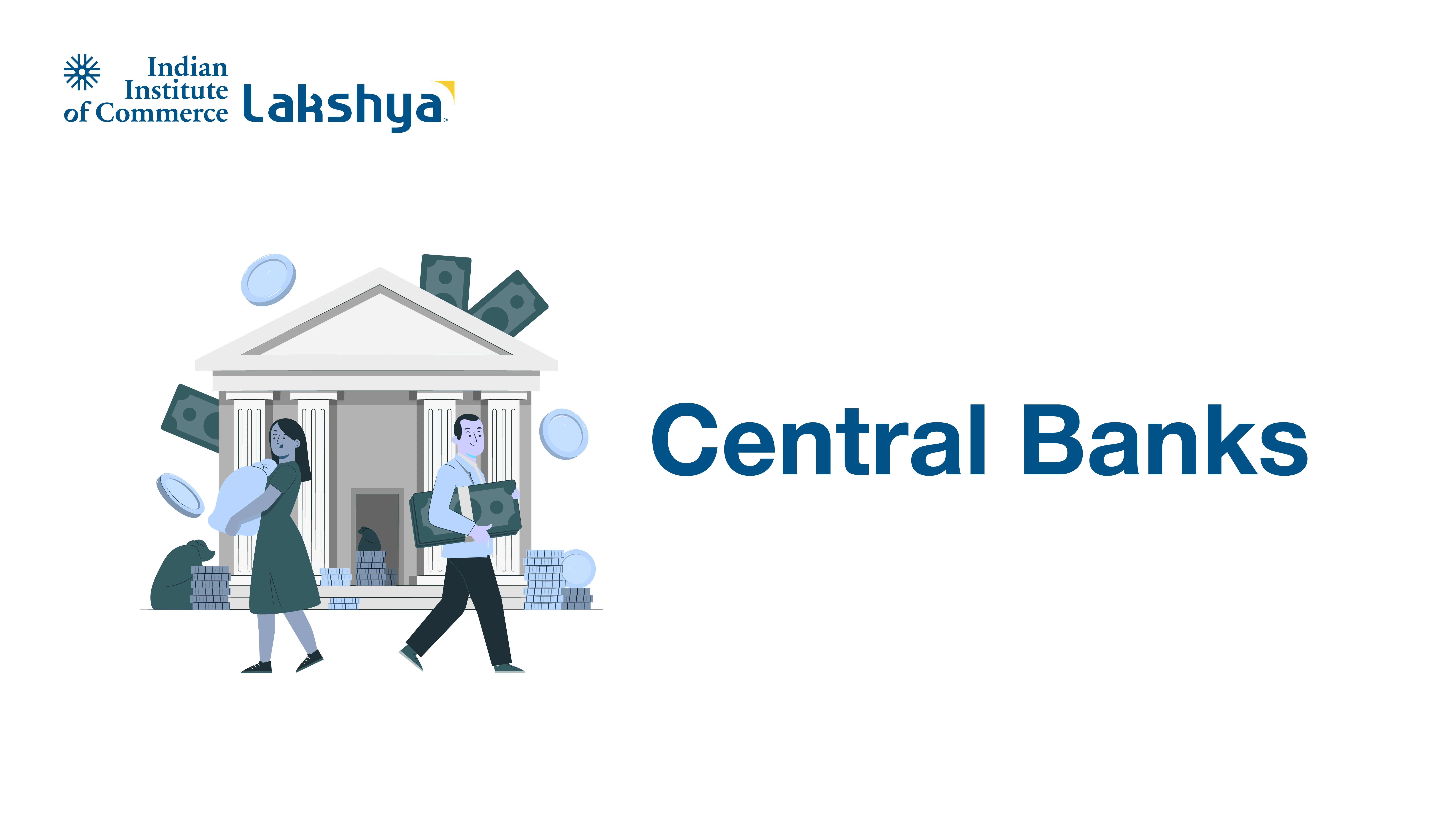
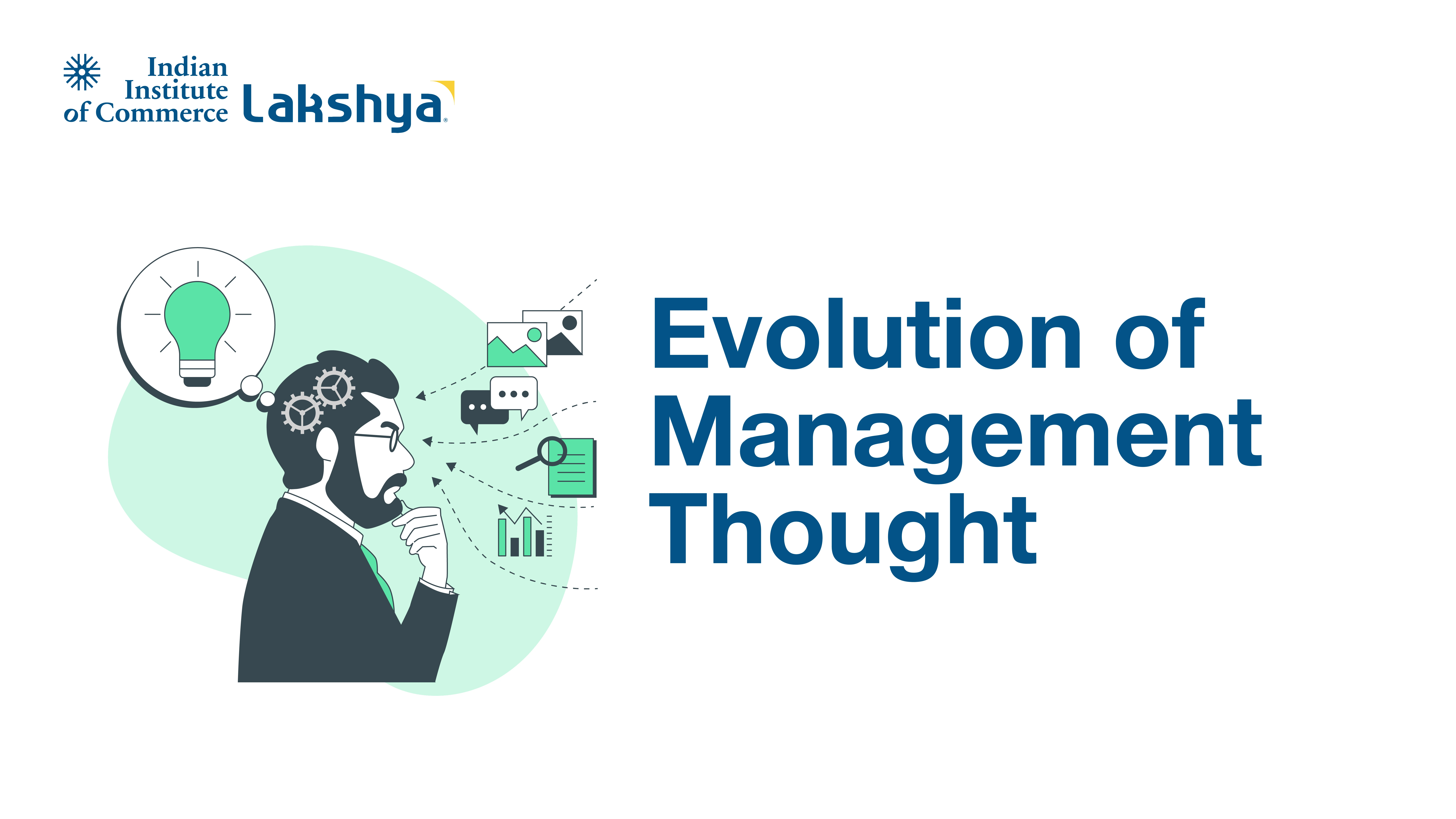

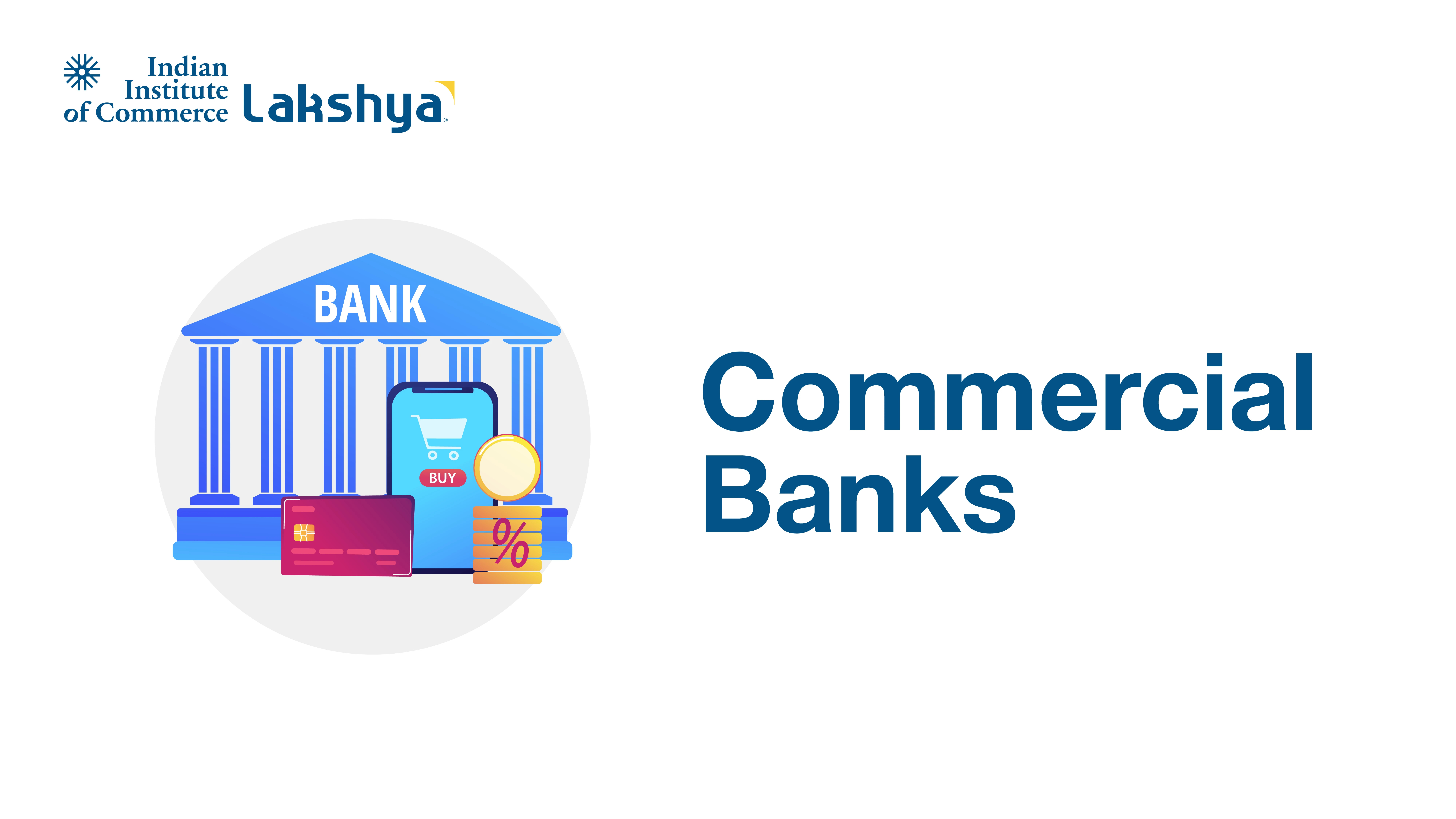
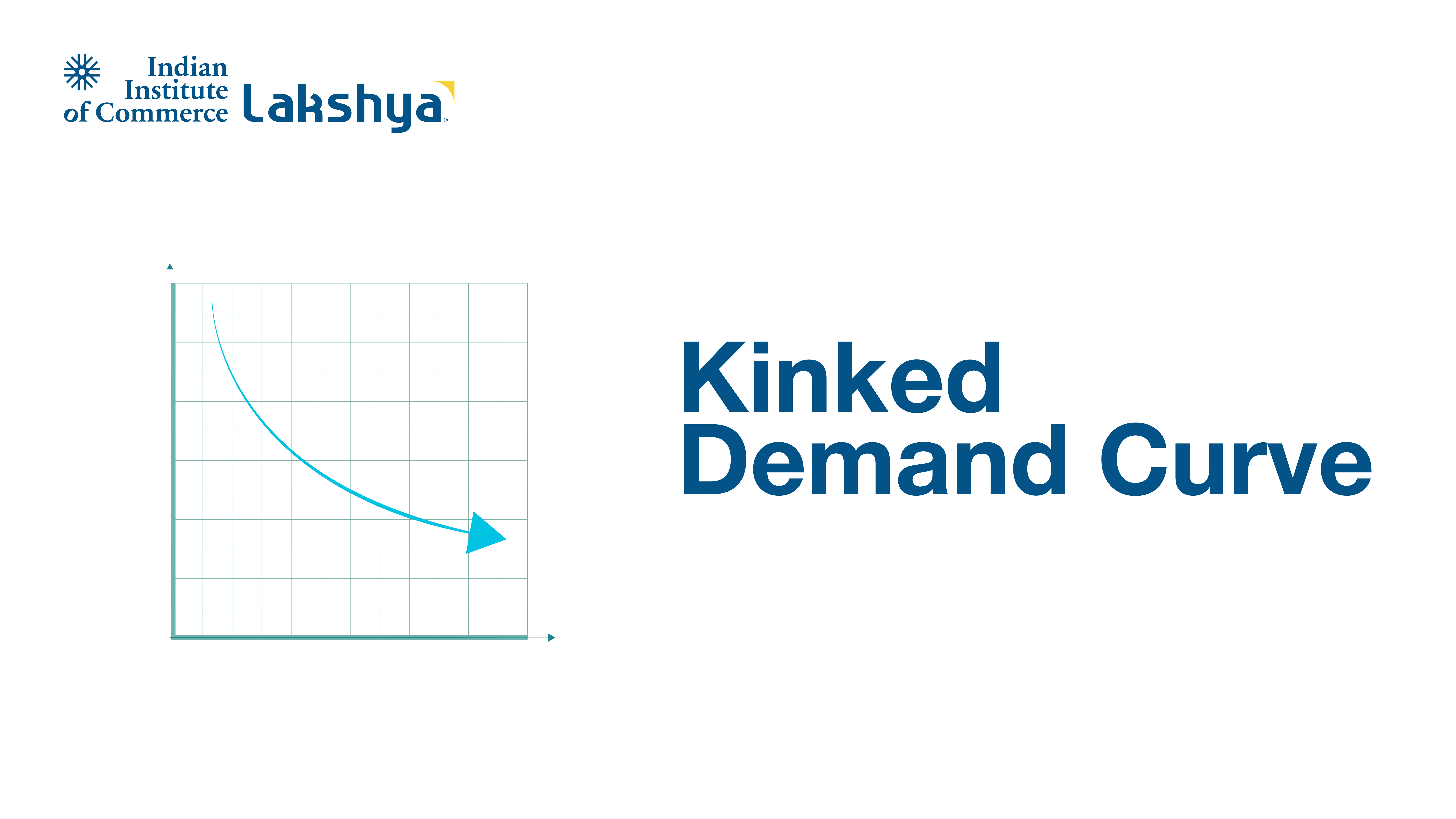
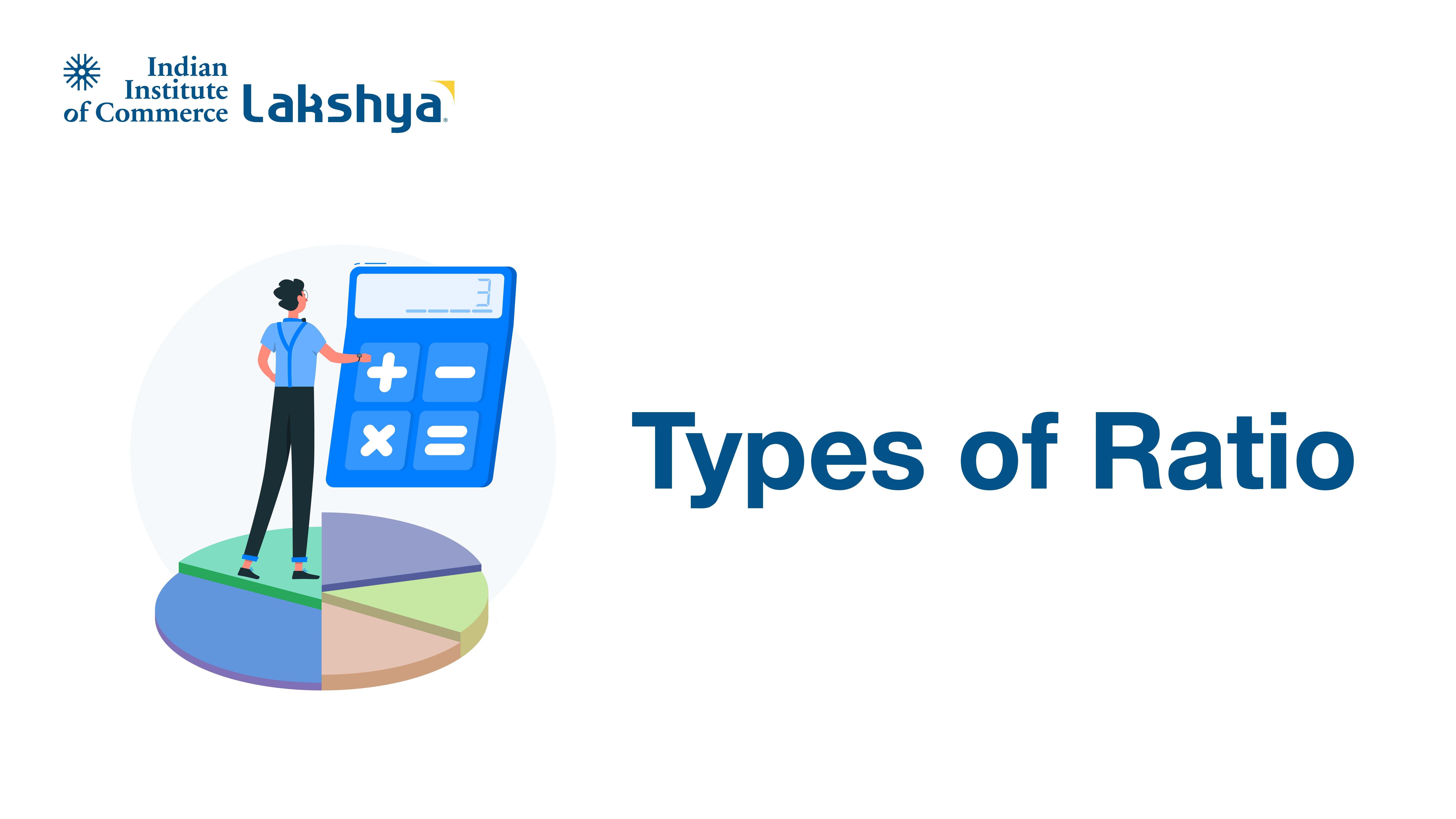
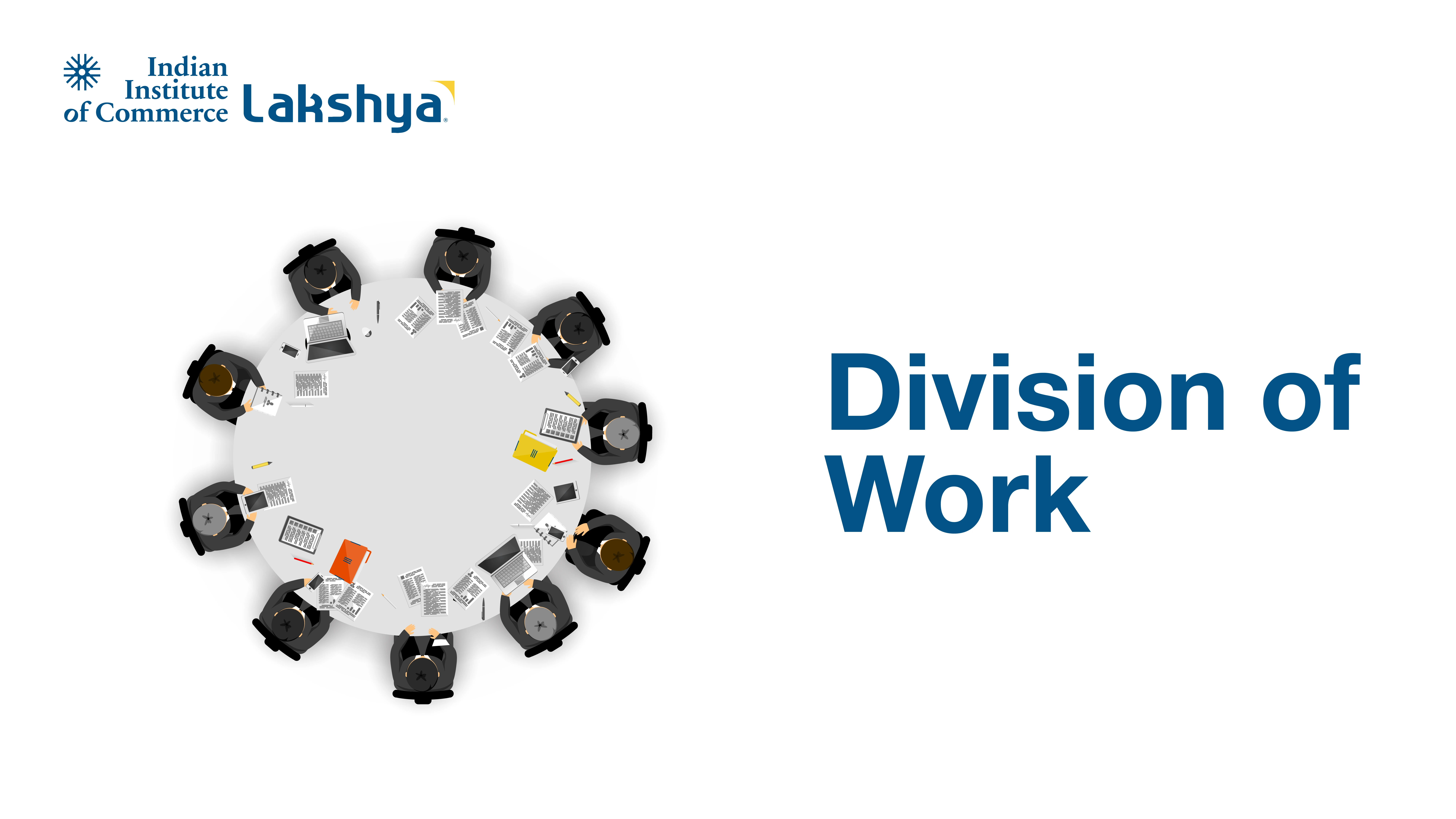
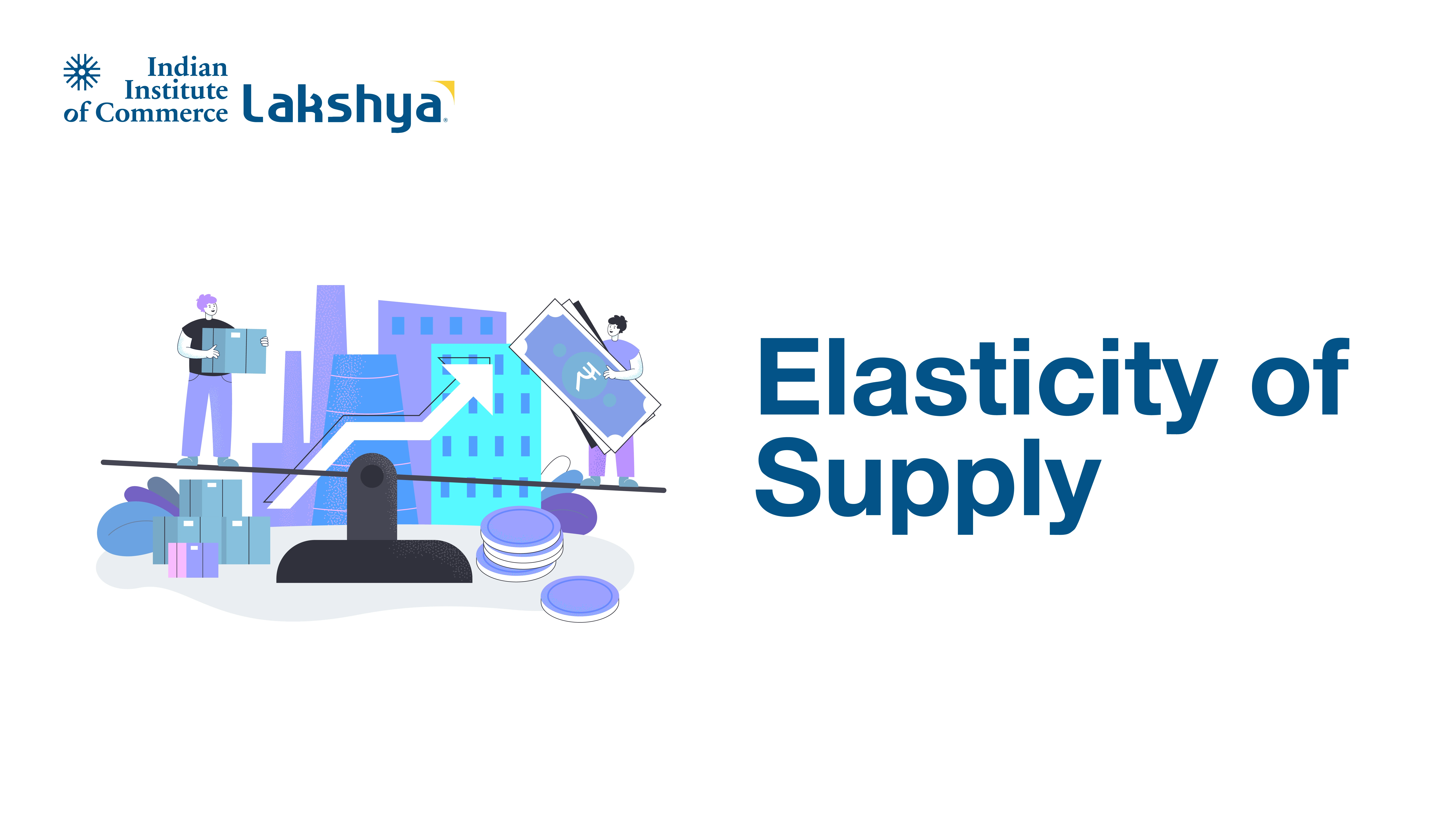



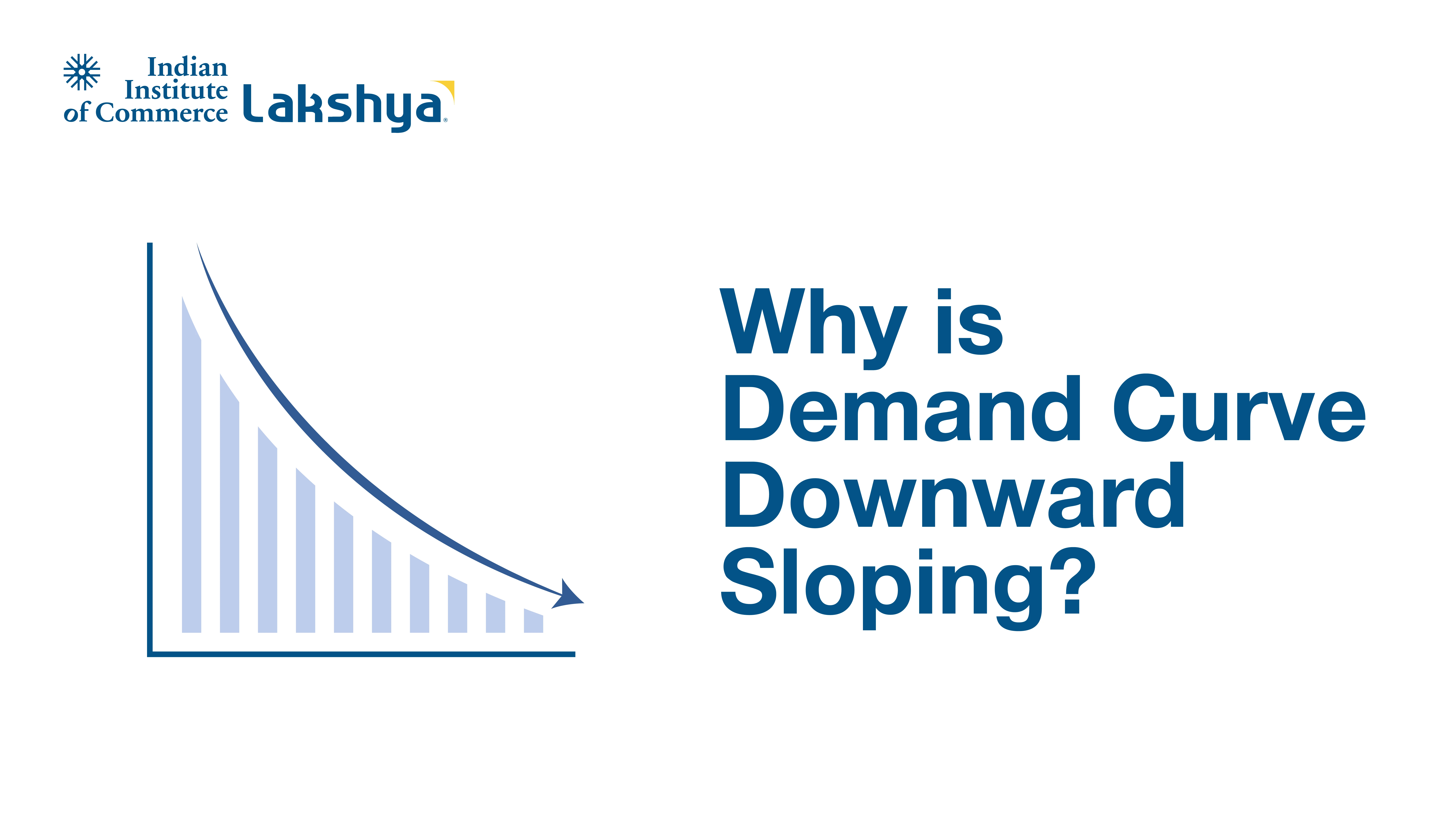
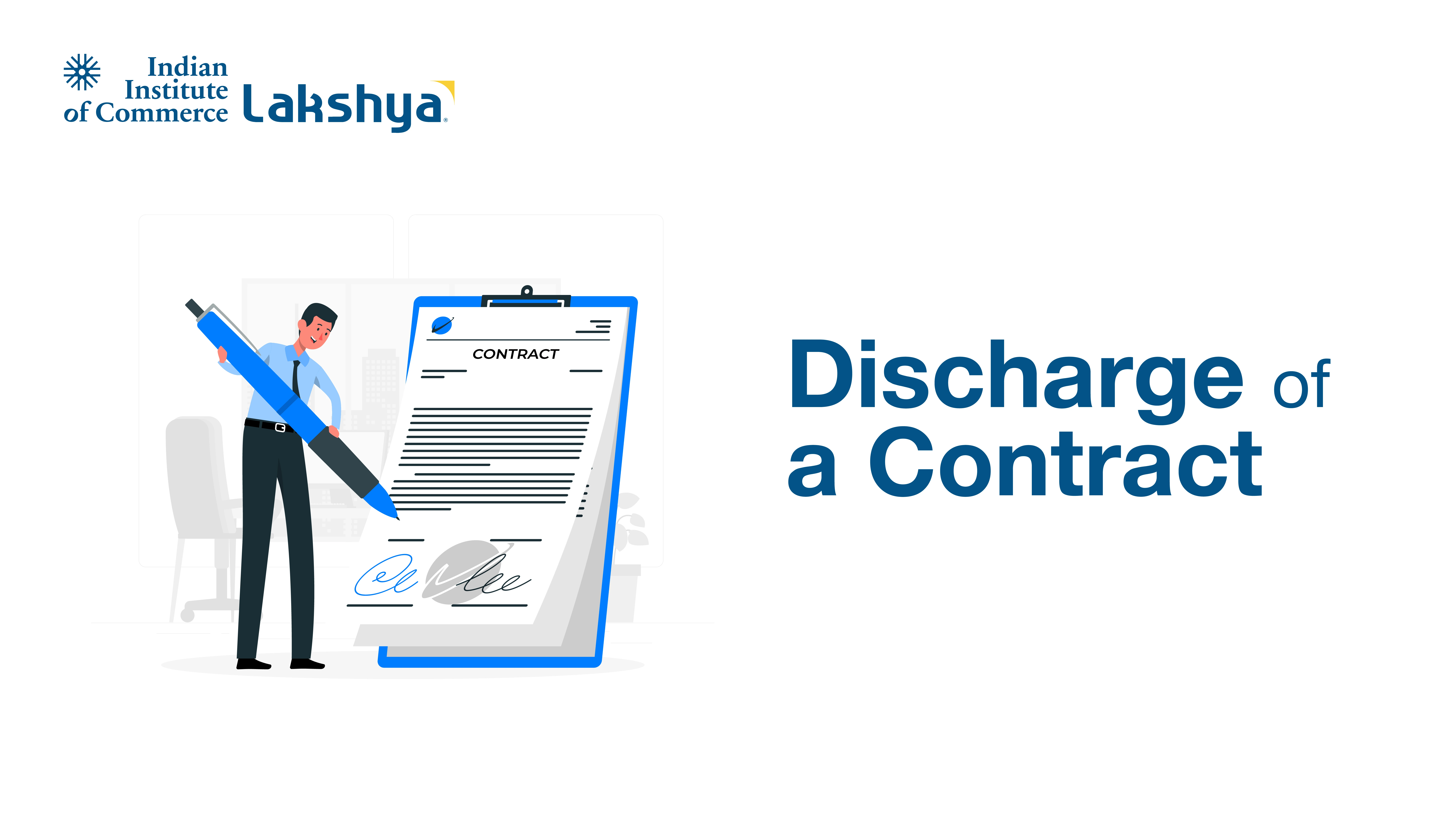
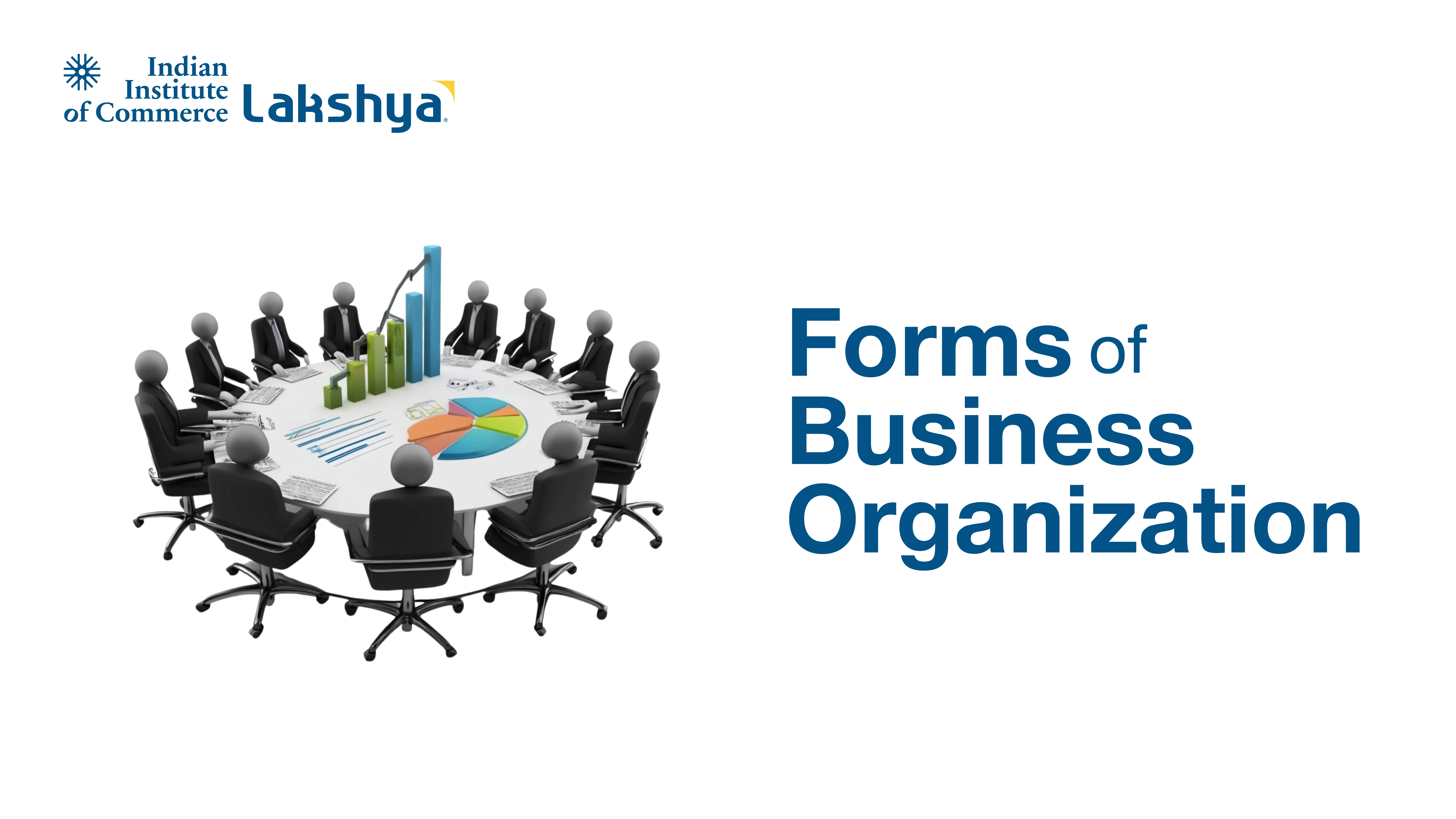
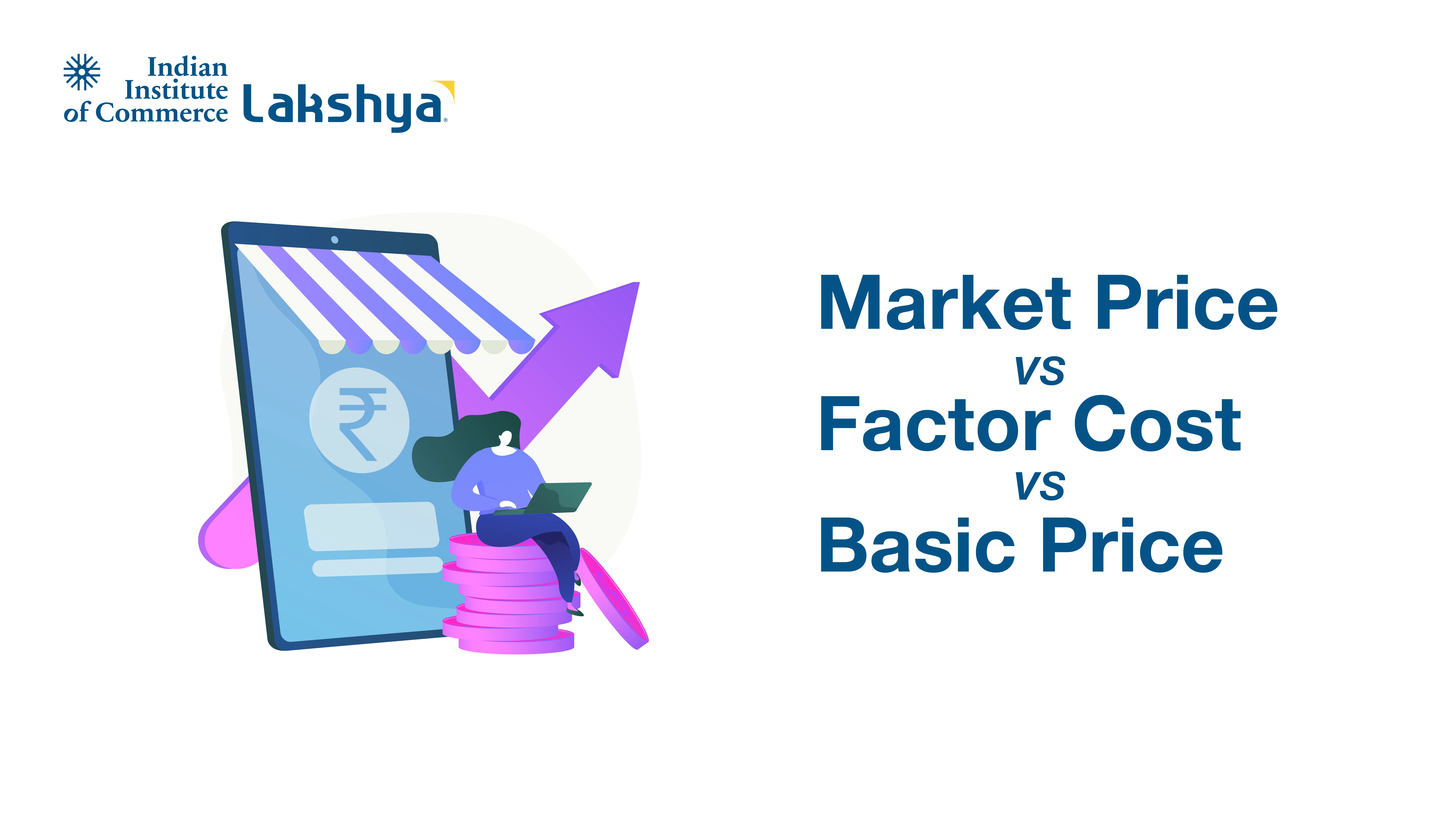
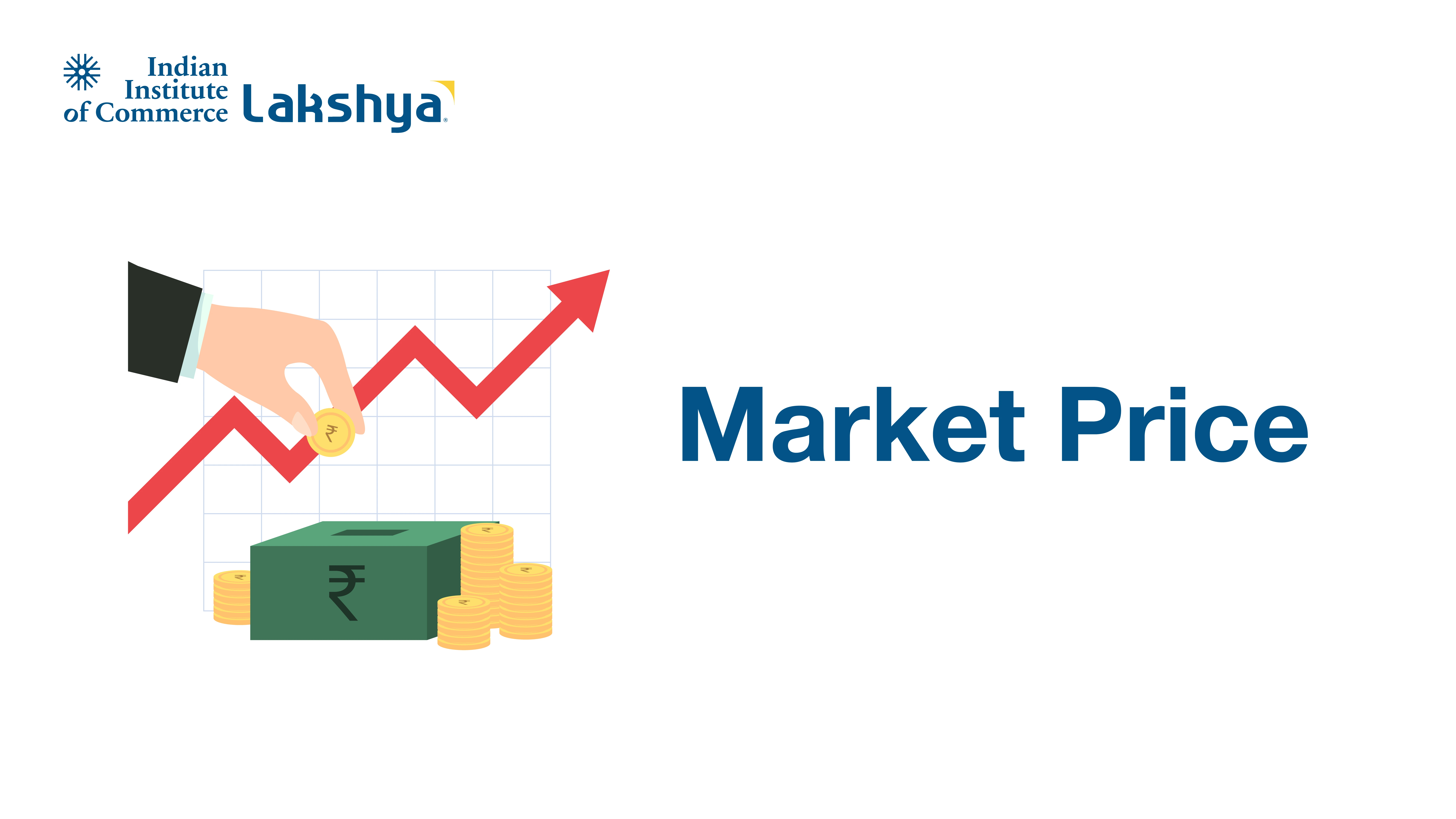

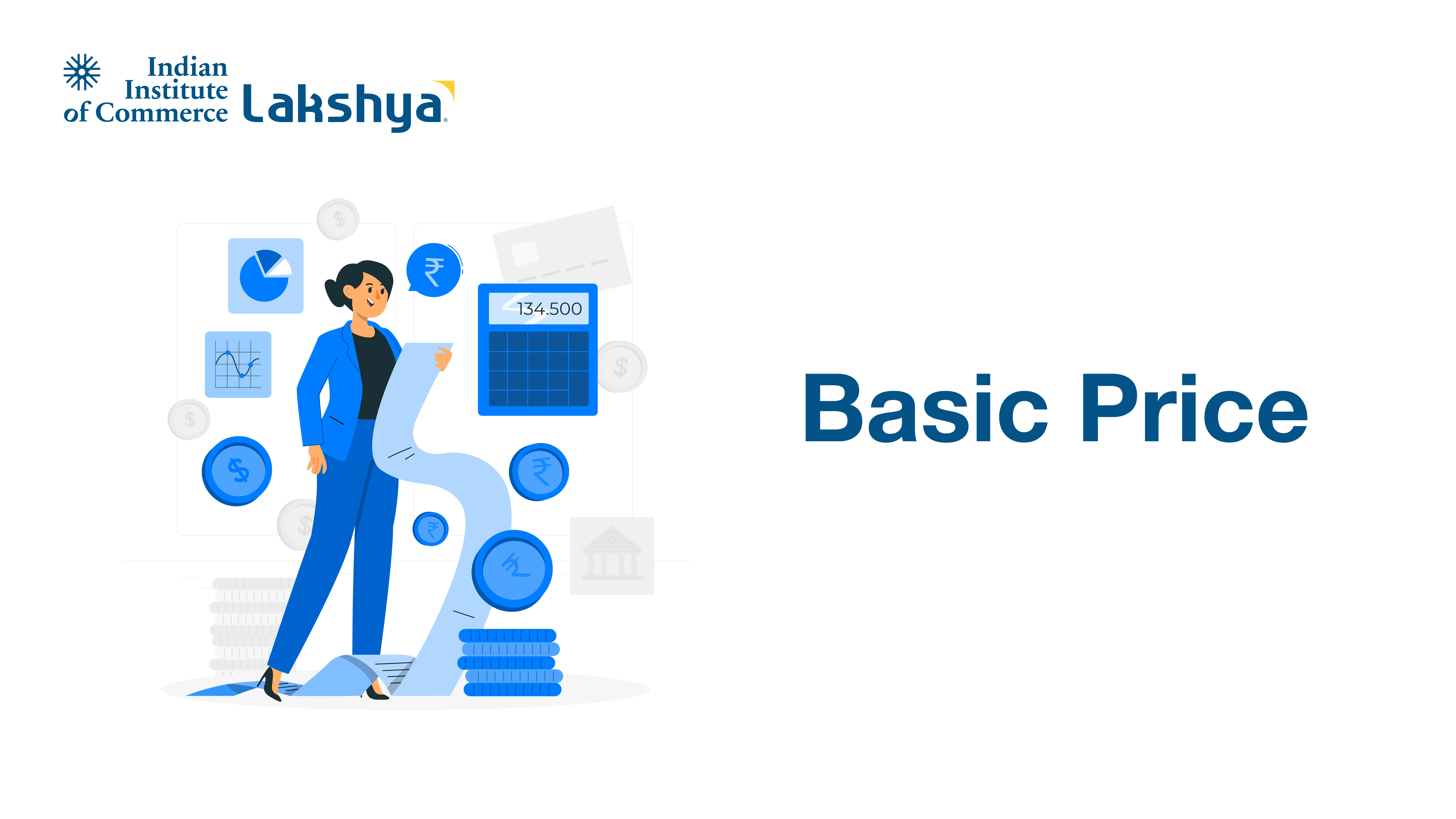

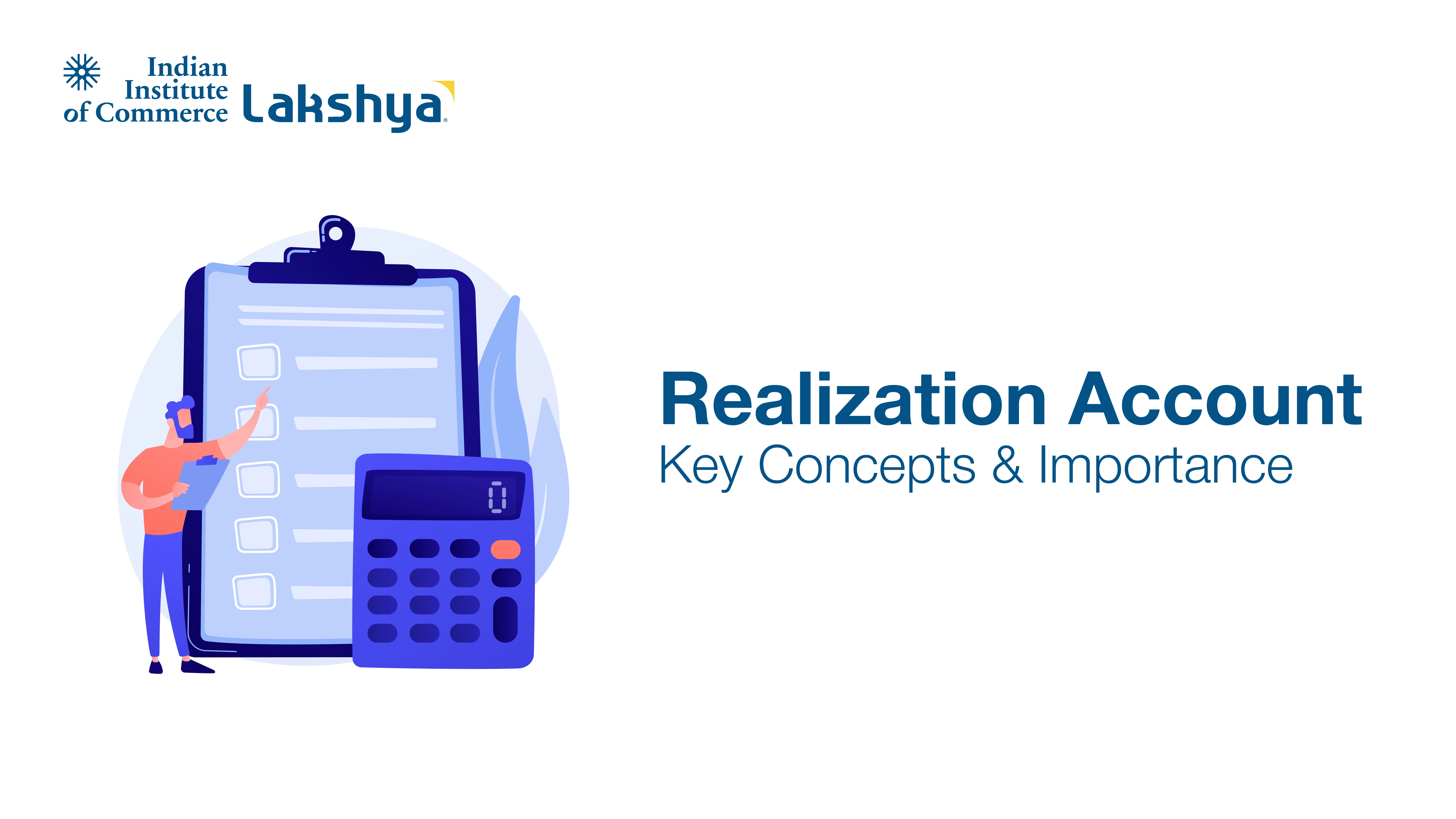
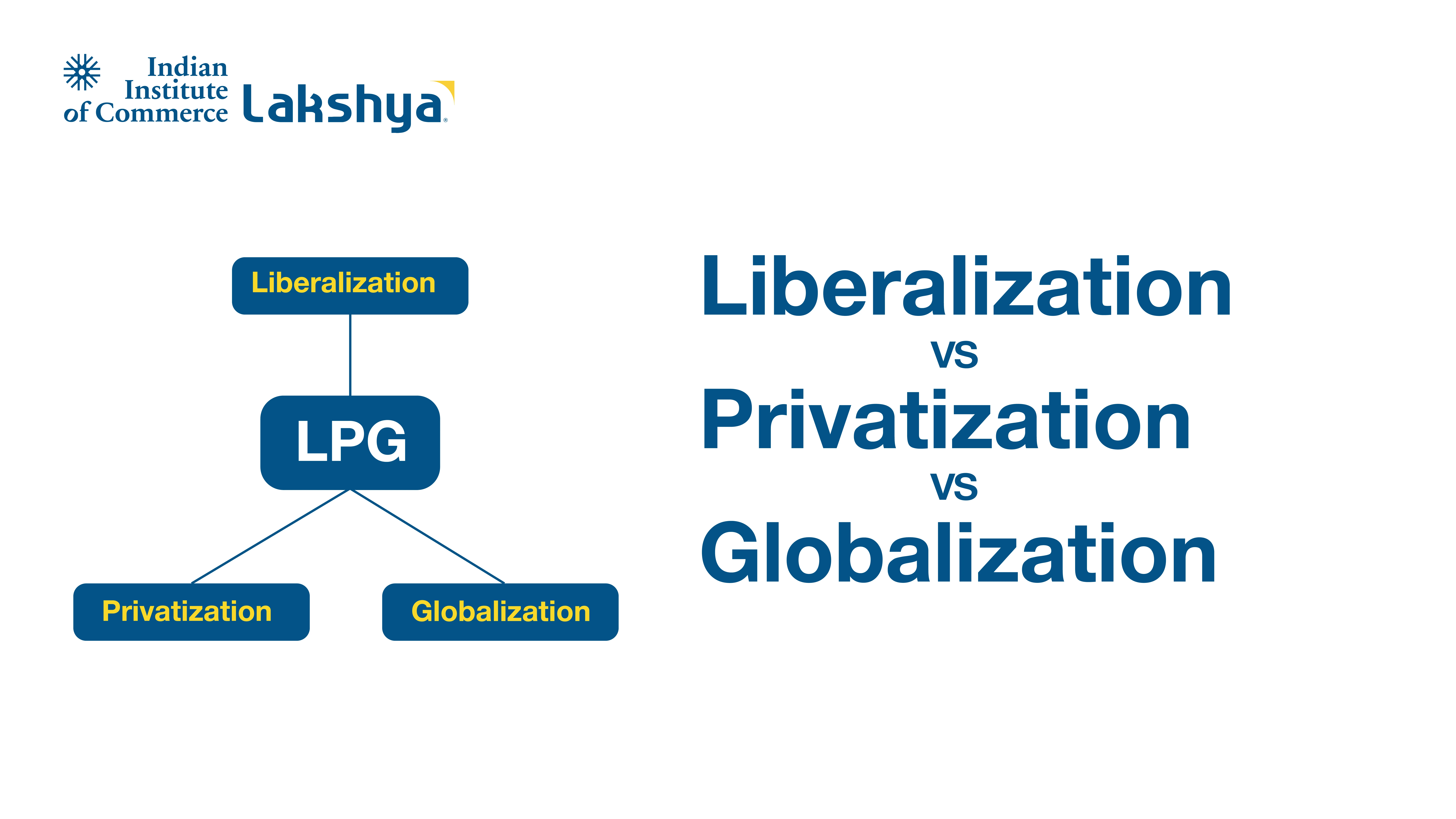
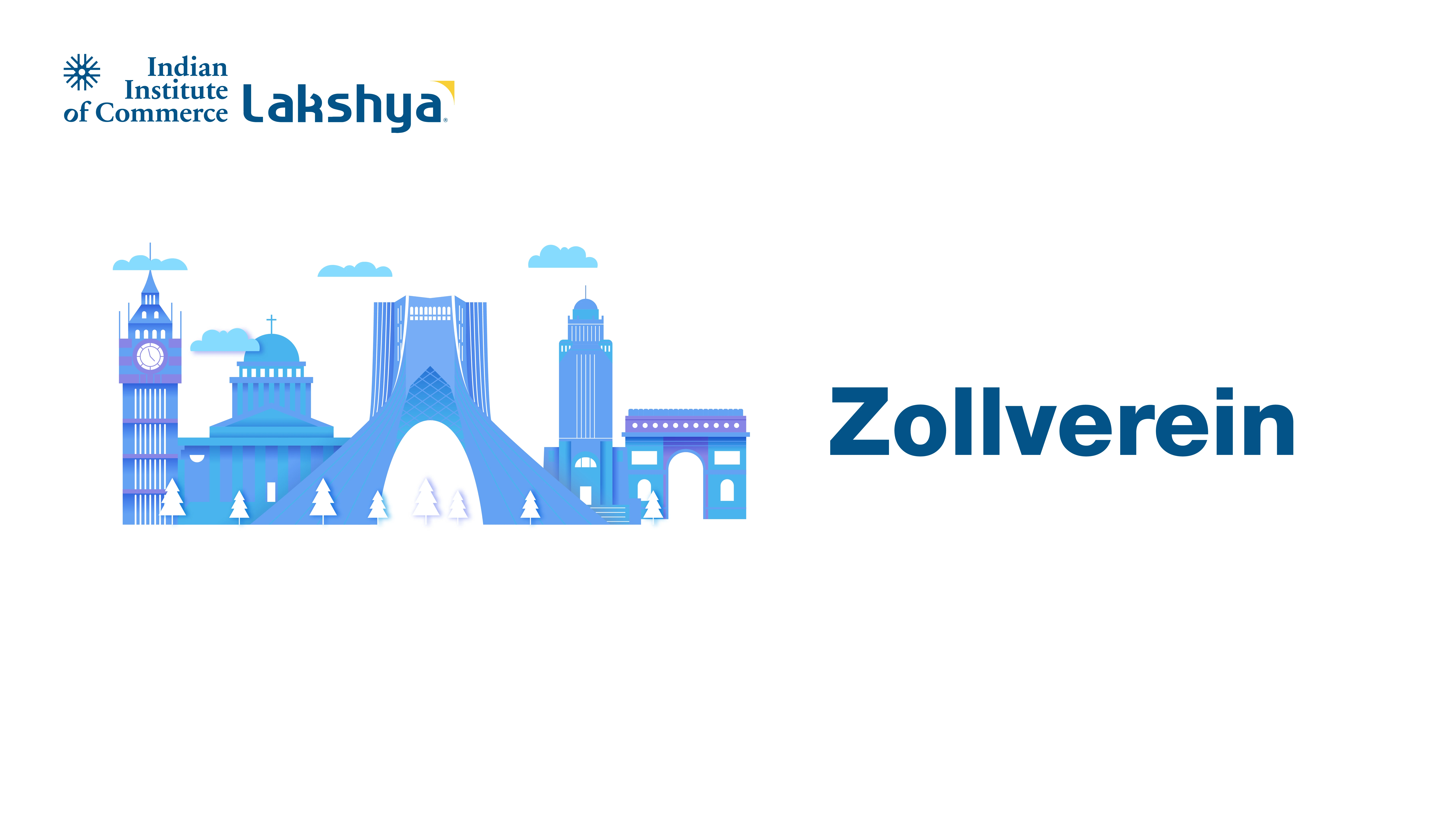
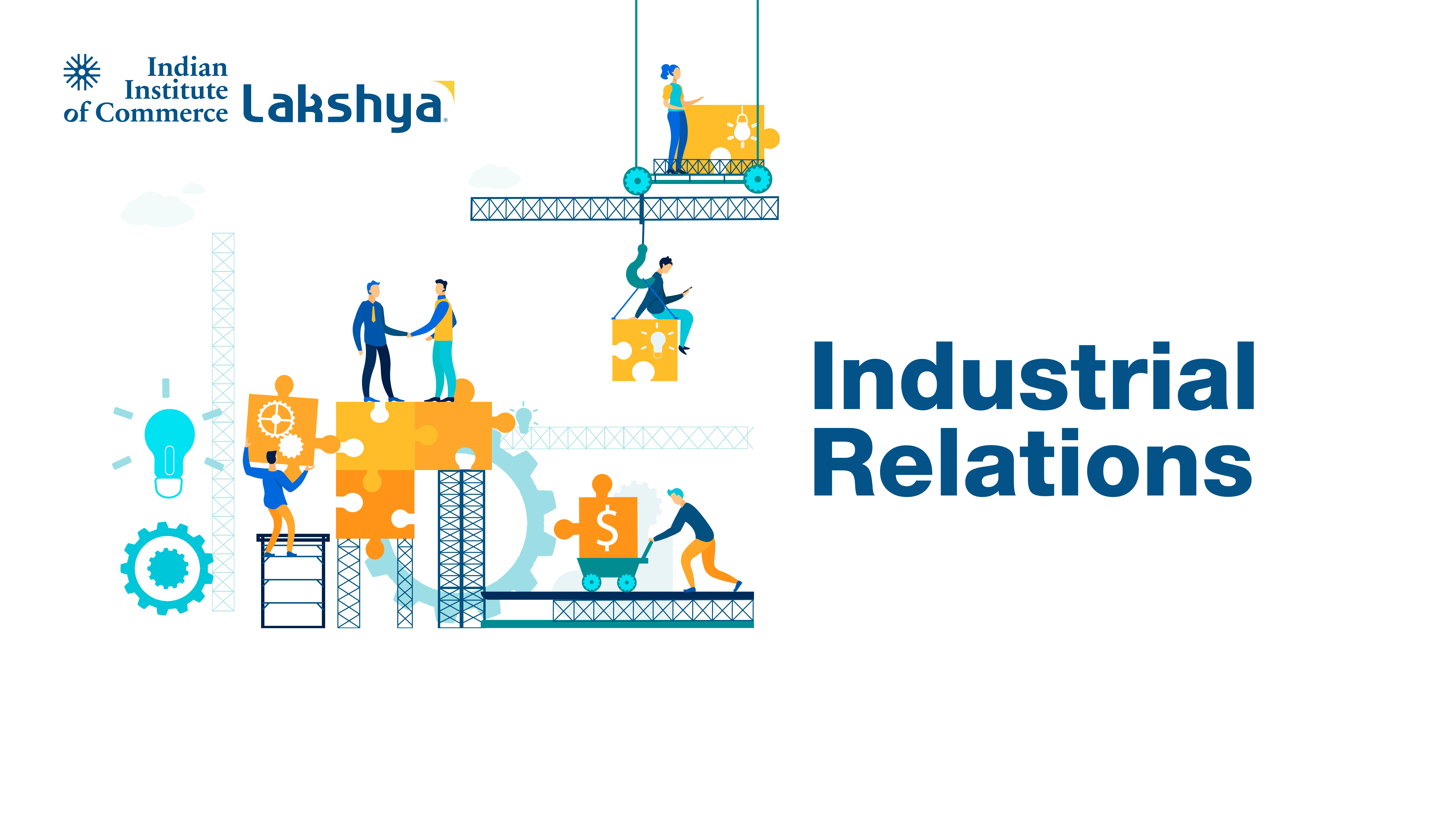
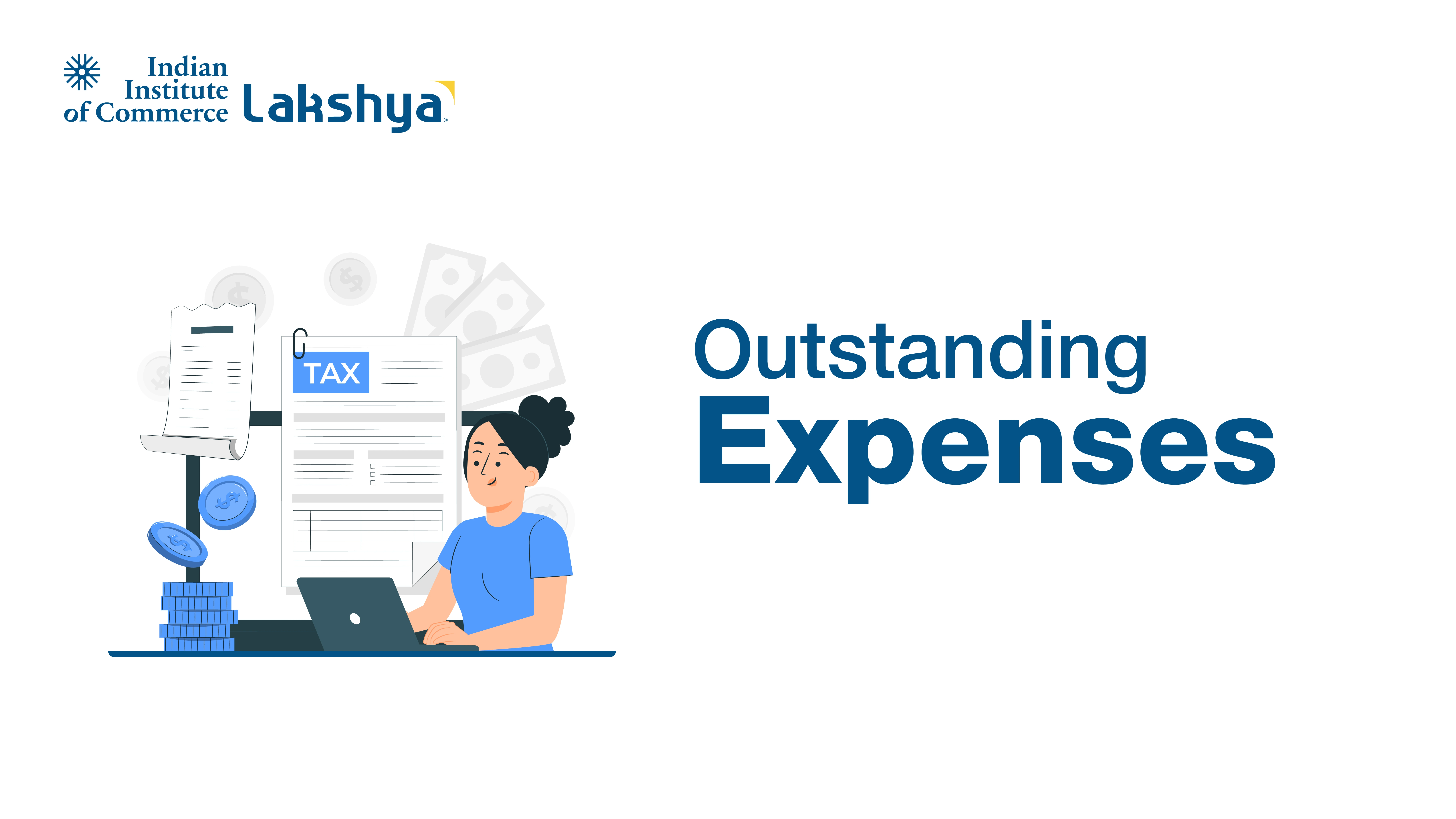




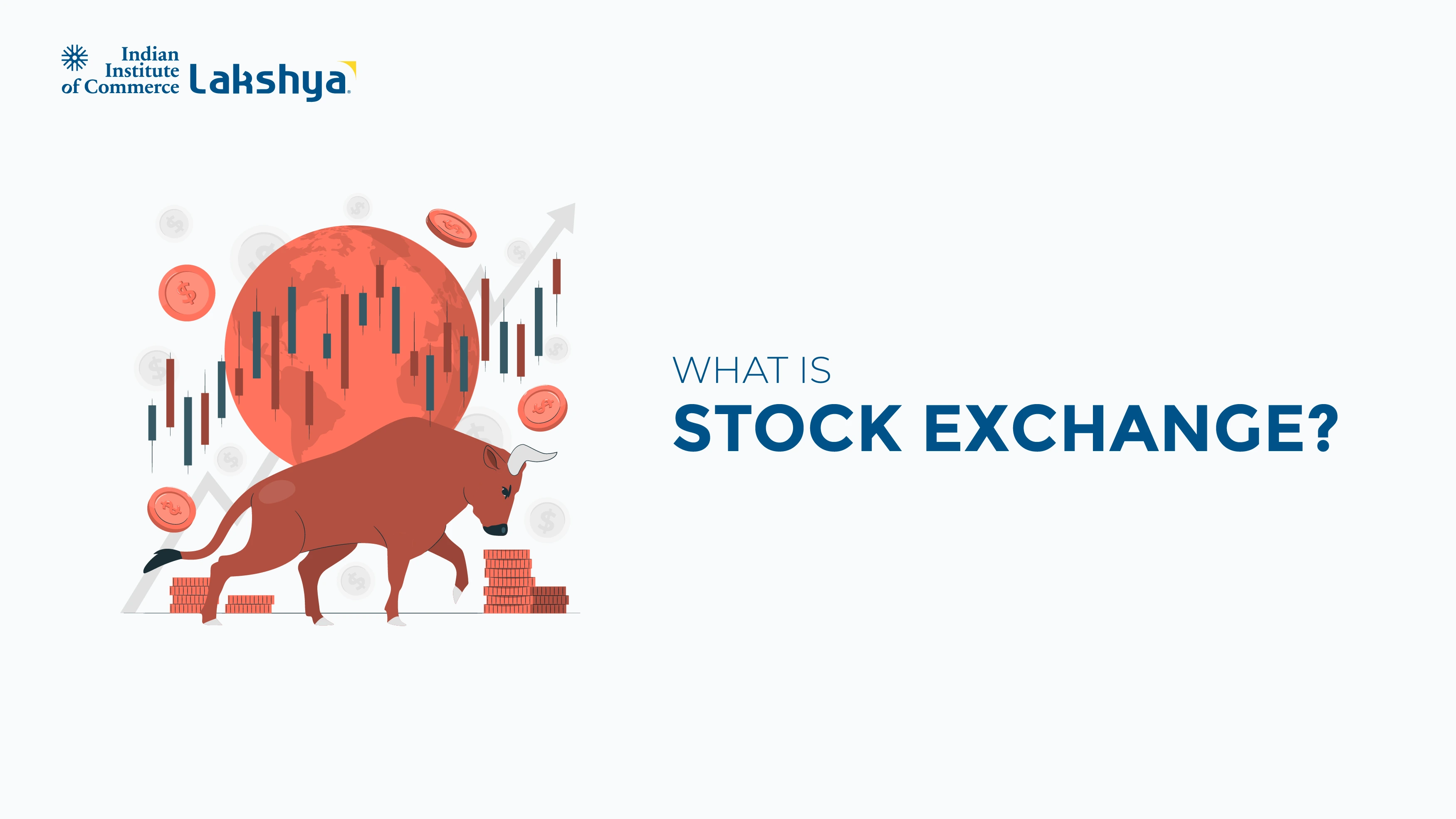
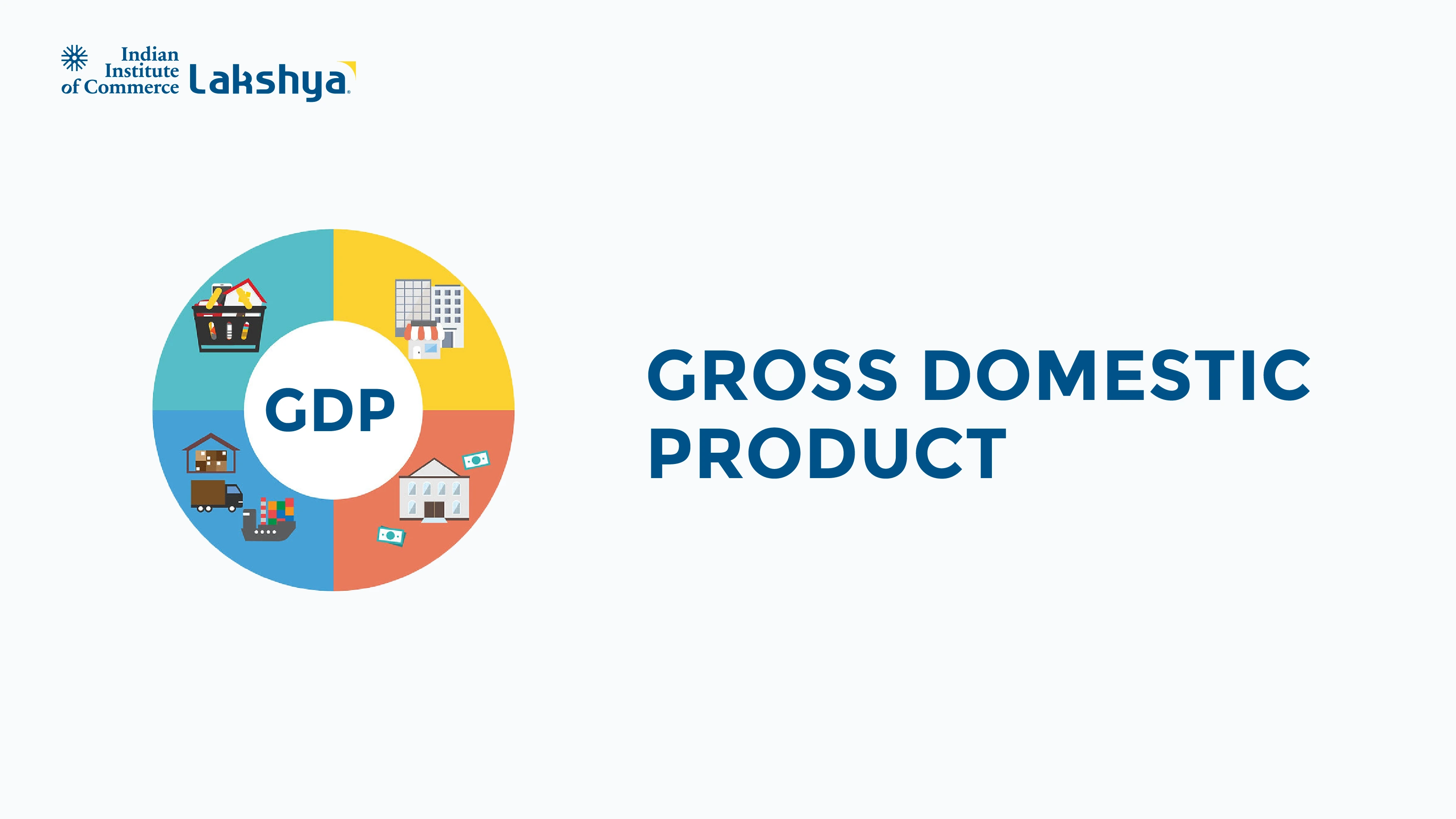
.webp)
